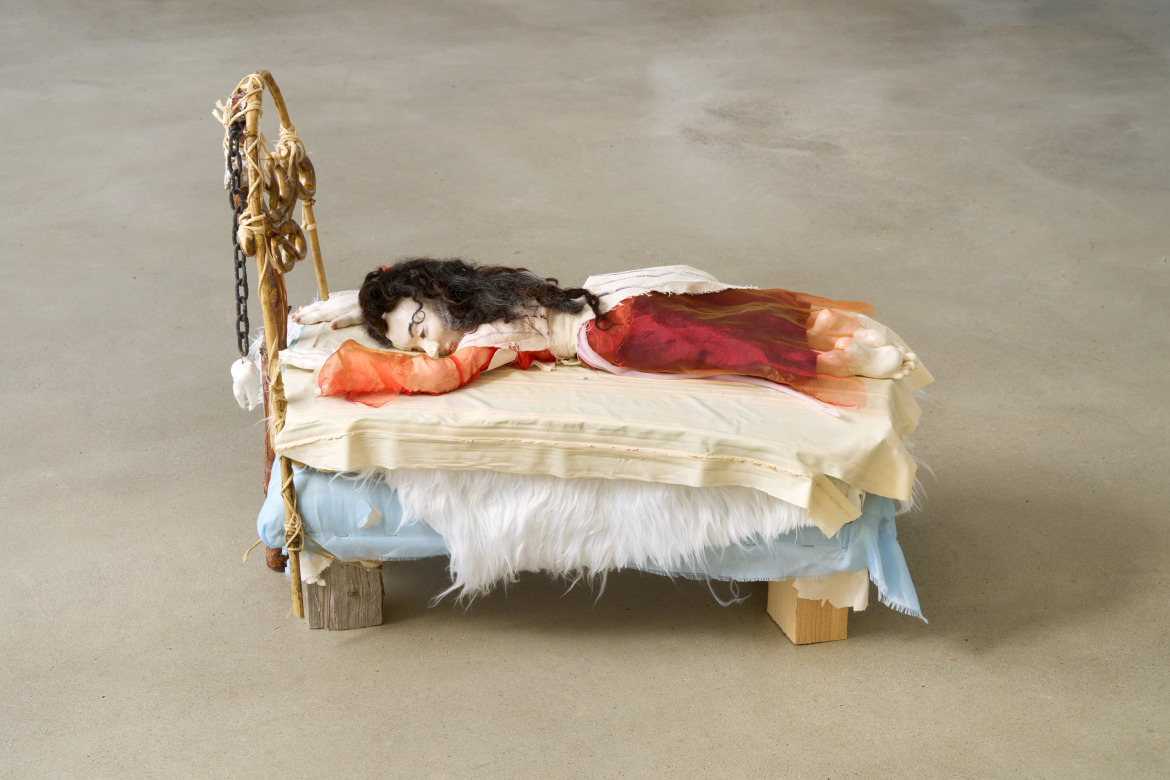
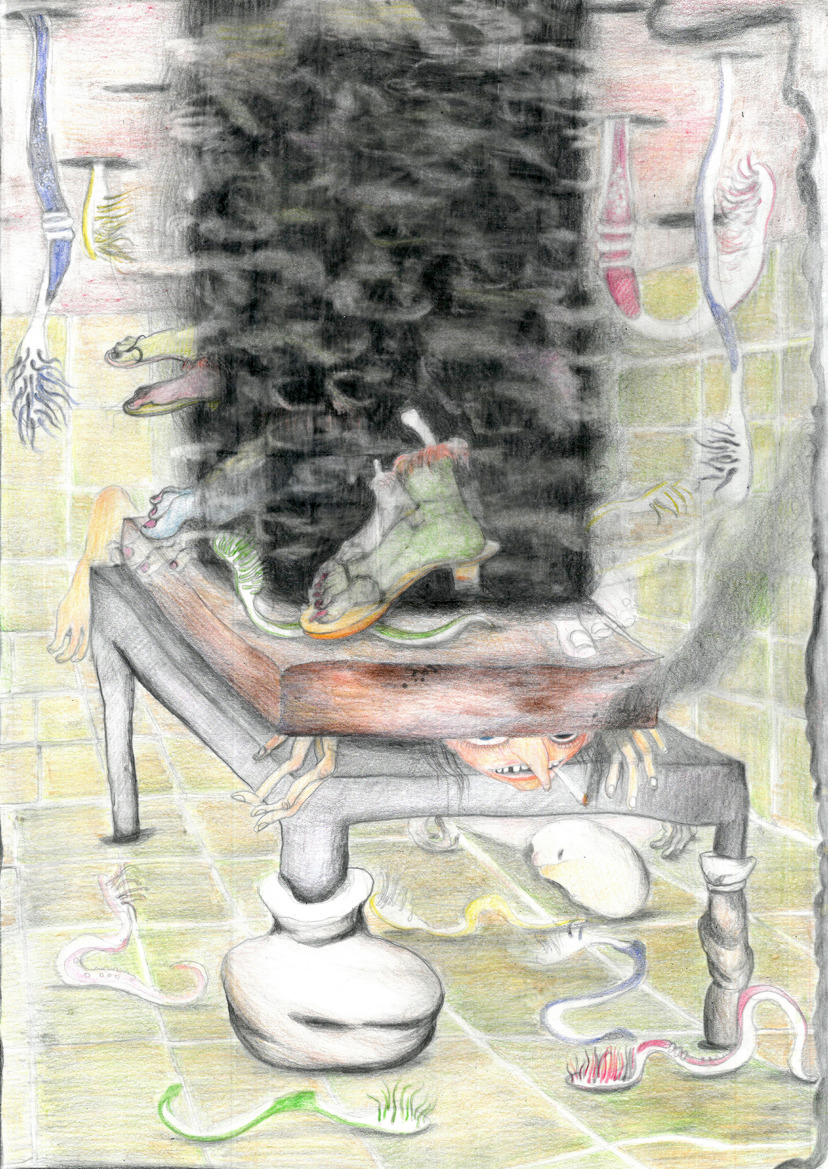

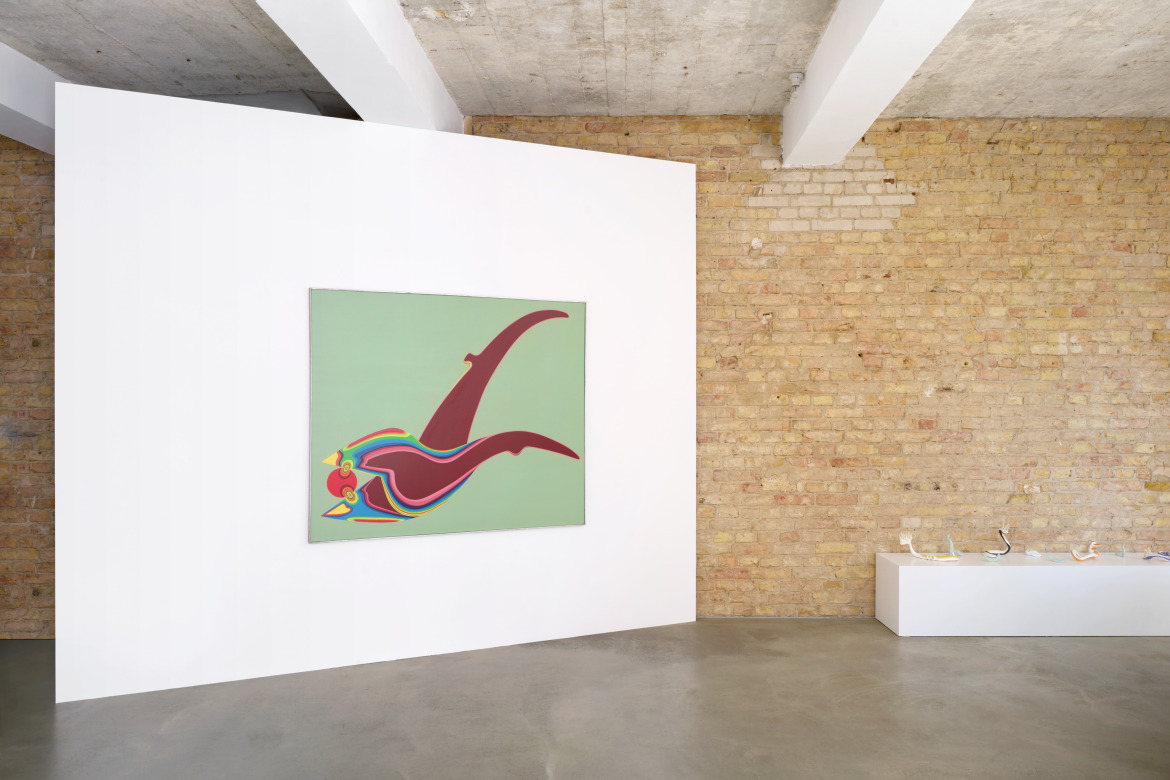
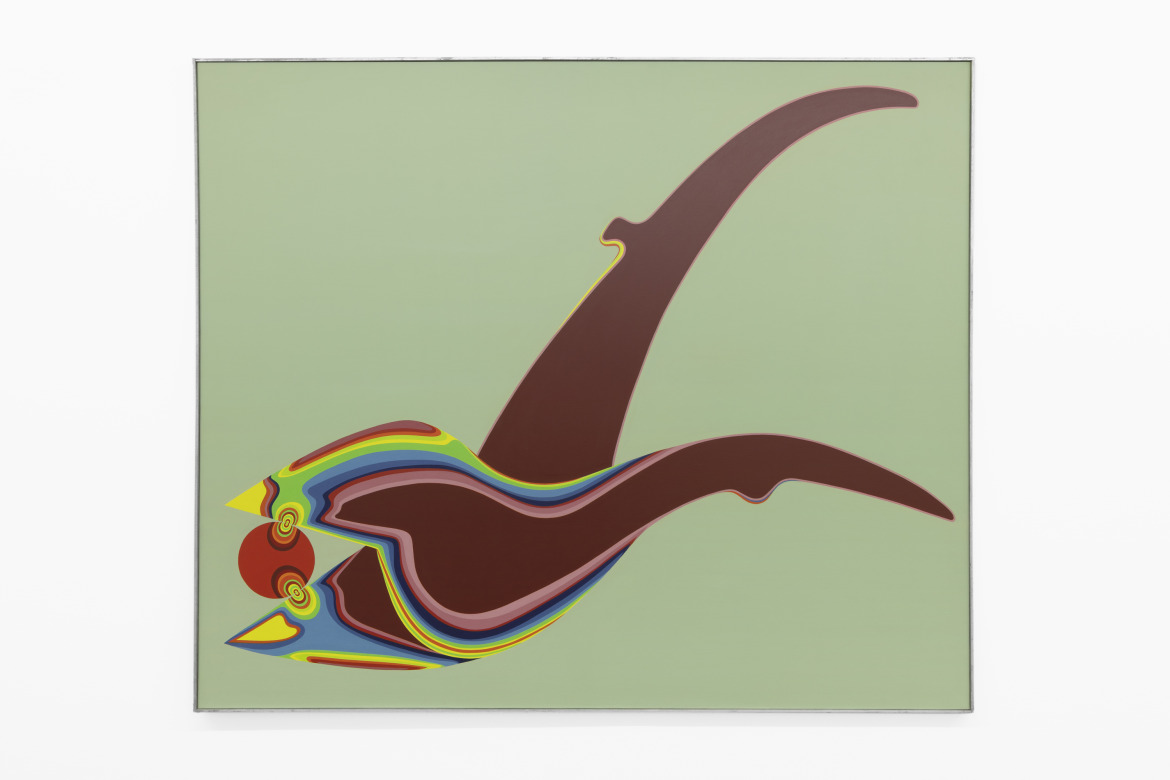
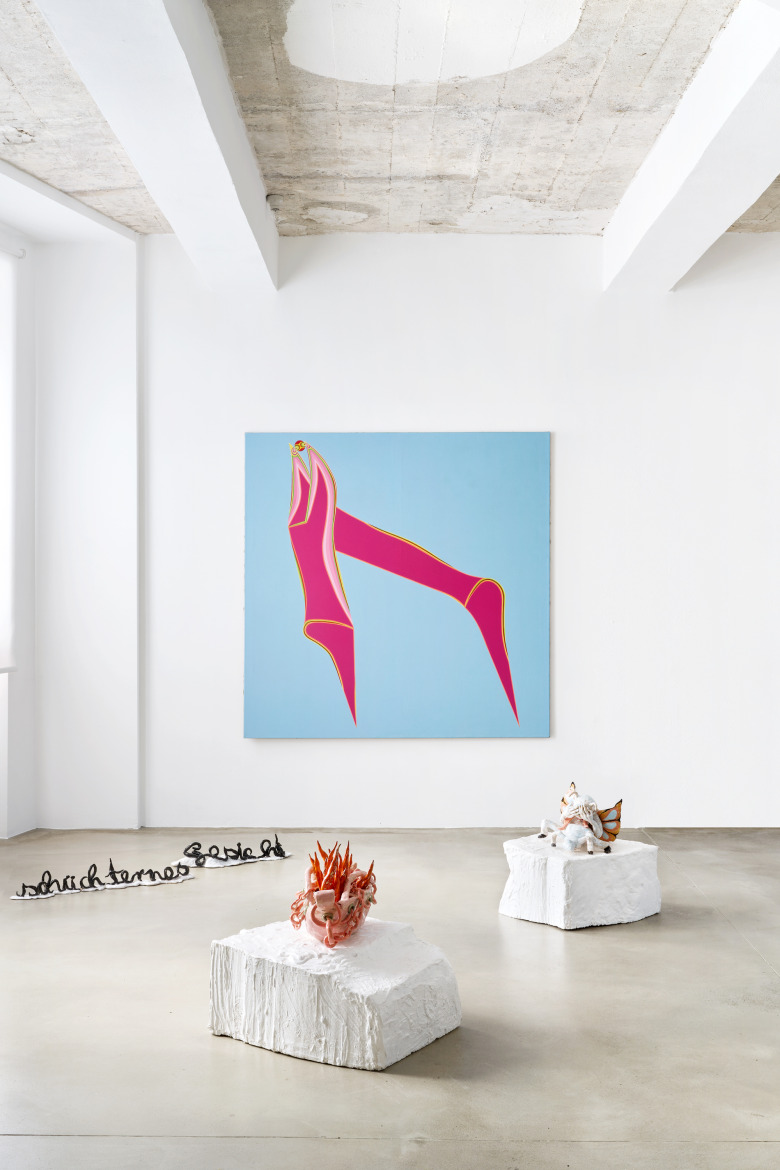
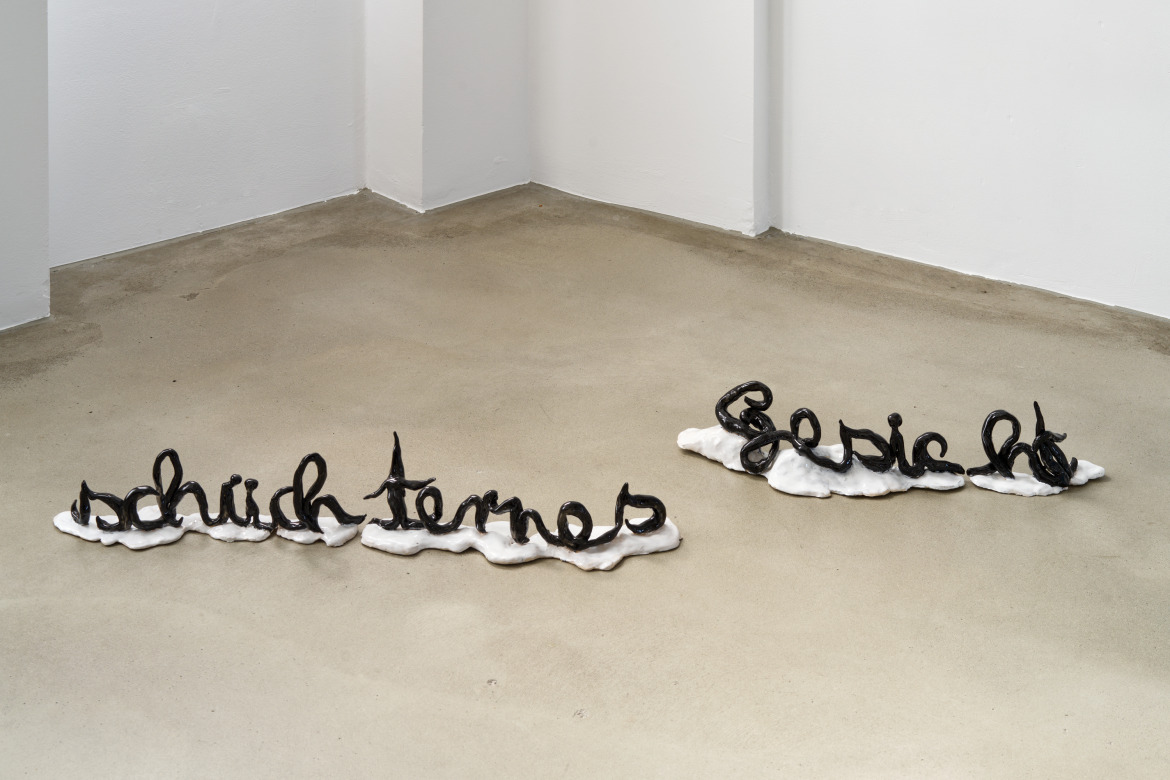
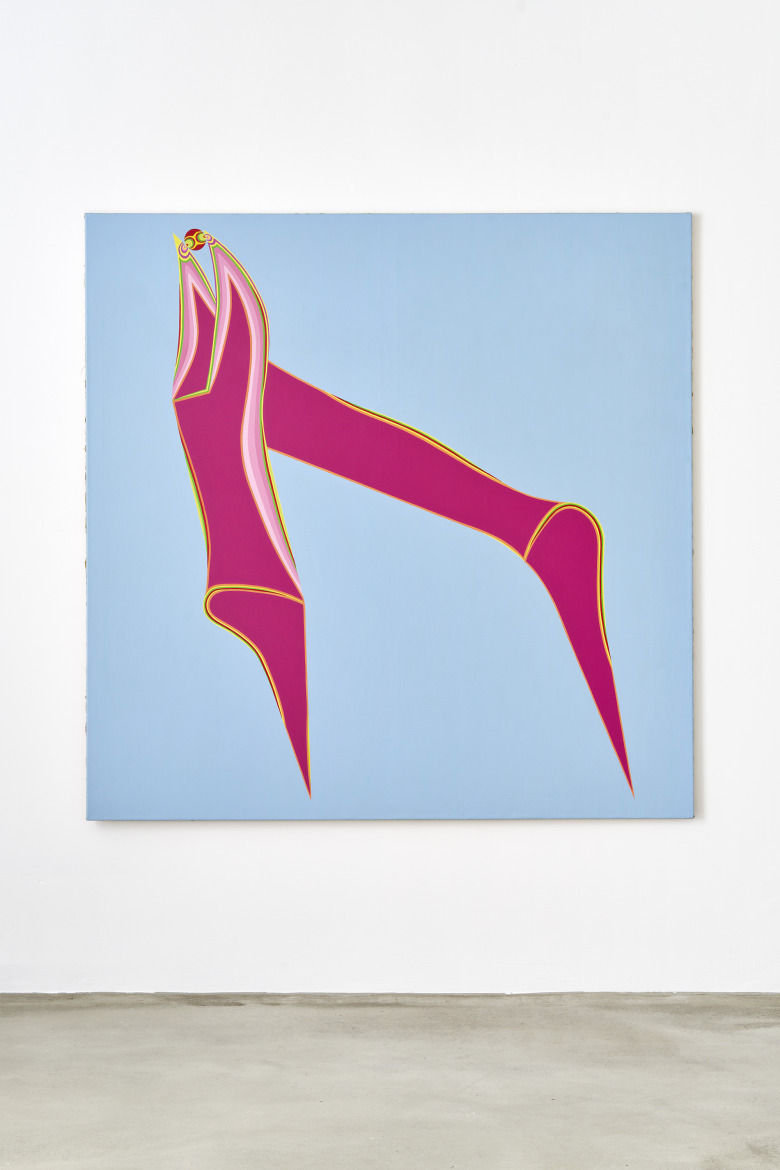
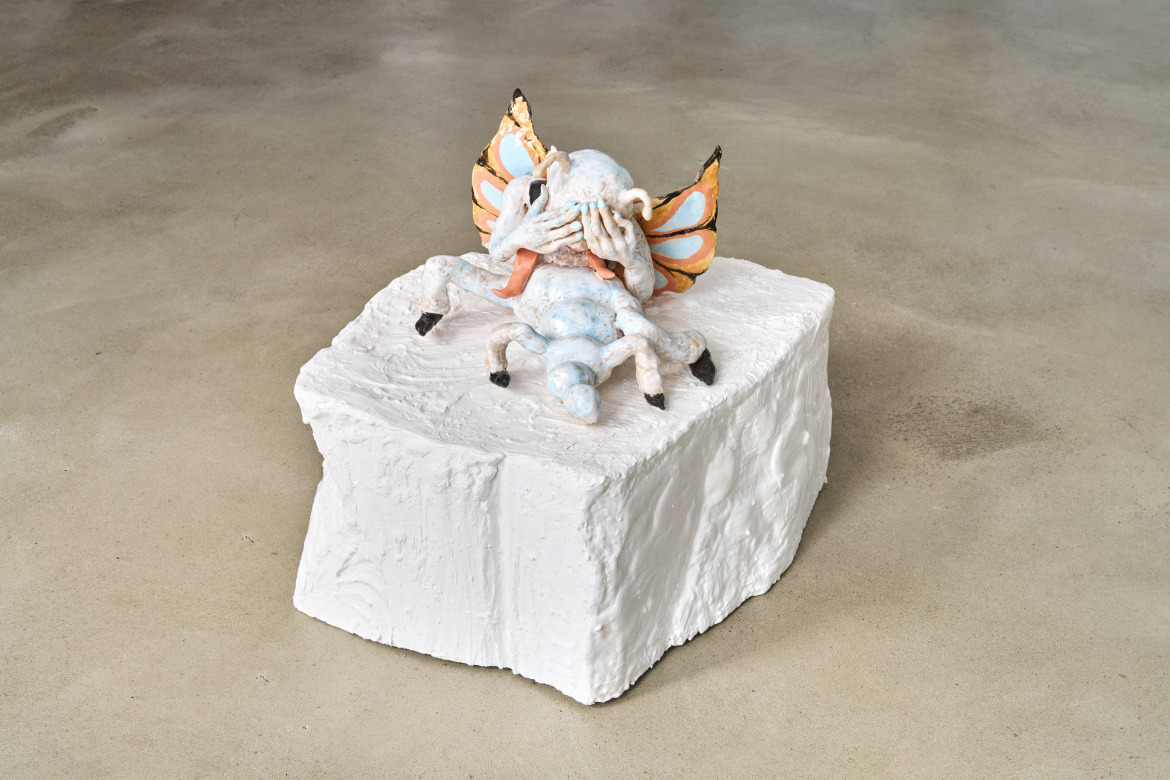
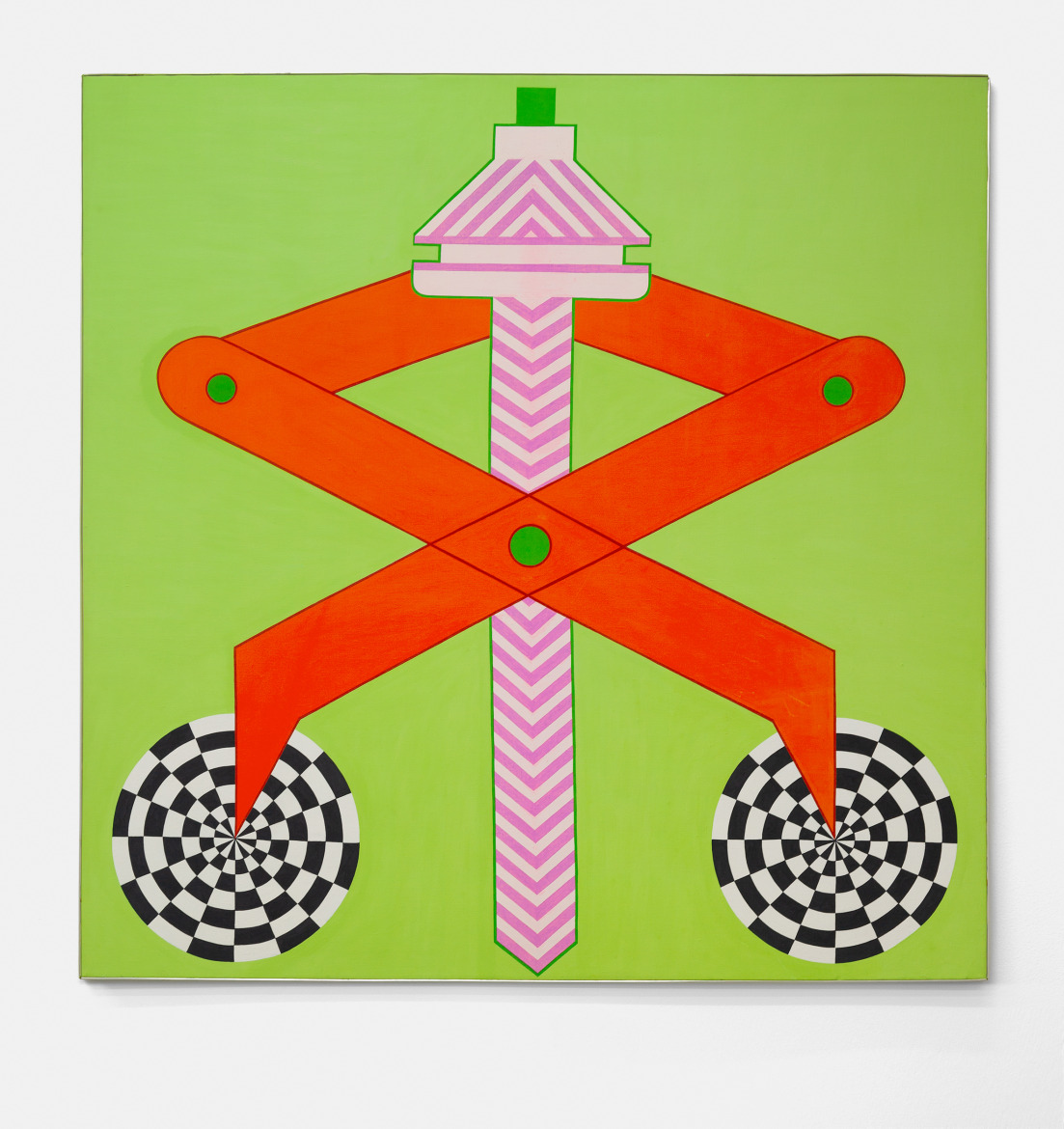
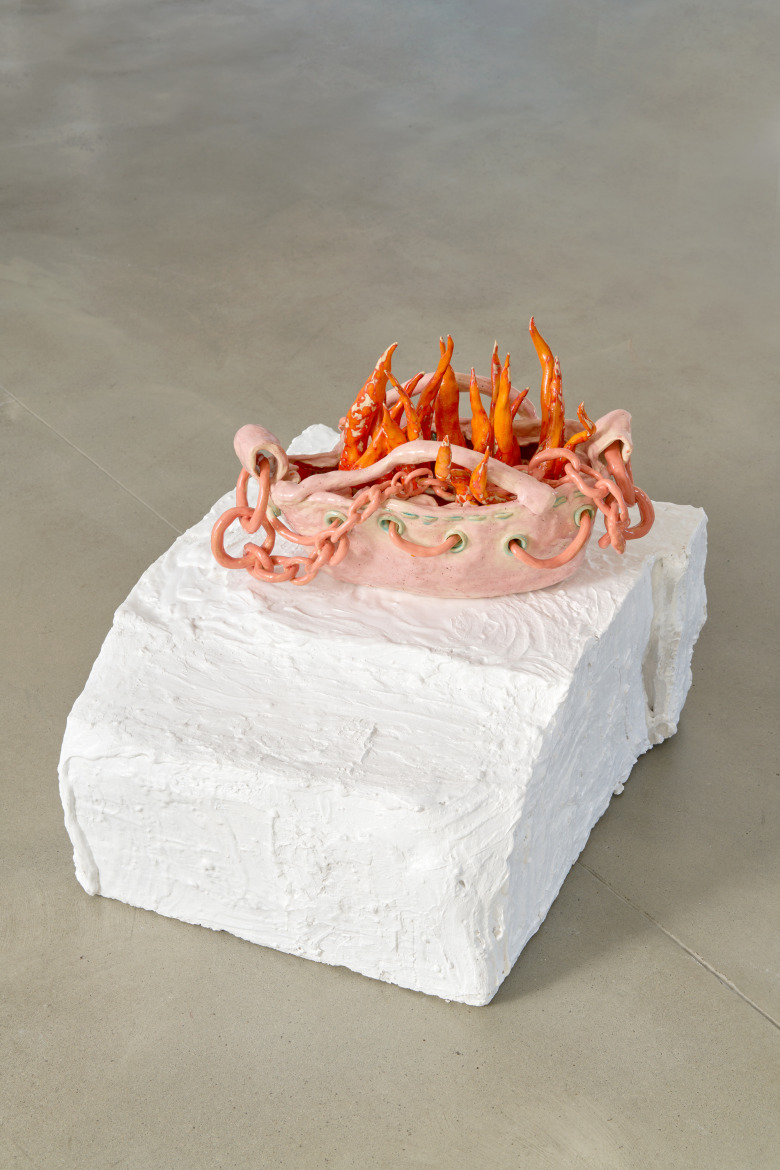
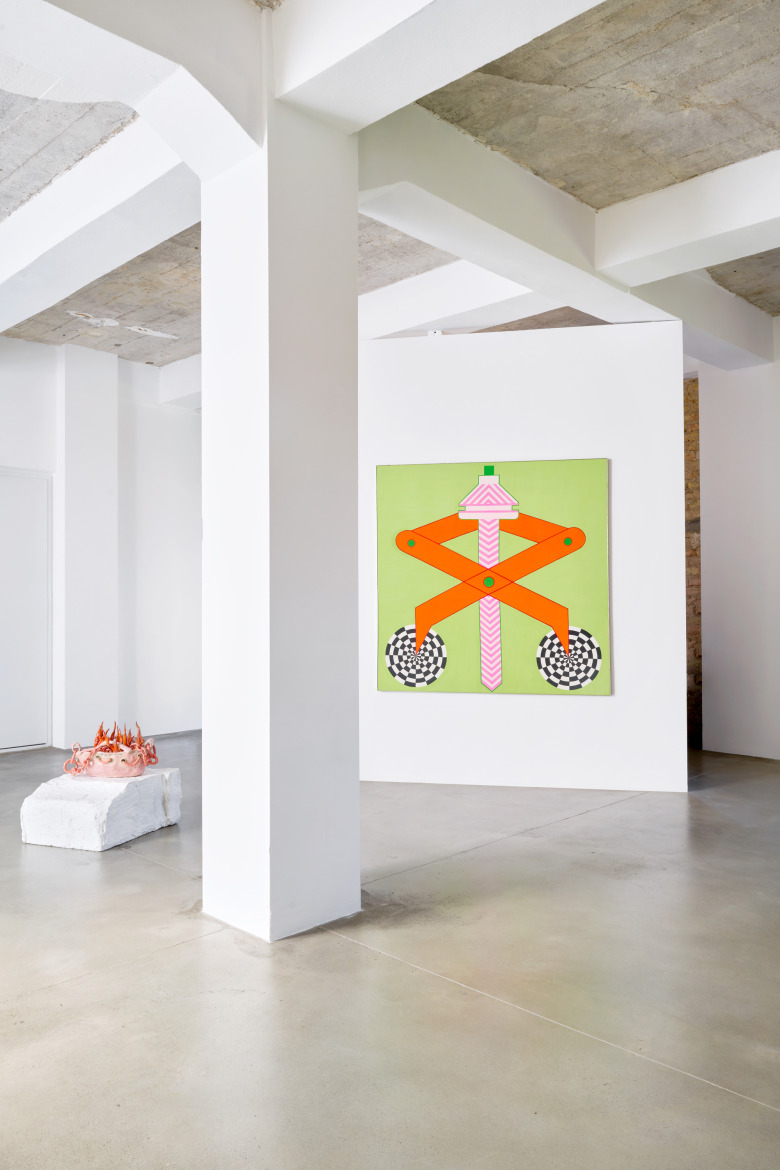
Magisch depressives Badezimmer, was held on Sunday, April 28, presenting works by Sine Hansen (1942-2009) in dialogue with works by Nschotschi Haslinger (*1982).












Magisch depressives Badezimmer, was held on Sunday, April 28, presenting works by Sine Hansen (1942-2009) in dialogue with works by Nschotschi Haslinger (*1982).
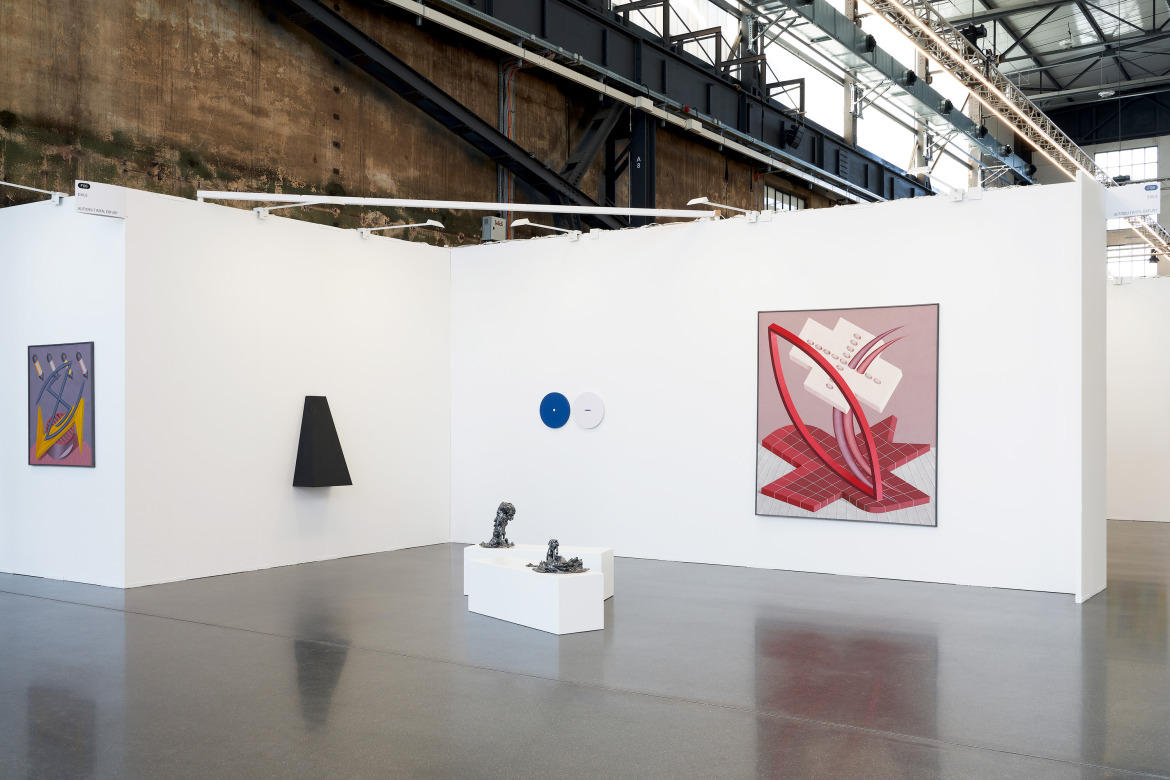

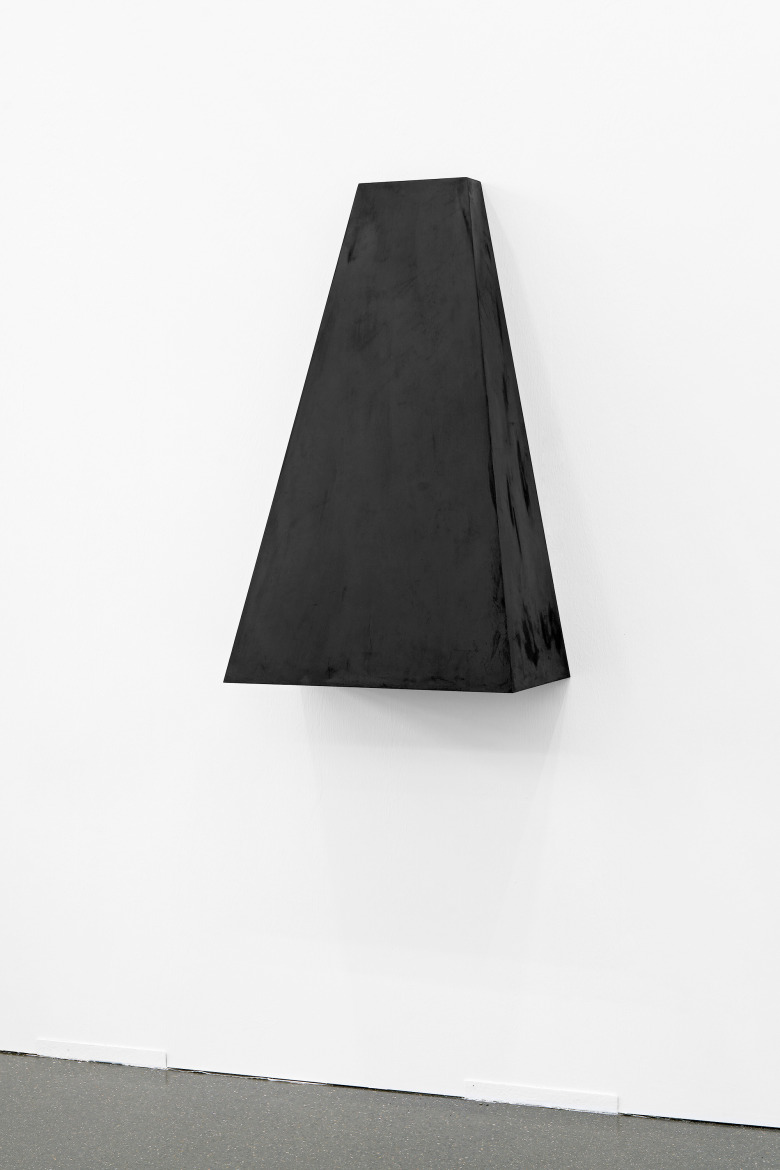
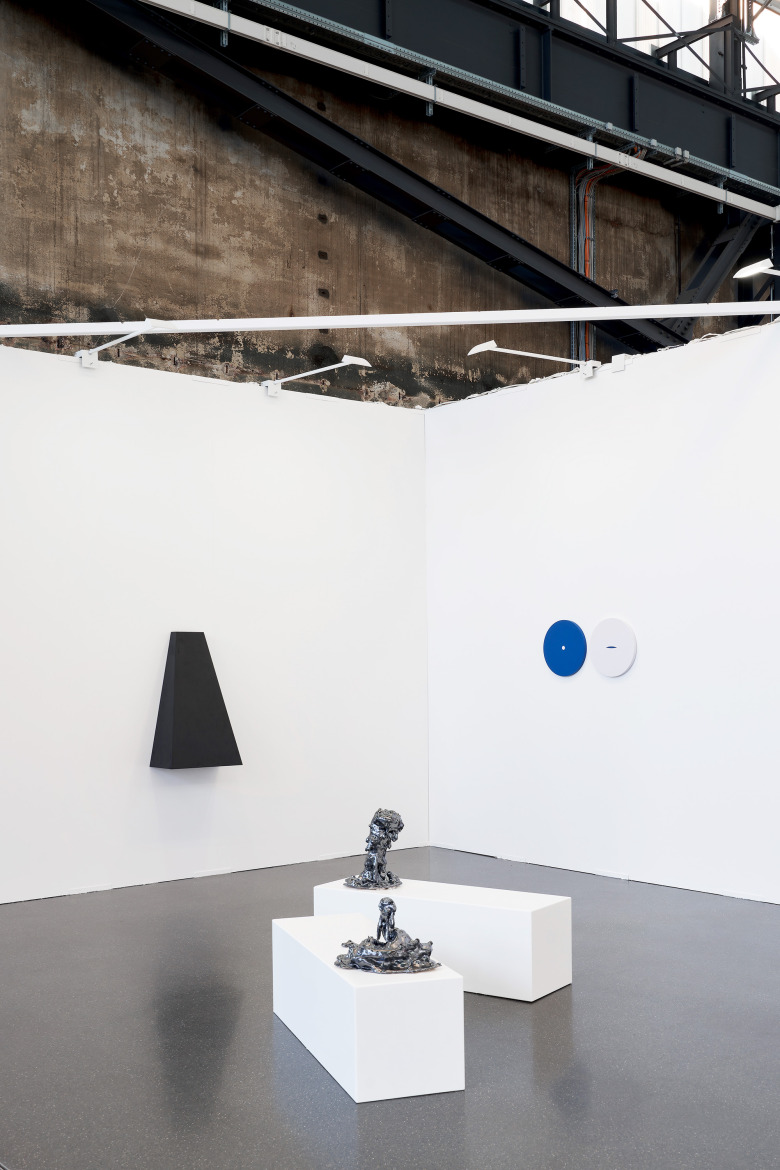
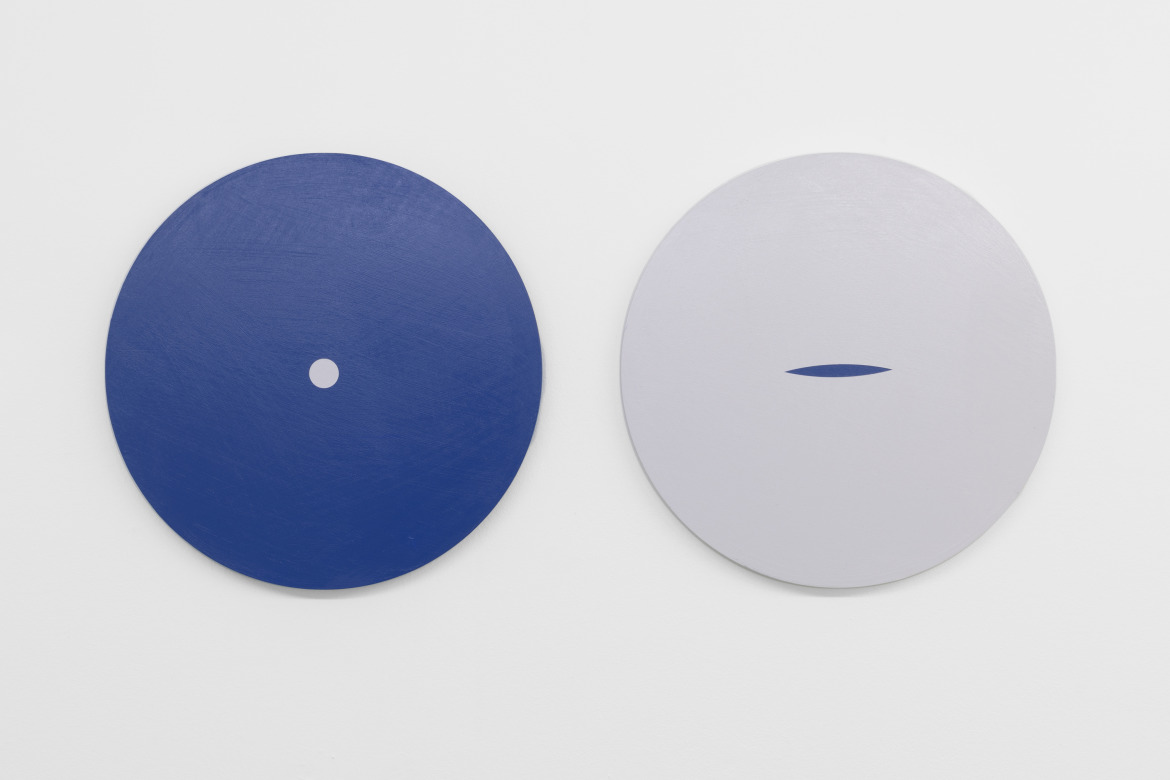
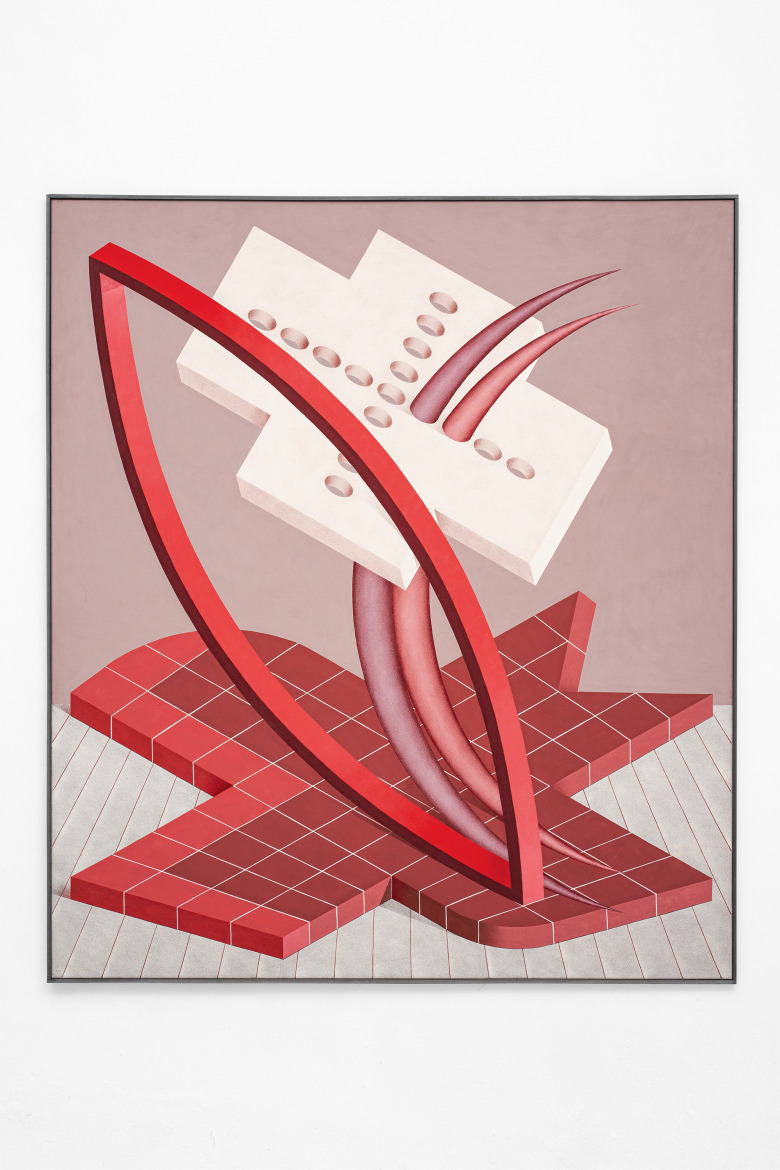
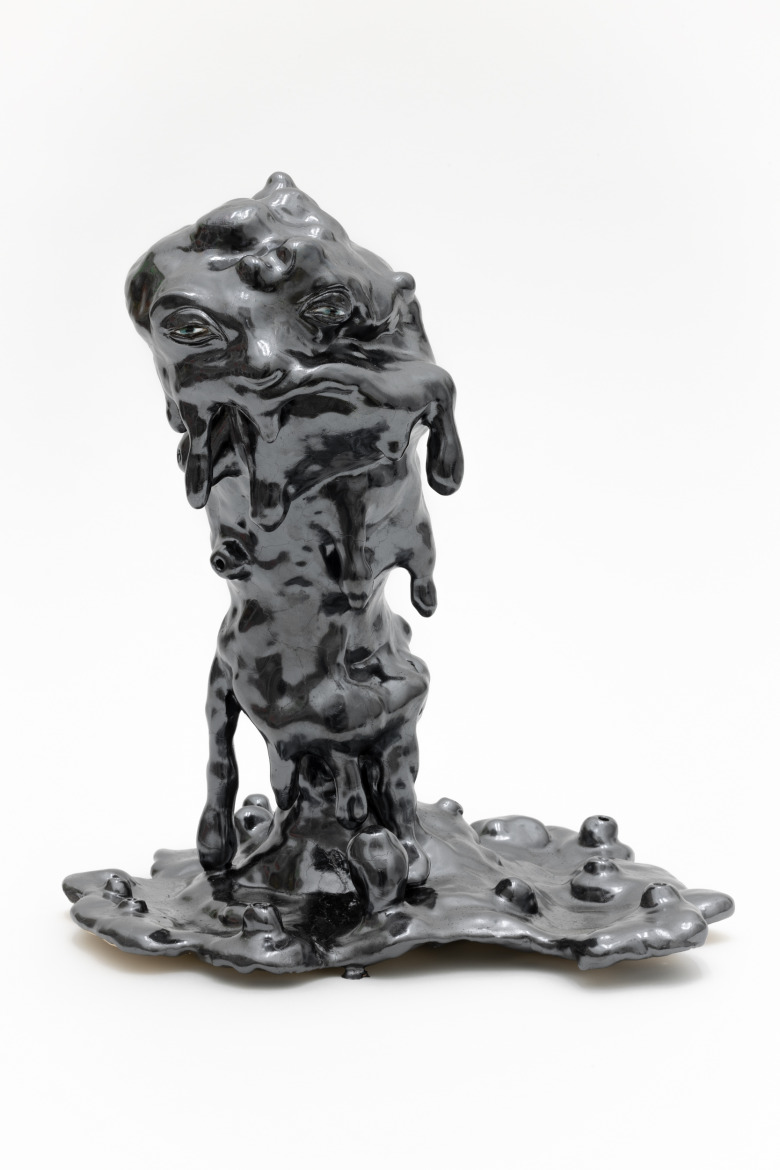
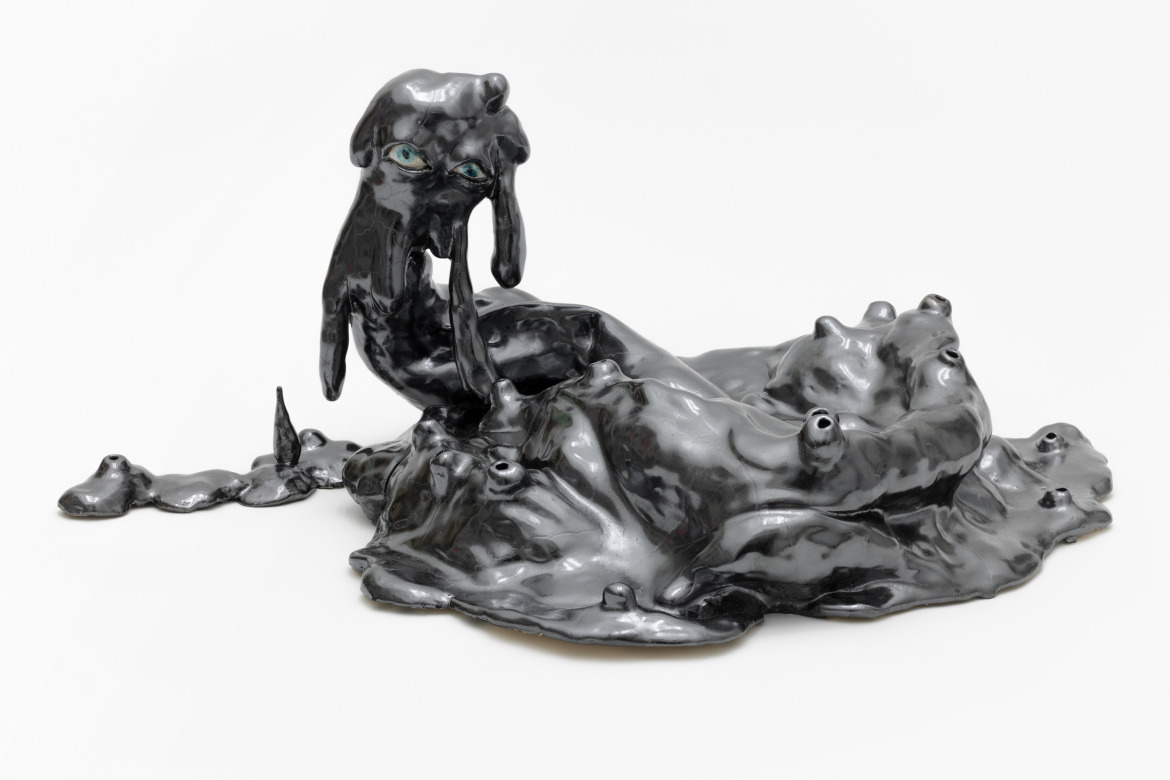
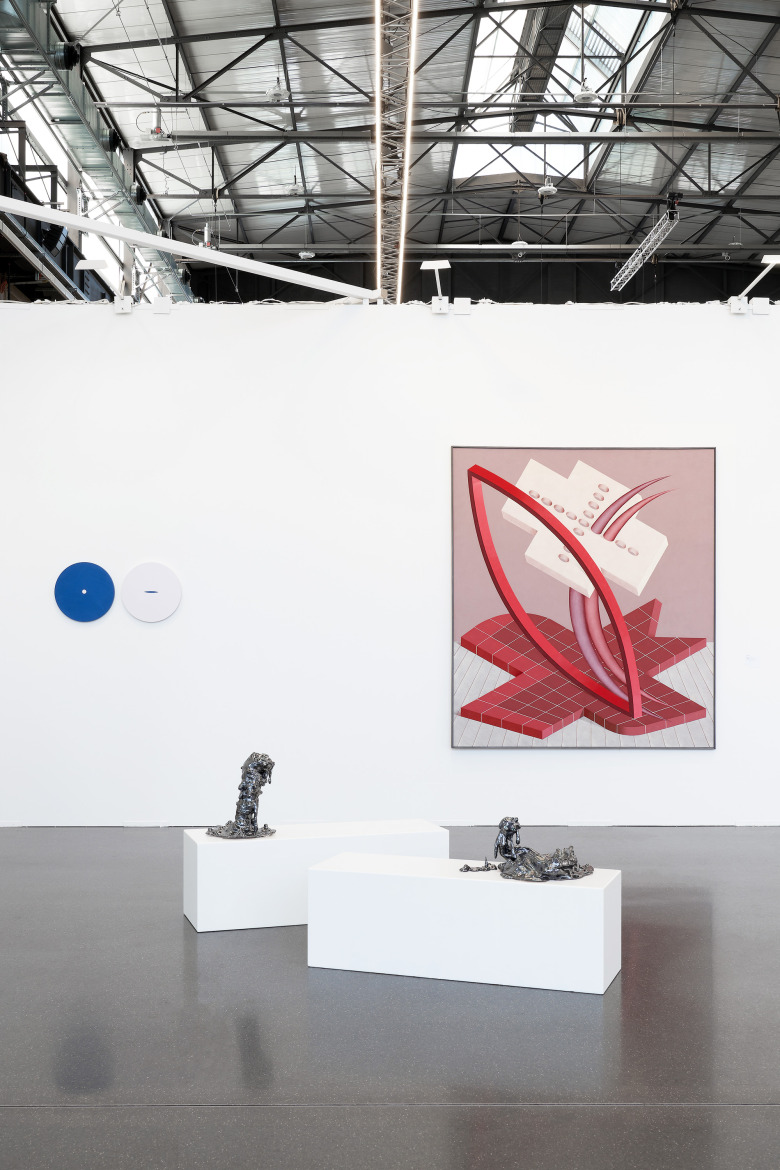
EXILE is pleased to participate in this year’s Art Düsseldorf with a presentation of works by Tess Jaray (born 1937), Kerstin von Gabain (born 1979), Nschotschi Haslinger (born 1982), and Jobst Meyer (1940-2017). You can find us at booth F06.
→Tess Jaray
→Kerstin von Gabain
→Nschotschi Haslinger
→Jobst Meyer
→Art Düsseldorf
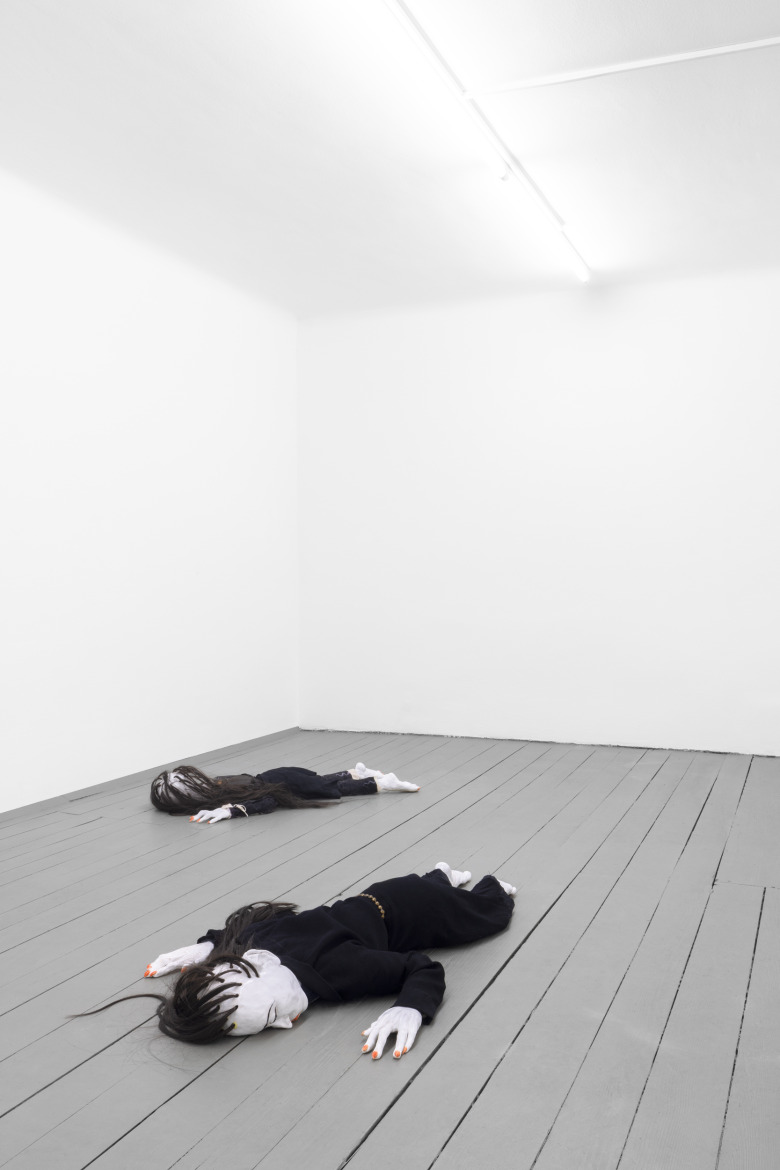
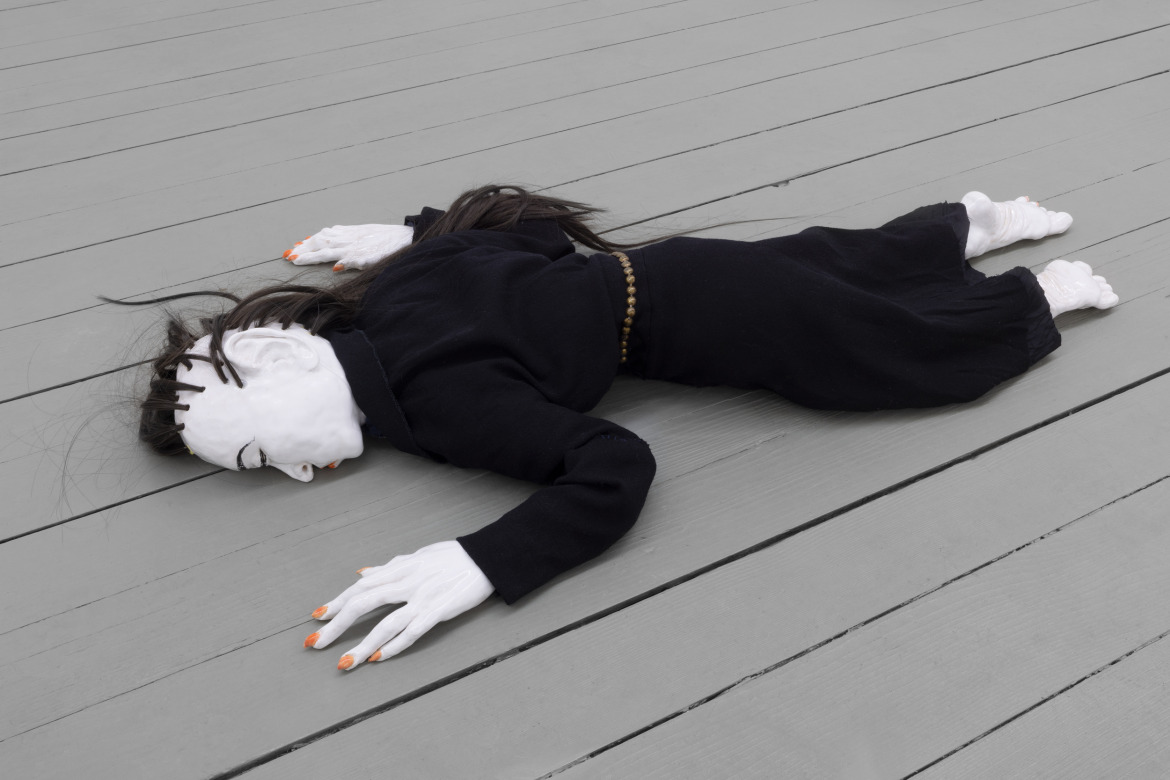
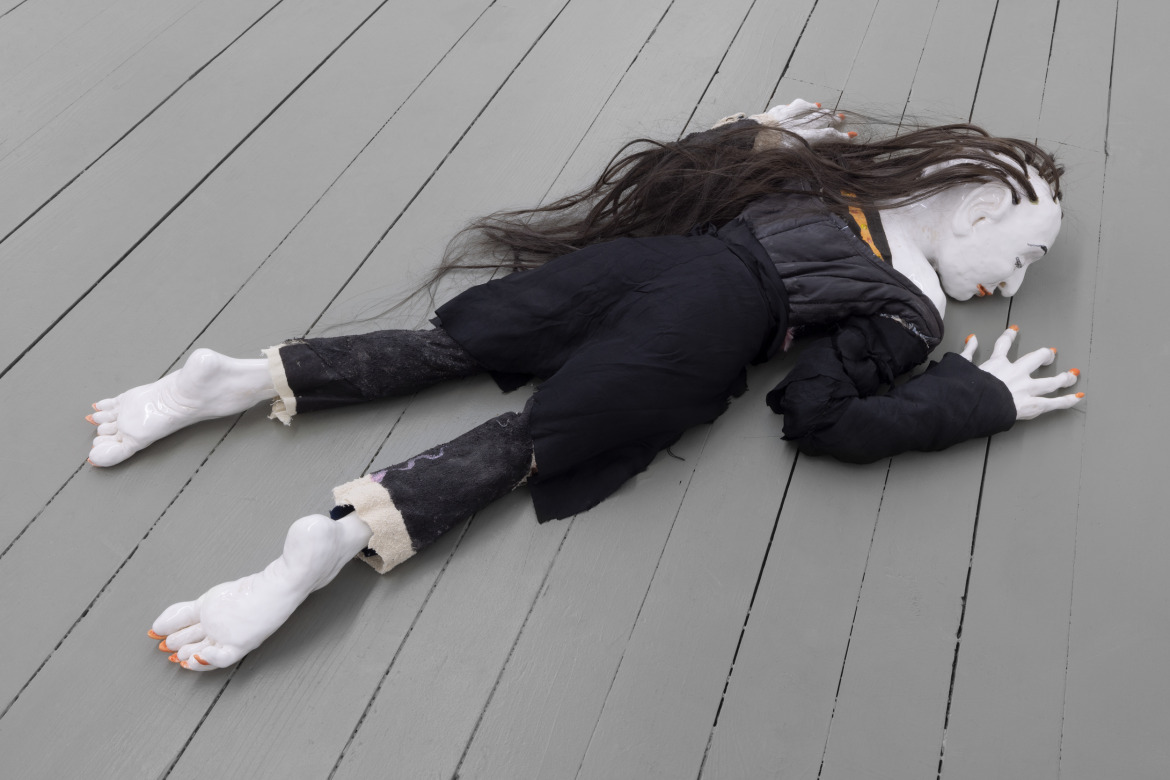

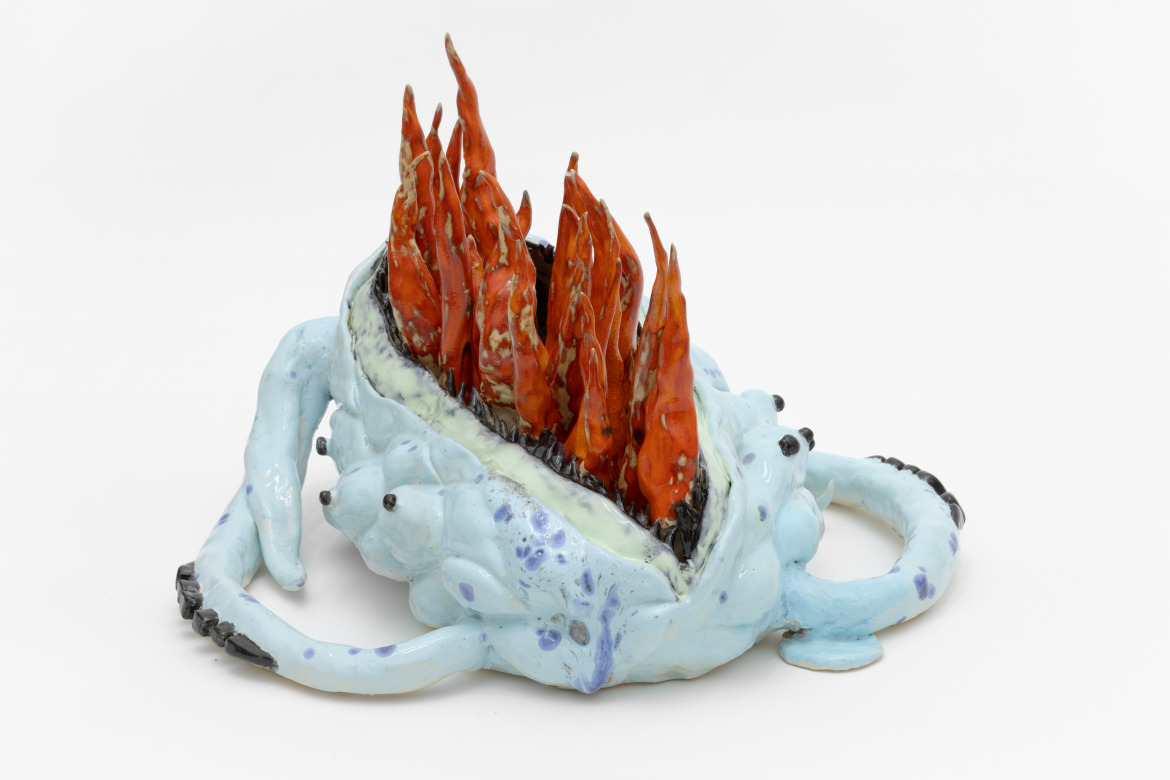

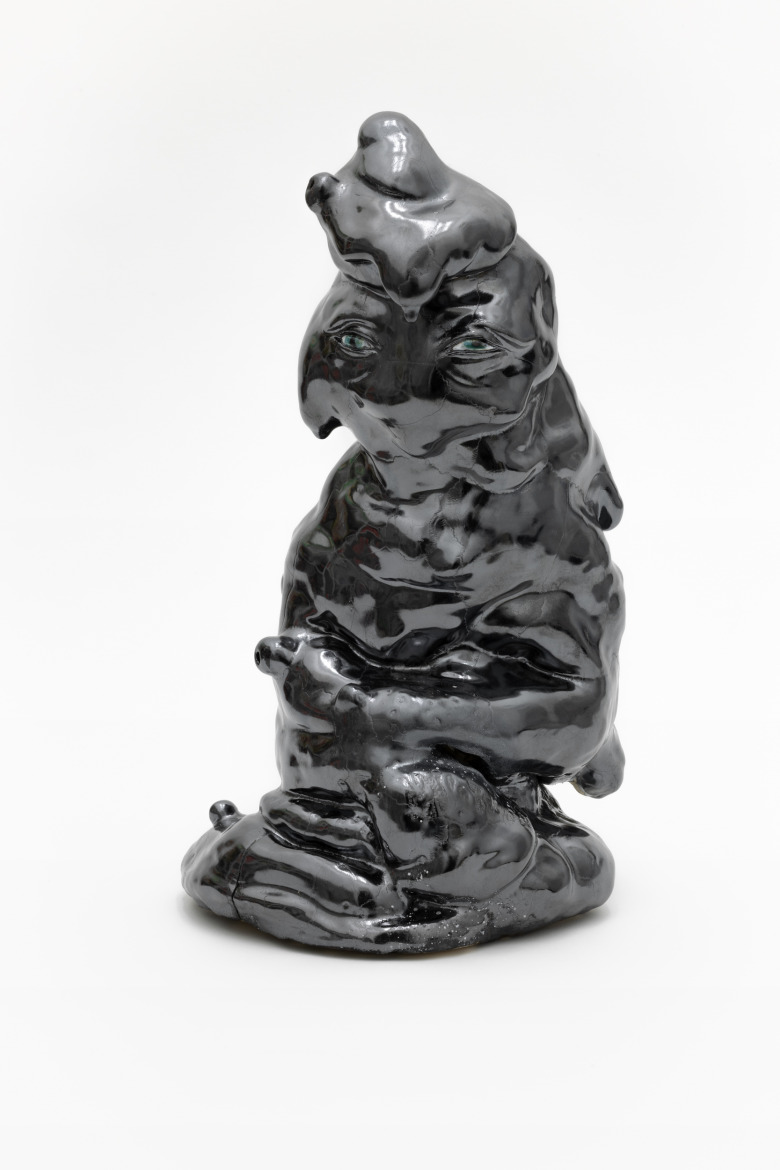


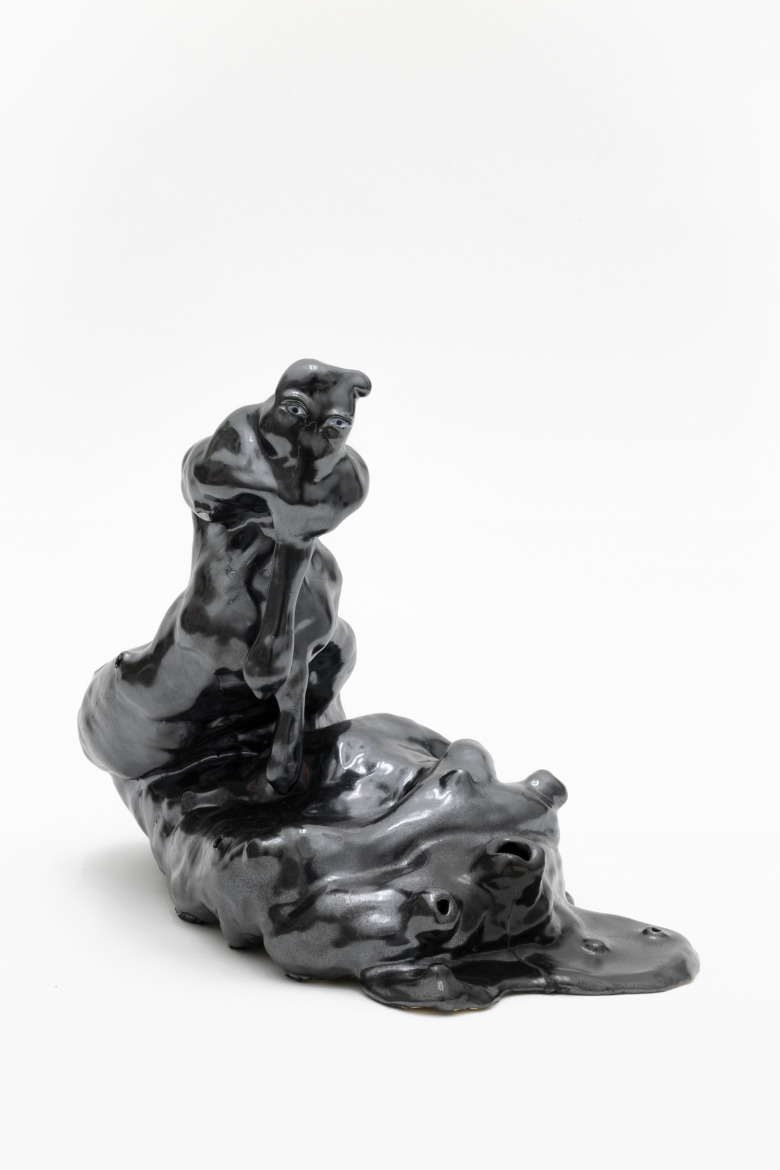


EXILE is happy to announce our first exhibition for 2024. Entitled Symptom Couverture, it is the second solo exhibition by Nschotschi Haslinger at the Vienna gallery and will be accompanied by a text from Kaya Haslinger:
Symptom Couverture – an intrusive, deceptively tasty appearance that indicates a hidden disorder. Forced to react, Nschotschi Haslinger’s works show different ways of dealing with symptoms of overload, somewhere between healing and repression.
Modernism’s dream of progress is over; it has left behind destroyed landscapes and inescapably precarious living conditions -though production continues mercilessly. The illusion of satisfaction through consumption offers a retreat from the madness of reality. For a brief moment, the products seem to fulfil the unfulfillable desire for perfection, until they themselves rot in the ruins of capitalism. Haslinger’s motive of the burning handbag becomes a symbol of this desire, but its organic, fleshy shape suggests that it is more than just an inanimate object.
The overwhelming abundance of stimuli cuts off every connection. Haslinger’s Puppen, lying with their faces to the ground, appear to have been slain by this flood. They regenerate by taking root and drawing new strength from the earth – an essential step to be able to participate in the outside world again. Contrary to the idea of progress and constant self-renewal, Haslinger’s Puppen are adapted to – and by – existing circumstances: they are made up of old scraps such as children’s clothing, synthetic hair and ceramics.
With their dark, shimmering, bubble-beating figure, Haslinger’s Wächter resemble an intelligent physical mass from the depths of space that is mentioned in numerous sci-fi films such as Prometheus or Venom. It represents terror and a loss of political autonomy, but it also represents the archaic fear of one’s own shadow that the oily substance produces when surrounding us. Some conspiracy theories warn against it for this reason, others see it as a cure for the darkness of human nature. But the Wächter, with their harmless, tired eyes, do not seem really threatening.
Coming from psychology, the figure of the inner guardian, moves in an area of tension between ‘bringing to light’ and ‘hiding’. It splits the original, authentic self into different personality strands and adapts them according to the respective demands of the environment. In this way, the inner guardian protects against pain, but also blocks access to it.
These objects are also reminiscent of liquid slag, a by-product of industrial metal extraction, which can be seen as a symptom of resource exploitation and industrialization. In the end, maybe it’s not about extraterrestrial takeover, but about the liberation and healing of the earth itself. From the ruins we leave behind, it forms the foundations of new spaces of existence in which there is no room for our way of life.
Sources:
Lowenhaupt Tsing, Anna, The Mushroom at the End of the World, USA, 2015
Curtis, Adam, The Century of the Self, UK, 2002
→Ramona Heinlein, The sleeping ceramic dolls of Nschotschi Haslinger, Frieze, Feb 2024 (PDF, 1.5 MB)
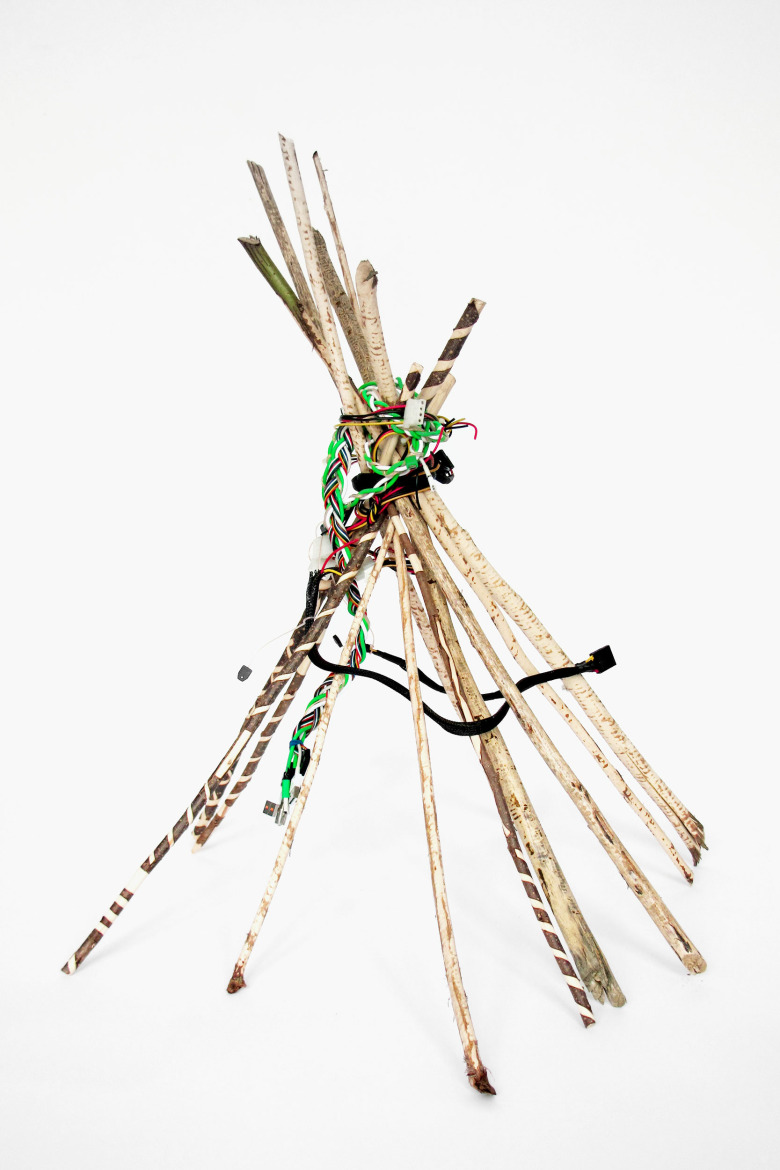
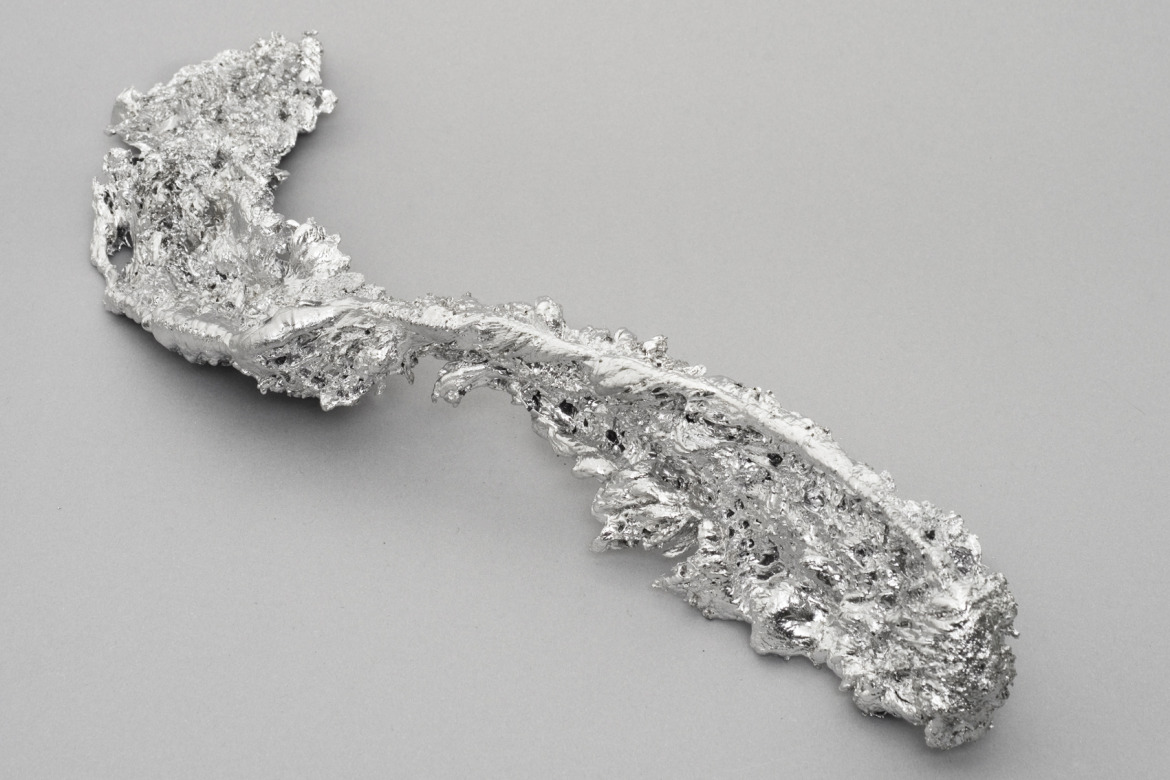
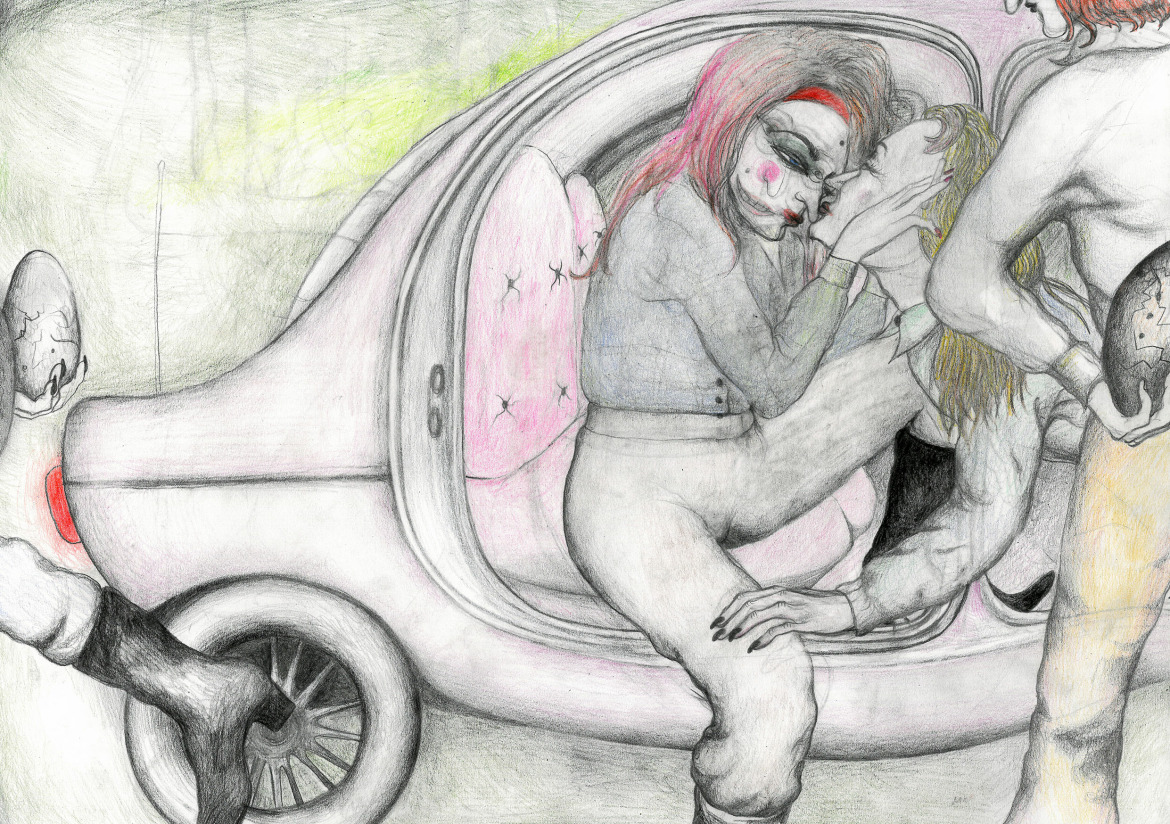

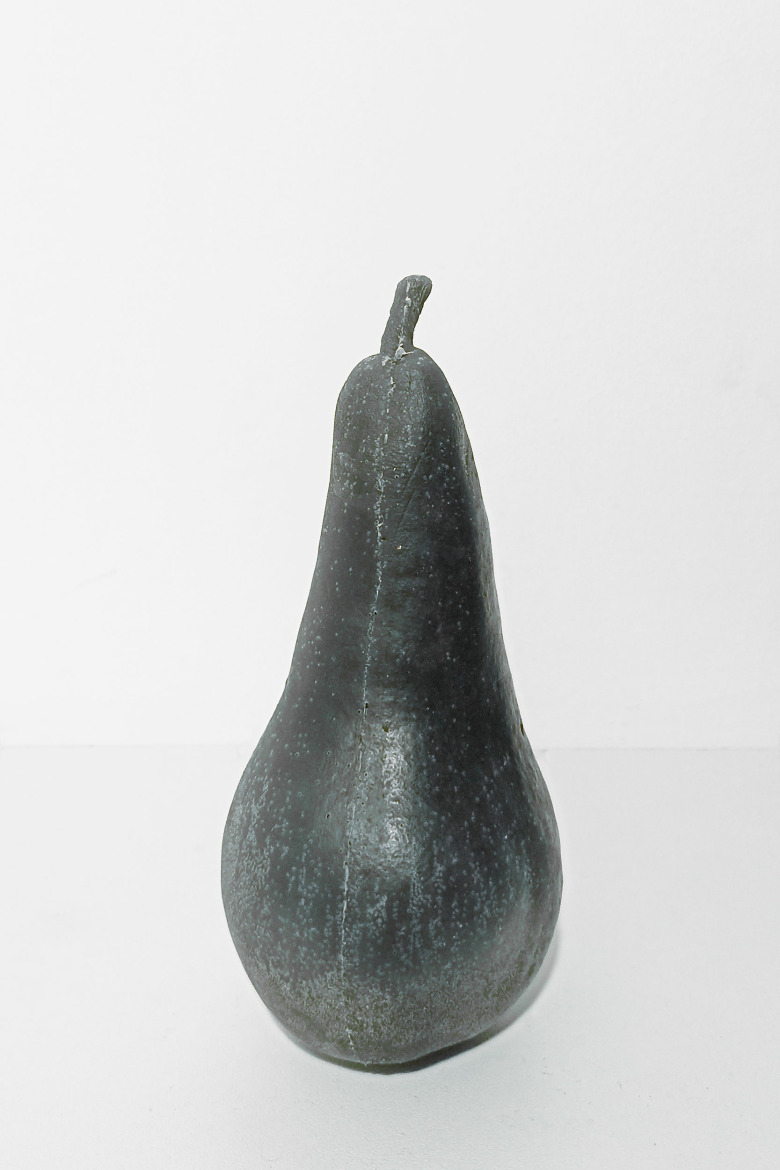

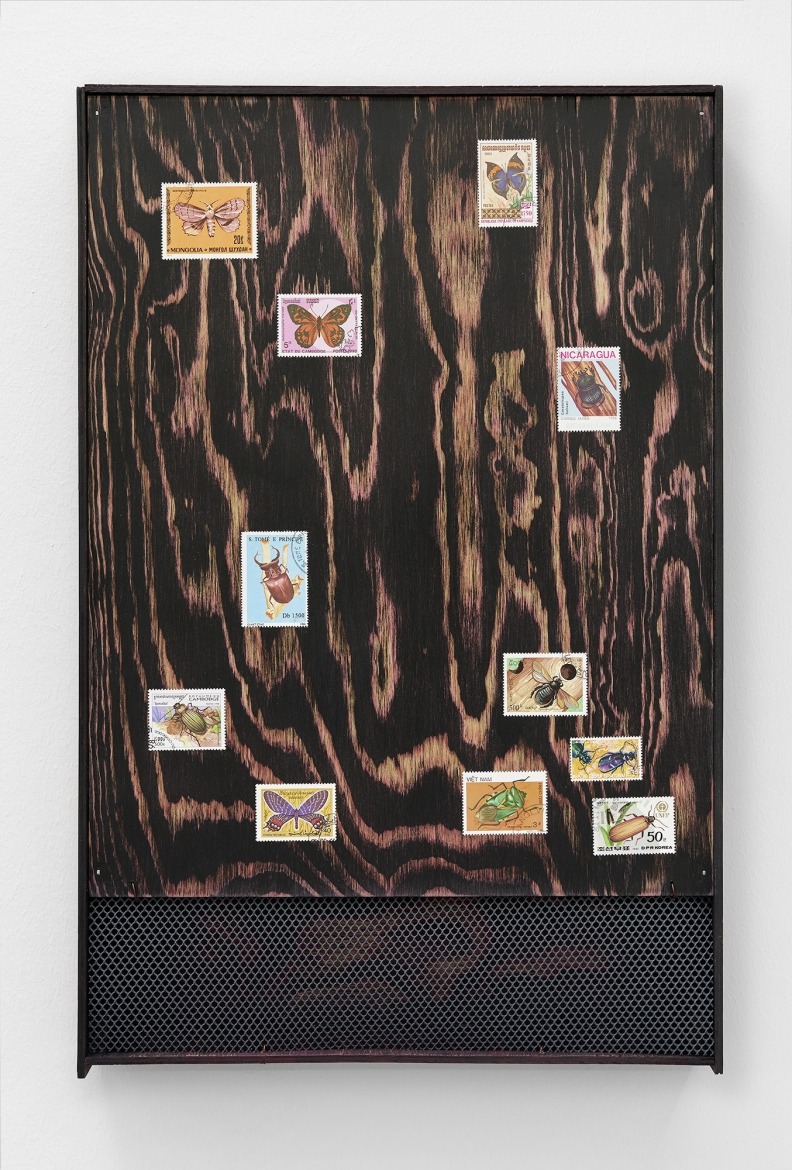
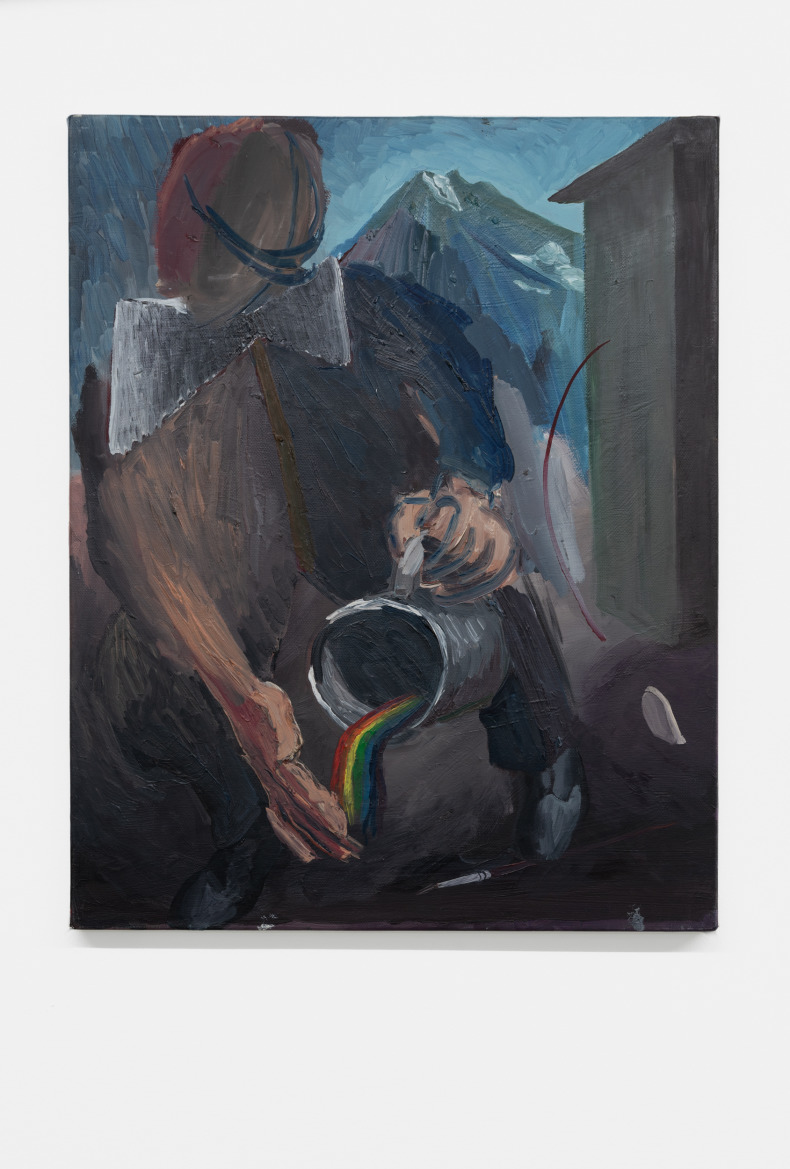
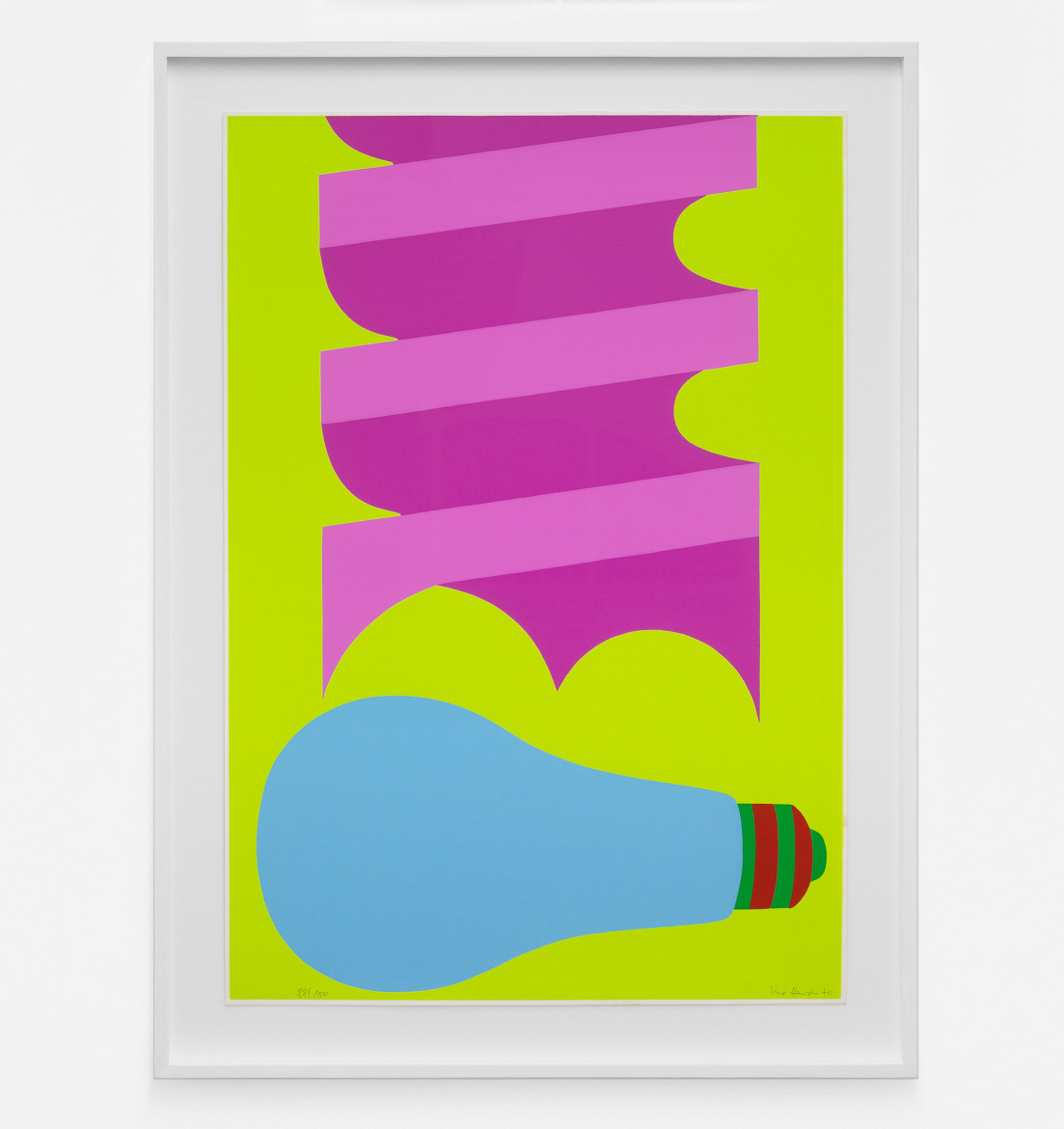
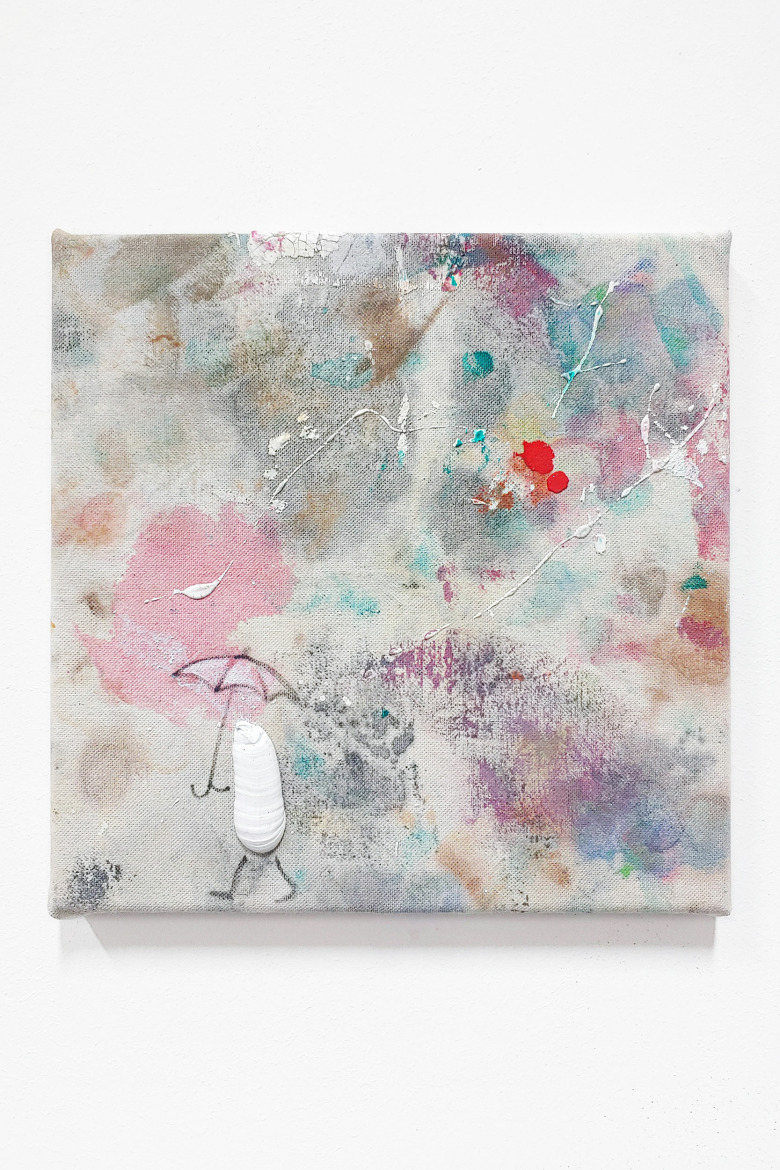
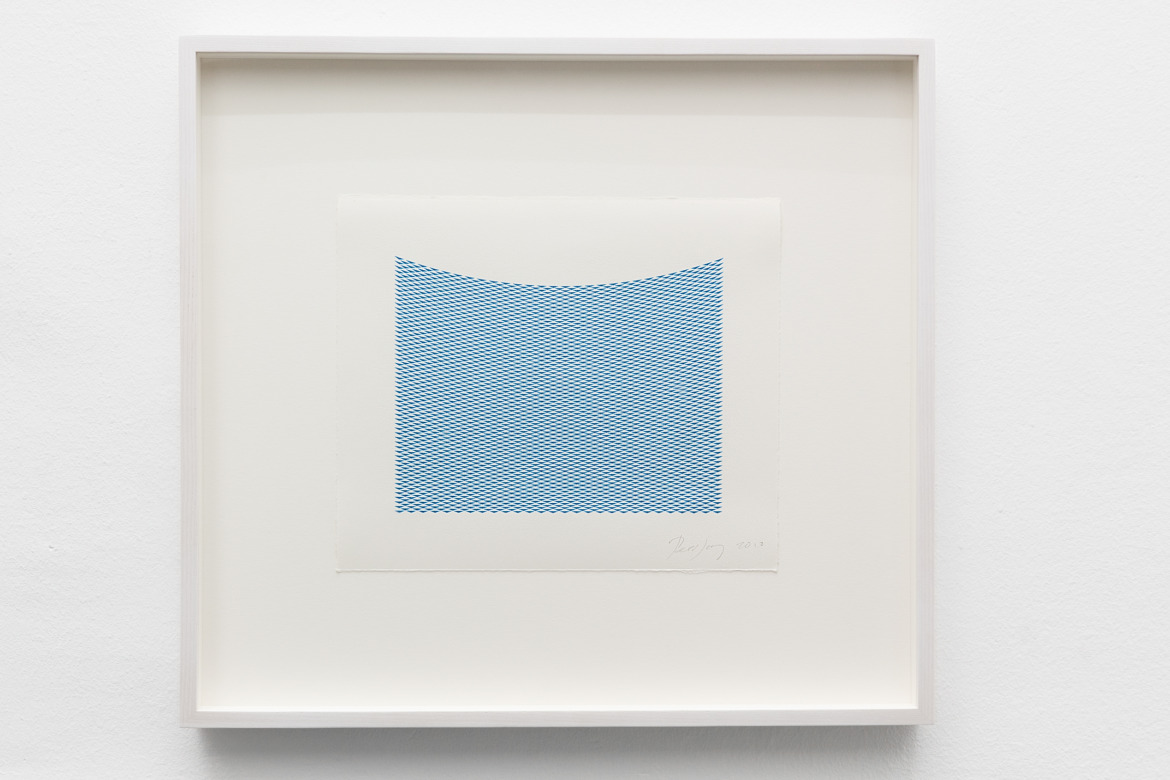
EXILE and the participating artist have taken the ongoing global crises as a starting point to offer selected artworks at a reduced price to directly support various charitable causes. The ten selected artworks were offered at a fixed price of 1.000 EUR to be donated directly by the buyer to the cause selected by the respective artist donating the work.
We would like to thank everyone for taking initiative, acquiring an artwork and donating to the causes selected by each artist. Thank you!
The offered artworks of 10×1000 were:
Kinga Kiełczyńska: Hidden interface (beaver and Andrii), 2022. Garden waste of hand-carved hazelnut shoots, beaver-worked driftwood, reclaimed cables, 90 x 60 x 60 cm
Exhibited as part of the artist’s →solo exhibition at EXILE in 2022
1.000 EUR to be donated directly to →Polish Humanitarian Action
Erik Niedling: Future 01/19/17, 2017. Tin, Lead, 8 x 53 x 18.5 cm
Exhibited as part of the artist’s →solo exhibition at EXILE in 2017
1.000 EUR to be donated directly to →Doctors without Borders
Nschotschi Haslinger: Untitled, 2019. Color pencil on paper, 30 x 42 cm
Features on the cover of →Index Nr 86, Jan 2019
1.000 EUR to be donated directly to →Doctors without Borders
Kerstin von Gabain: Pear I & II, 2022. Wax, 13 x 6 x 6 cm each
500 EUR each to be donated directly to →Caritas Ukraine Funds
Gwenn Thomas: Standard Candles, 2017. Wood and black acrylic paint, 52 x 46 x 26,5 cm
Exhibited as part of the artist’s →solo exhibition at EXILE in 2017
1.000 EUR were donated directly to →Fight for Right Ukraine
Martin Kohout: Coll., Mongolia-Cambodia, 2016. Wood, stamps, plastic grid, 52 x 34 x 7 cm
1.000 EUR were donated directly to →Fight for Right Ukraine
Sine Hansen: Bohrer mit Birne, 1970. Screen print, 61 x 42 cm.
Exhibited as part of the artist’s →solo exhibition at EXILE in 2021.
1.000 EUR were donated directly to →Medeor Fund for Ukrainian hospitals
Pauł Sochacki: Waiting for the rainbow, 2022. Oil on canvas, 27 x 27 cm
1.000 EUR were donated directly to →United Nations Refugee Agency
Nazim Ünal Yilmaz: Tare, 2010. Oil on canvas, 50 x 40 cm
Exhibited as part of the artist’s →solo exhibition at EXILE in 2020
1.000 EUR were donated directly to →Palestine Children’s Relief Fund
Tess Jaray: Untitled (Navy Blue), 2010. Unique inkjet on archival paper, 20.2 x 24.2 cm
Exhibited as part of the artist’s →solo exhibition at EXILE in 2019
1.000 EUR were donated directly to →Red Cross Ukraine Funds
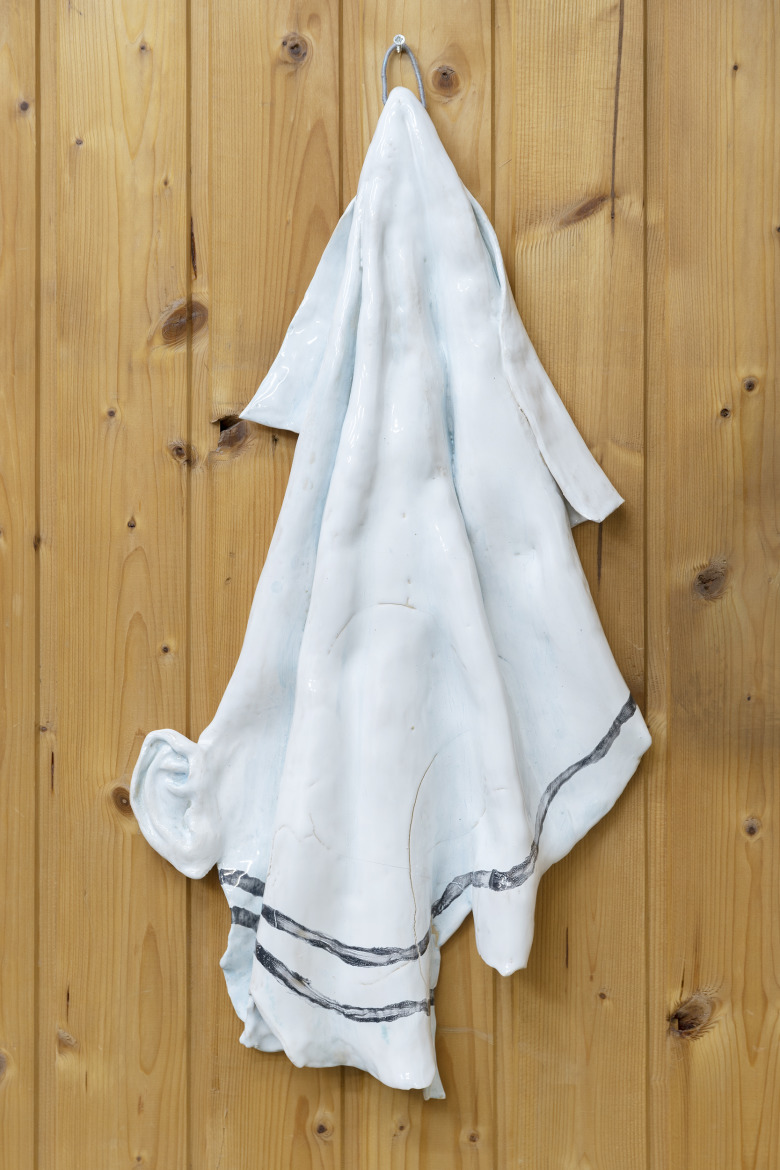
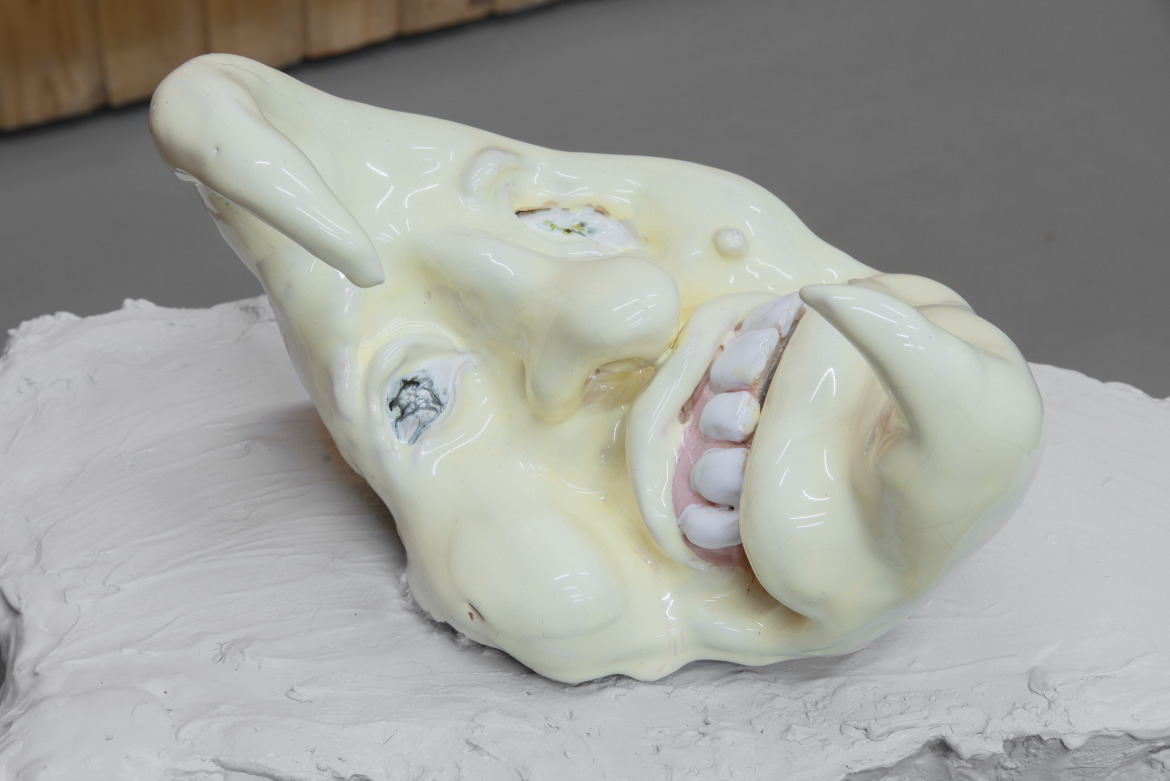
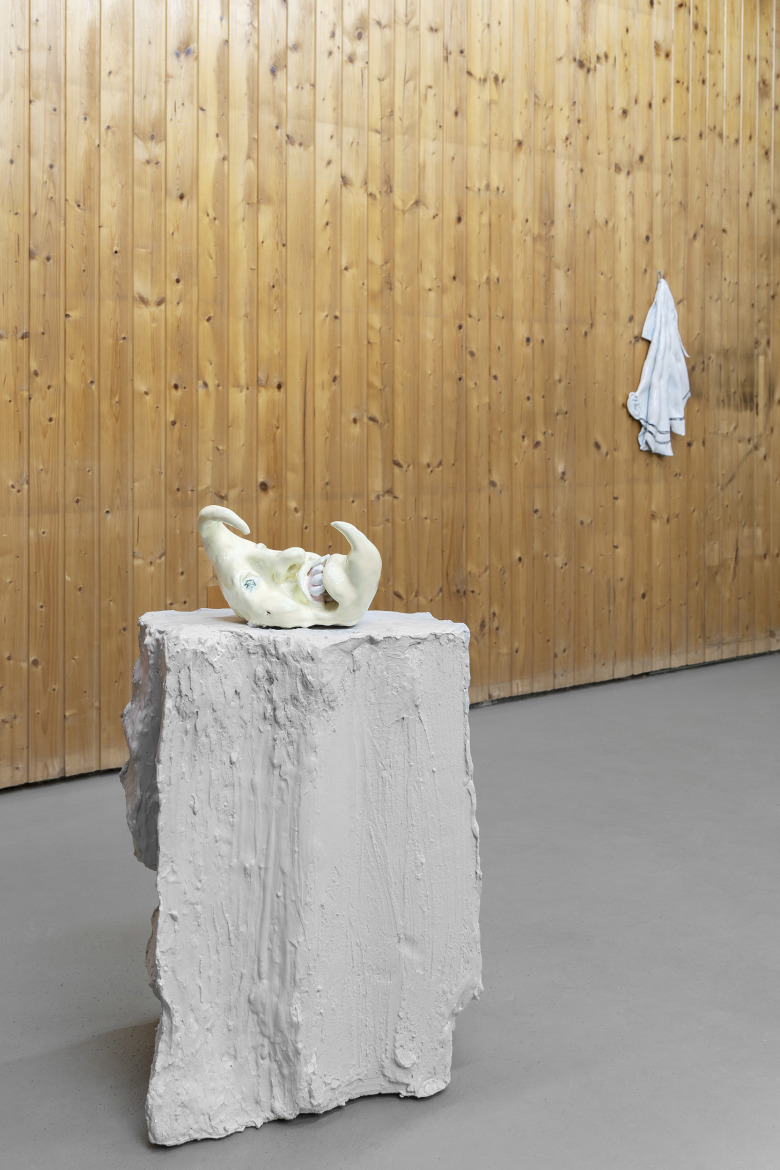

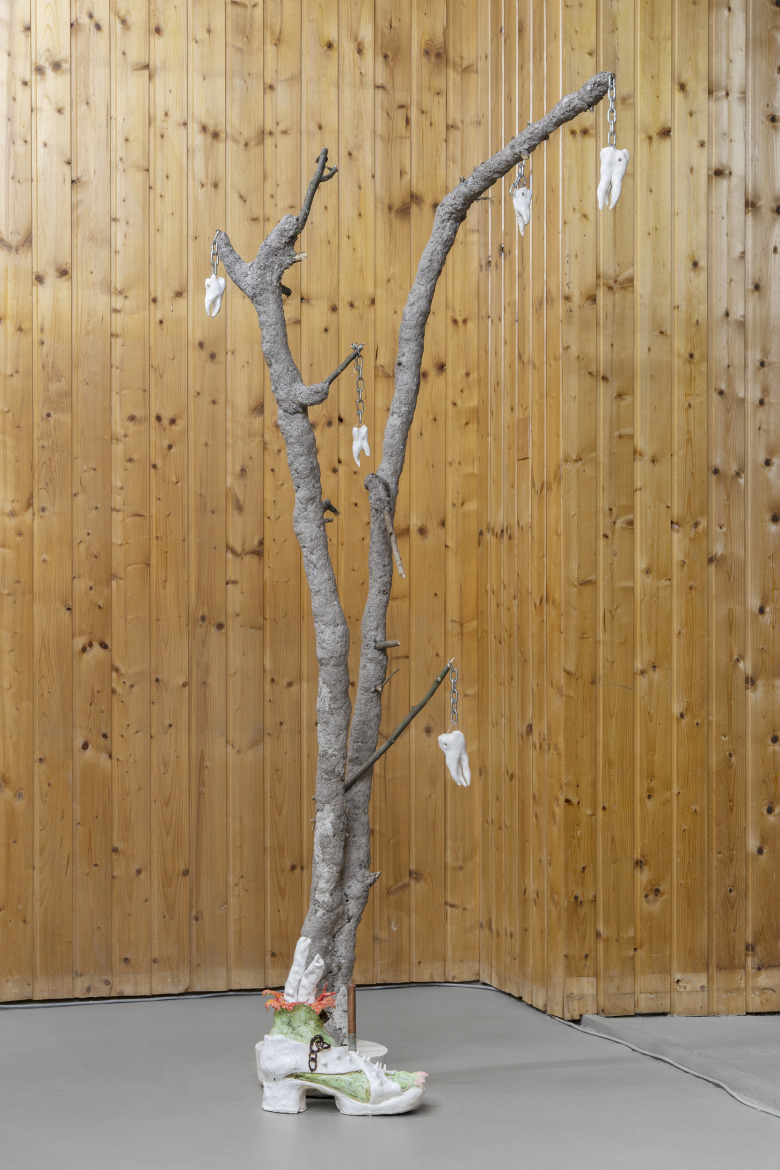
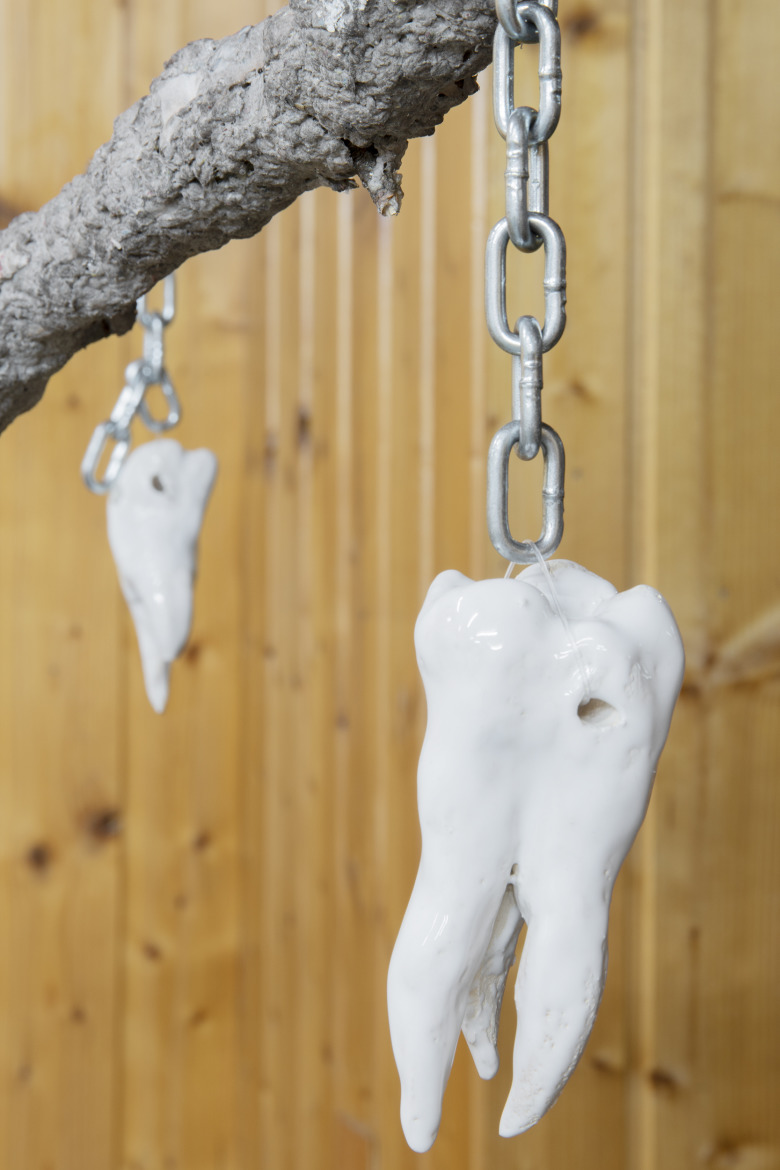
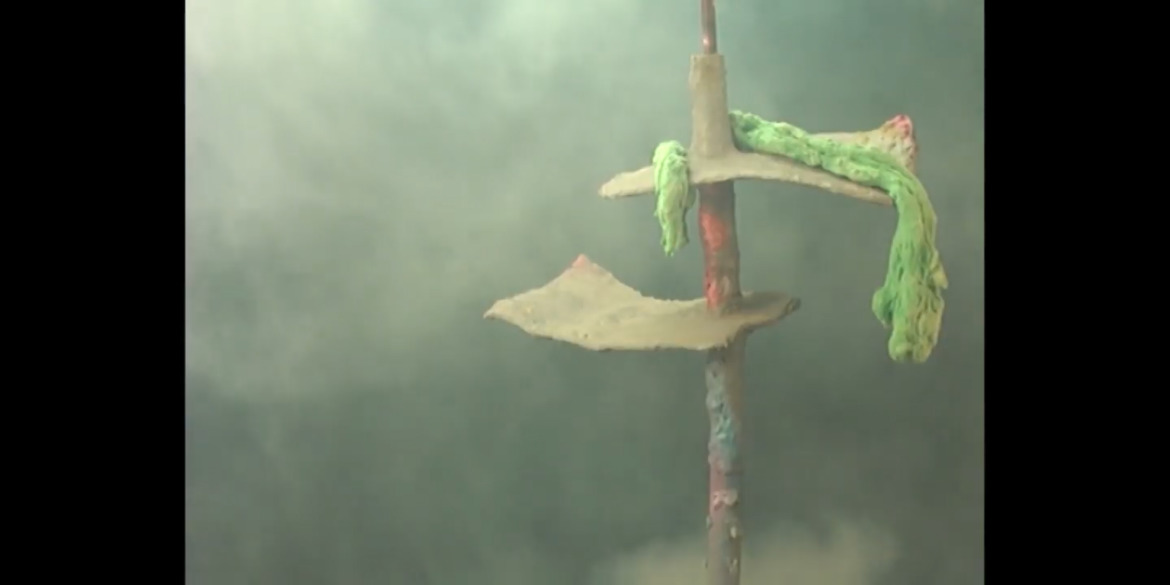

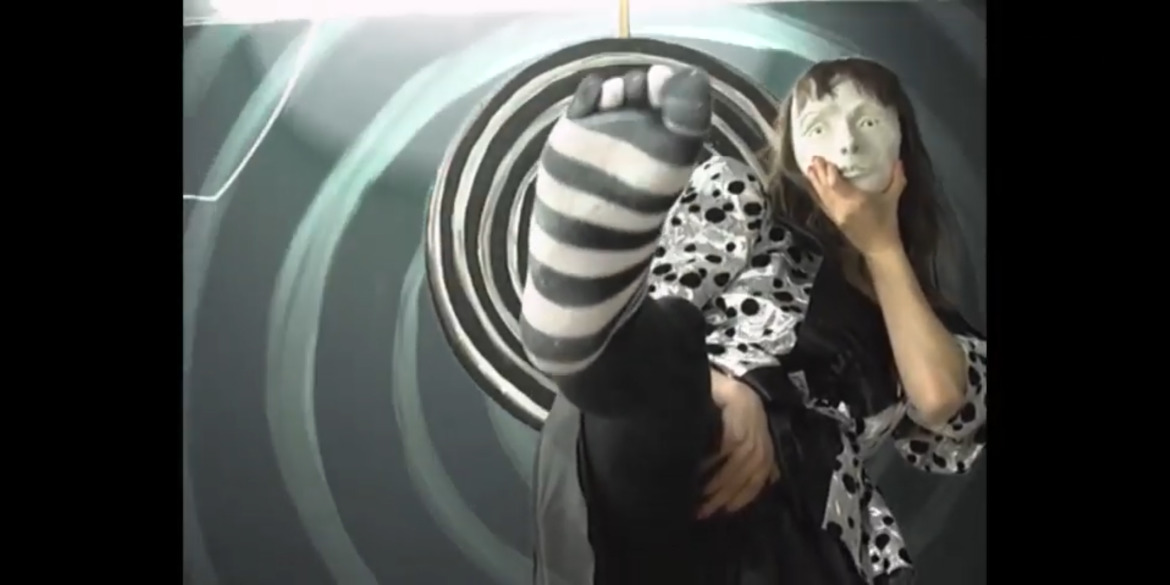
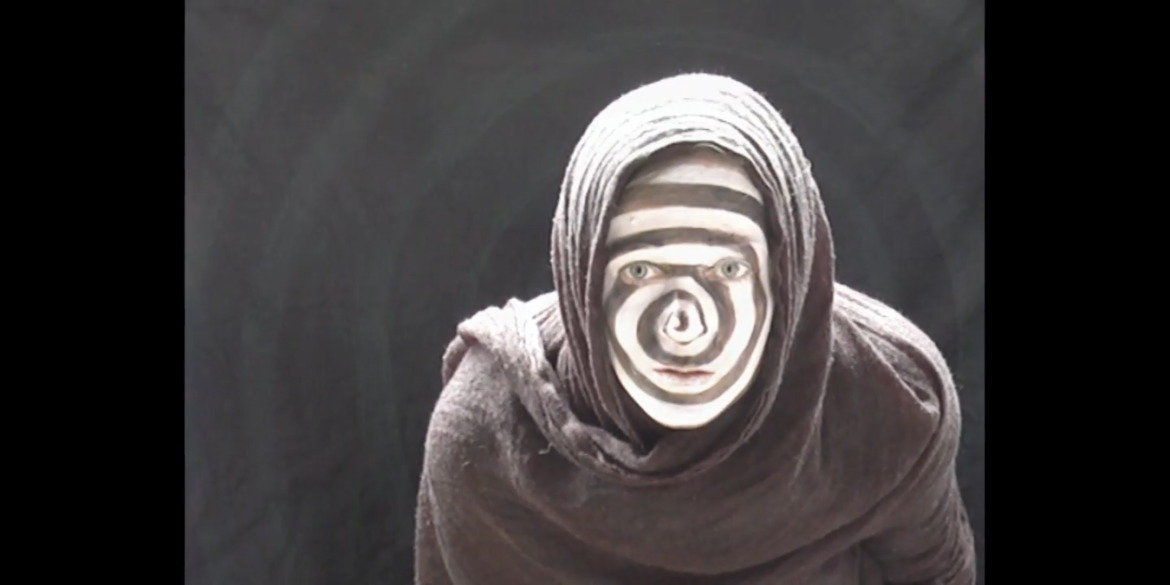
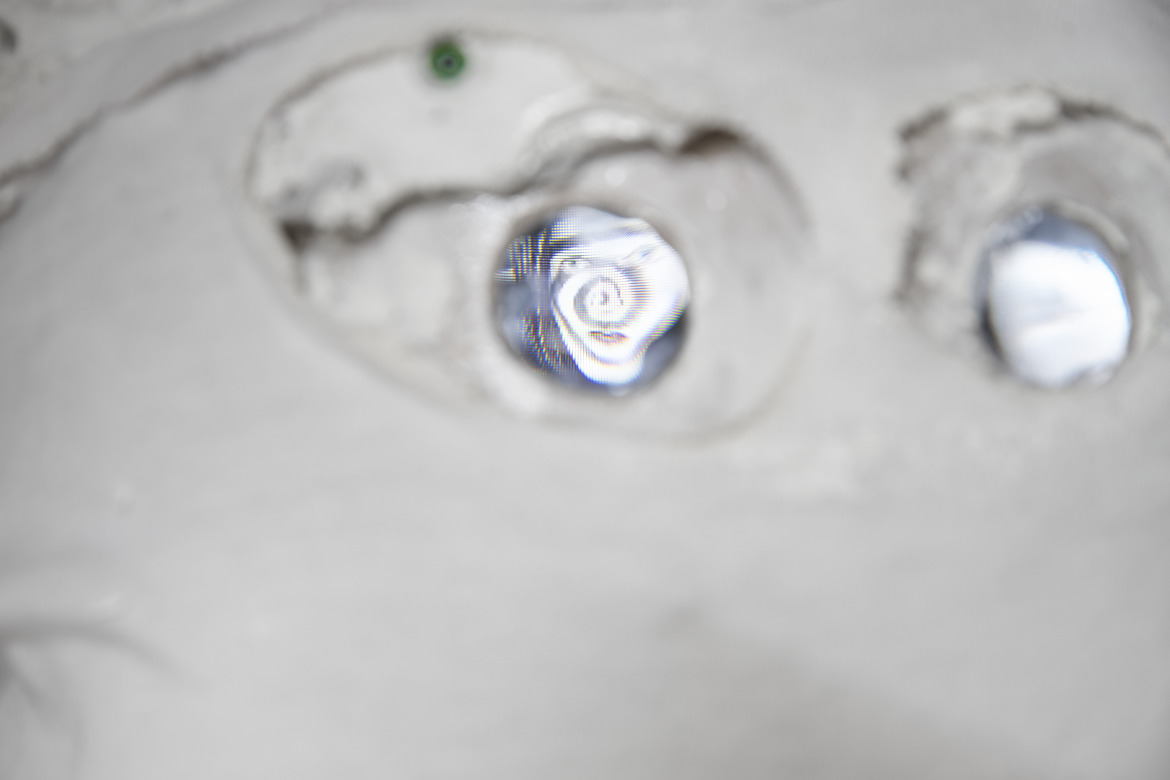
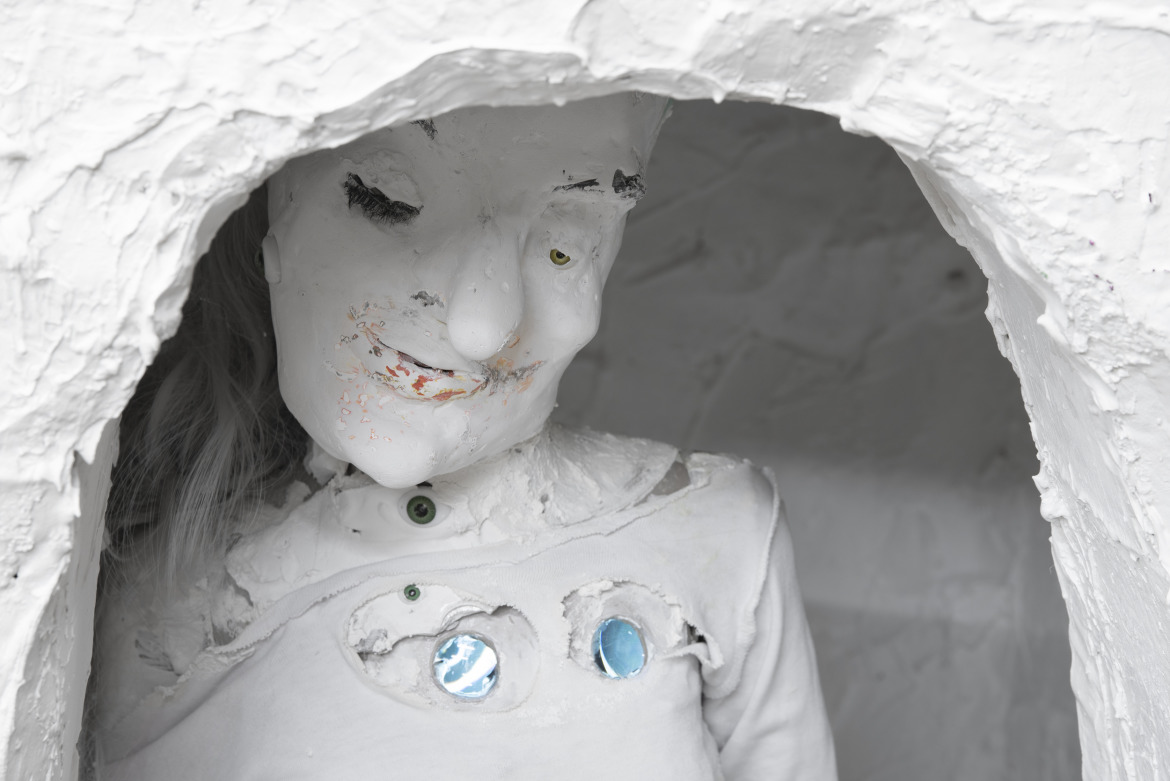
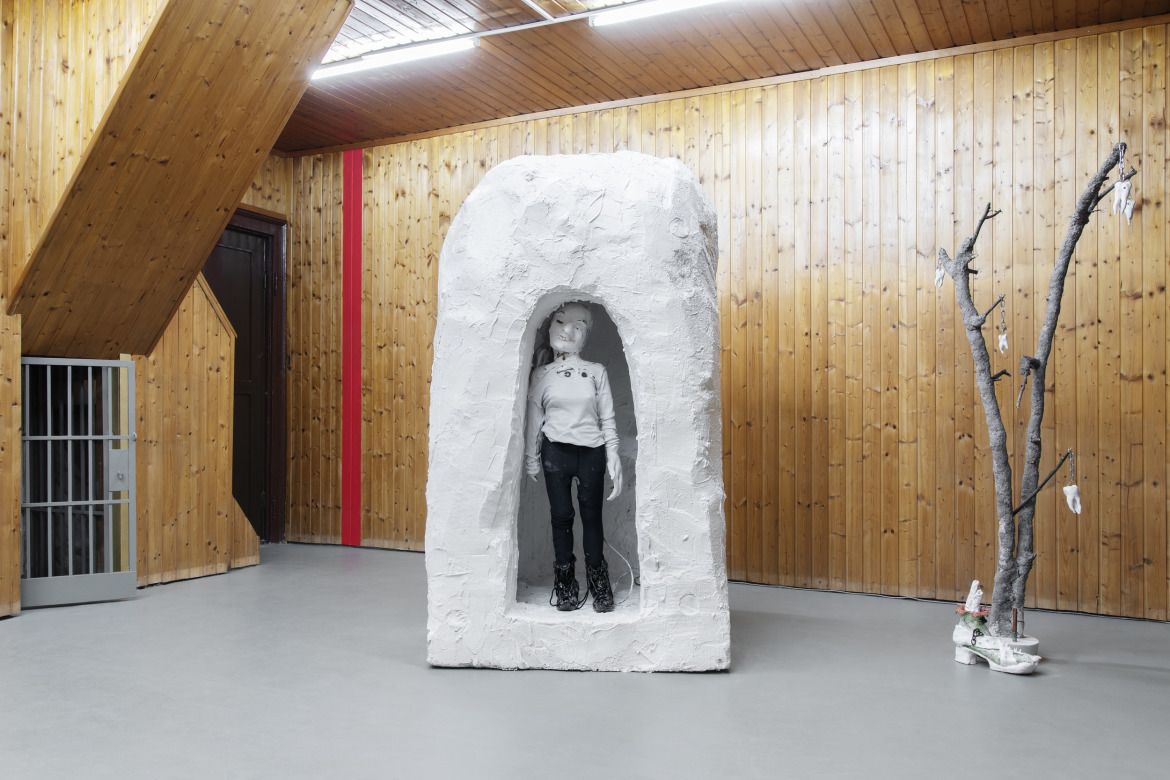

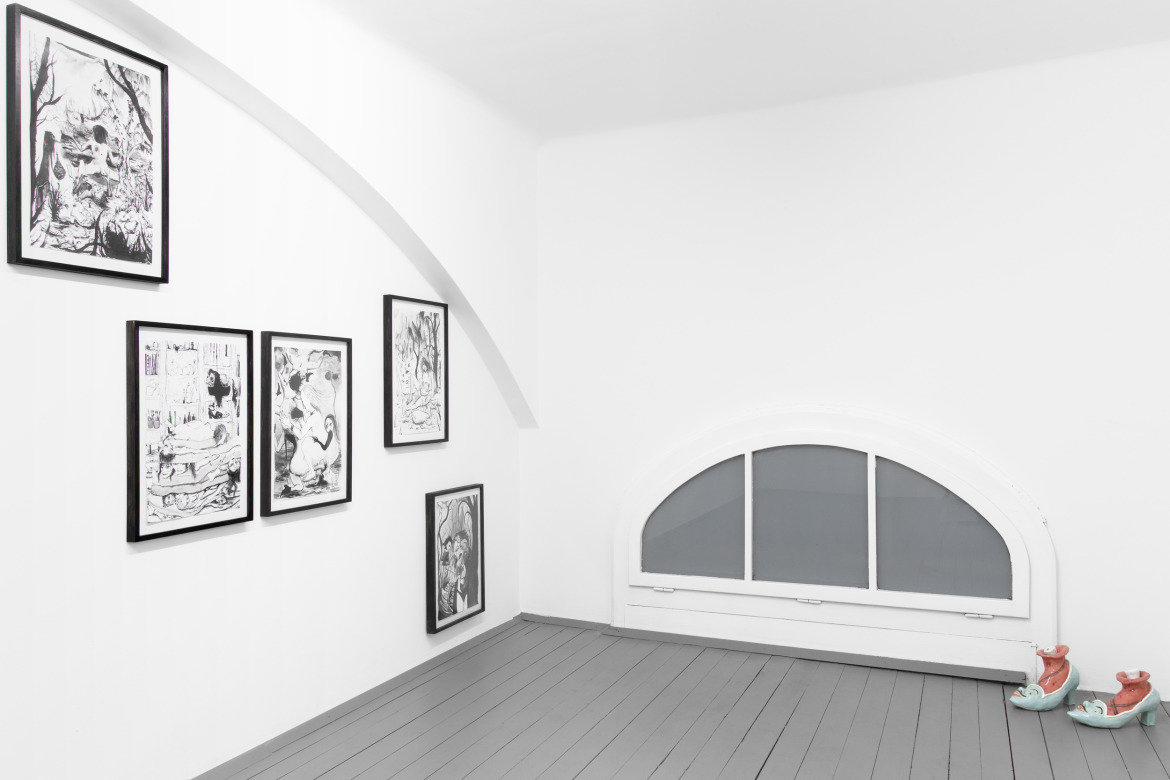
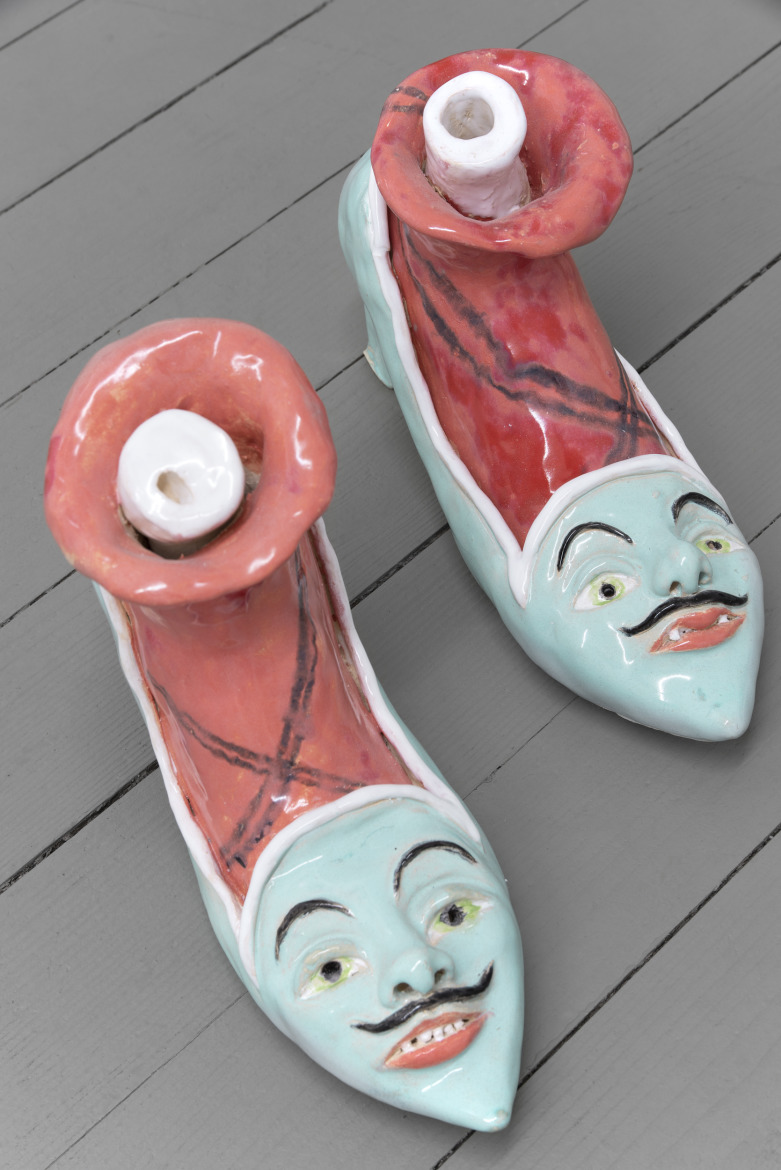
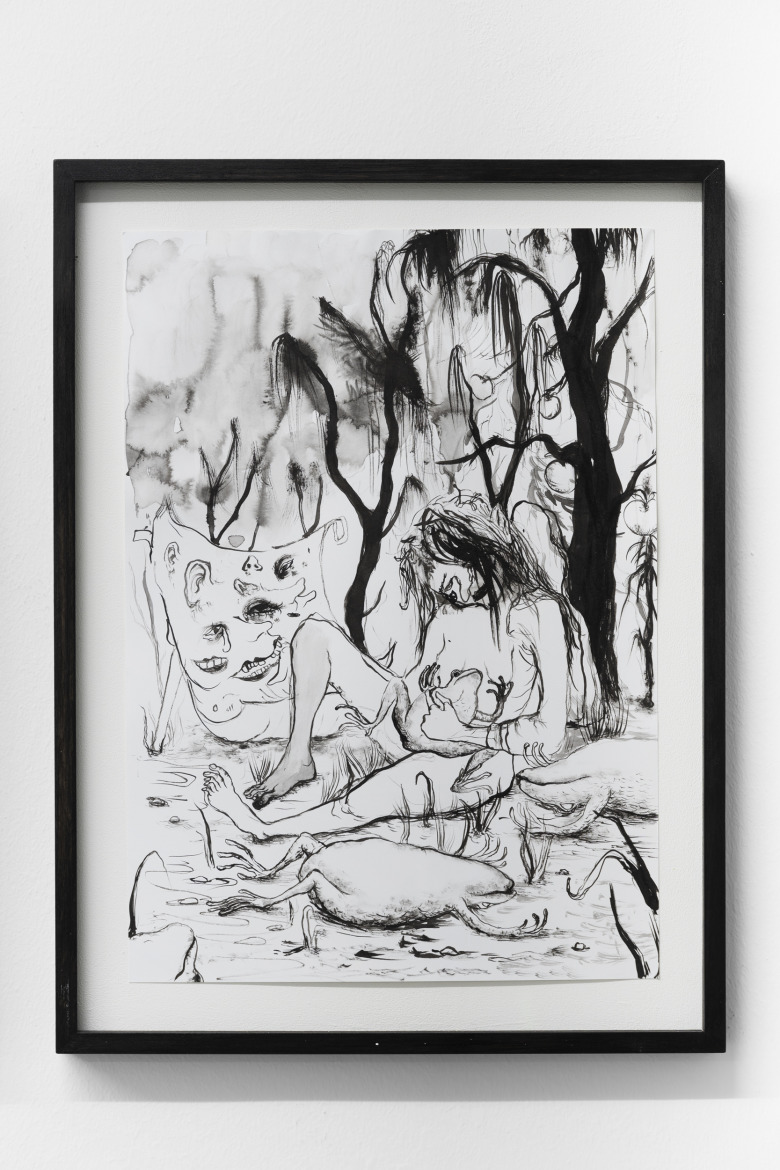
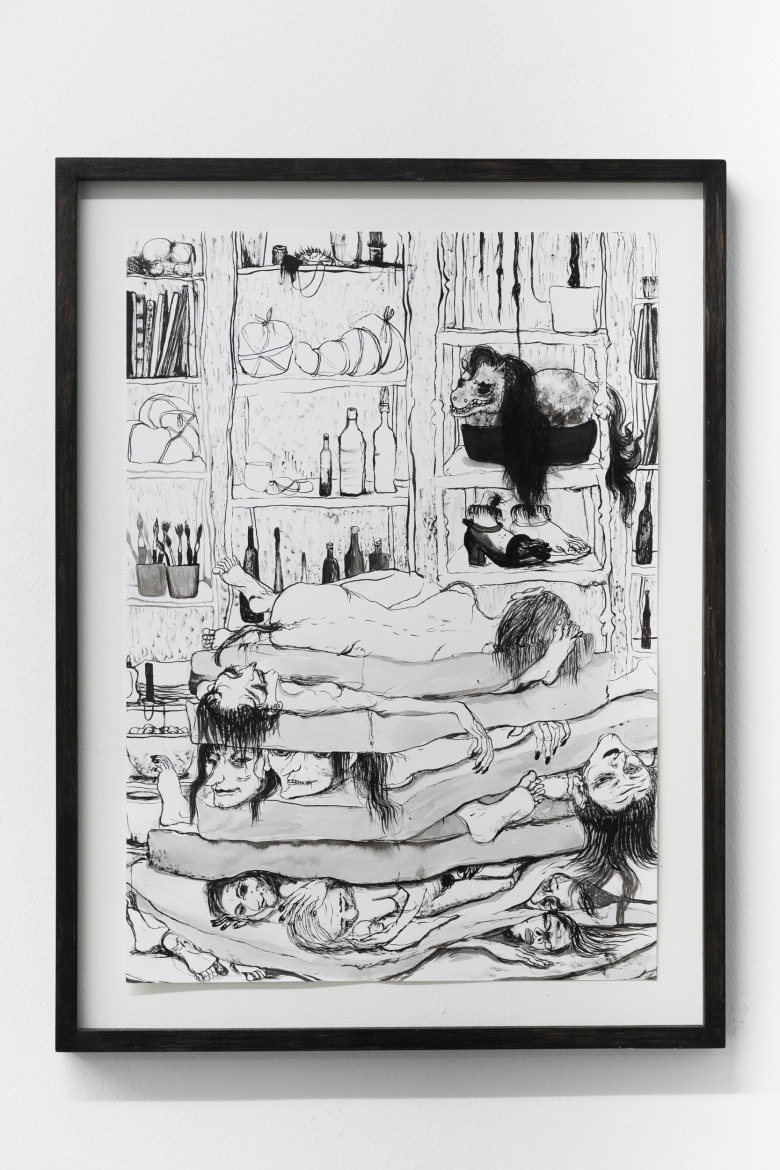
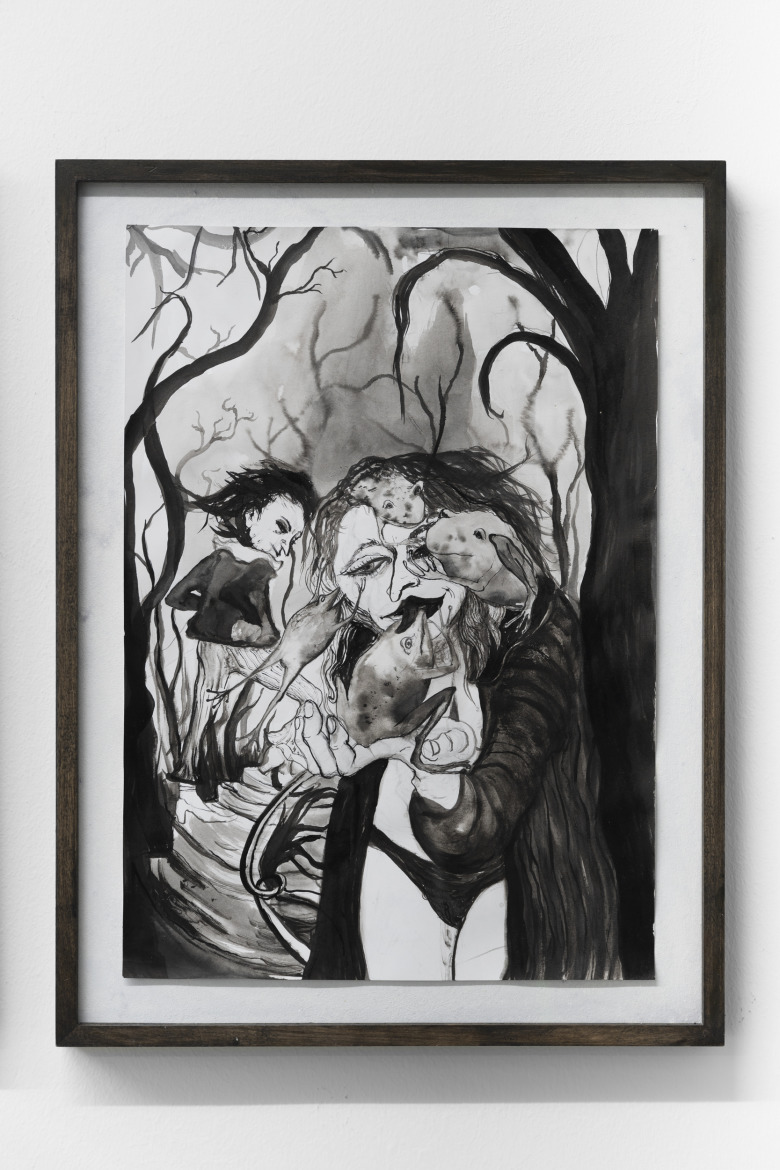
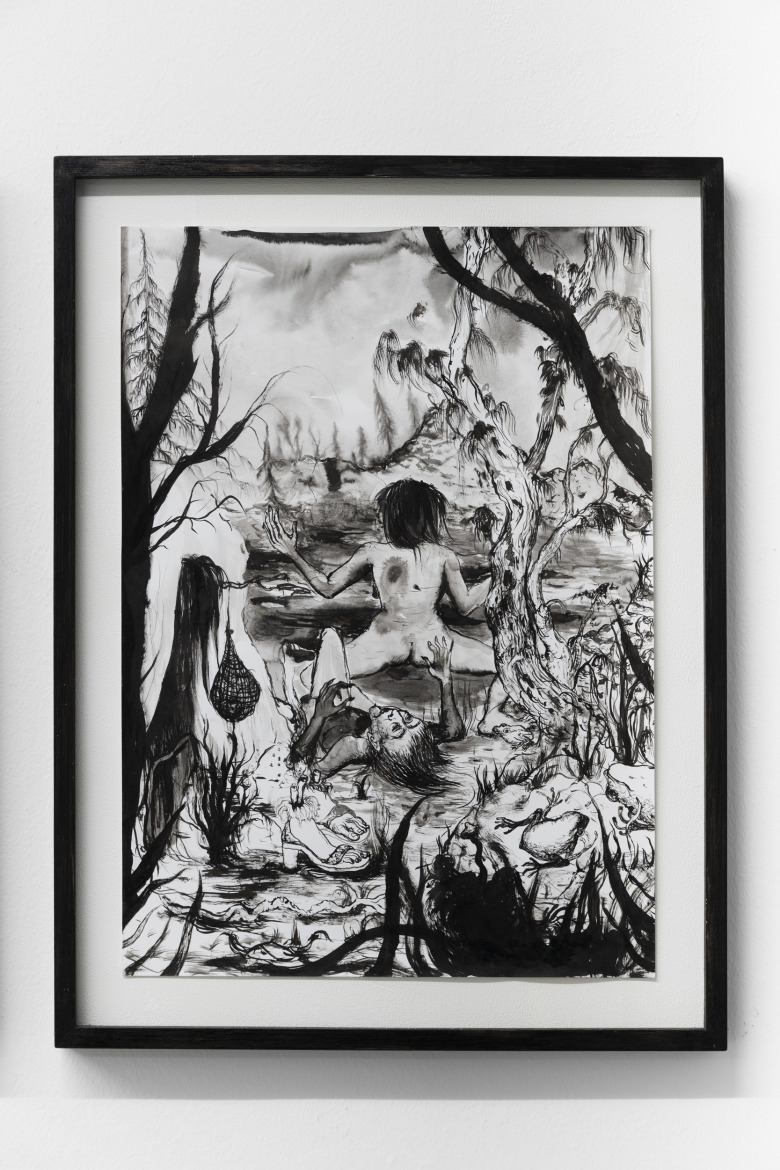
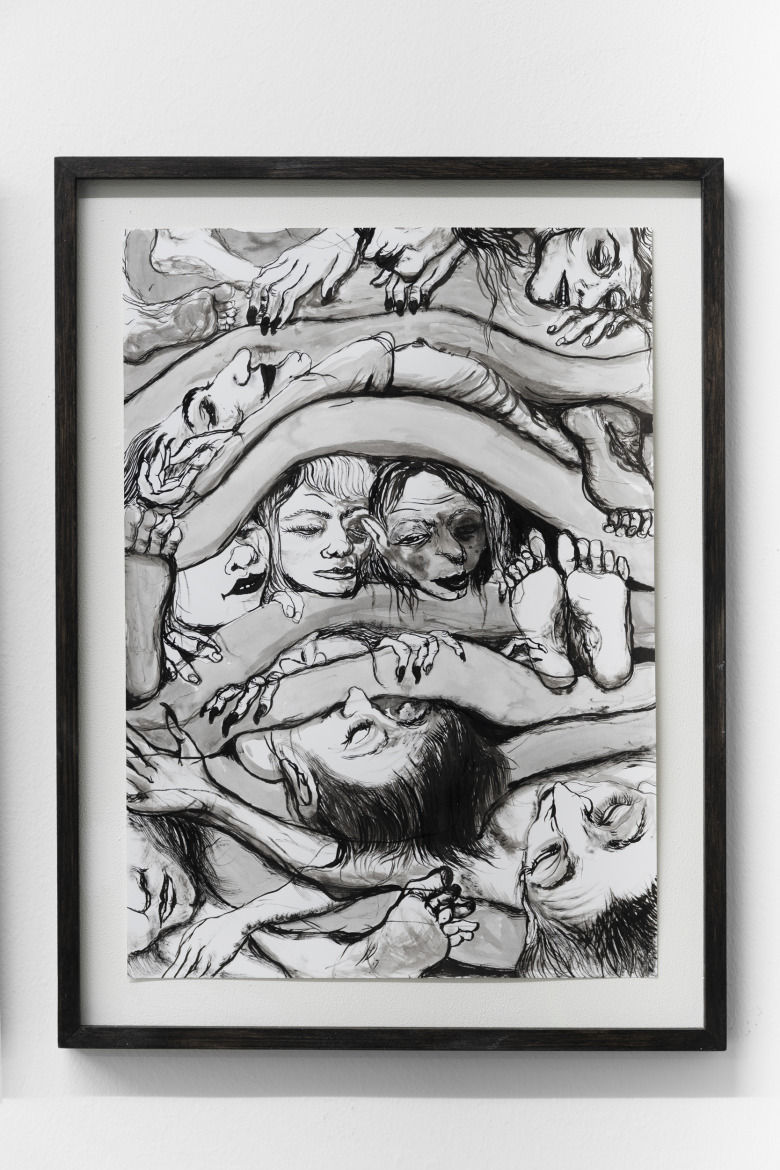
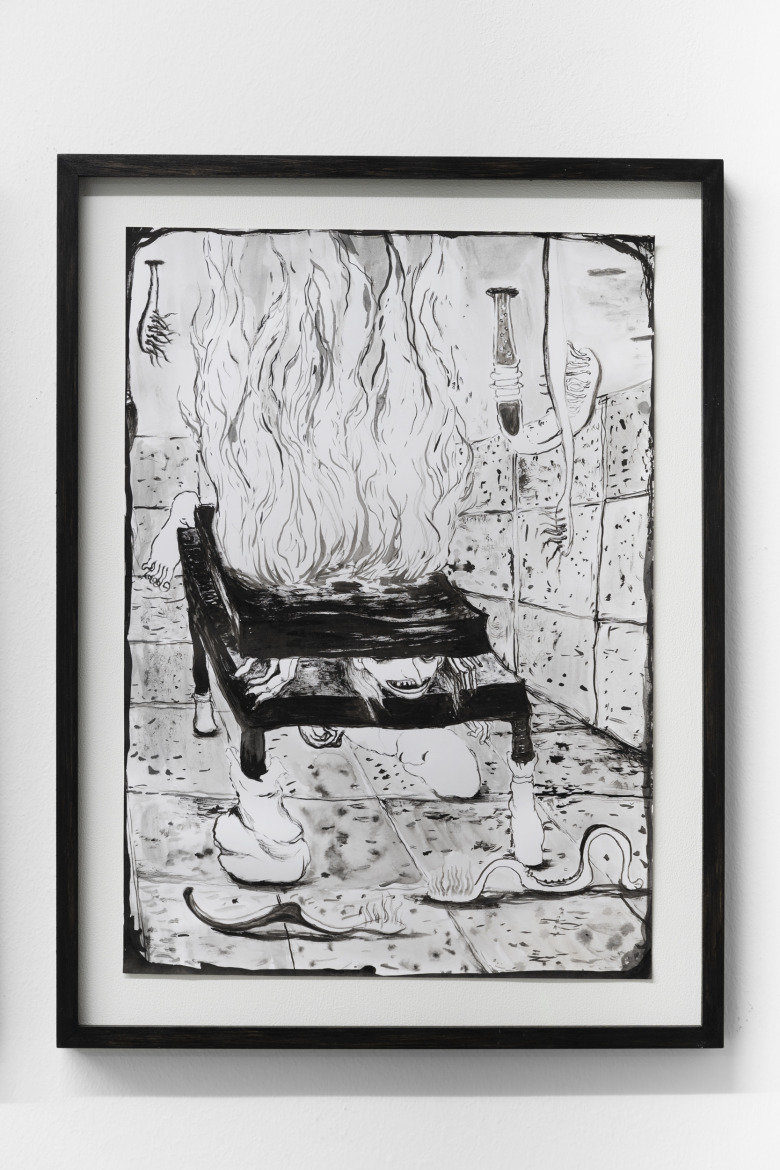
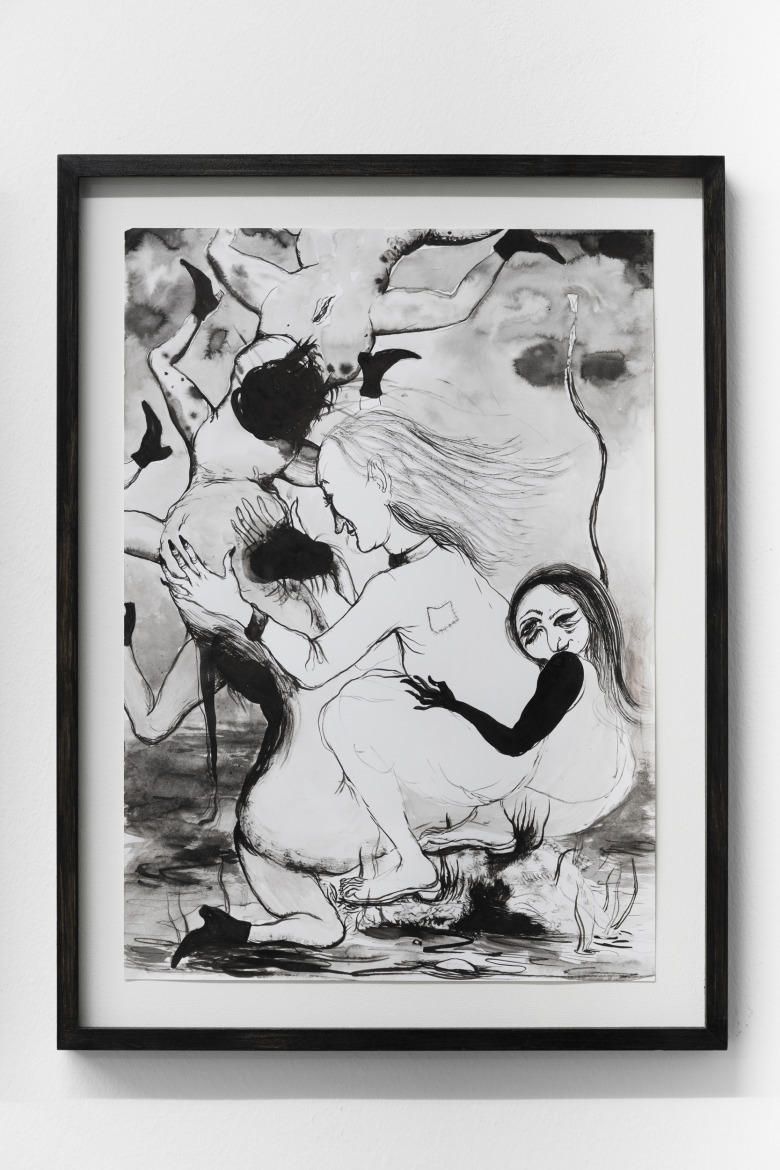



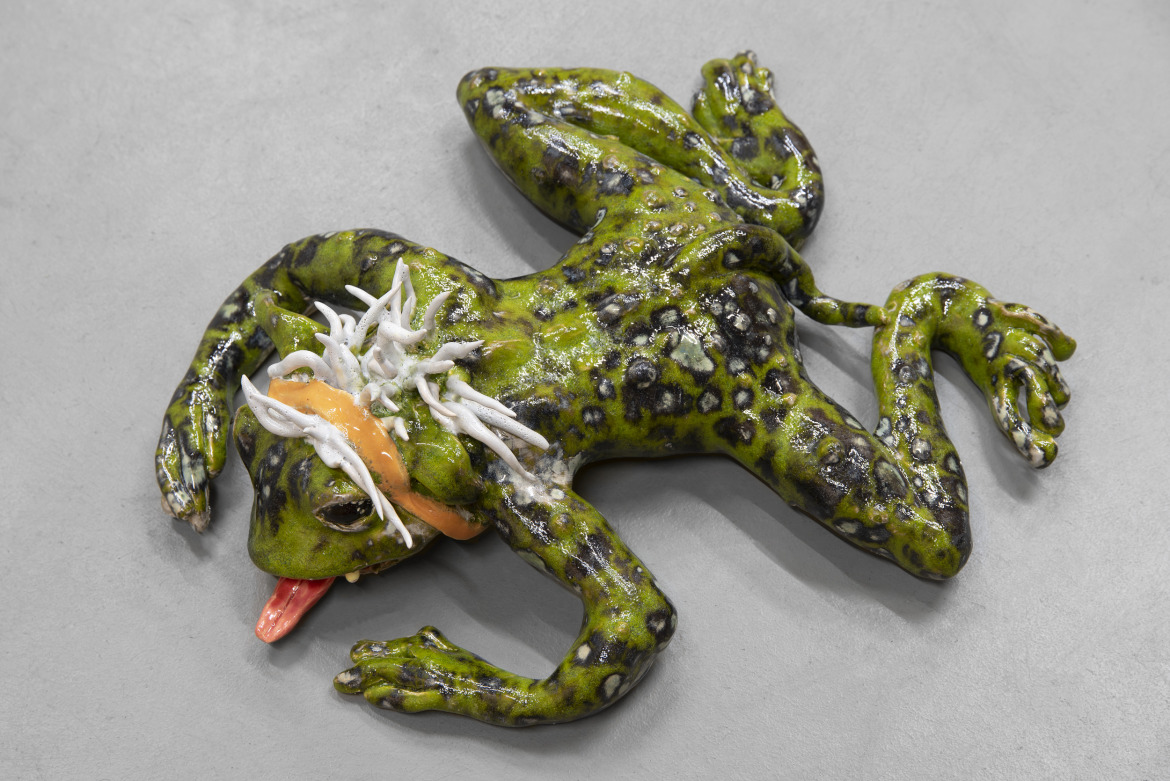
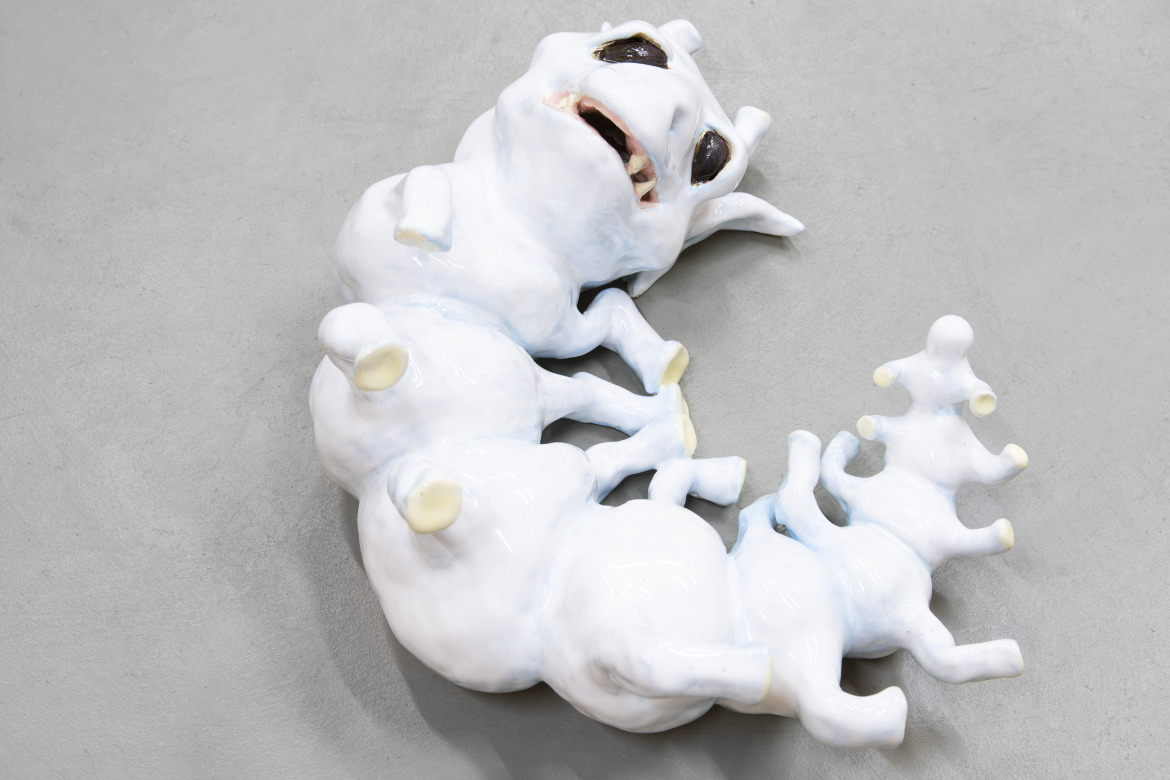
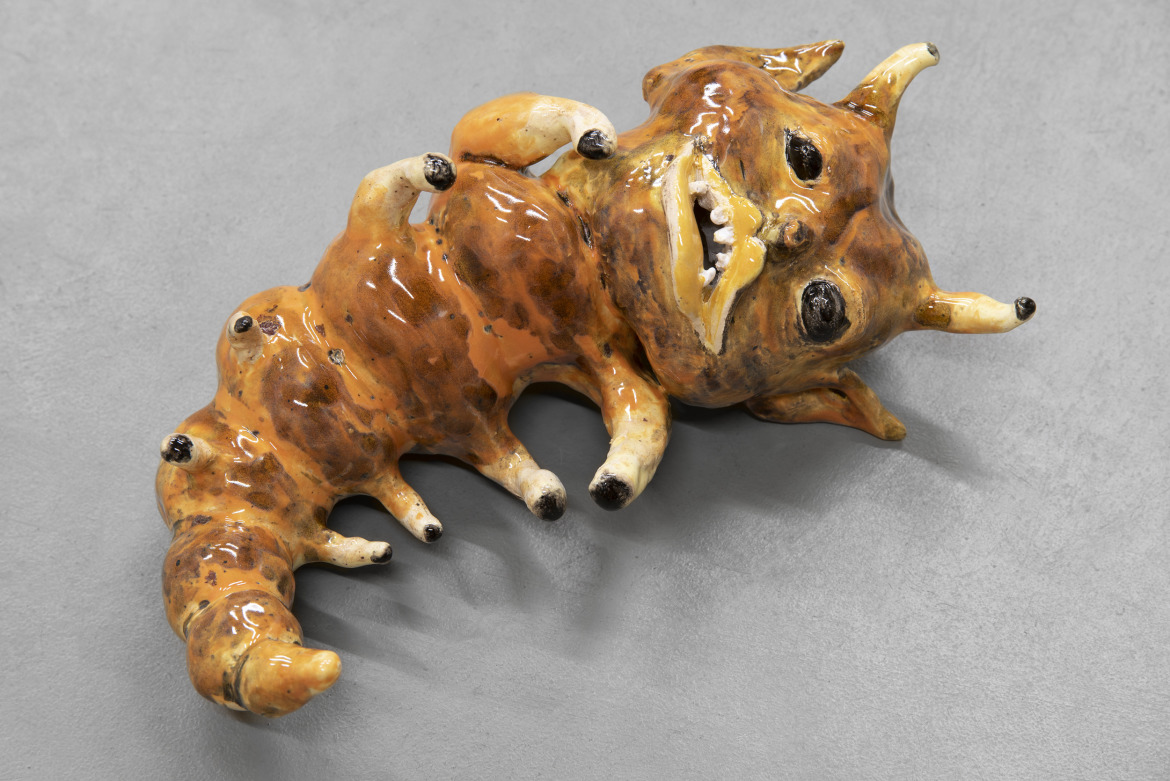
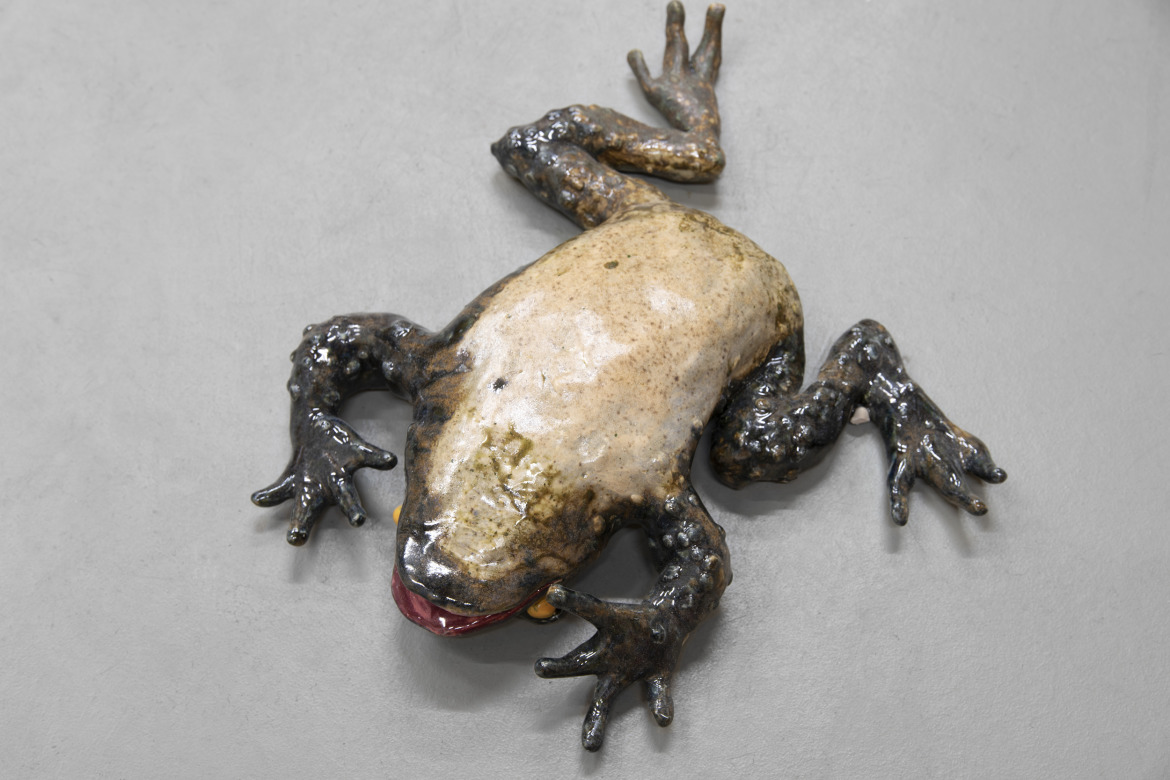
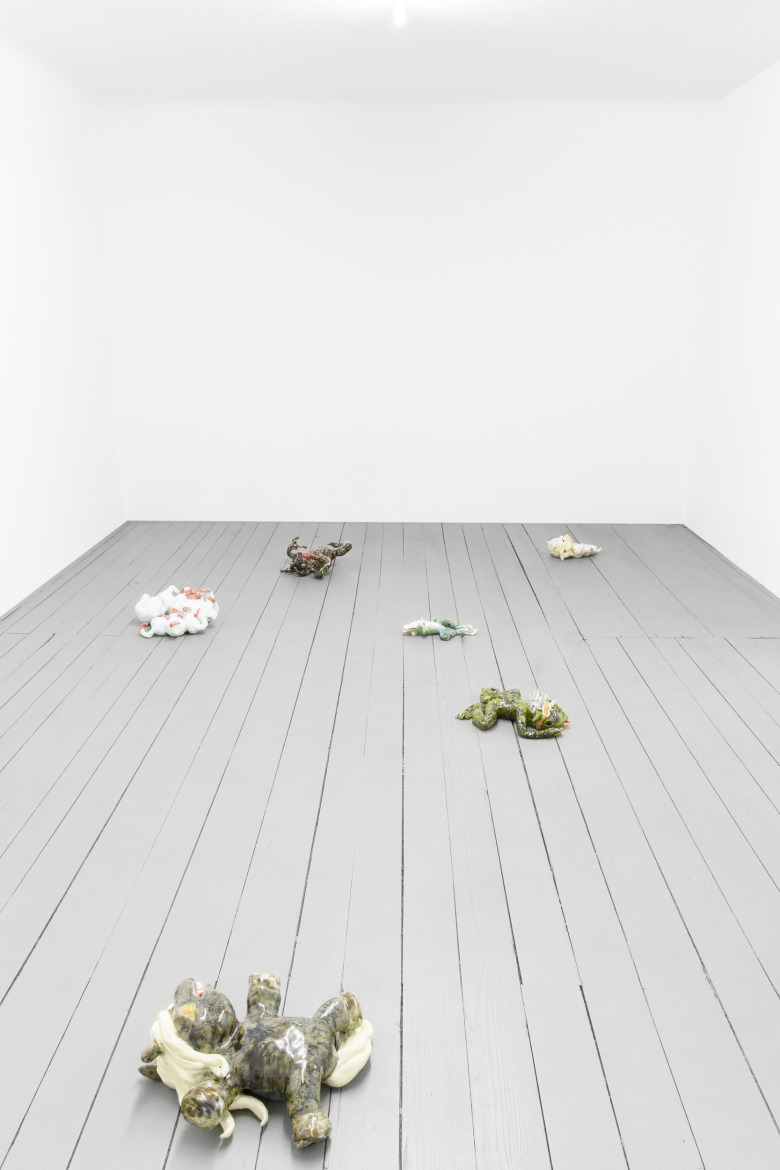

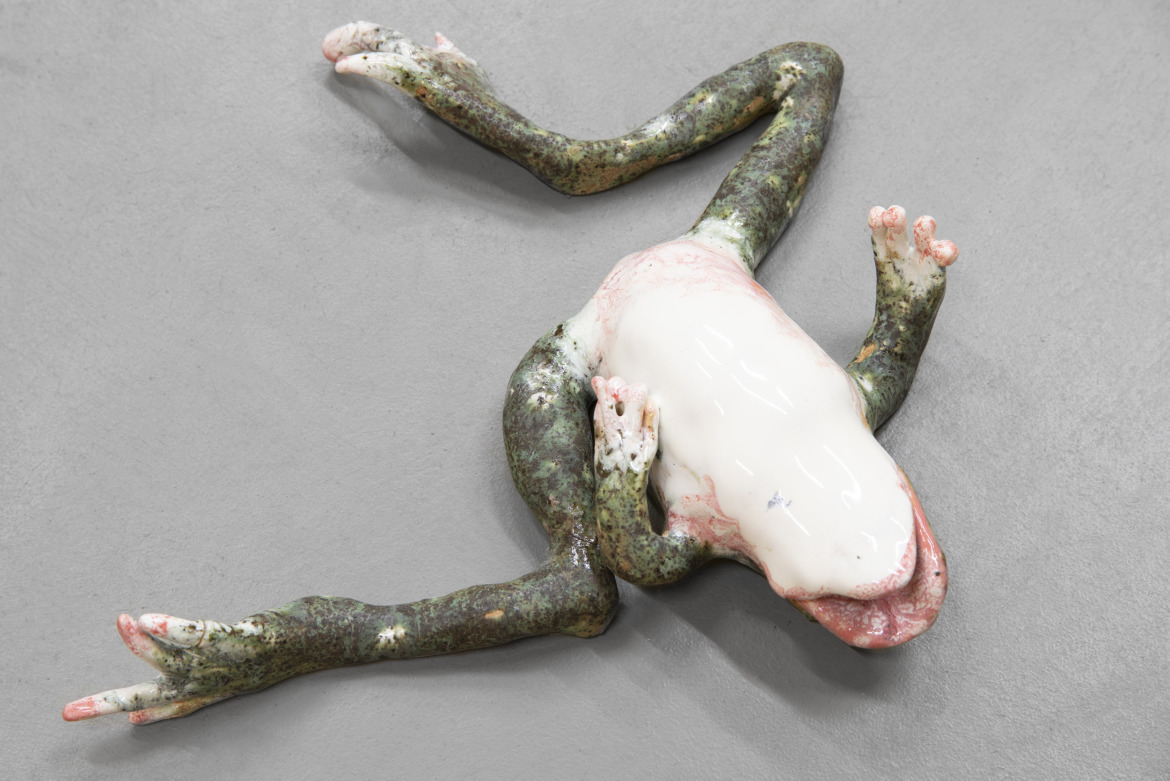
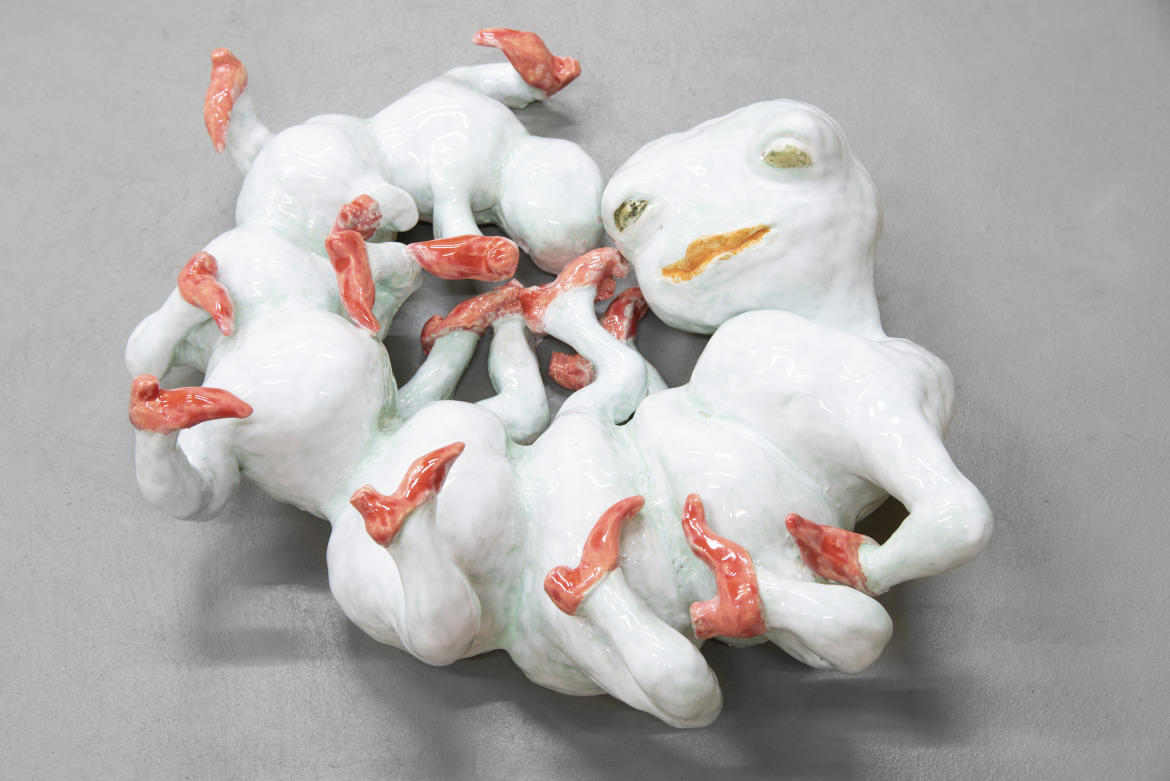
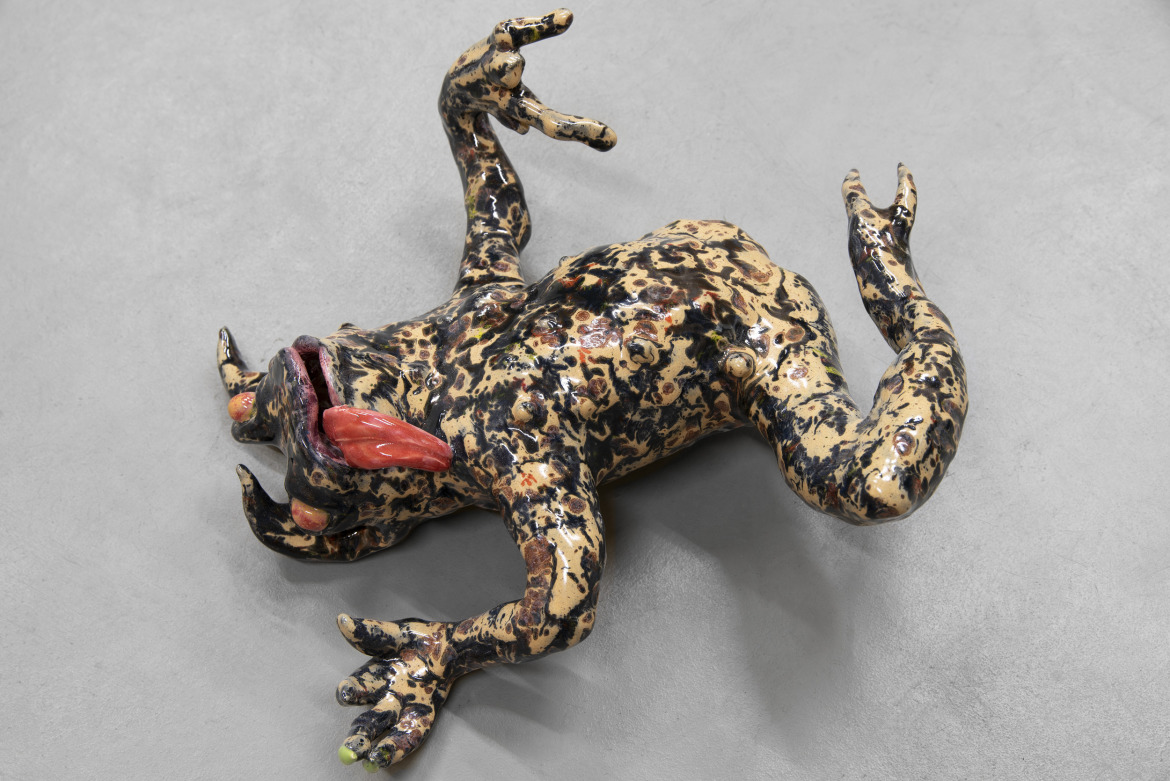

Ich sehe mir deine Tasche an
Daran denken
Es wieder vergessen und nicht gleich lachen
Lass mich bloß
Darauf warten
Nach vorne und hinten
Es war eigentlich noch gar nicht so weit
Die Haut ist aufgerissen, meine Beine jucken
Dein Kopf ist voll mit Kindergartenläusen
Ich muss dich kratzen
Die weißen Dinger aus deinem Haar sammeln
sie springen umher und wir tanzen in der Küche
Das Licht ist aus
natürlich
Wir tanzen mit den Läusen und es riecht nach Spülmittel
Du wartest auf einen Anruf
Ich trinke deinen Kaffee und mir ist schlecht von gestern
Eins, zwei – es gibt dich nicht
Nur das Toilettenpapier nicht vergessen
Wo sollen jetzt die Gäste schlafen da ich hier bin?
Sauer wird die Milch nun auch nicht mehr
Zusammen können wir mehr essen, mehr trinken
Und die Toilette öfter benutzen
FEATURES
→Artmirror
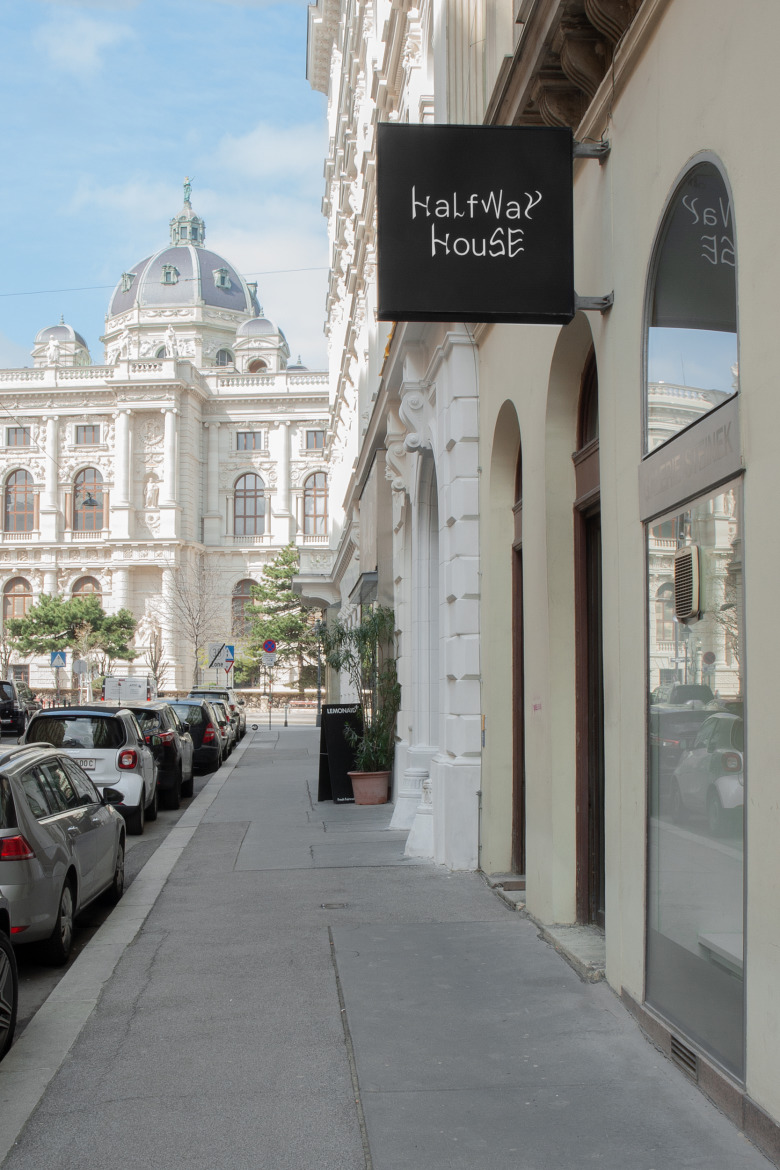
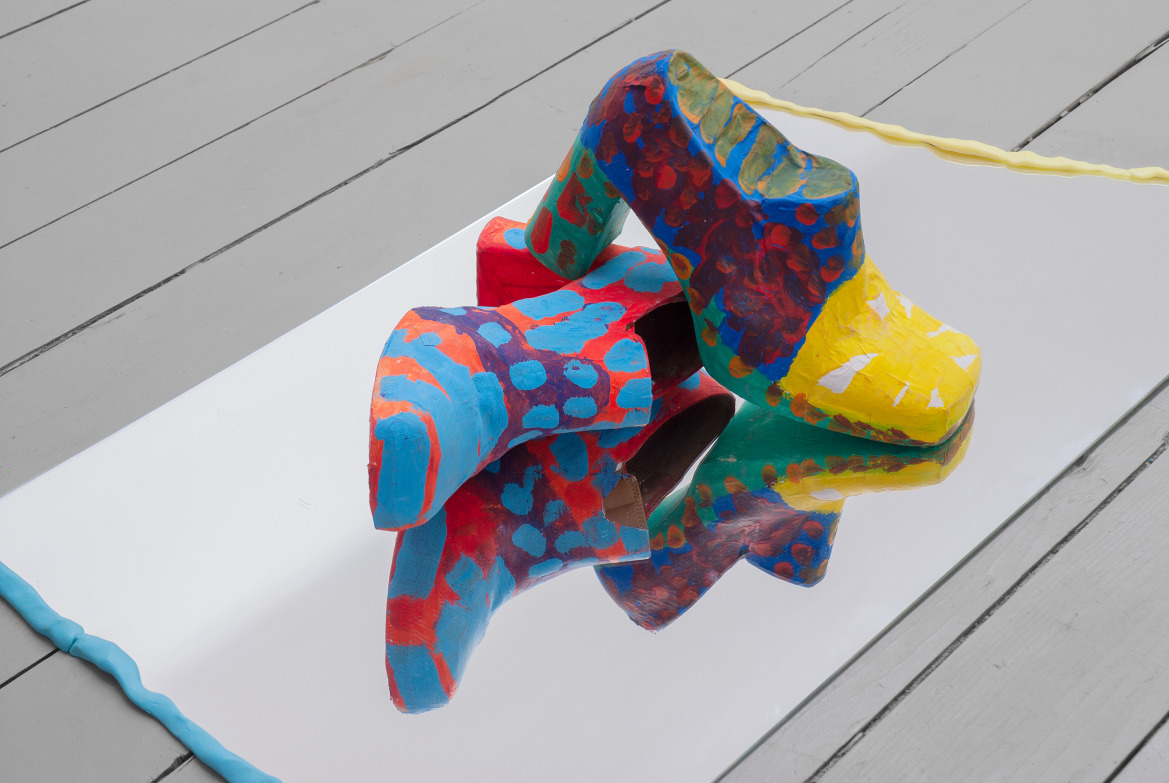
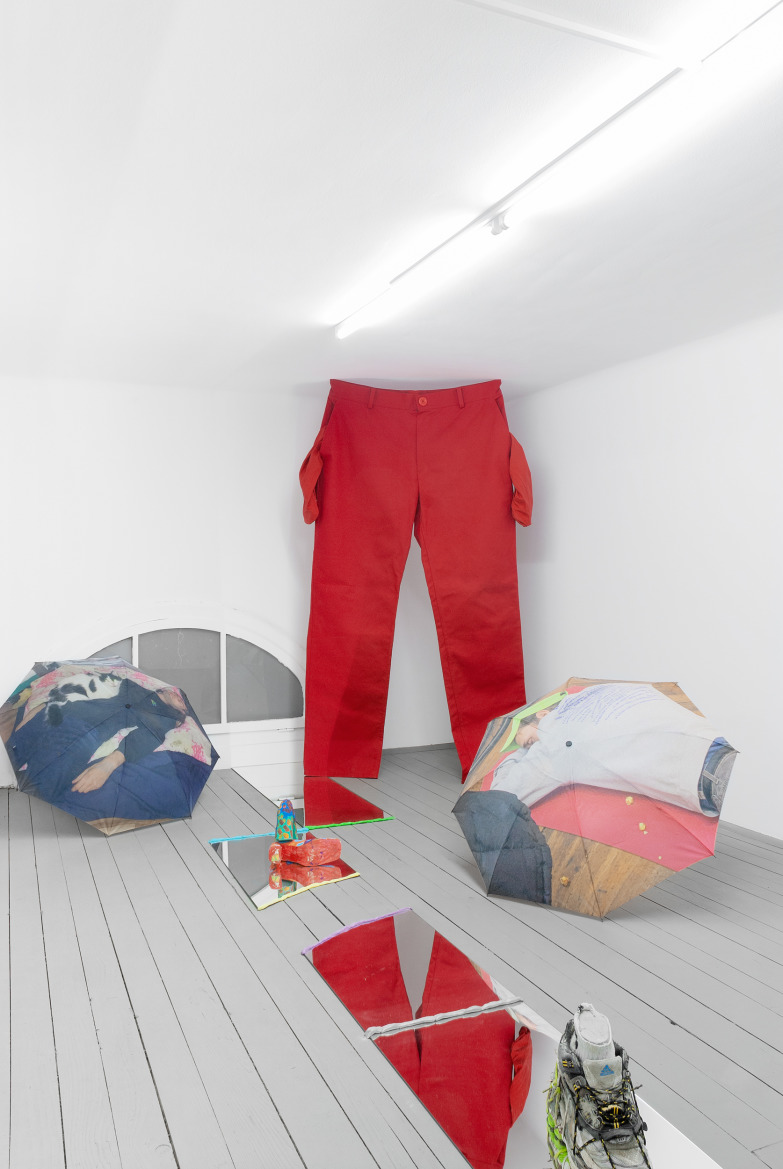
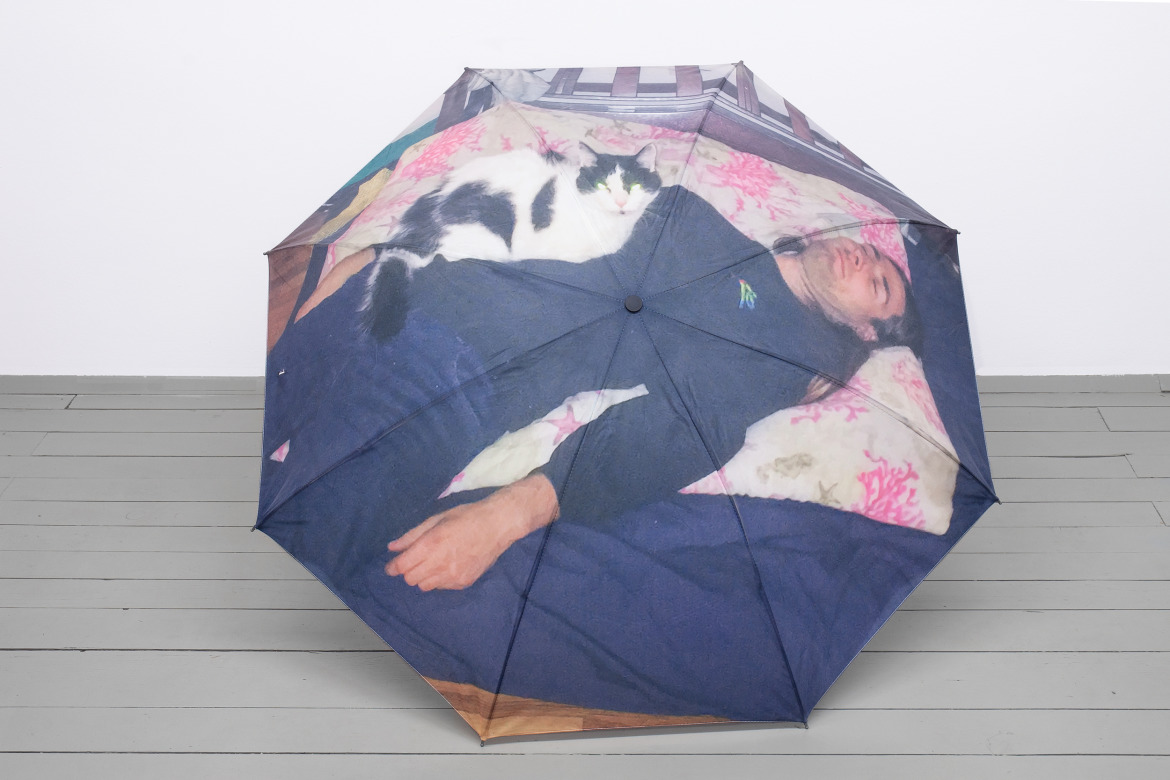

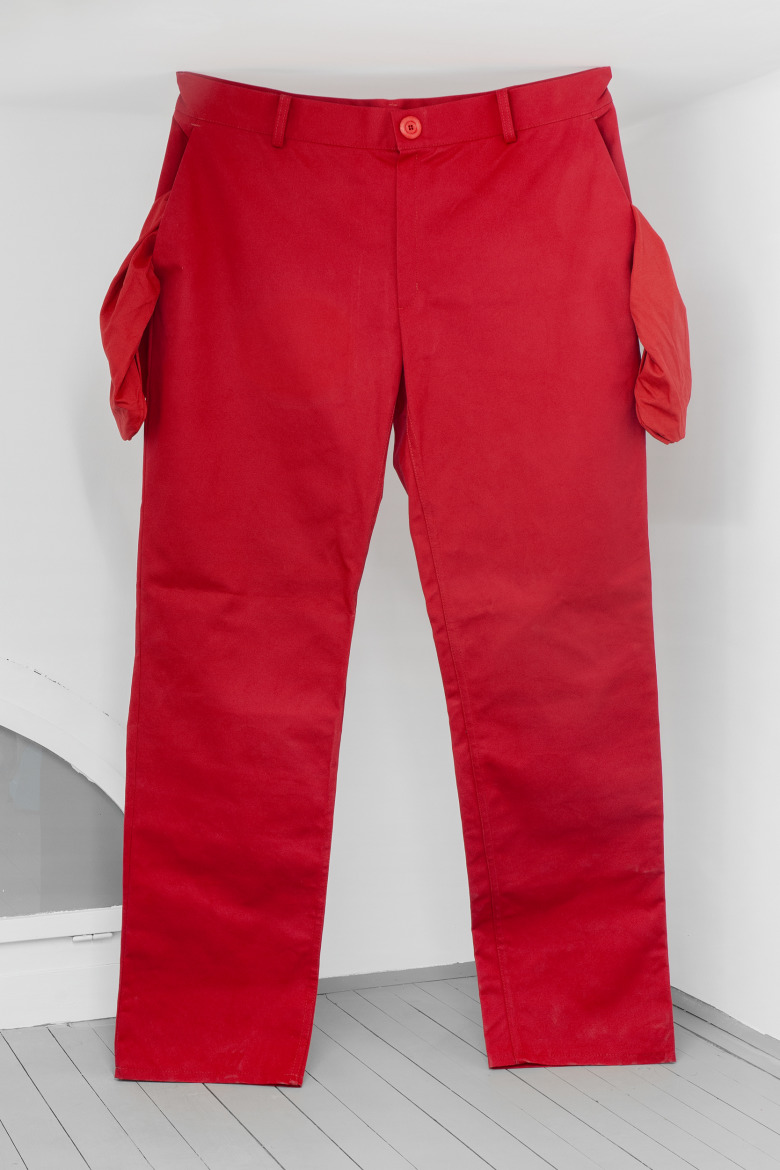


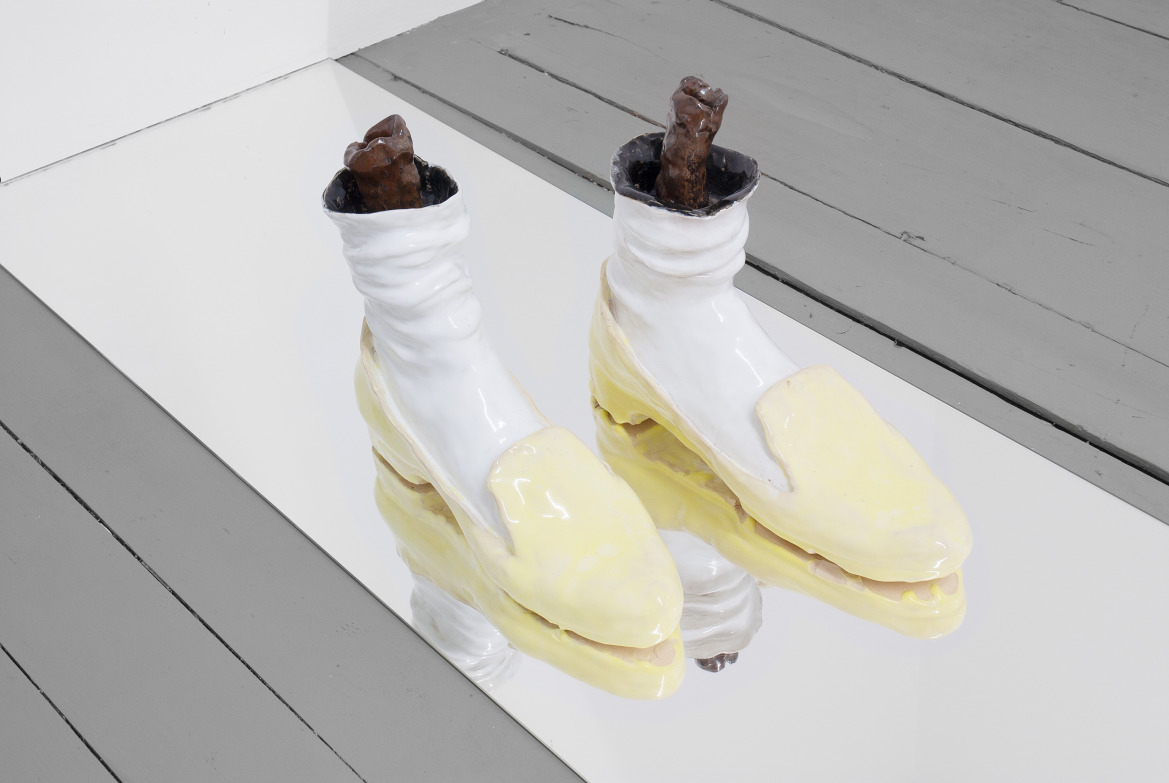
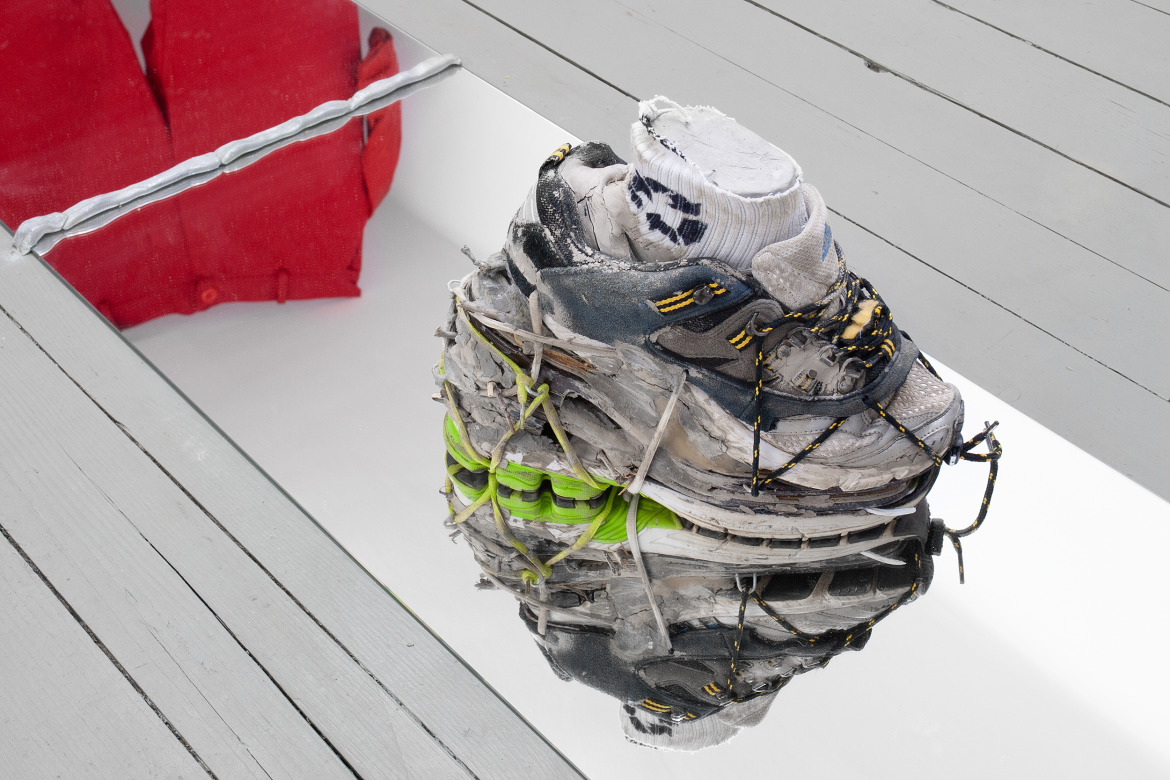

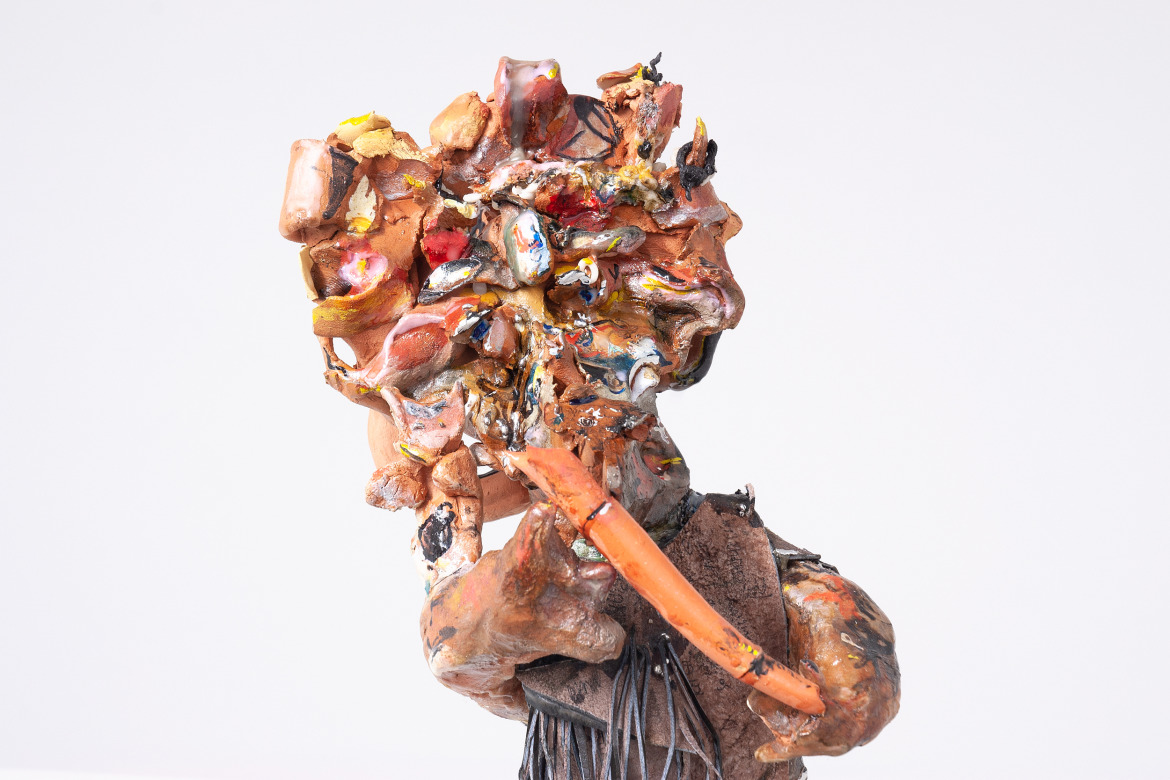
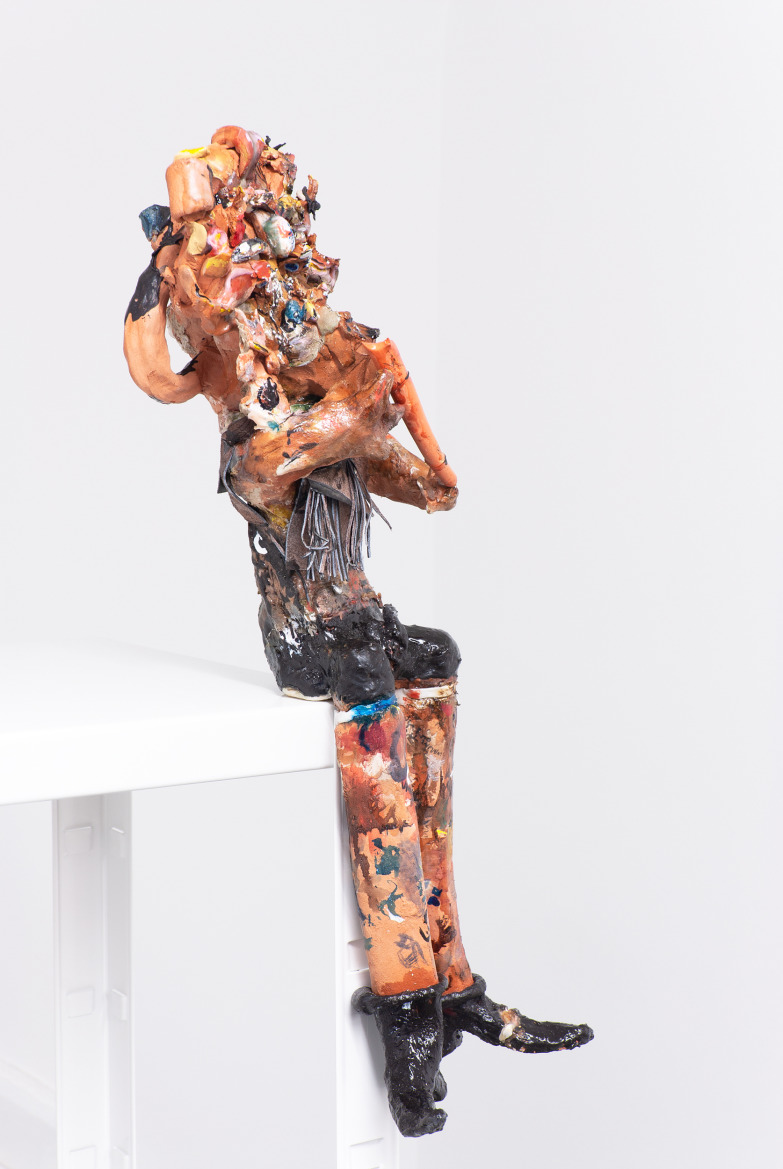

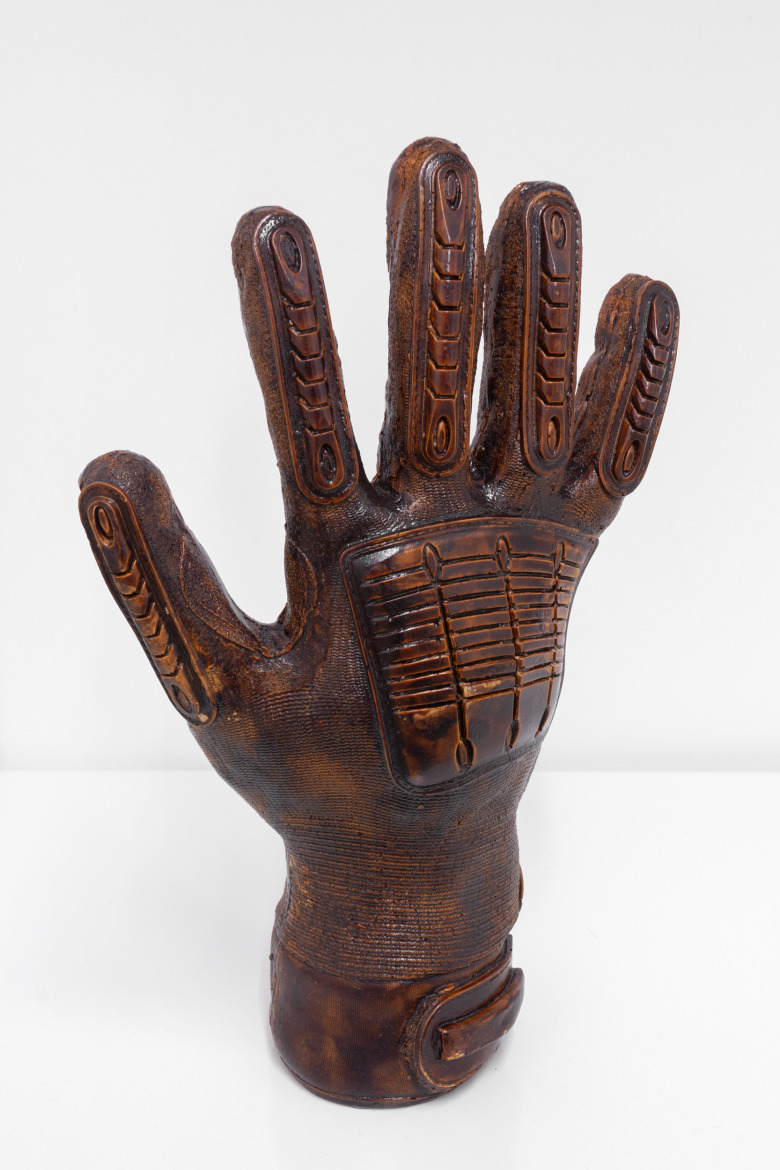
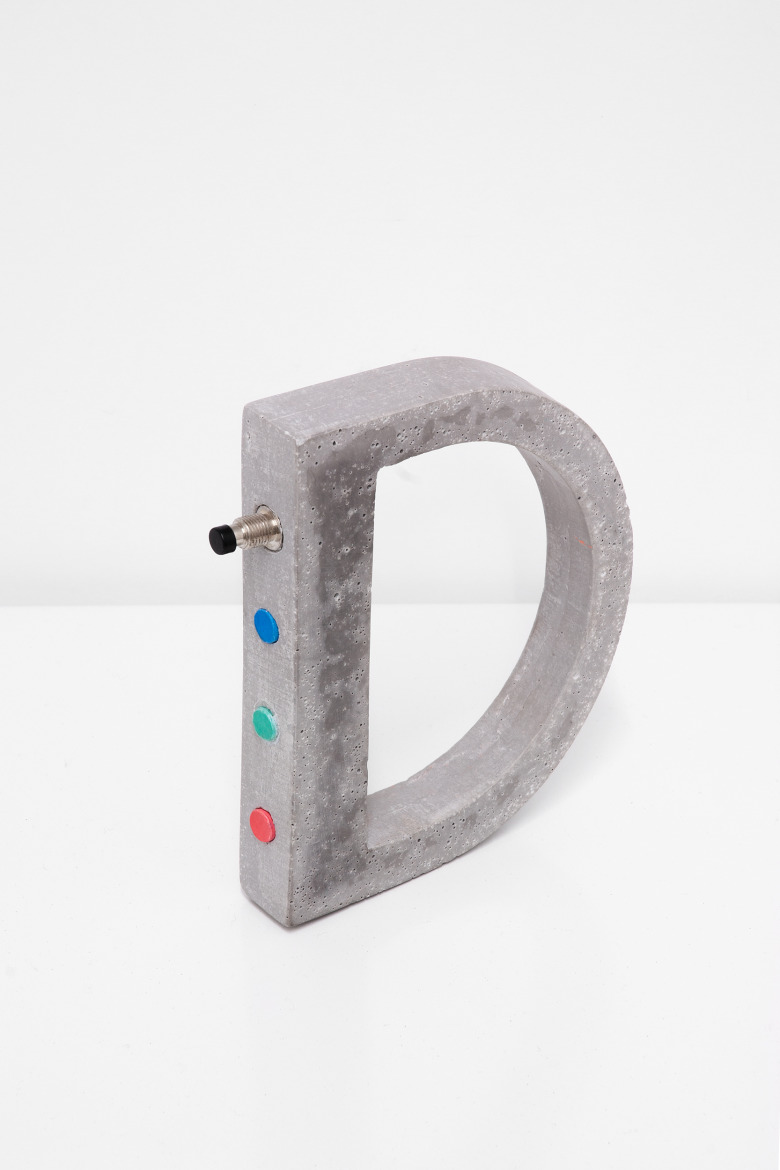
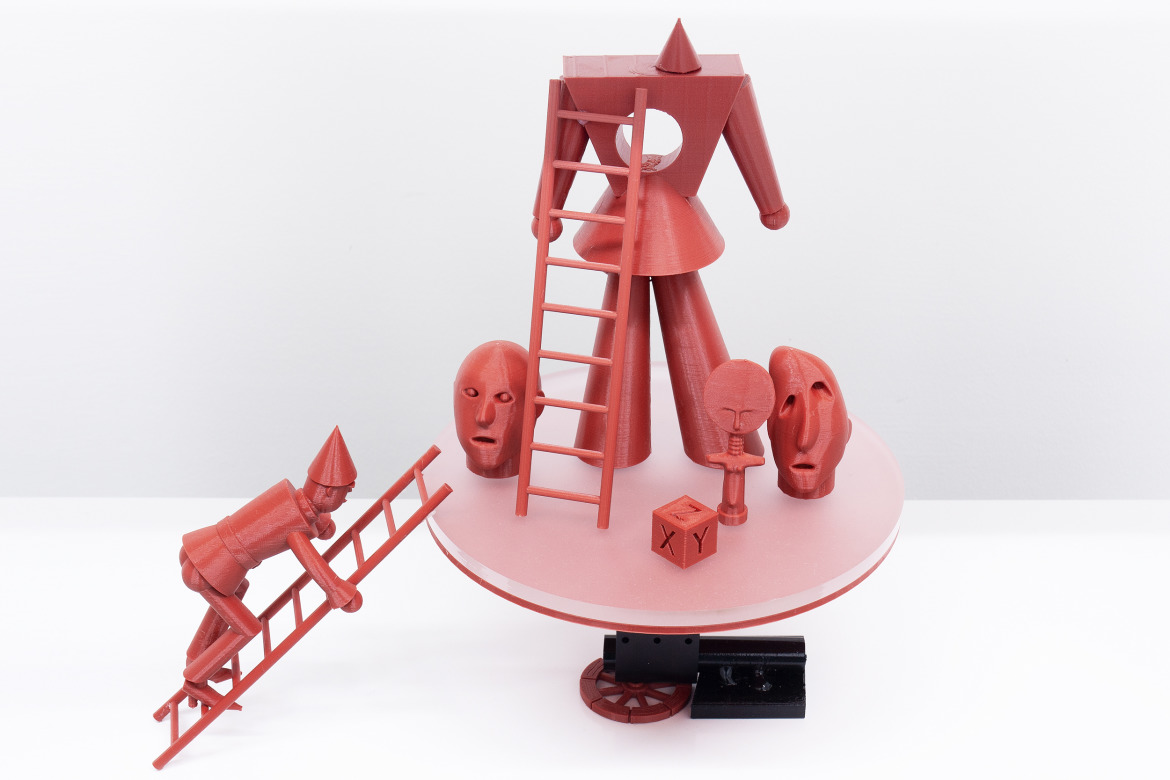
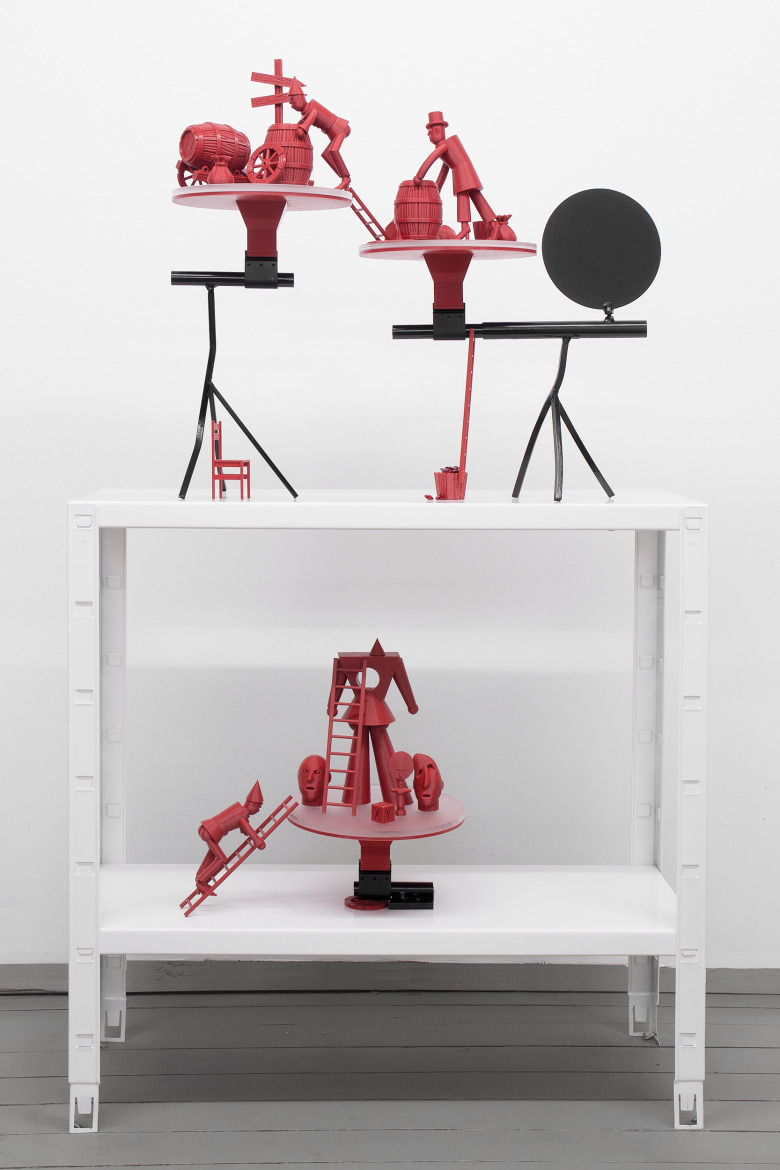


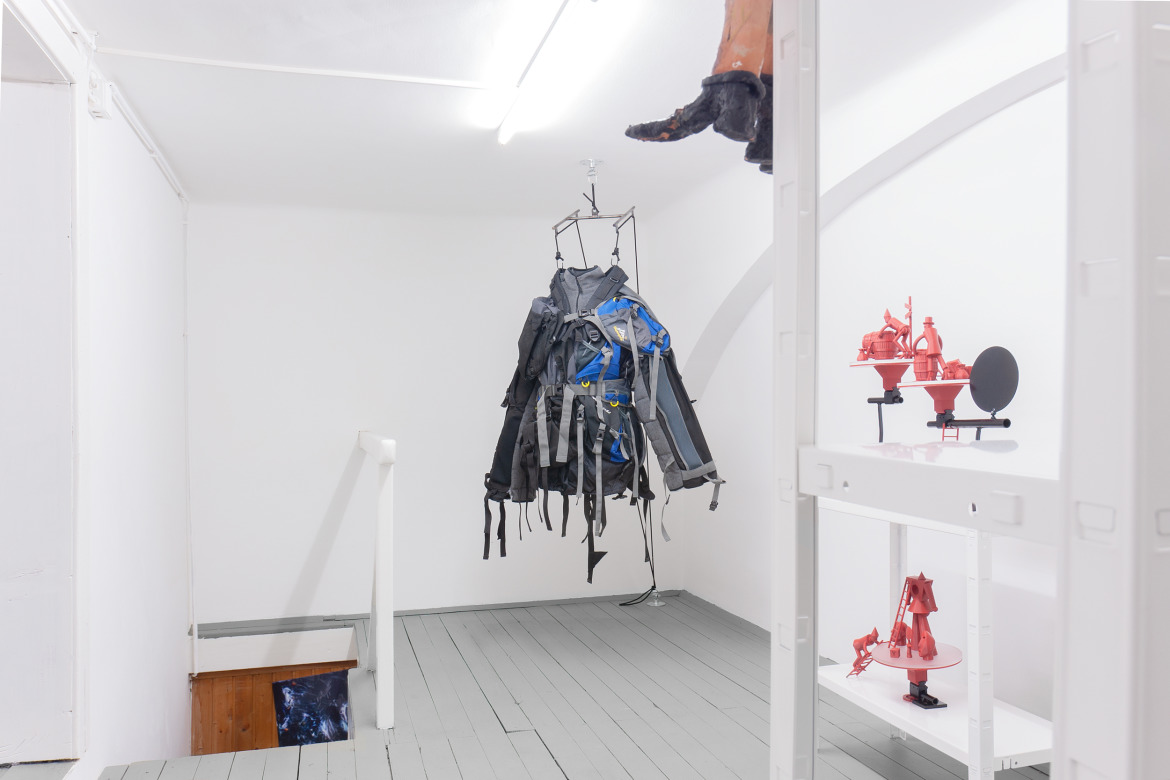
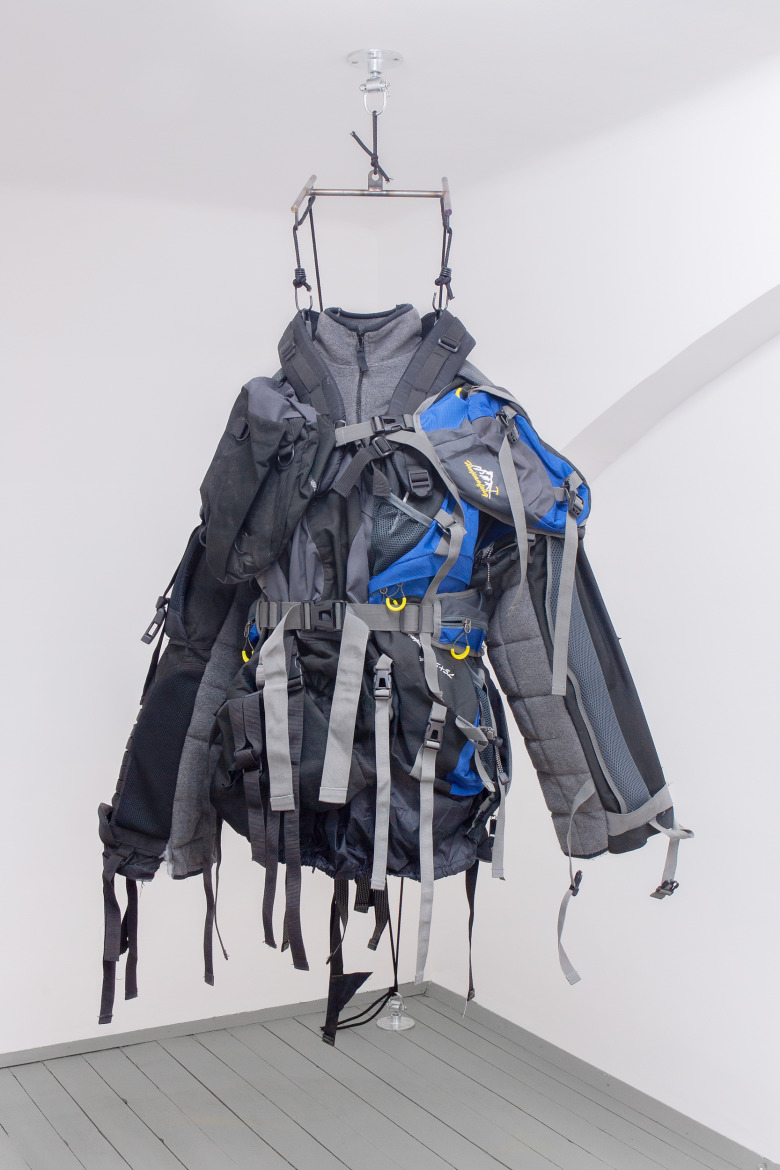
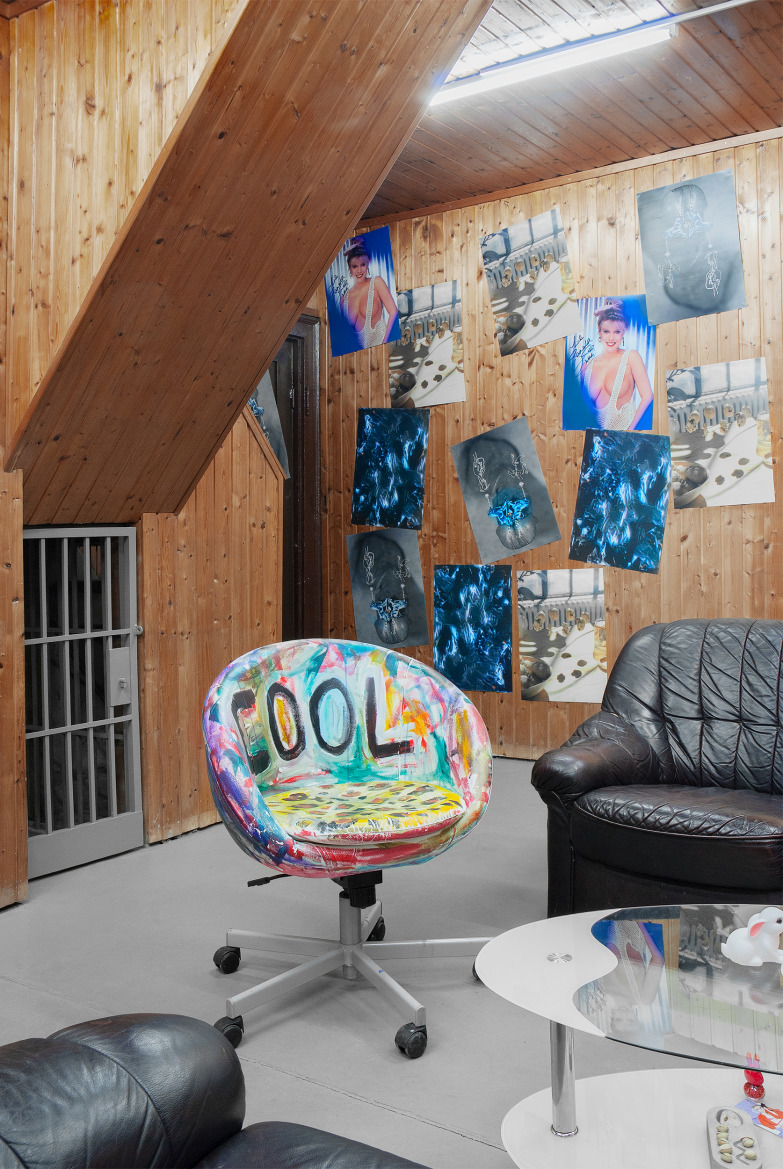

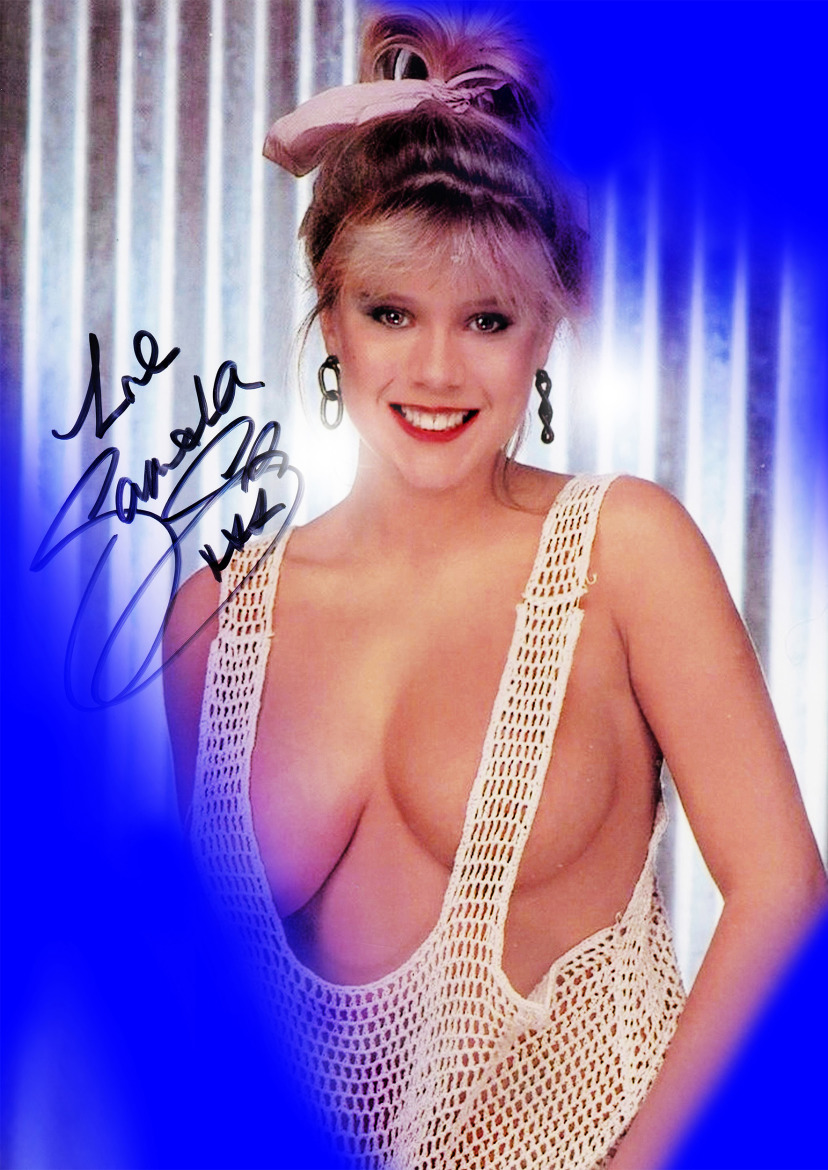
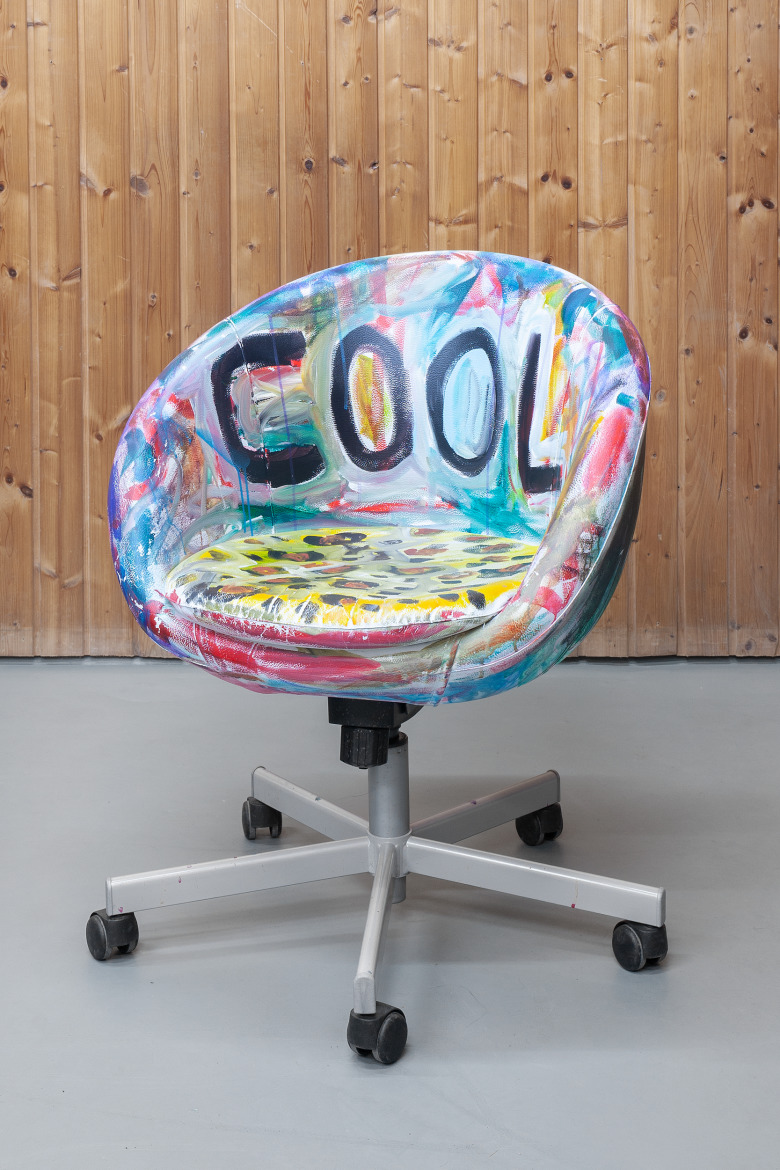
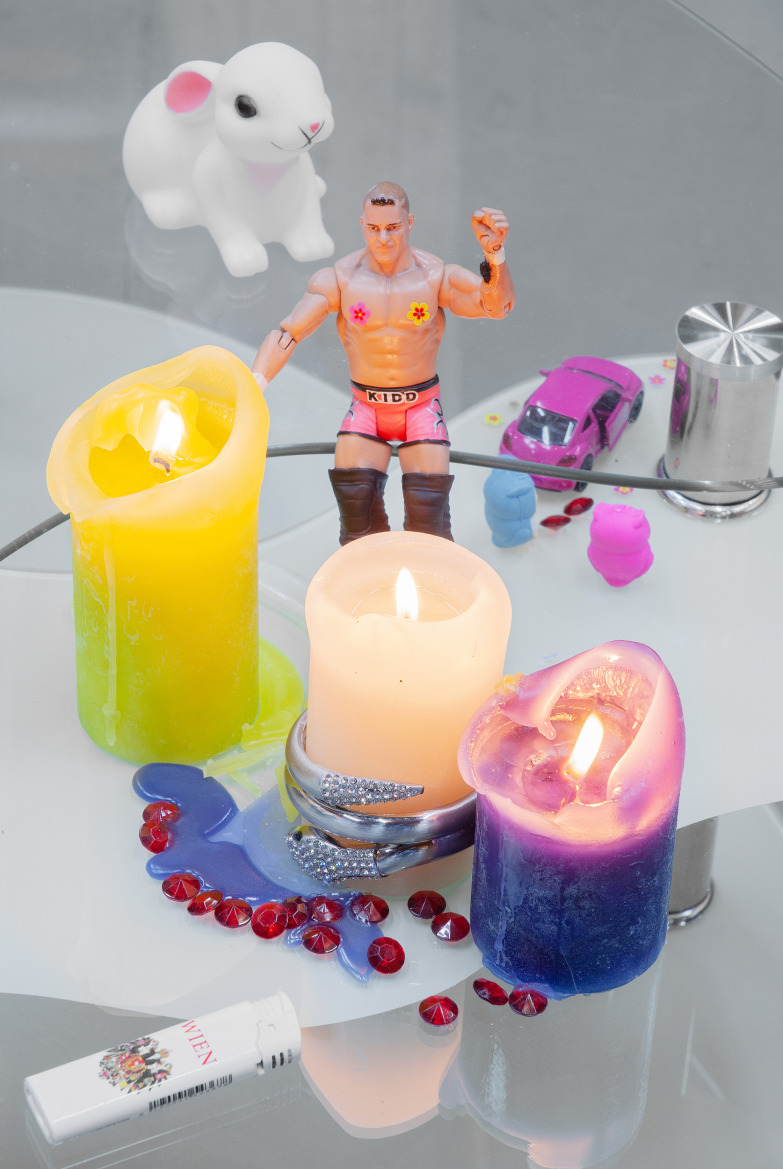
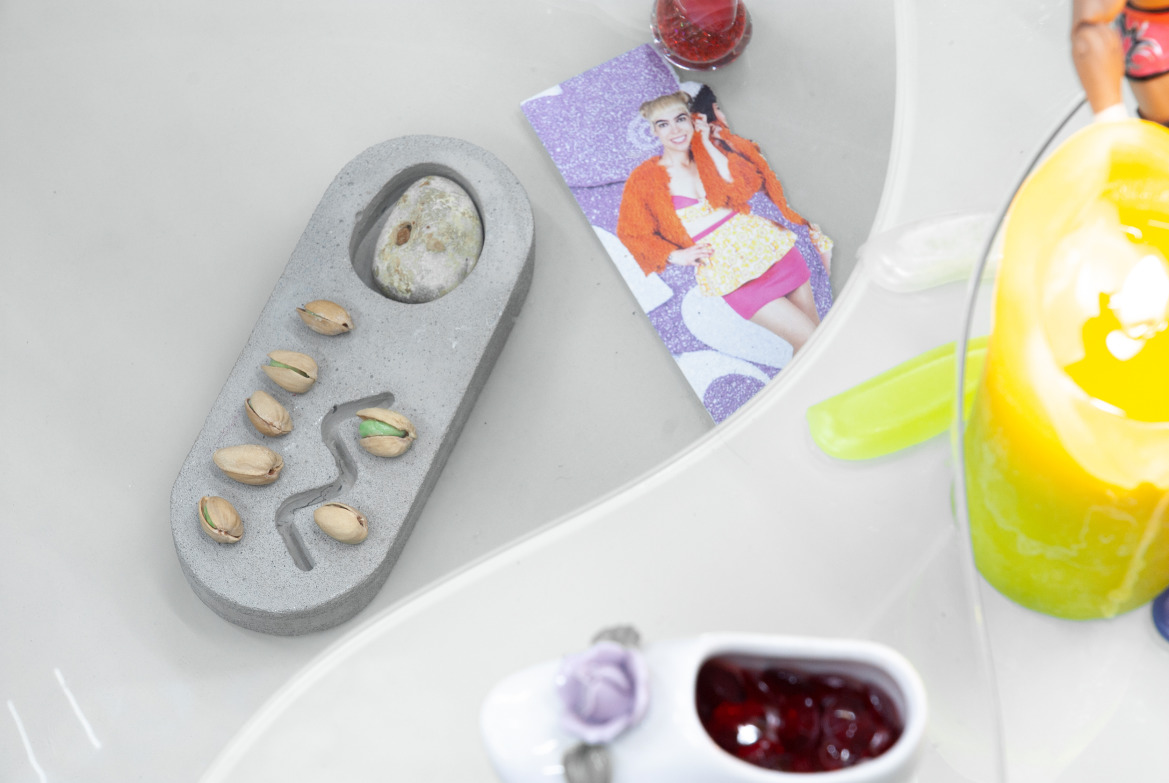
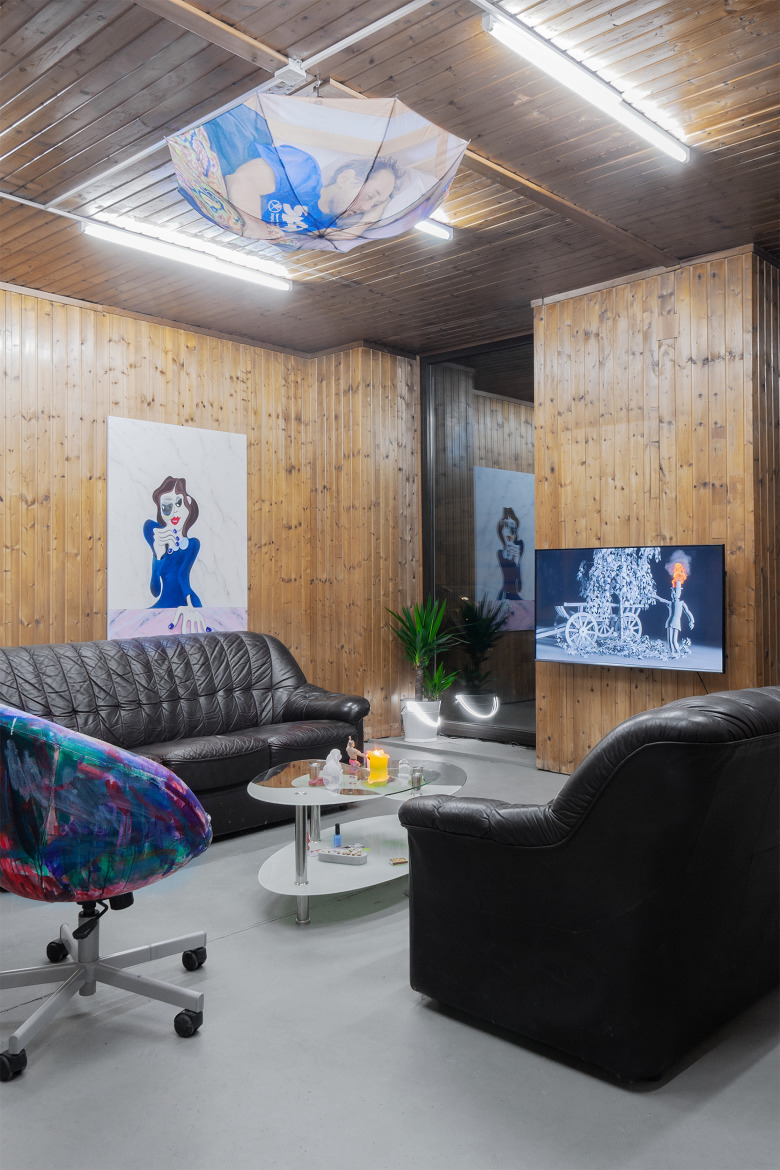




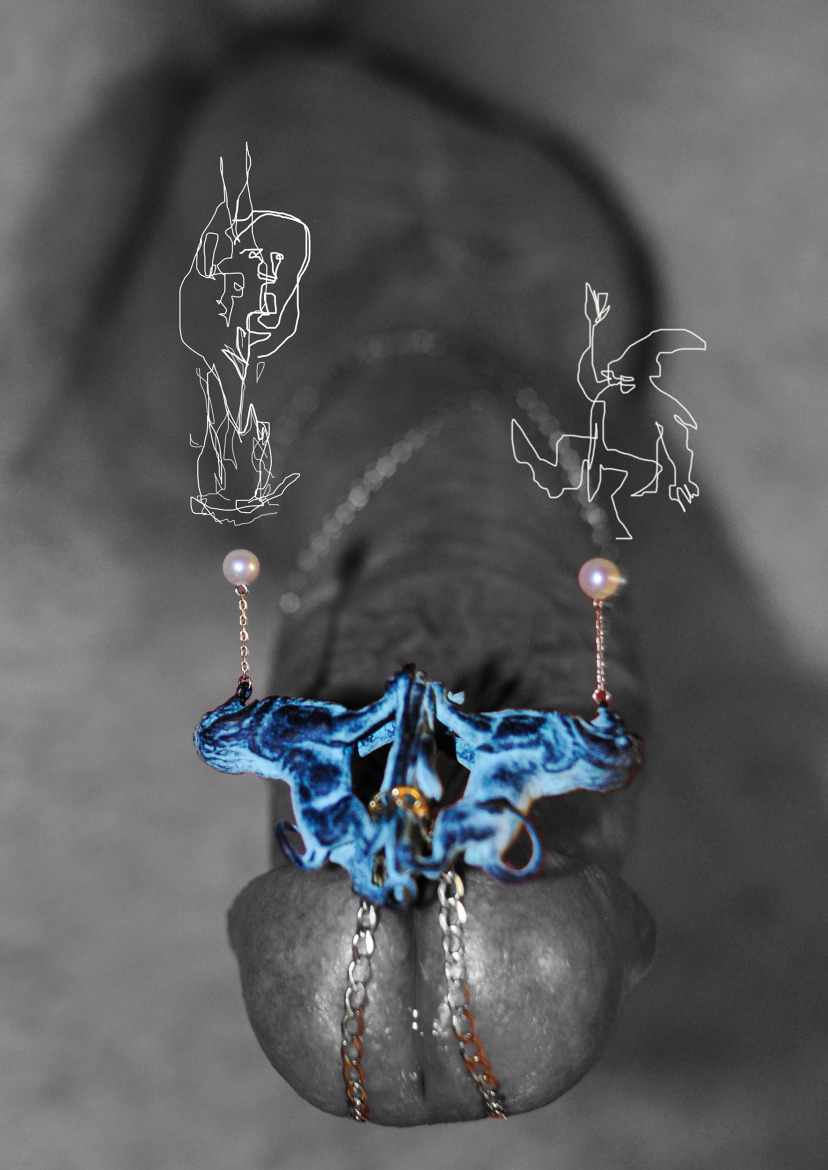
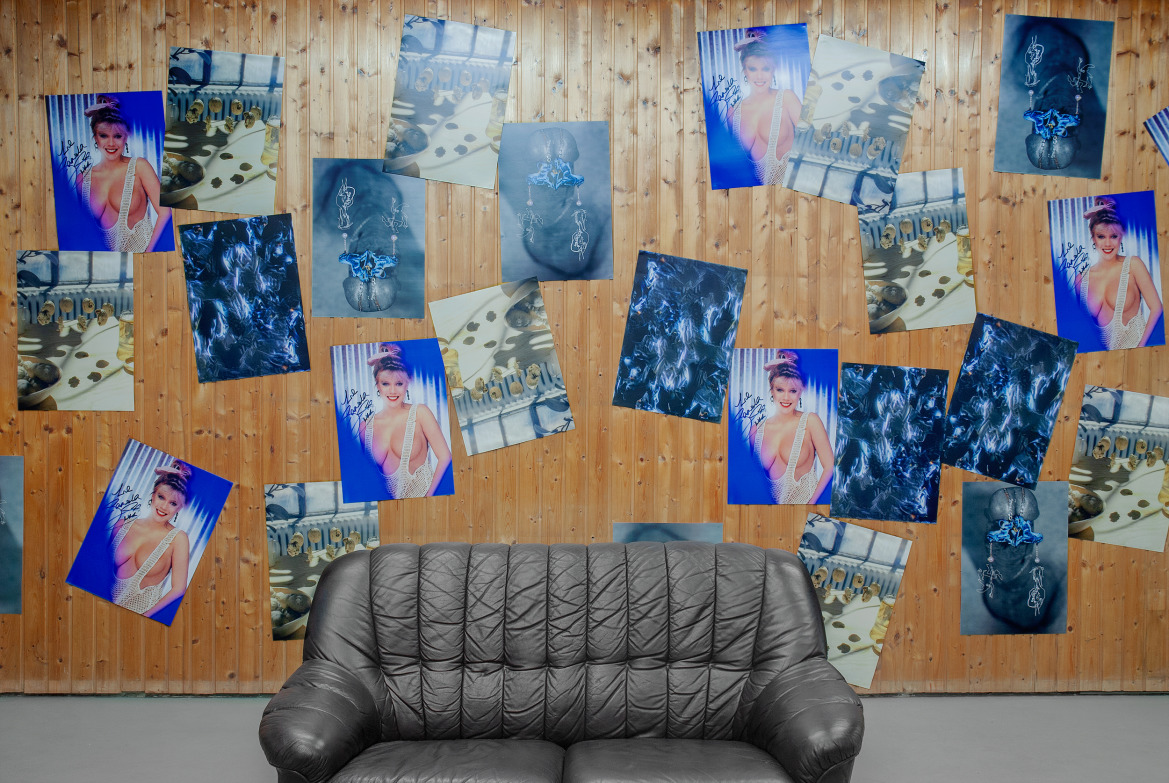
plain tables shabby furniture and dizzy swans sipping red winez
let’s have a crash course for car crashs and train wrecks gold tooth pick a boo
I have so much respect for social workers but capitalism bores me
I don’t even realize advertisements around me anymore and my boyfriend bought pistachio rice pudding What a disgrace. Unfollowed.
I love refrigerated food
I swear it’s just like a pill
can make you feel better can make you feel ill
My kitchen usually smells of burnt onions and weed
but today one of my room mates cooked fish and the smell makes me sick
I want a pair of designer shoes I also wanted to stop smoking
Maybe I’m going to snitch
My face is the front of shop
My face is the real shopfront
reminds me of the last time someone called me a copycat
honestly I don’t give a fuck
RIP Karl
I <3 YOU MOM
I <3 YOU HALFWAY HOUSE
$$$
I
In criminology, the purpose of a HALFWAY HOUSE is generally considered to be that of allowing people to begin the process of reintegration with society.
Between the recreation of capitalist concepts and treating economic and social necessities, this scenery positions itself as an experiment, shaped by duality.
Spatially separated with slight and divine intersections it looks closer into the overlapping of two aspects in nowadays art world: commerce & community
Multilaterally, the history as well as the coined function and capacity of EXILE, of independent art spaces in general, within their prevailing surroundings, are being addressed.
It should be clear that artworks hold a different responsibility than designed mass products.
Yet, sometimes we find undeniable similarities. The selling of originality and individualistic forms of expression can only be argued when we invade the integrity of the shown works and their authors. We are confronted with a spectrum of commercial co-existence here. Within such an environment each piece starts to blend in while still poetically claiming a title for its own. We’re facing products which through their purchasability can be resocialized. They want to exceed the display that was pushed upon them and create narratives on and for their own. These works are ultimately given a new place in society. But are there also seeds of thought planted with them? Is there space for further ideas to grow?
Without approval, visitors are turned into a performative element enjoying the voyeuristic gaze of outside passengers. Located in a ground level shop front, on the edge of the fancy first district, one finds an exhibited social situation. A similar setup awaits the spectators upstairs, where works are impatiently waiting similarly staged and performative but ready to be looked at.
Besides the more subtle artistic interventions on the ground floor such as the posters that were exclusively commissioned and which can be bought by visitors of every class, the room should further function as a place of exchange and communication. Somehow reminiscent of a youth center or a teenager’s coming of age home, it creates a pseudo-institutional and -intellectual setting for socializing without actually touching what is considered an exhibition space. Especially within commercial spaces, we need to reintroduce discourse and a sense of being there for each other. A lack of moral & financial sustainability within a hypercapitalist system is to be witnessed.
Emphasizing on the mixture of realities and expectations when entering a contemporary art context and the mixture of approaches within EXILE itself, HALFWAY HOUSE is an aim in blurring borders. It offers itself as a seceding act towards the frequently imagined purpose of a gallery space in times of turbo acceleration. Mixed up realms and professions demand a move of repurposing.
Despite solely viewing art as a product we were animated to reflect on how these objects continue to lead people inside a haziness amid the lucid areas of commerce & community. (Julius Pristauz)
II
Recently I was transported to a scene somewhere in the near future, shortly after the end of the first global nanoware and the partition of the world in ghettos controlled by postfacist microenhancement monopolists and retrofacist prepper paramilitaries. Society’s erosion had left only wasteland, sweeping away institutionalized cultural practices and their preceding markets. What was called “contemporary art” beforehand had collapsed to a form of trickster survival practice. This space I found myself in seemed to be a refuge, a non-site of precarious community without any fixed qualities besides shared desperation and some collective comfort found in pharmacological self-defense. ⠀
Confusion overwhelmed me, I felt strangely old and at the same time thrown into a hallucinatory teenage heterotopia. Did I reach the next level? Or was it all just a cynical joke? The futility of the question made me laugh. I decided that it wasn’t about the red or the blue pill but about the orange one that I found in a cupboard upstairs. The interregnum had fallen, “the old” had decomposed, the descendants of monsters had established their neofeudal reign. Now it was all about the right equipment. Deal with it, I told myself, and better get dressed accordingly. (Nada Schoer)
Works by Amanda Ross-Ho, Core Pan, Diana Barbosa Gil, Fette Sans, Johannes Büttner & Raphaela Vogel, Kamilla Bischof, Malte Zander, Martin Kohout, Nschotschi Haslinger, Patrick Fabian Panetta, Rafal Zajko, Tatiana Defraine, Tenant of Culture, Tilman Hornig & Paul Barsch, Vlad Nancă, Wieland Schönfelder.
Curated by Julius Pristauz.
FEATURES
→Artmirror
→Mousse Magazine

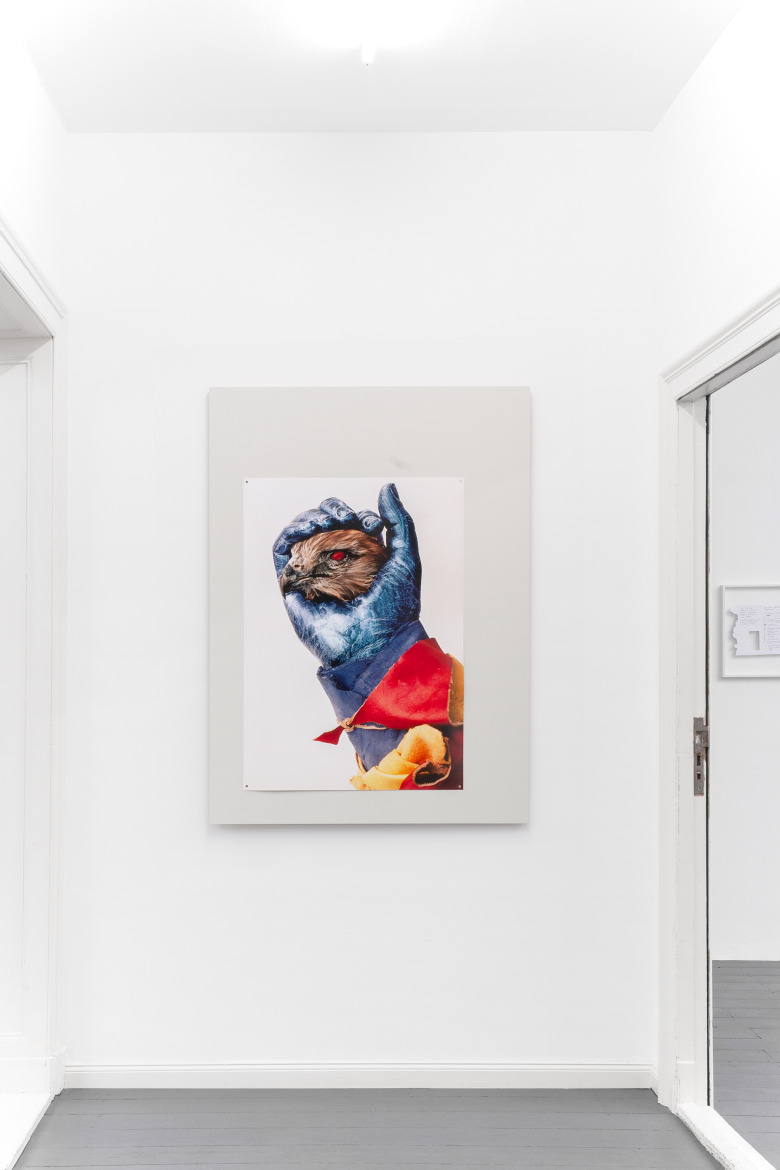
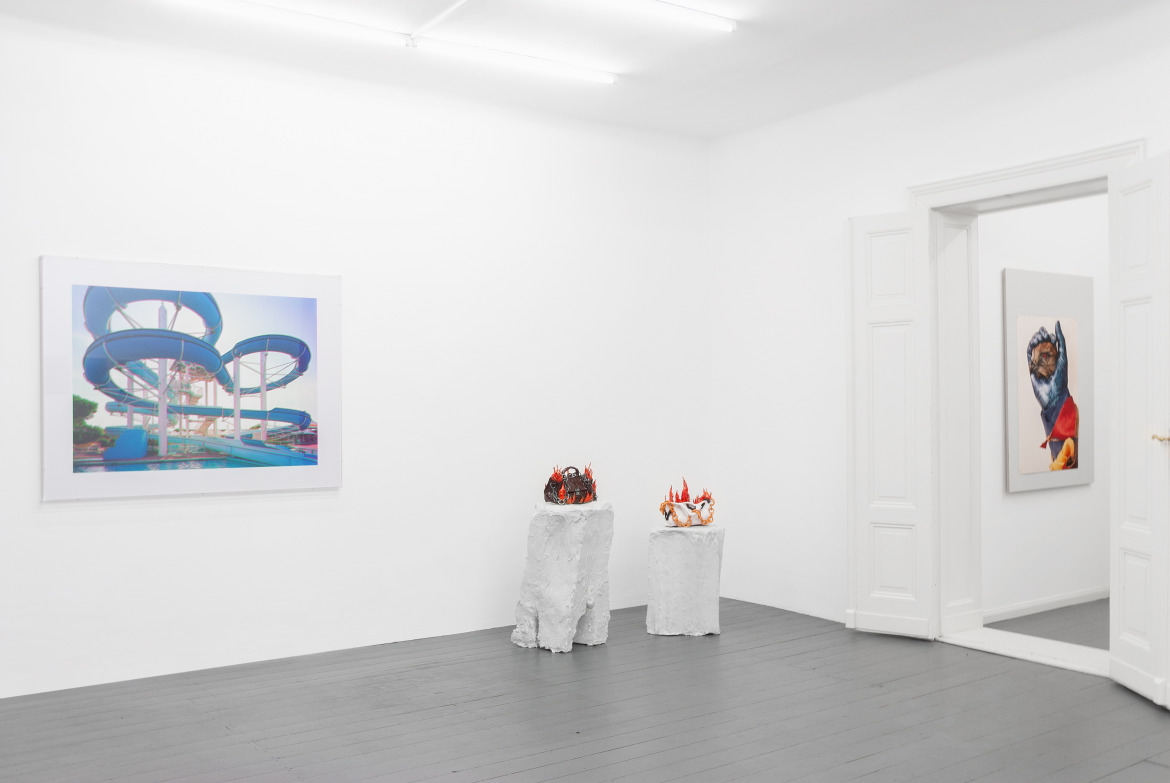
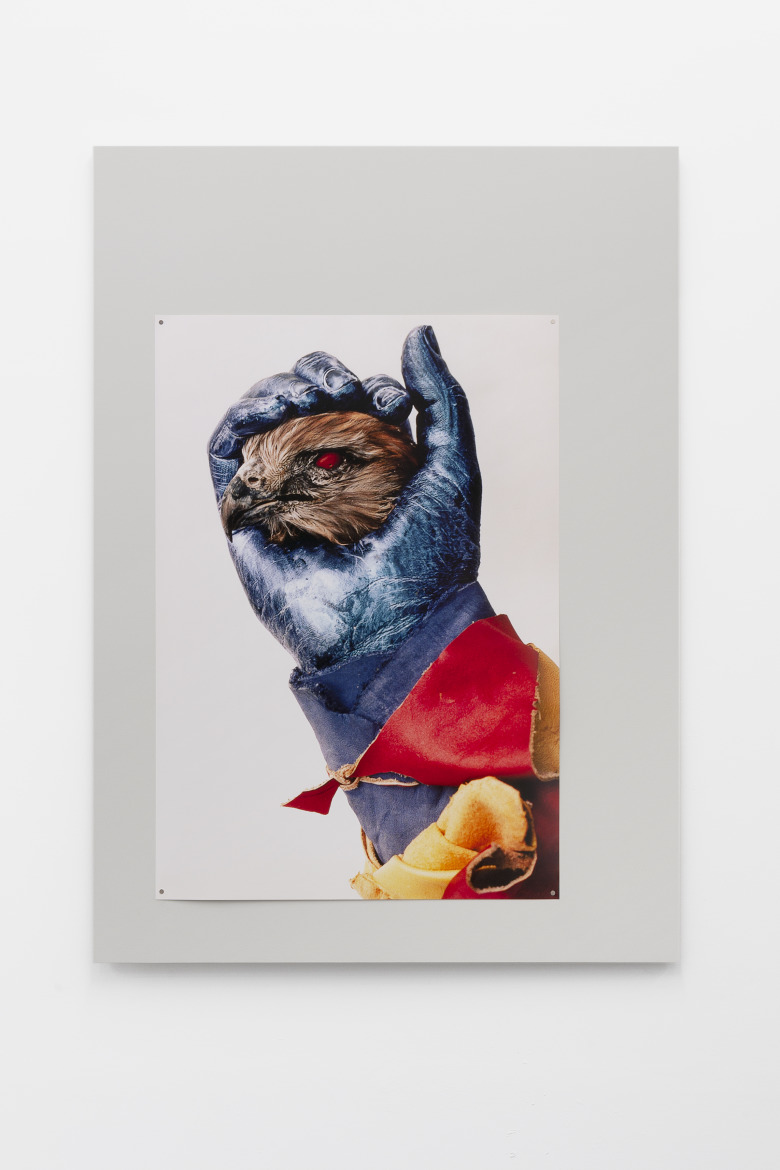

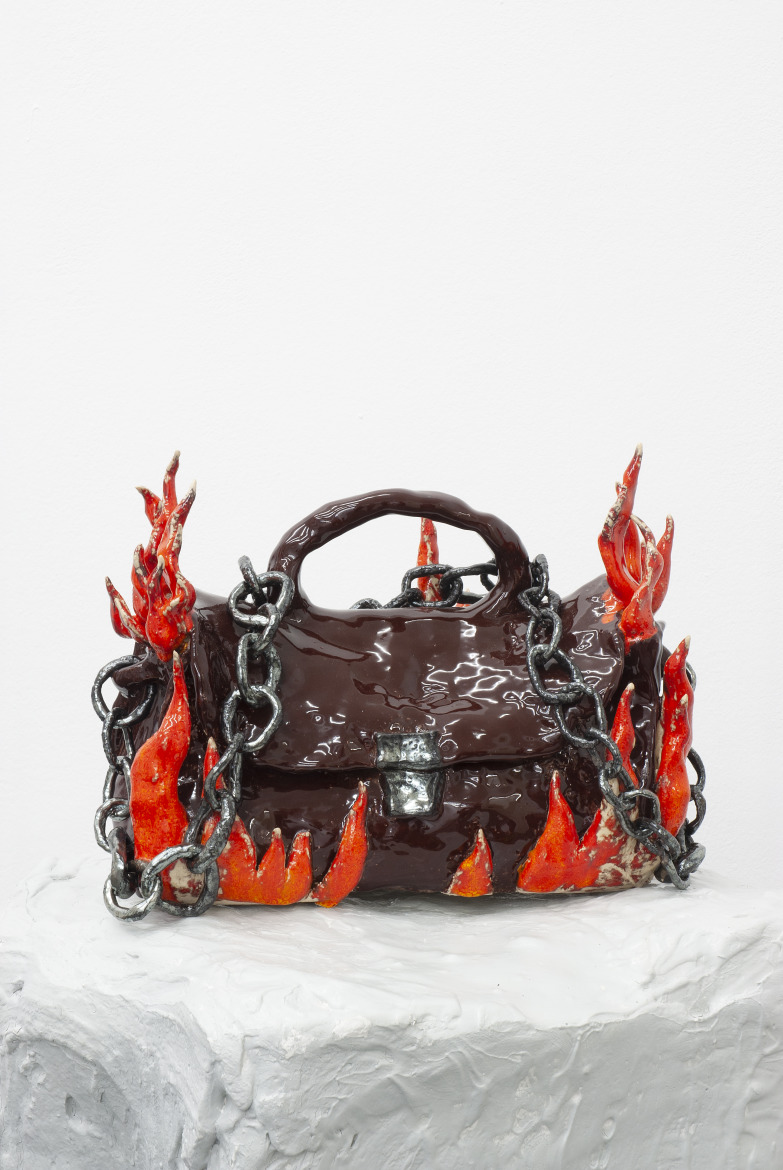
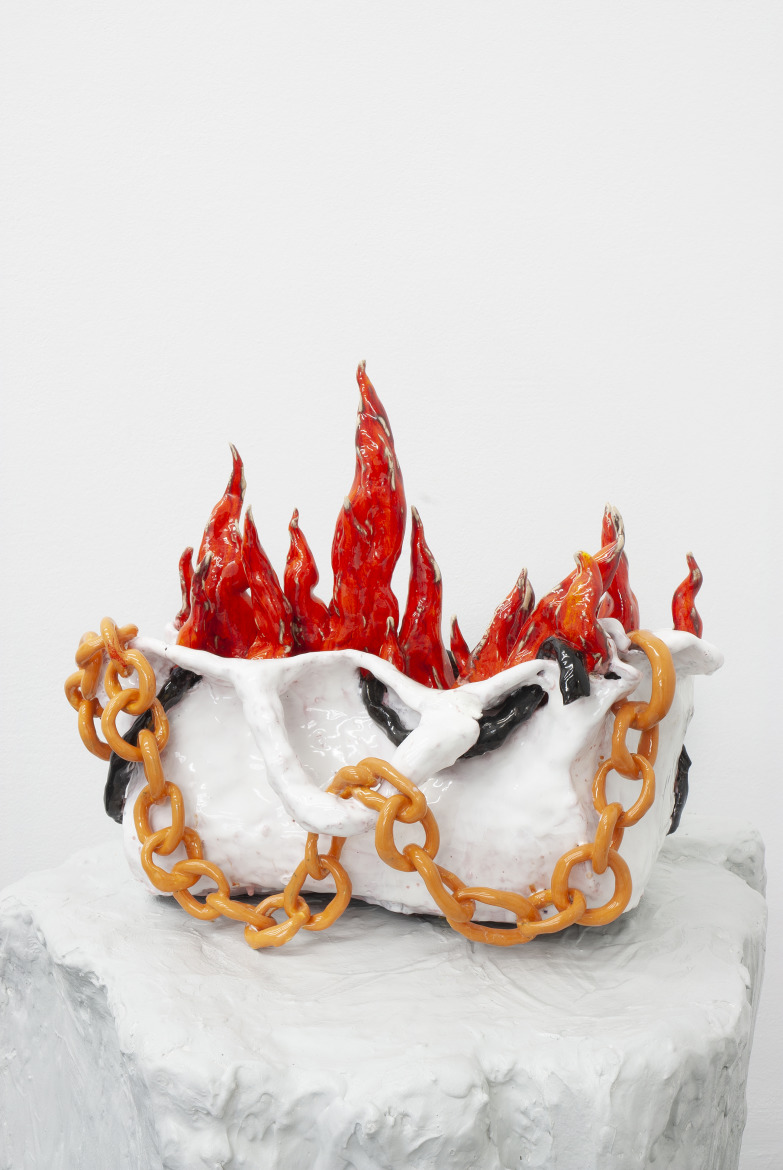
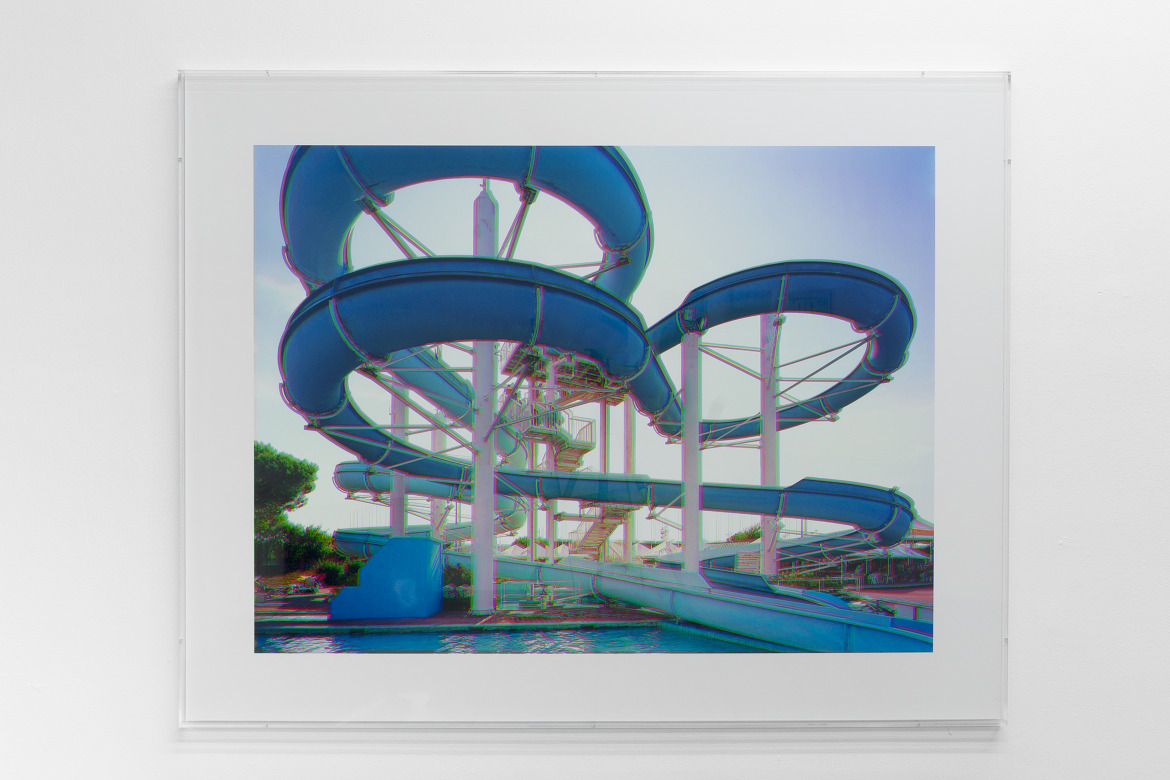
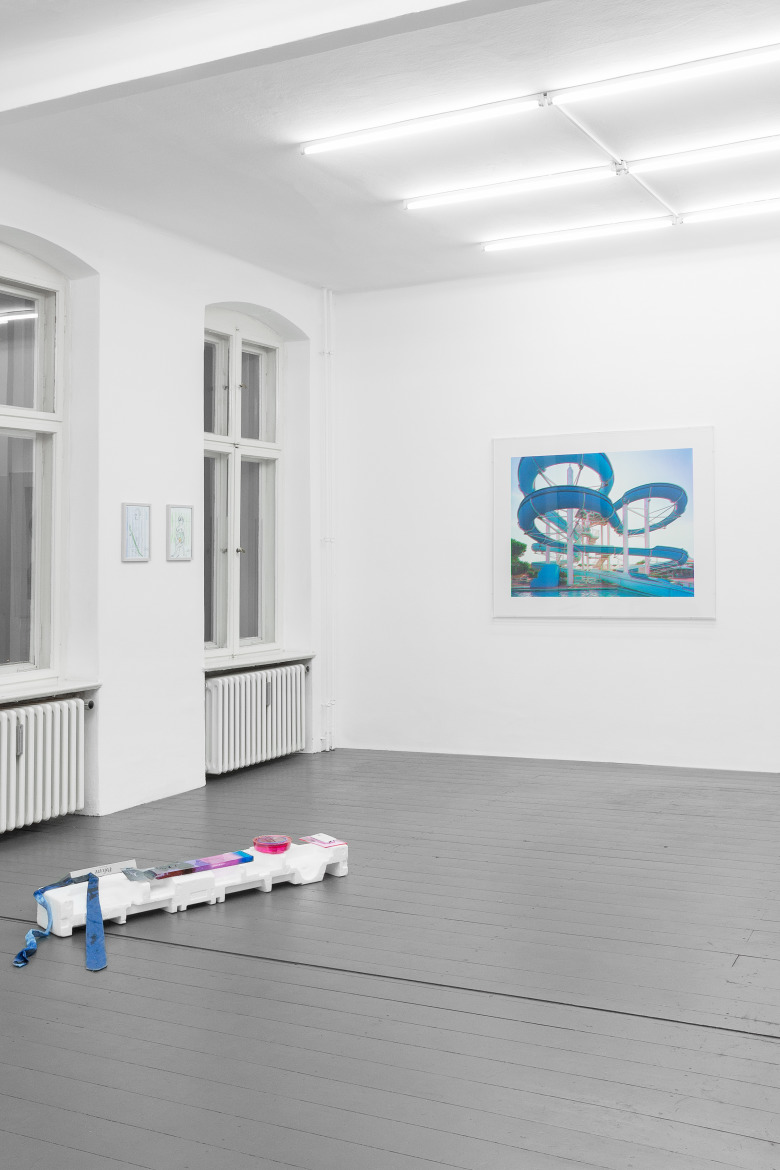

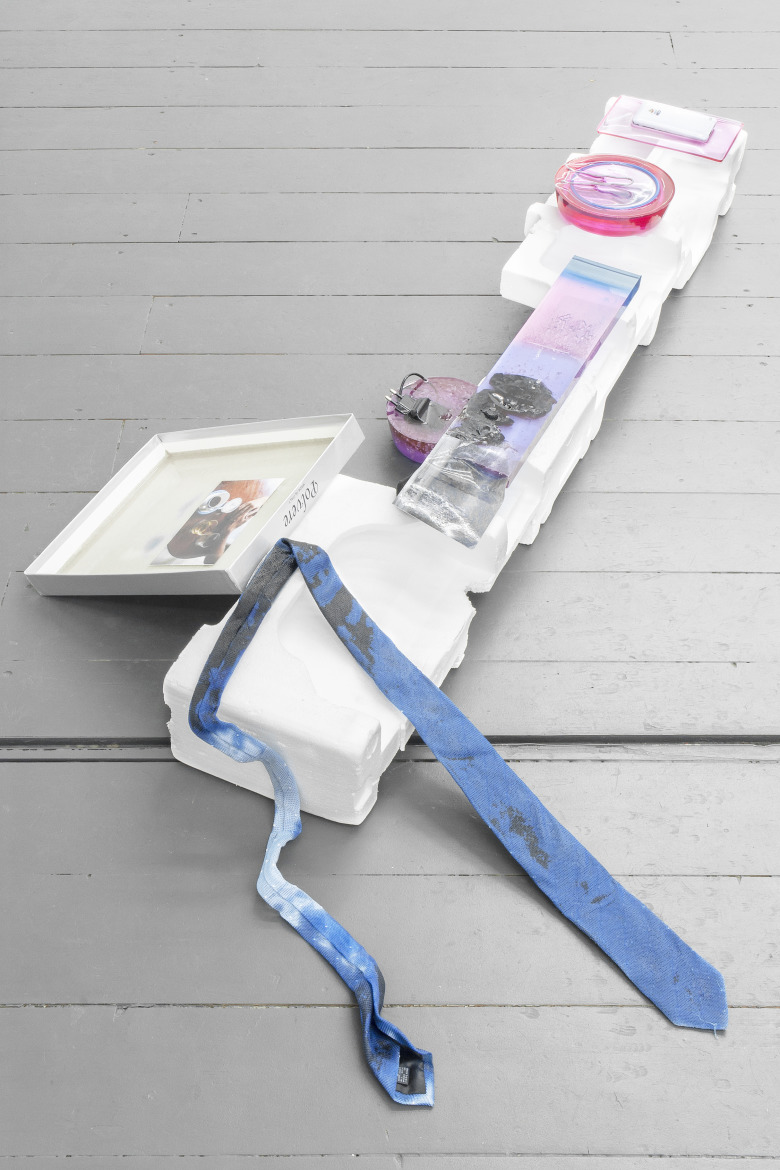
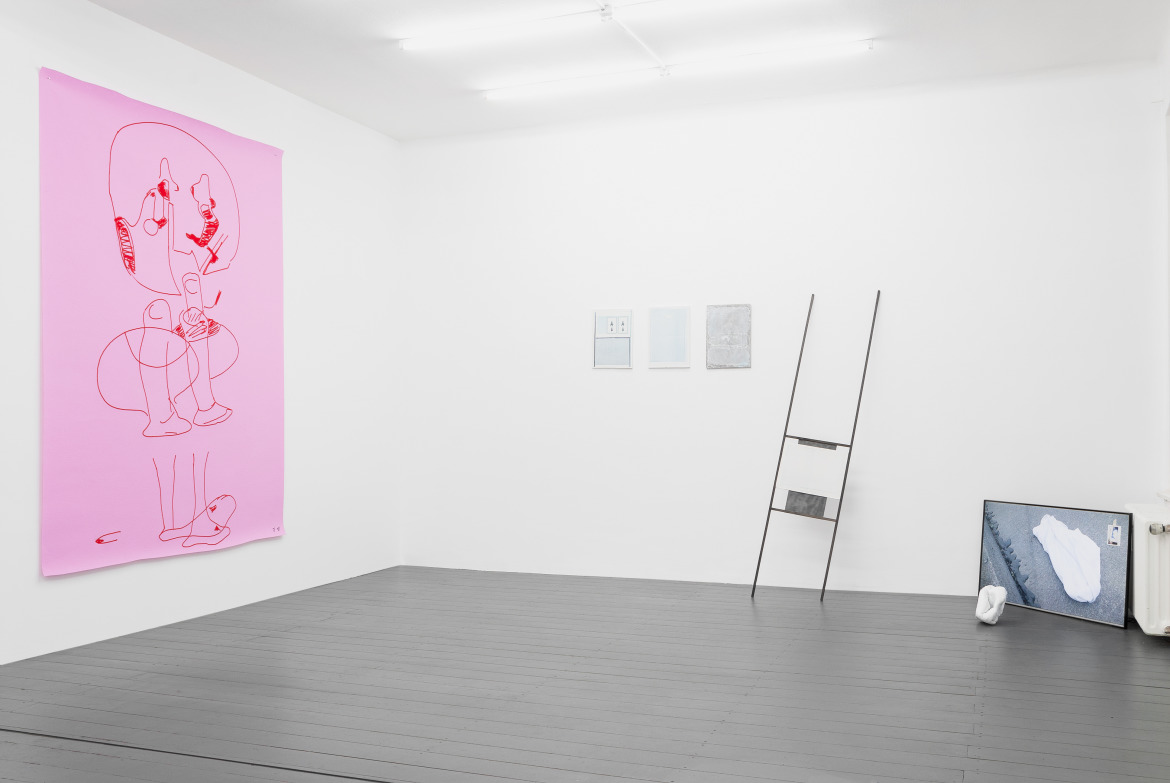
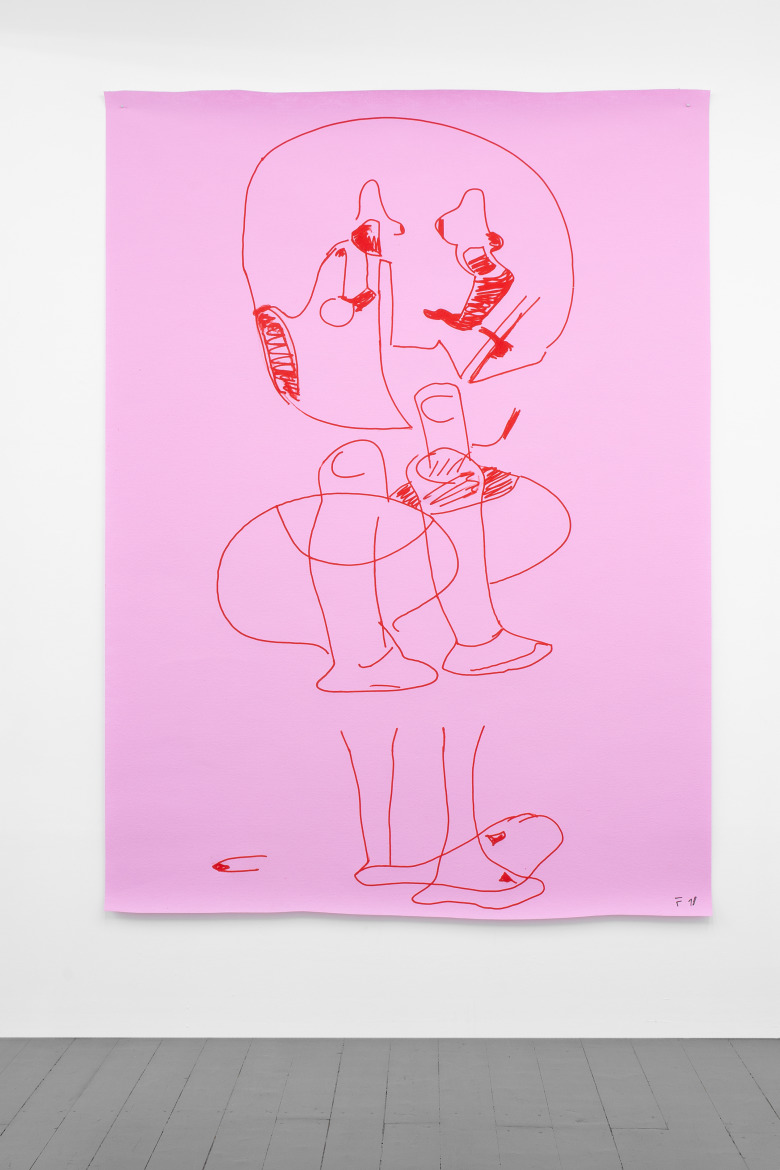
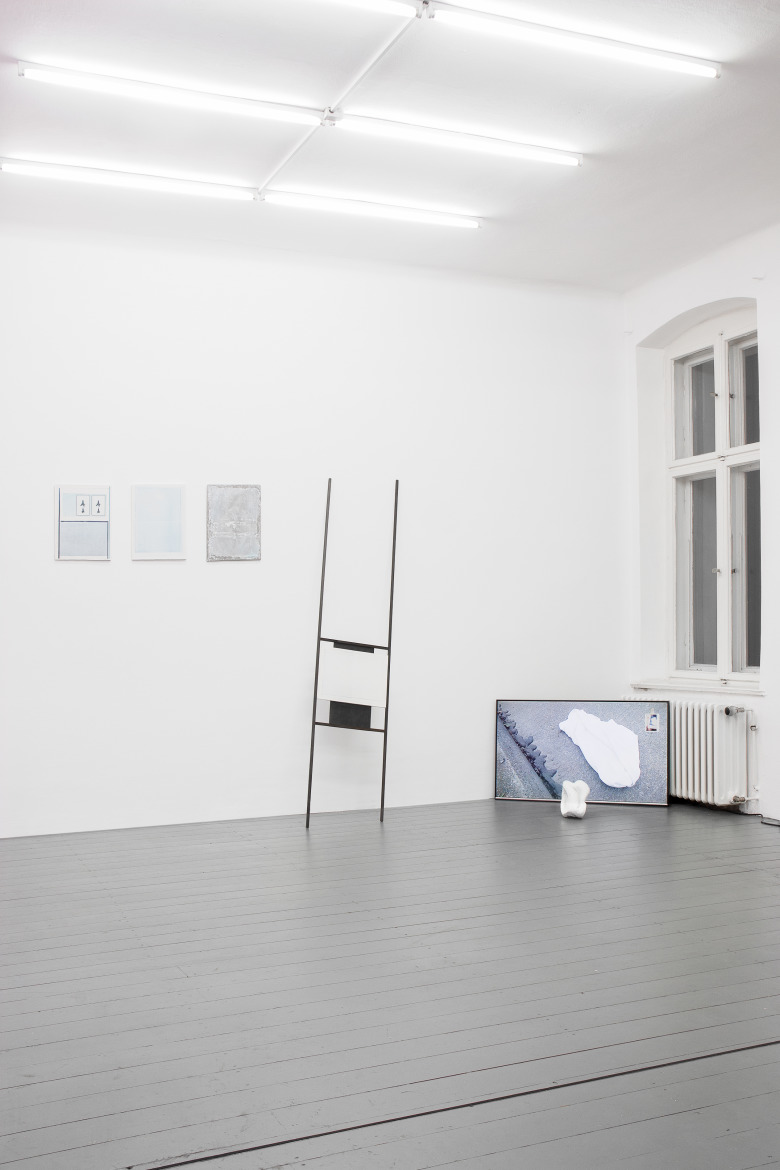
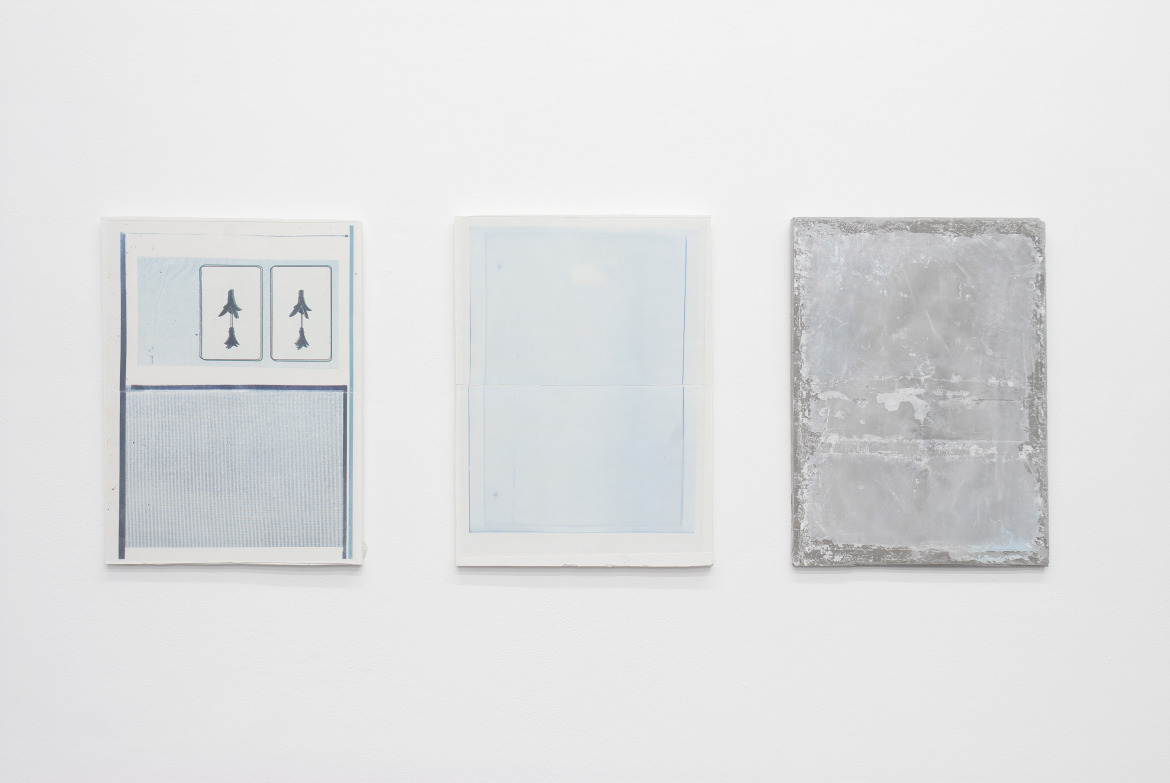
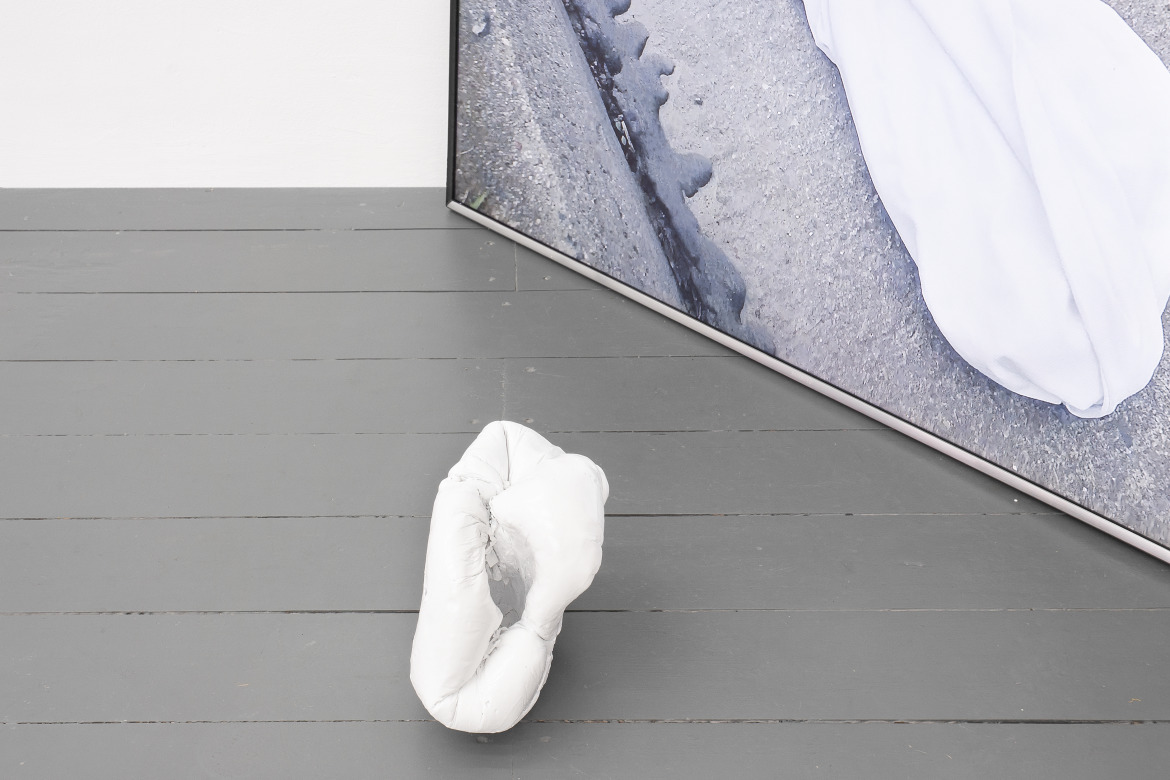

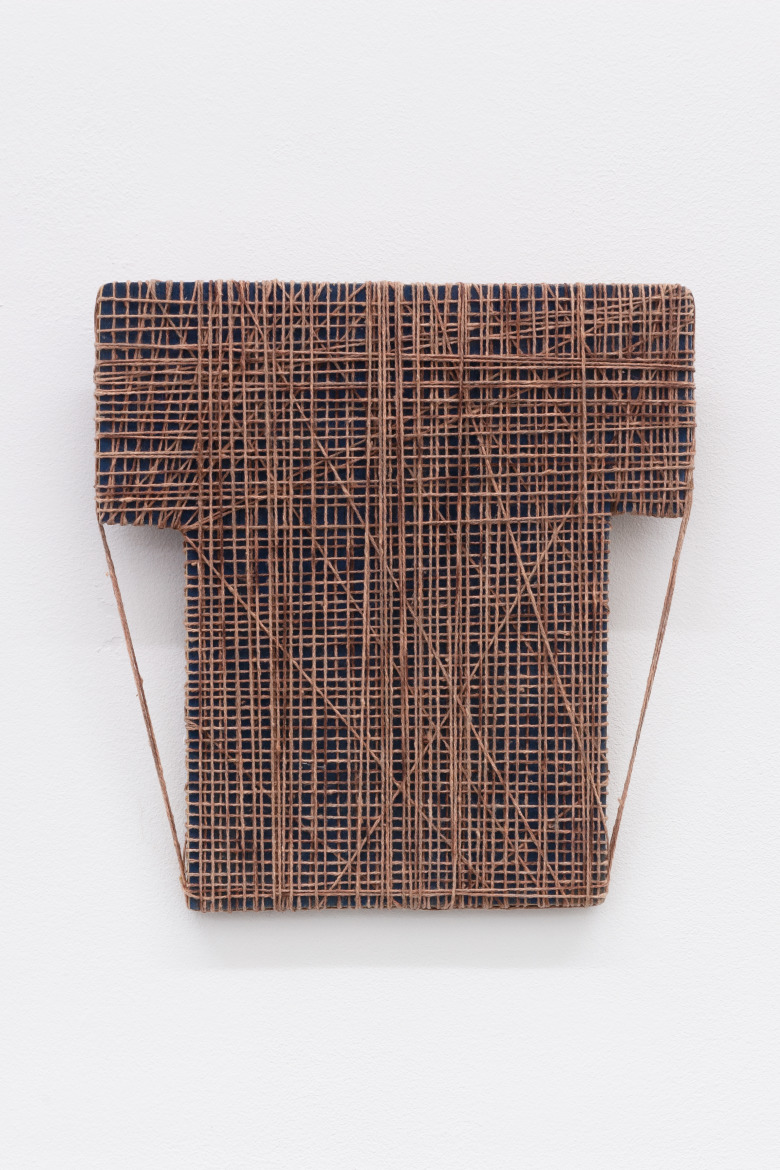
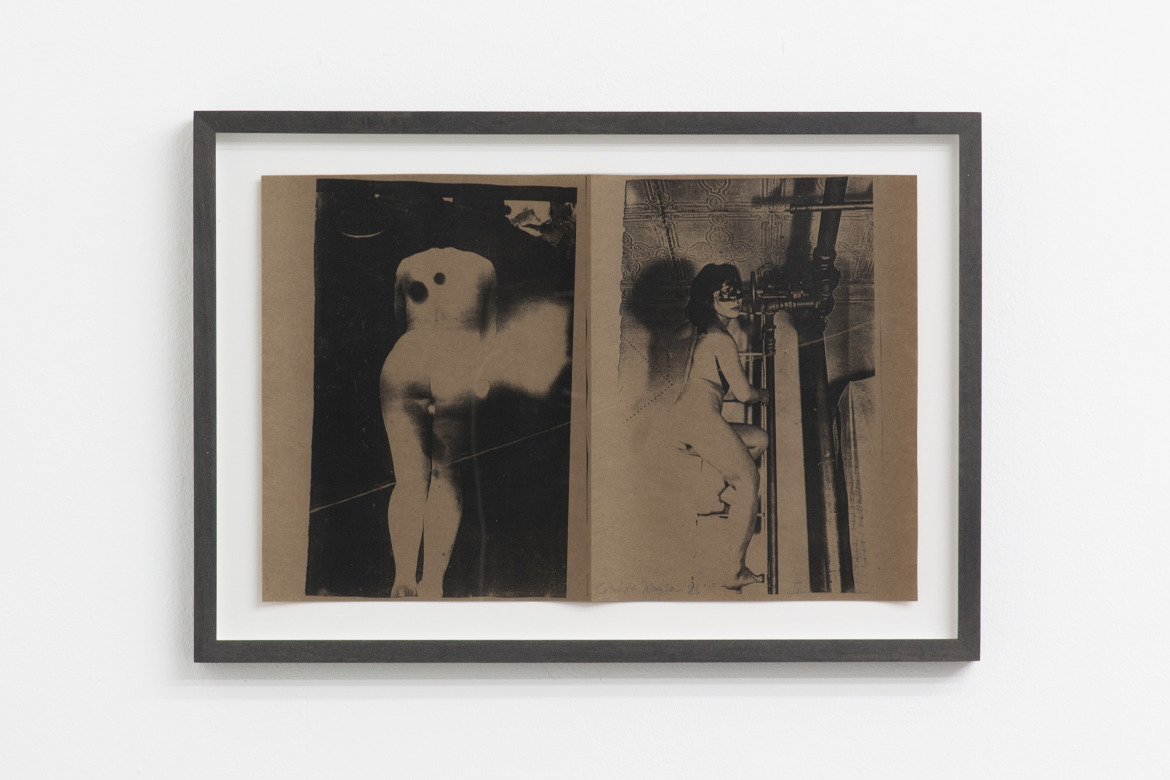
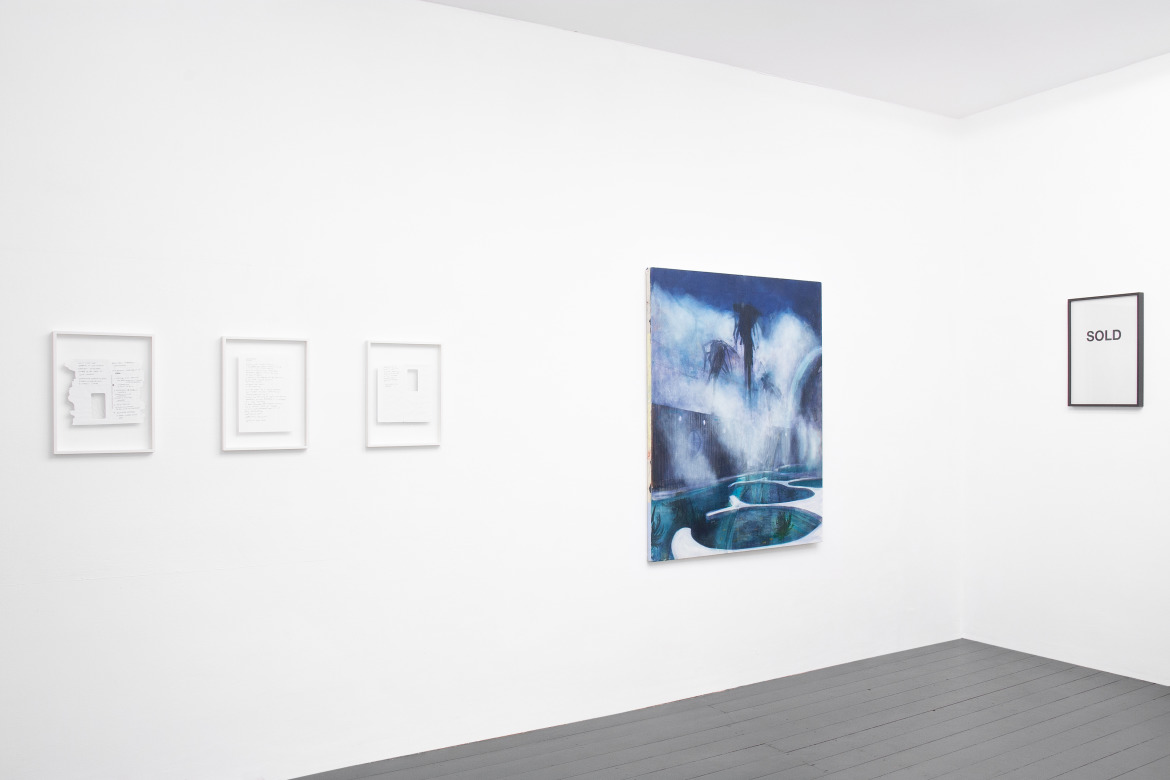
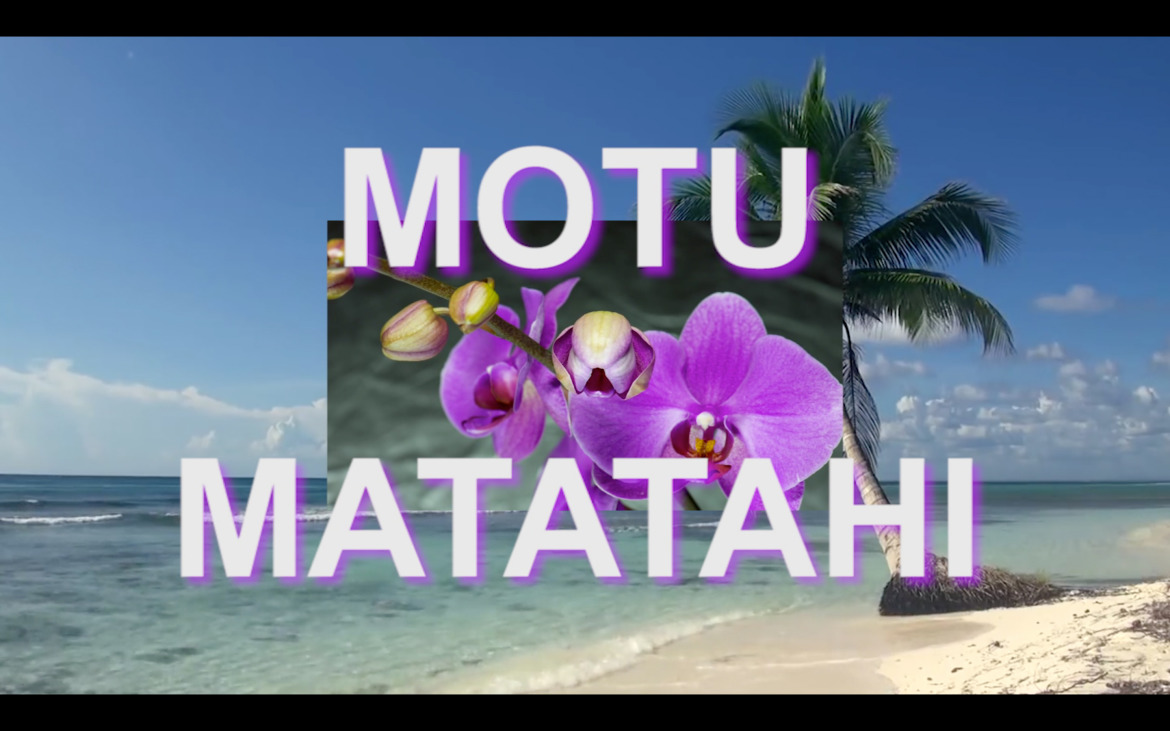

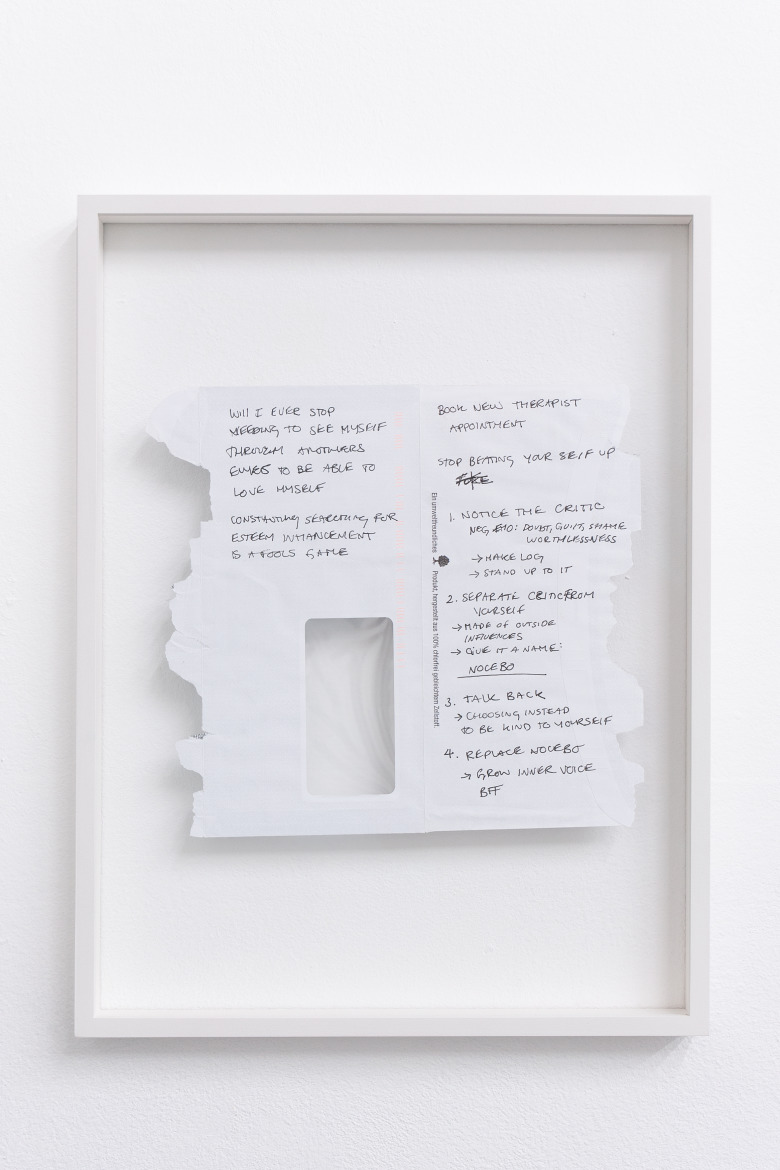

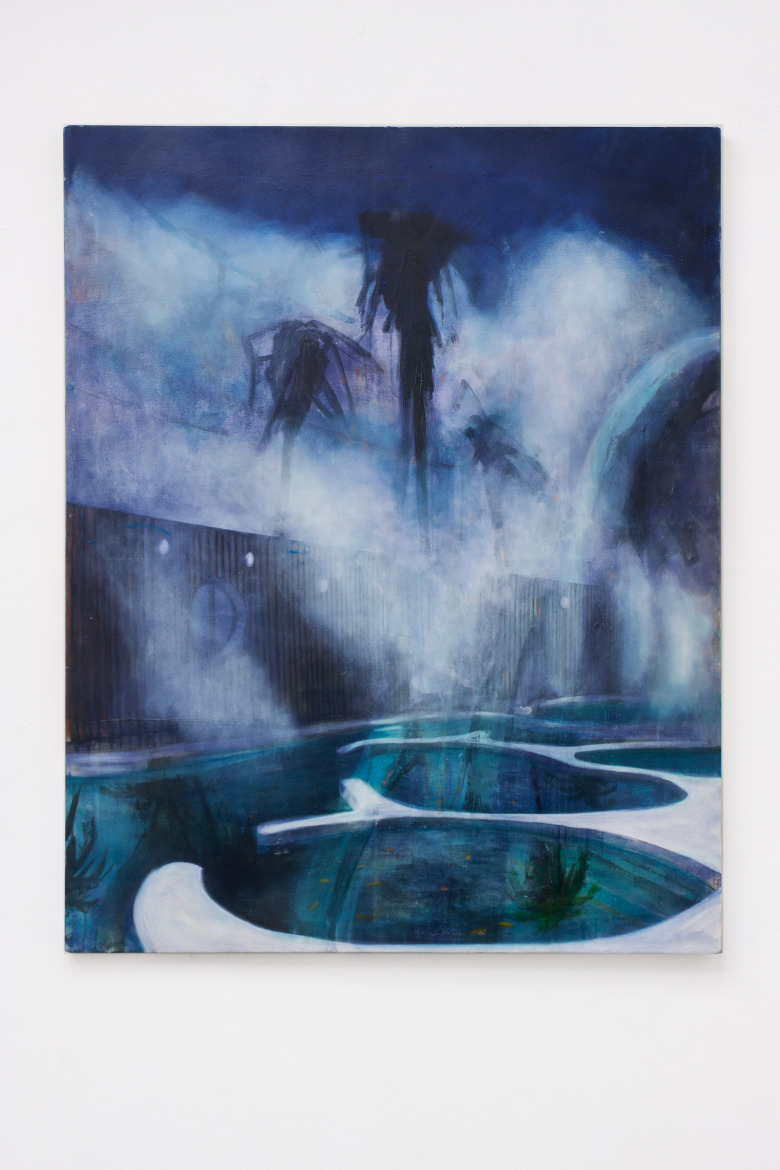
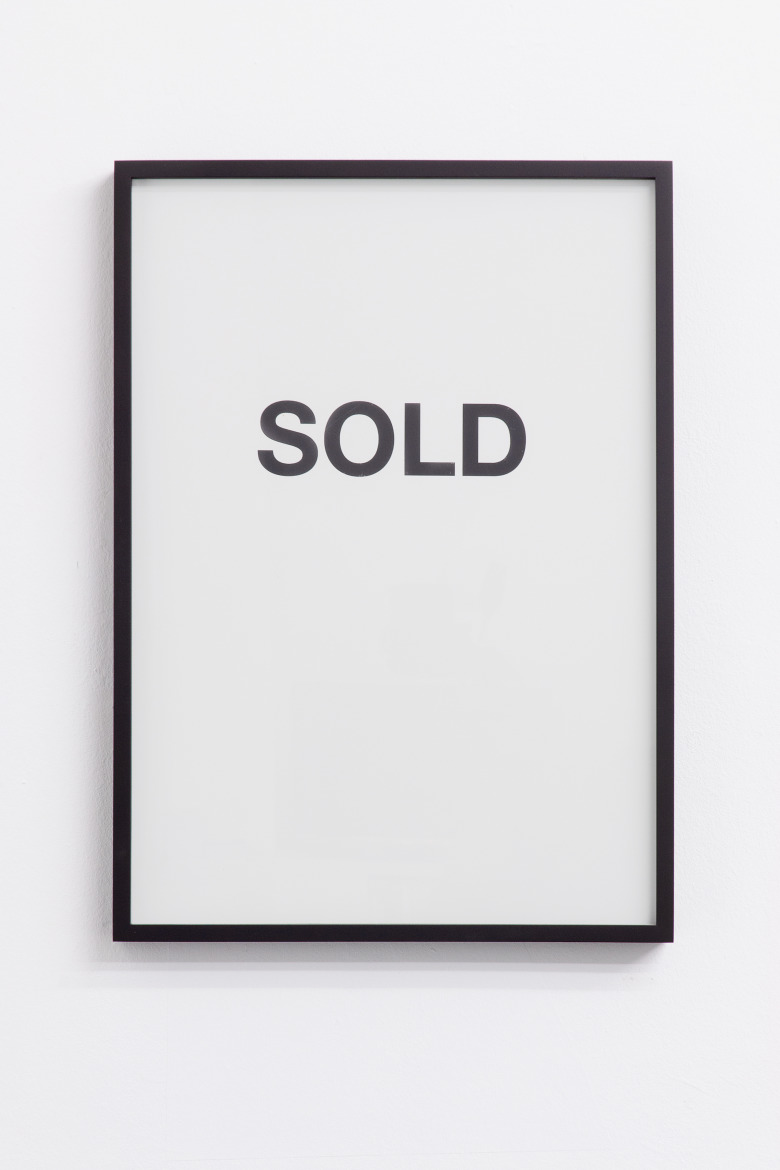
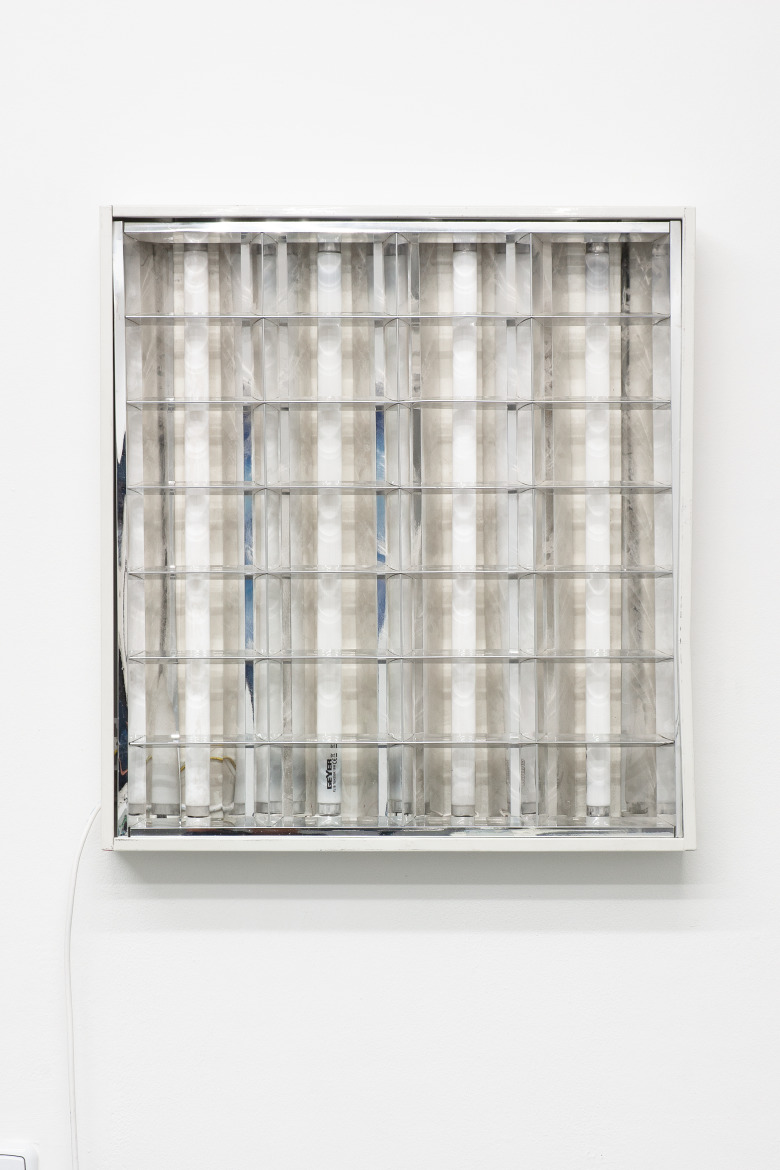
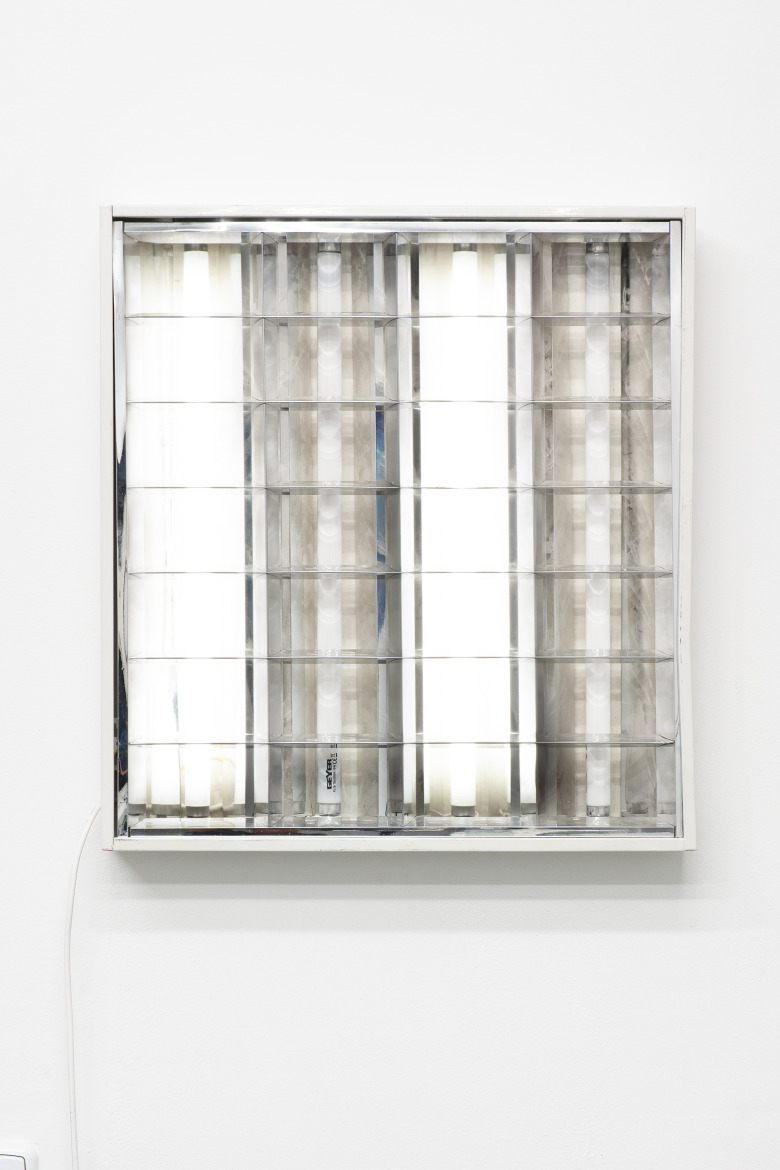


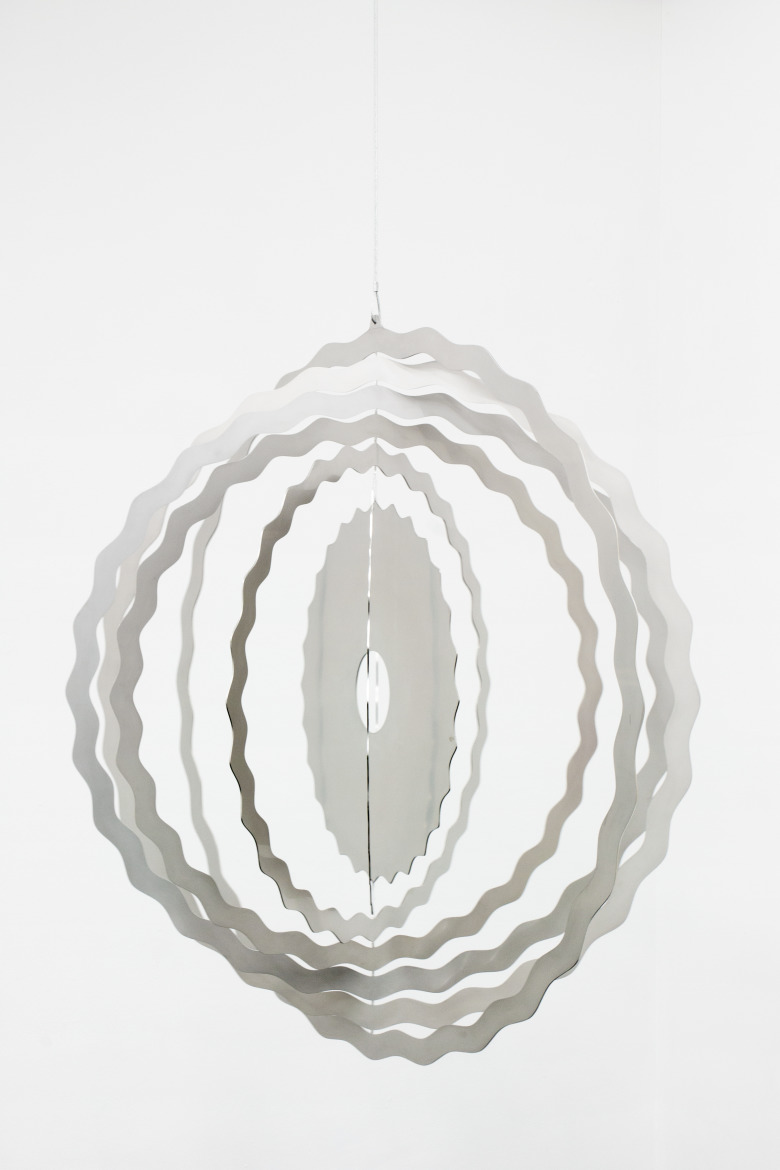
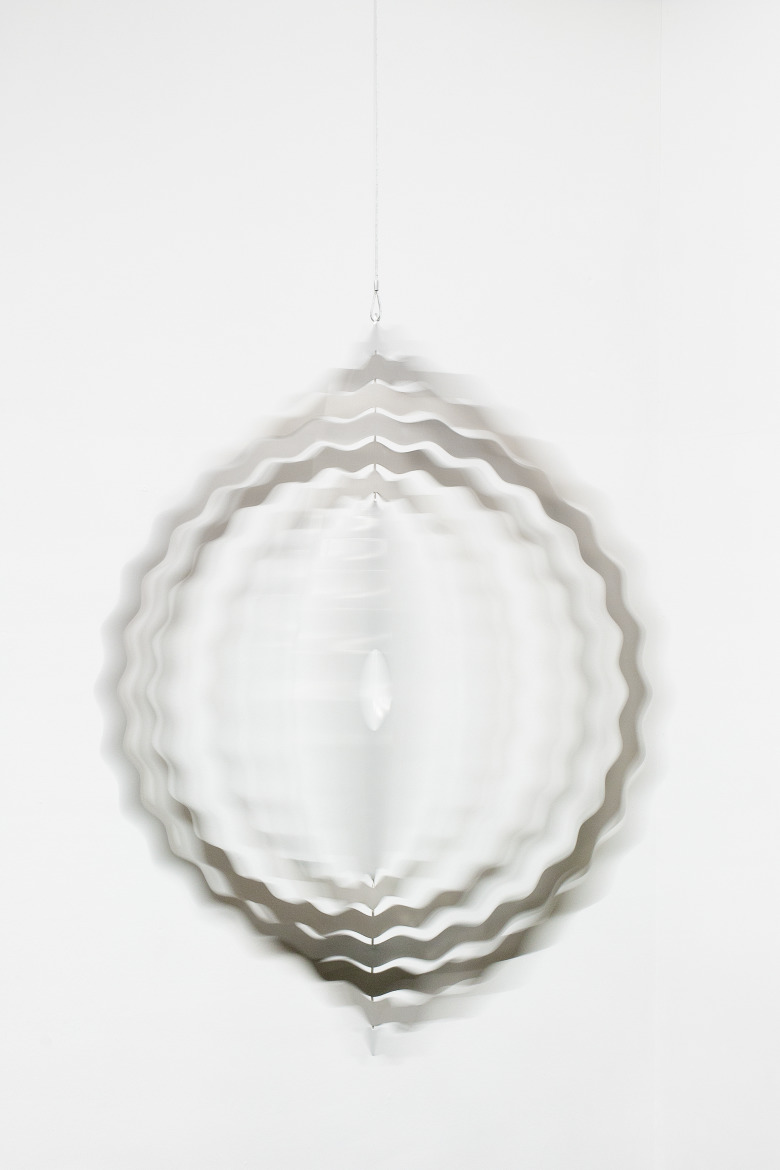
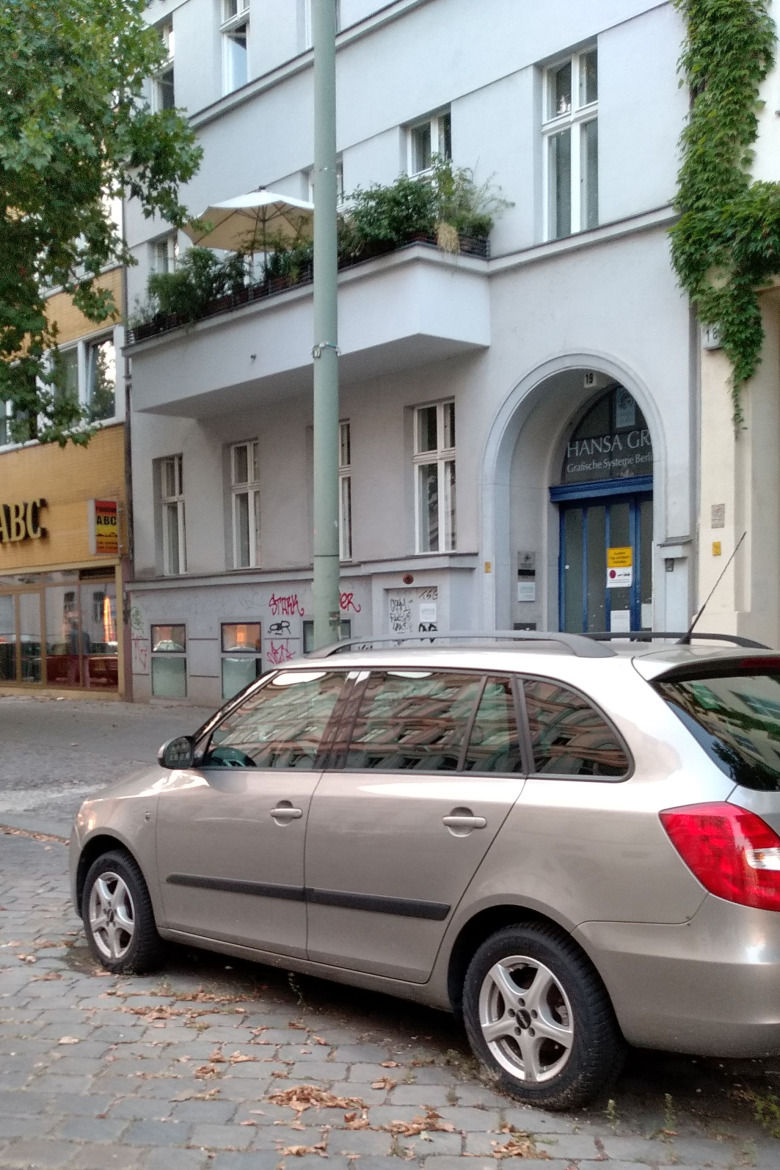
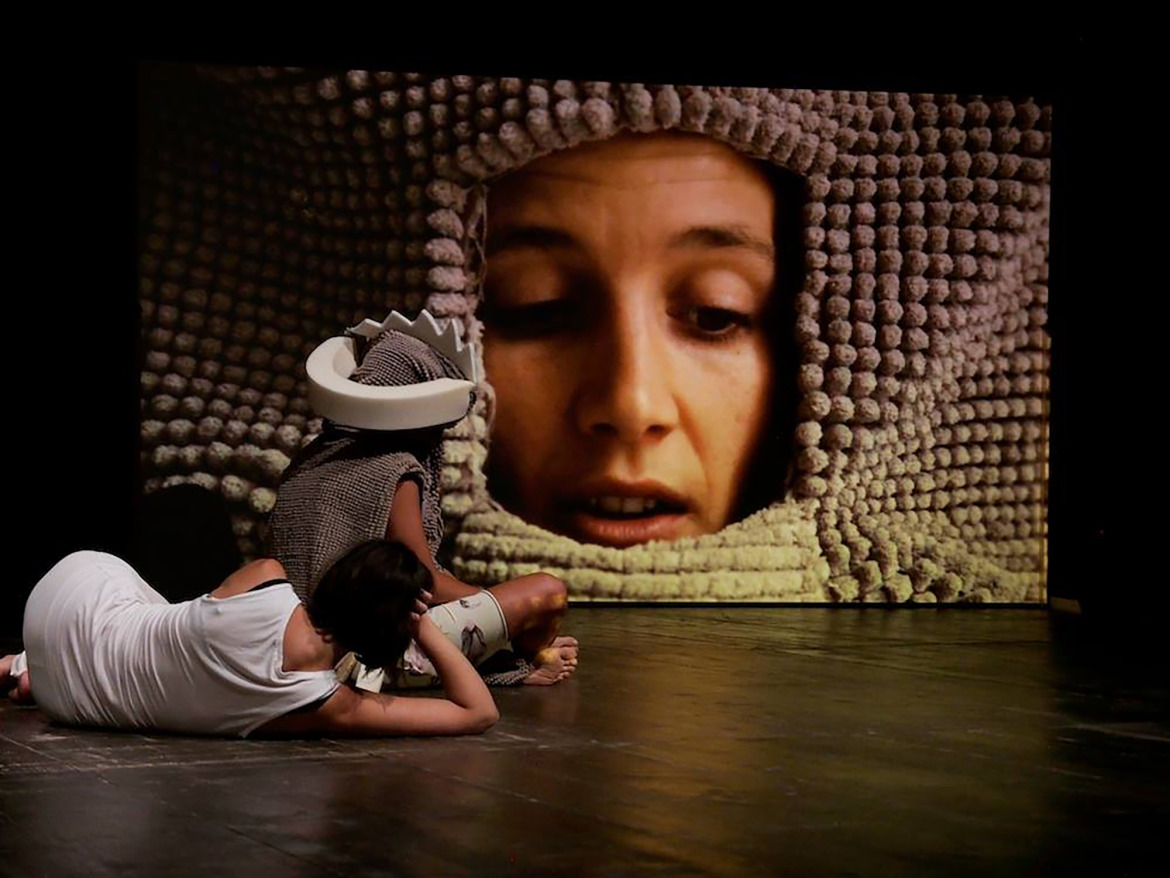
EXILE is happy to invite you to our ten-year anniversary exhibition entitled May the bridges I burn light the way.
Is a gallery anniversary dedicated to commemorate a space, a brand or artists the gallery has worked with? In the case of EXILE, founded on Oct 18, 2008 in a small courtyard in Berlin-Kreuzberg, the commemoration is to the way EXILE has been aiming to build communities. Over the last 10 years, EXILE has initiated various formats to expand and democratize access to the exhibition space. A yearly exhibition entitled Summer Camp (2009-2011) was based on an open-call for creative proposals, while Irregular Readings (2013 & 2016) focused on immaterial creative actions. Both formats have the same core principle: to initiate a collective experience, ignite dialogue and create community.
Departing from this May the bridges I burn light the way takes the definition of community into a polyphonic level. The exhibition starts as an extension of EXILE’s participation in the Manifesta 12 collateral program called 5x5x5, and runs parallel to the launch of the second issue of the street newspaper Arts the Working Class; all of them carrying the same title: May the bridges I burn light the way.
EXILE X Summer camp May the bridges I burn light the way: As a title, it implies a certain pessimism; anticipating the worst outcomes from a given situation. However, it reveals also the unfortunate desire to (always) be right. Thus the final exhibition in the gallery’s Berlin space looks at both ends of the revolutionary act: the will to conquer utopia and the urge to provoke dystopia. May the bridges I burn light the way has been conceived with the purpose to create a dialogue between social activism, art practices and Berlin’s socio-cultural reality, responding to different examples of anarchistic behaviour.
The conceptual and aesthetic choices of the artists EXILE invited to join in this exhibition are examples of subtle gestures fostering a change for the definition of the artwork as an artifact to which the world can relate itself to: A hanging mandala by Lauryn Youden, a painting of a dystopian private garden by Louise Thomas, an old neon lamp brought to expire in the gallery by Iris Touliatou, the embodiment of an invisible community by Raffaela Naldi Rossano, or an audio conversation piece about the end of the world placed in a car outside the gallery space by Ayami Awazuhara & Christopher Burman.
The main room of the gallery, whose windows look out to Kurfürstenstrasse, presents a composition of works that may take you through the doors of perception. Artworks confront themselves; cognition, concentration, hallucination and remembrance. The artworks engage as catapults to past events, obsessive memories and to lost and found images, useful to the questions of functionality, reproductivity and appropriation of the visual. Stream of consciousness is not only something you could put in words, like James Joyce once enacted as a creative act for the very first time with Ulysses, but in scrabbles and drawings, just like Heiner Franzen. Franzen’s motif of a human/animal floats in a state of constant mutation. Flashing details from movies or Franzen’s cartoonesque figures emerge in new forms and materiality. Thus, Franzen examines the removal of boundaries of his materials by constantly updating them. Every image is the reflection of another.
Sarah Lehnerer, whose work navigates through methodological rigor and associative openness elaborates on social and historical connections through a drone video loop, a polaroid depicting herself on her knees, and a plaster cast for which she squeezed the material with her legs. Her texts, images and objects defy the oppositions of reality and fiction, of objectivity and subjectivity.
Playful, defiant, cautious, Kazuko Miyamoto portraits herself in the studio of the artist she worked for, Sol Lewitt. Naked, wearing a mask, the female body performs an experimental take, choreographing humorously what could be an innocent way of turning upside down the hierarchies, not only within LeWitt’s studio between the master and the apprentice, but as a formal separation from her interests from structuralism. So to speak, the self-portrait shows a goofy yet violent situation.
But it is the bold work of Maria Thereza Alves, which encircles the exhibition’s orbit, showing a moment of staged transcendentalism with the head of a hawk held by a masculine, strong hand covered in indigo color, ready to bury the death bird, ceremonially. Her ongoing body of work entitled Urban Rituals consists of a series of photographs taken throughout the years and in various countries of dead birds that Alves has encountered in the city or in the countryside. As an urban dweller with no communal rituals that would mark the death of these beings, Alves decided to create her own possibilities of remembering and honoring them.
EXILE X Summer camp May the bridges I burn light the way is, last but not least, a cordial invitation to join us once more and for us to say thanks to the community, for the support the gallery received in the last decade. As a next step, EXILE will reopen in September in a new space in Vienna.
Artists: Ayami Awazuhara & Christopher Burman, Carsten Höller, Club Fortuna, Heiner Franzen, Iris Touliatou, Kazuko Miyamoto, Lauryn Youden, Louise Thomas, Madison Bycroft, Maria Thereza Alves, Nschotschi Haslinger, Paulina Nolte, Patrick Fabian Panetta, Raffaela Naldi Rossano, Sarah Lehnerer, Zoë Claire Miller.
Text by María Inés Plaza Lazo. May the bridges I burn light the way is curated by María Inés Plaza Lazo and Christian Siekmeier.
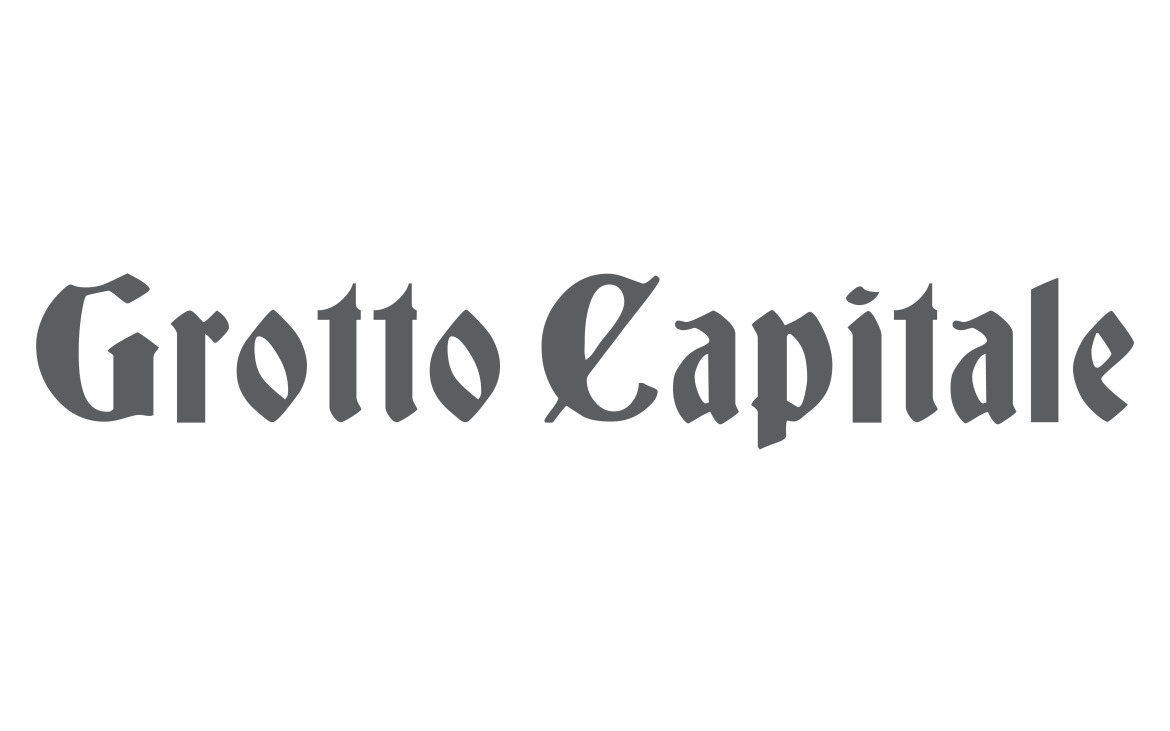
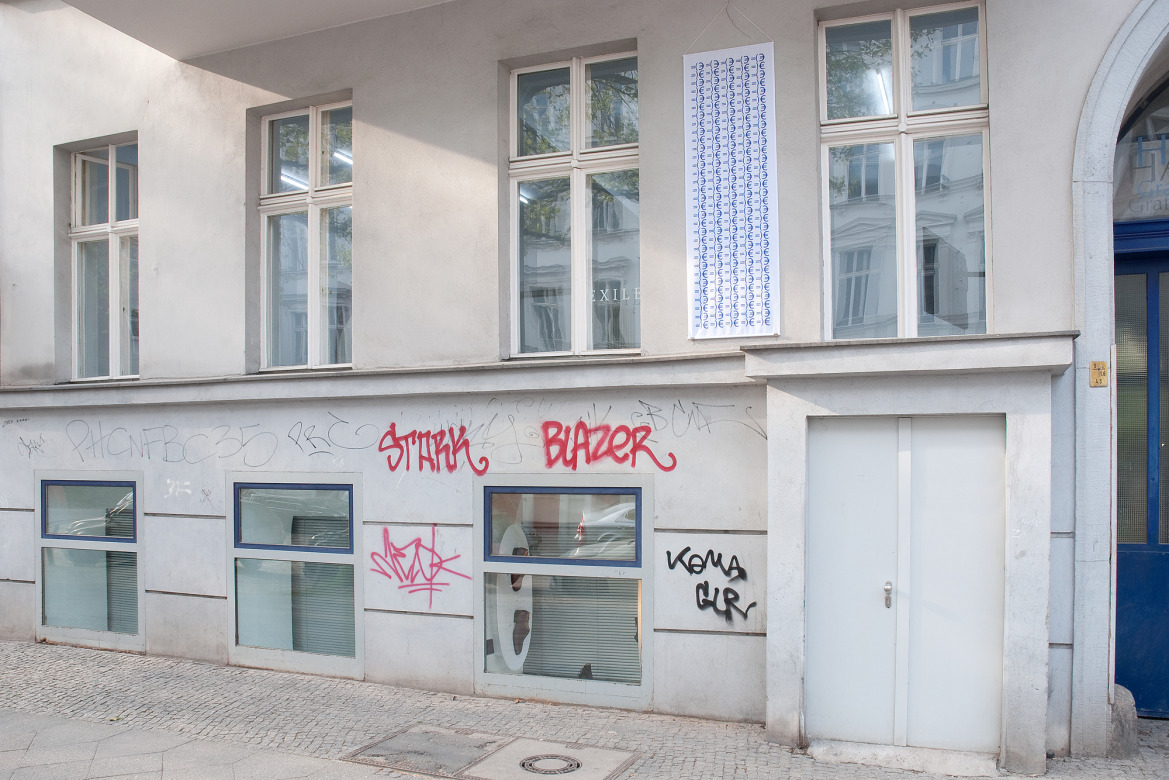
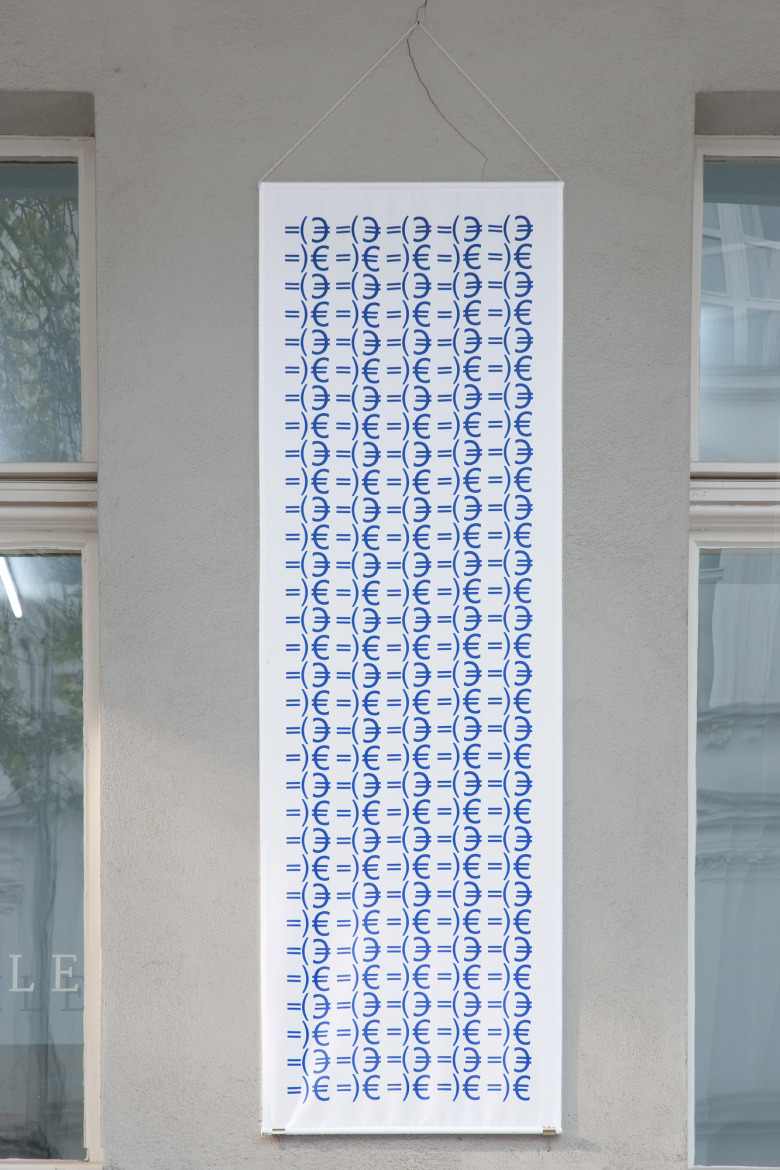
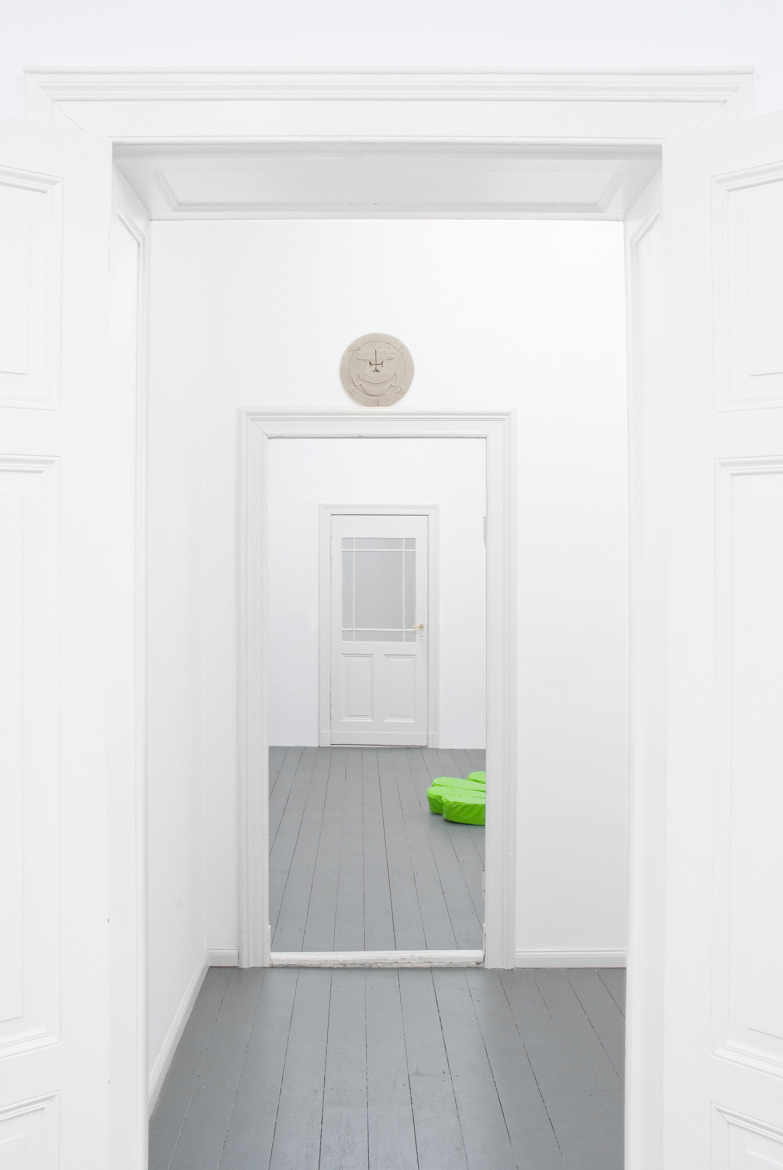
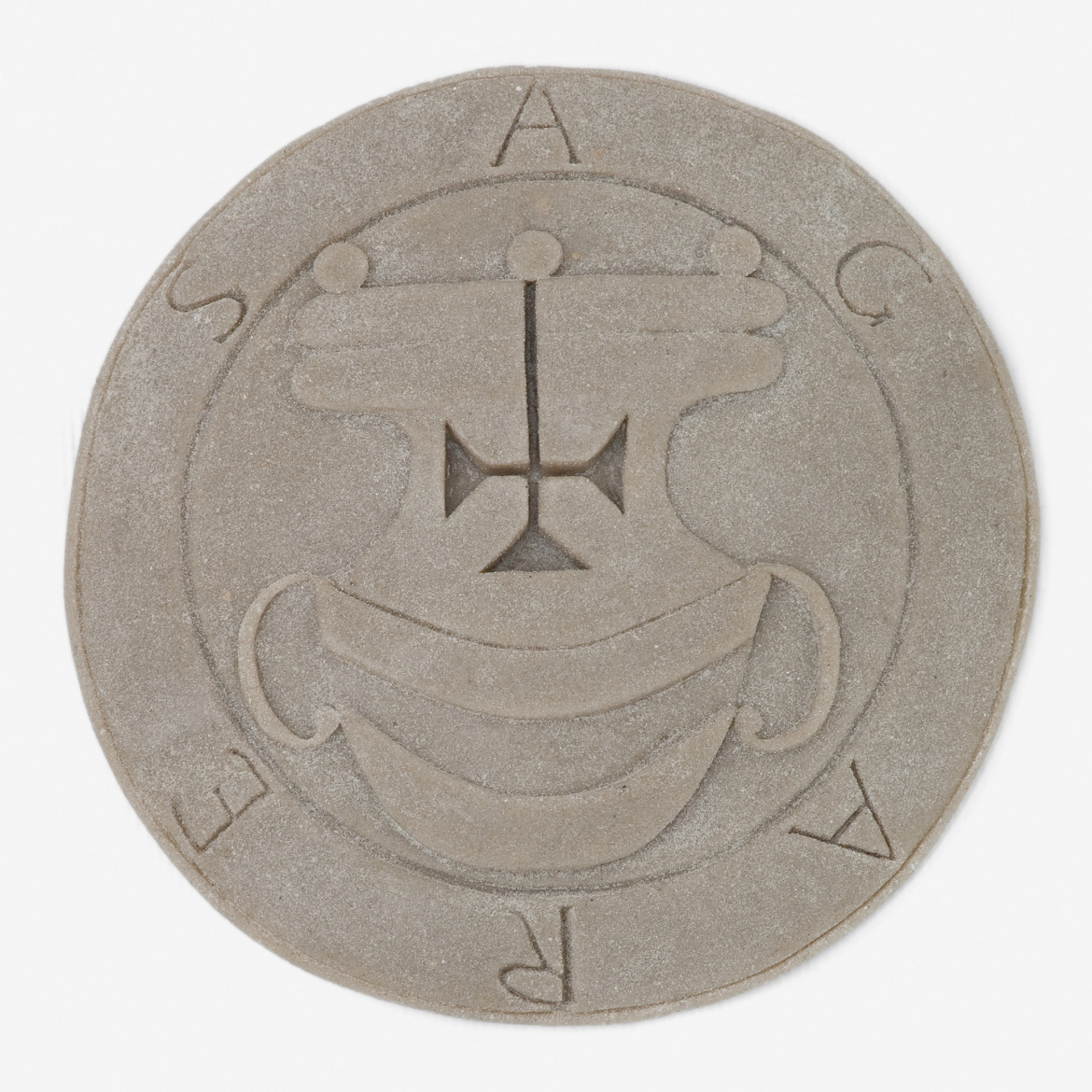
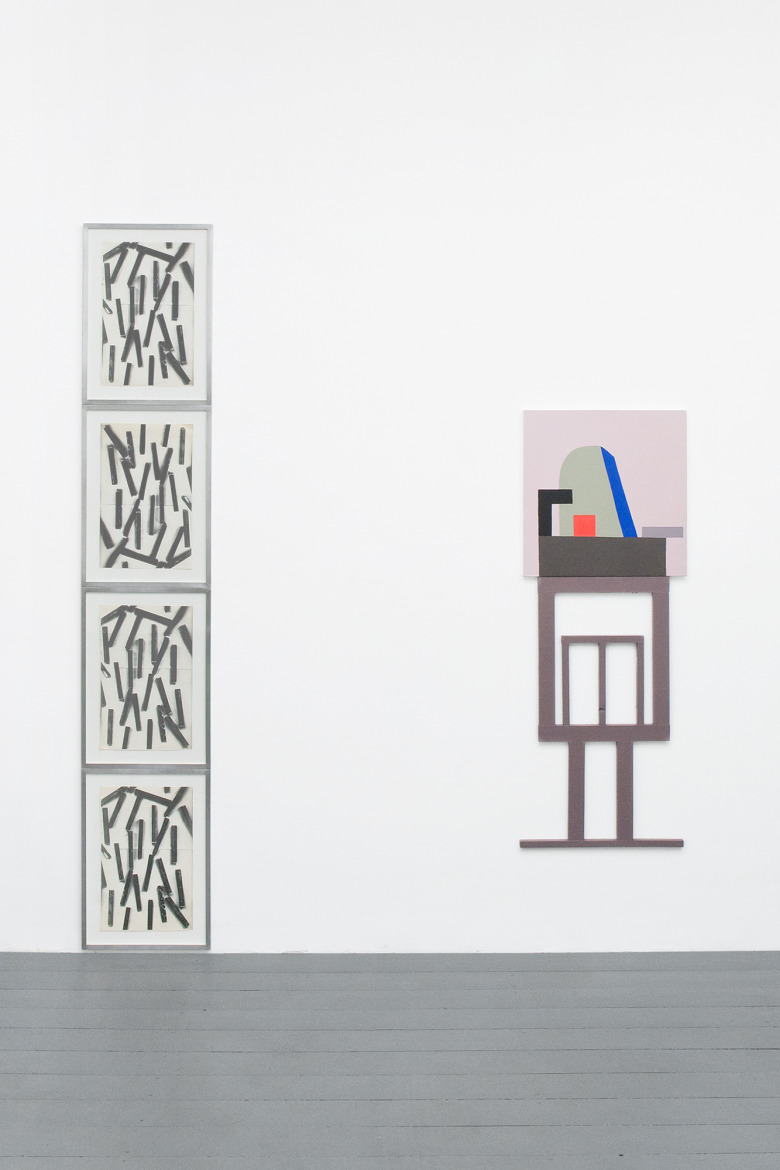
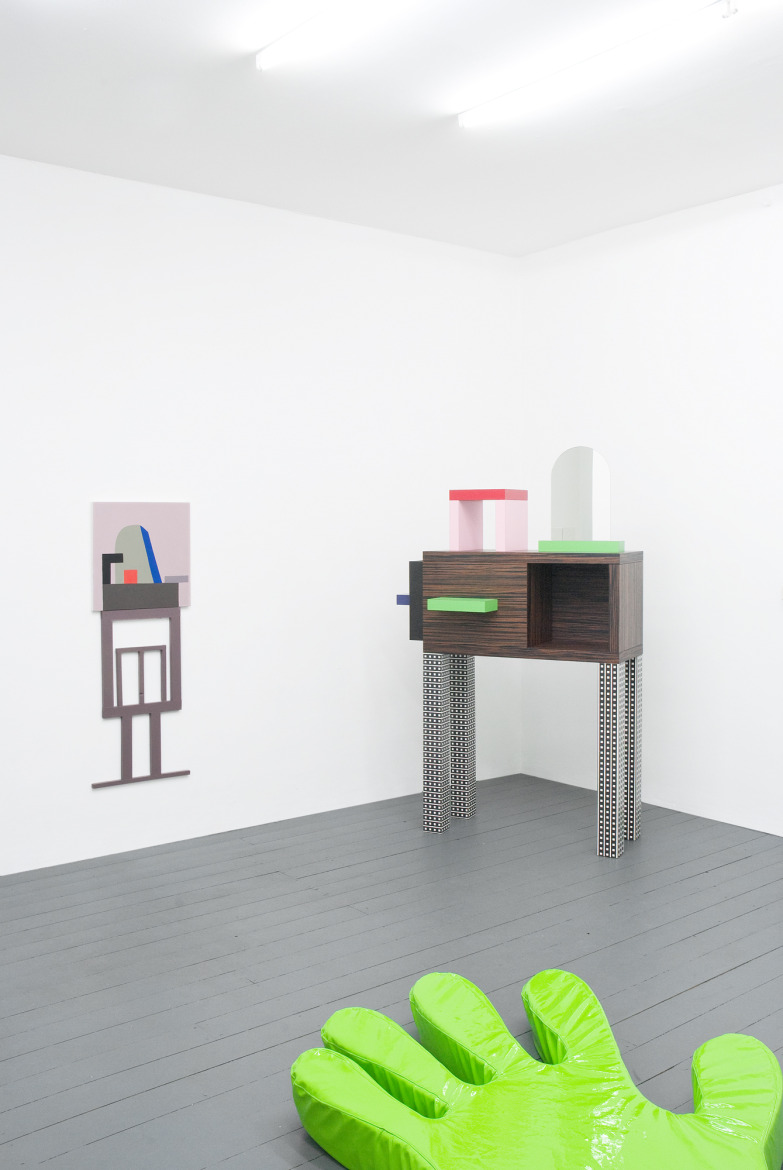
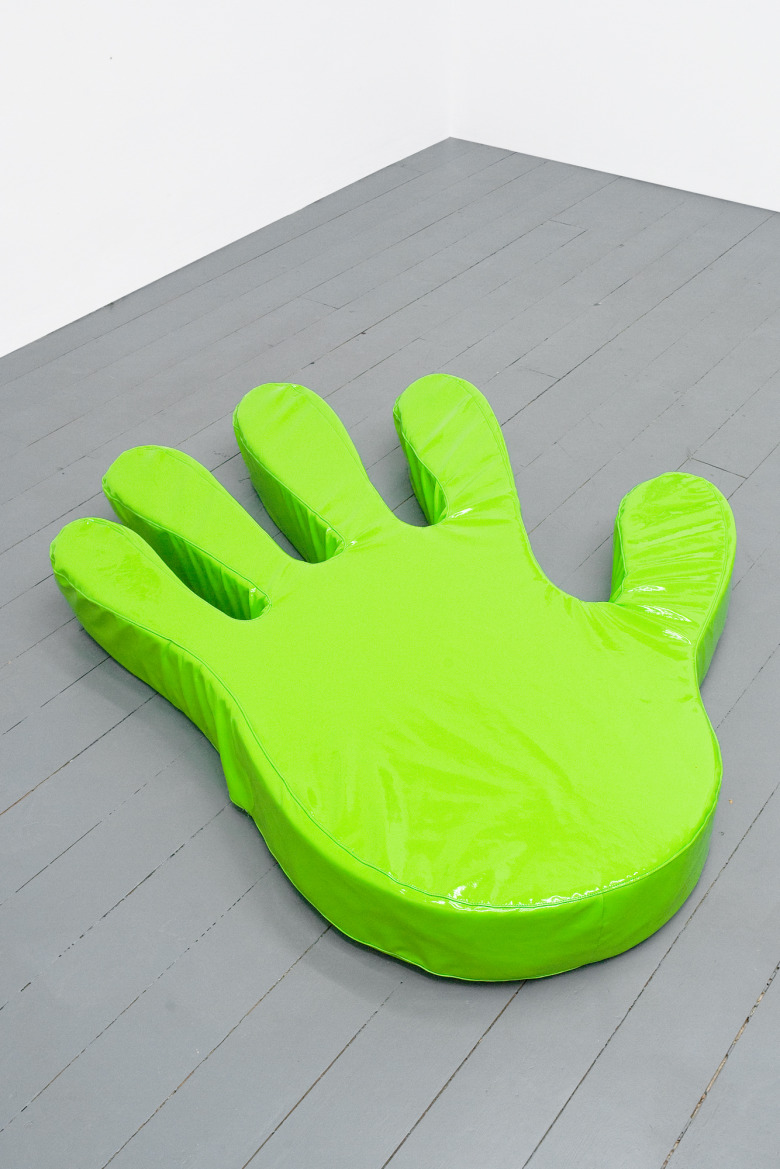

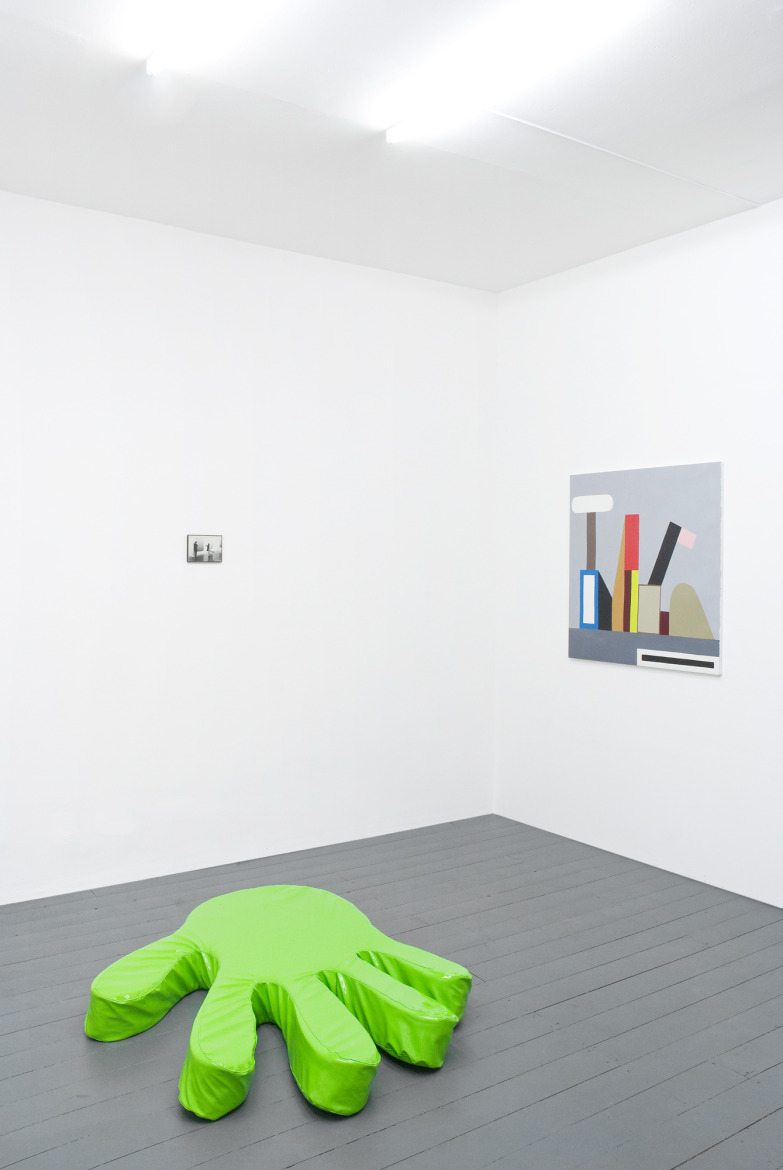
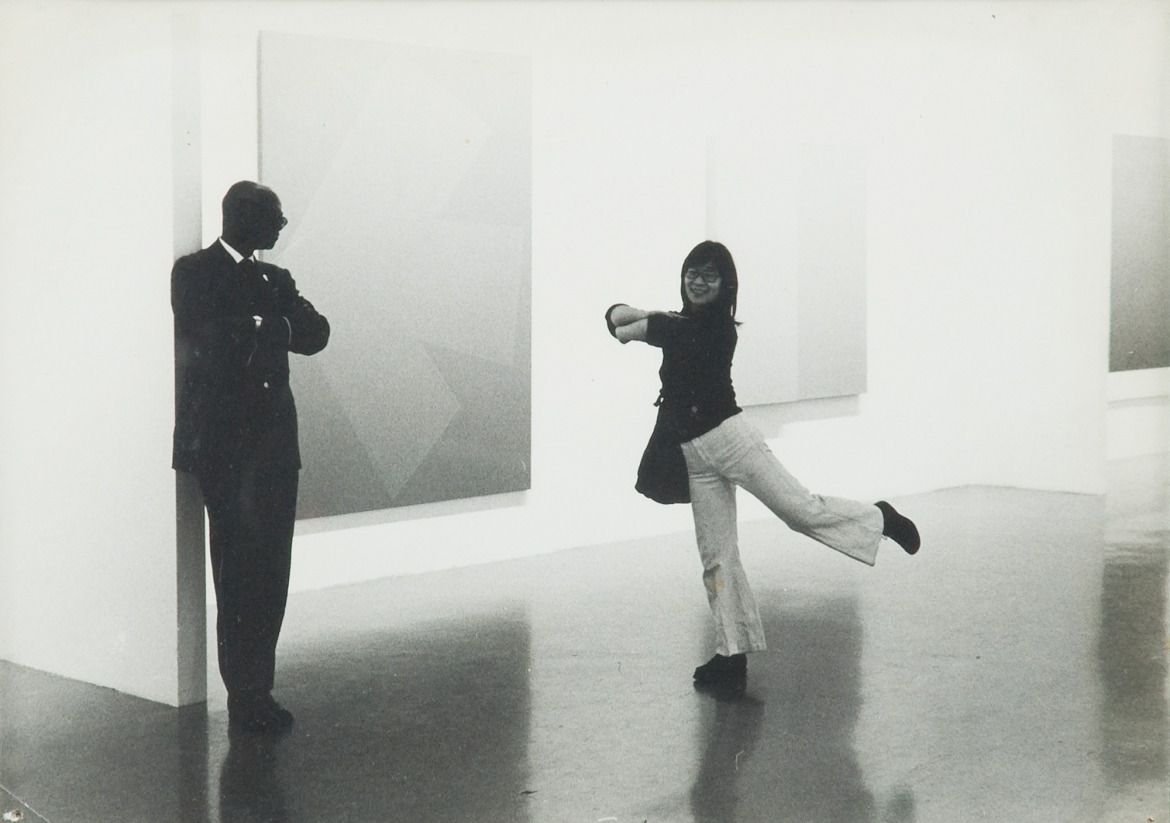
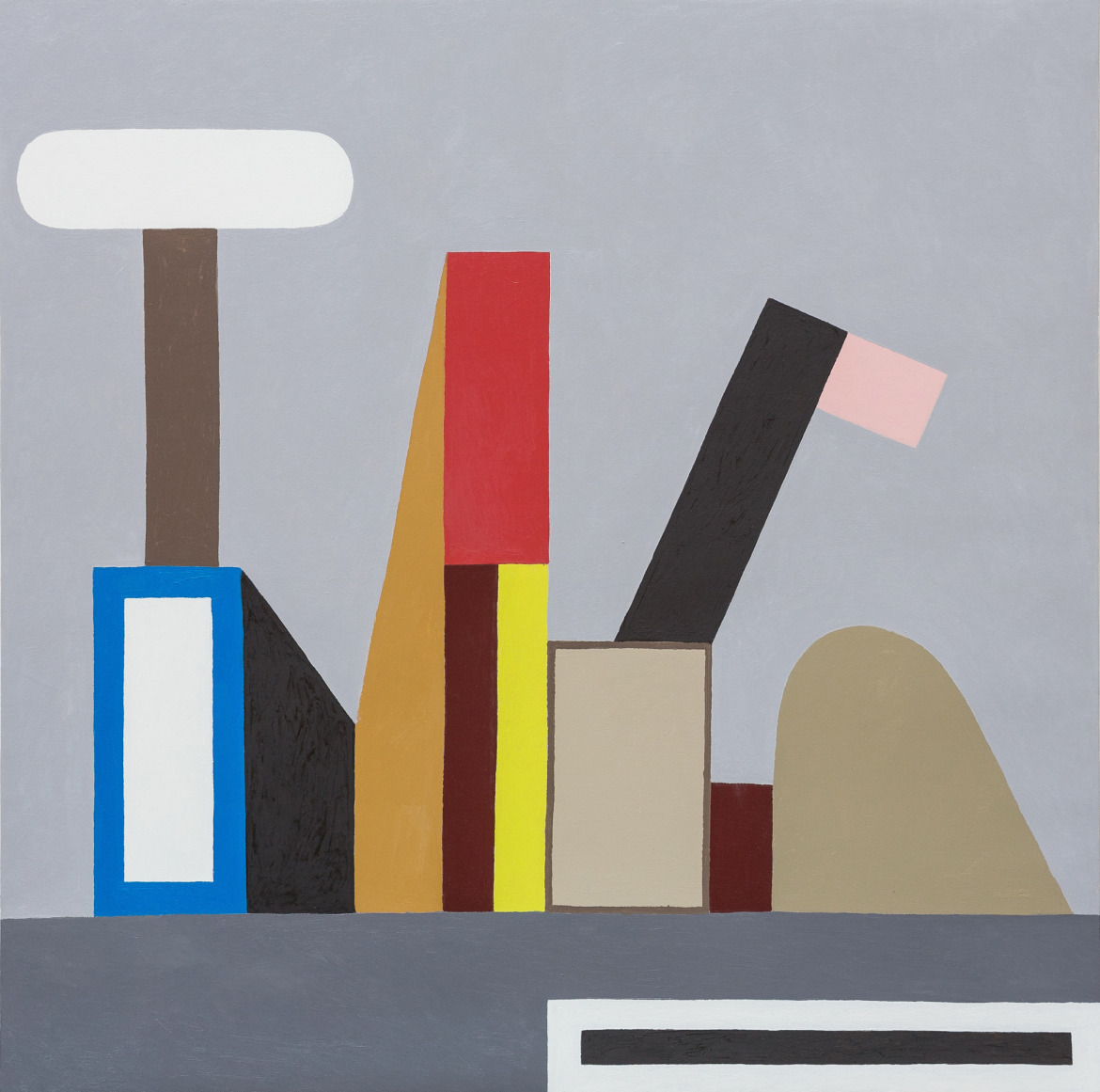

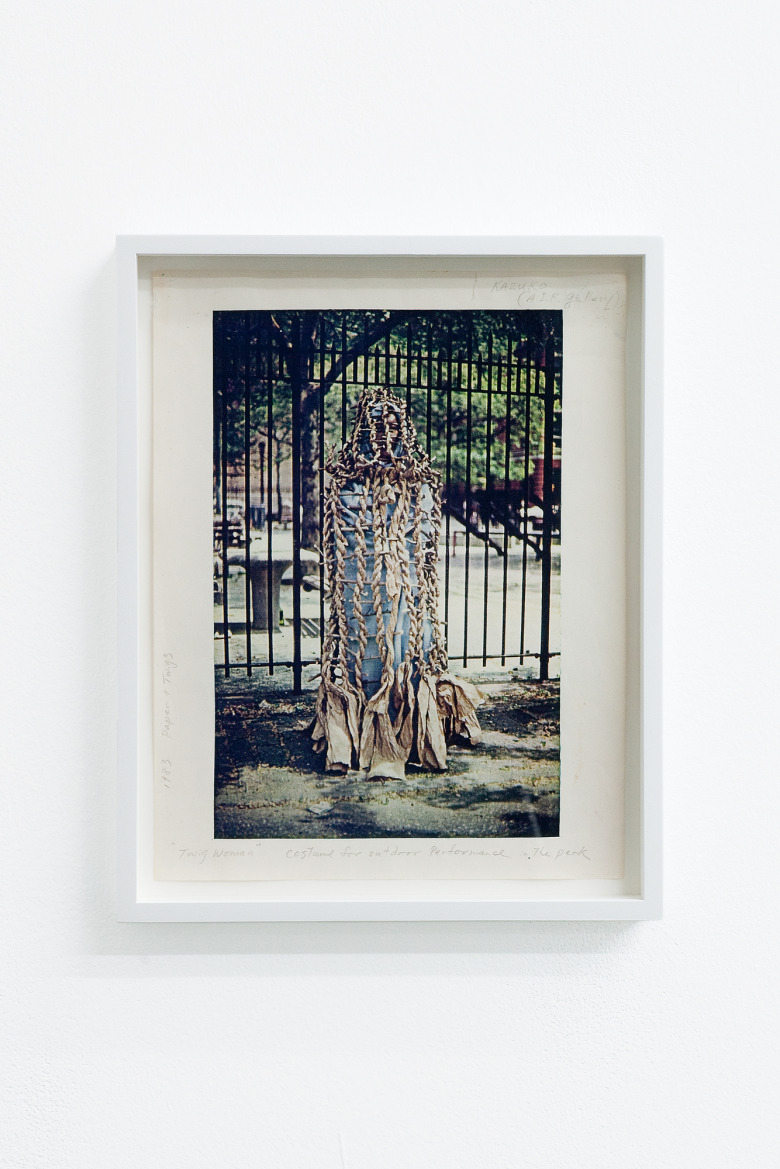

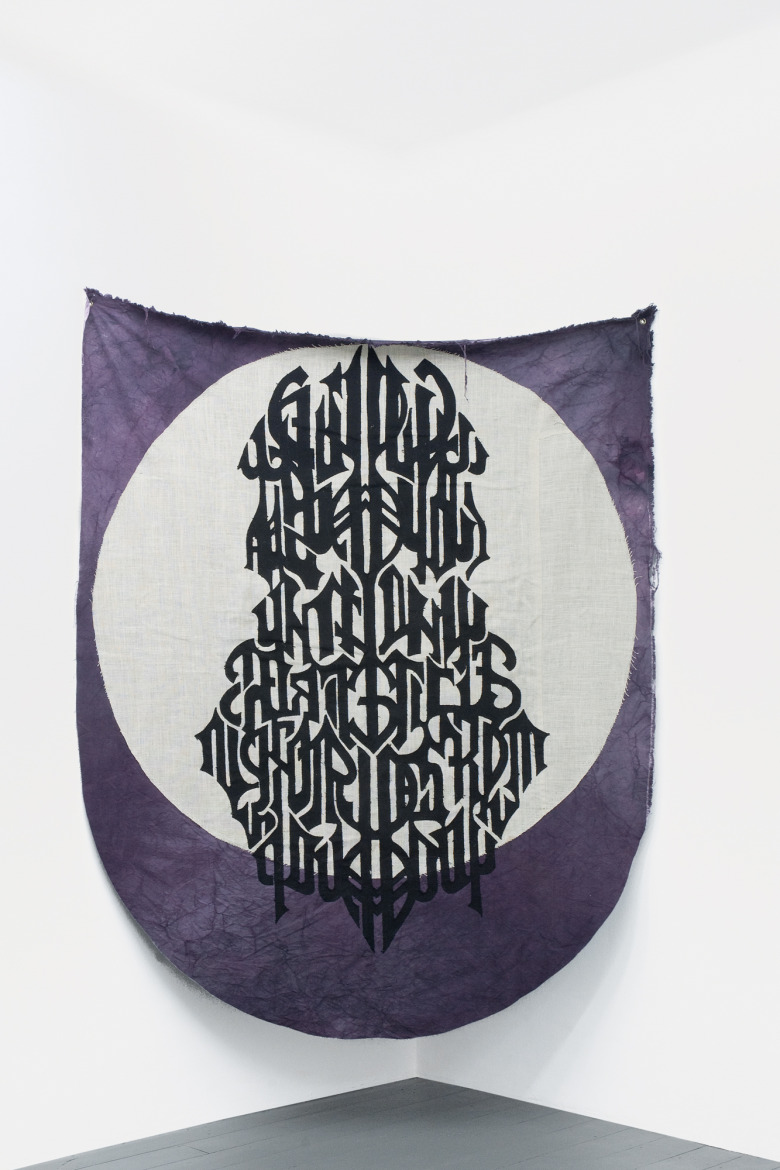
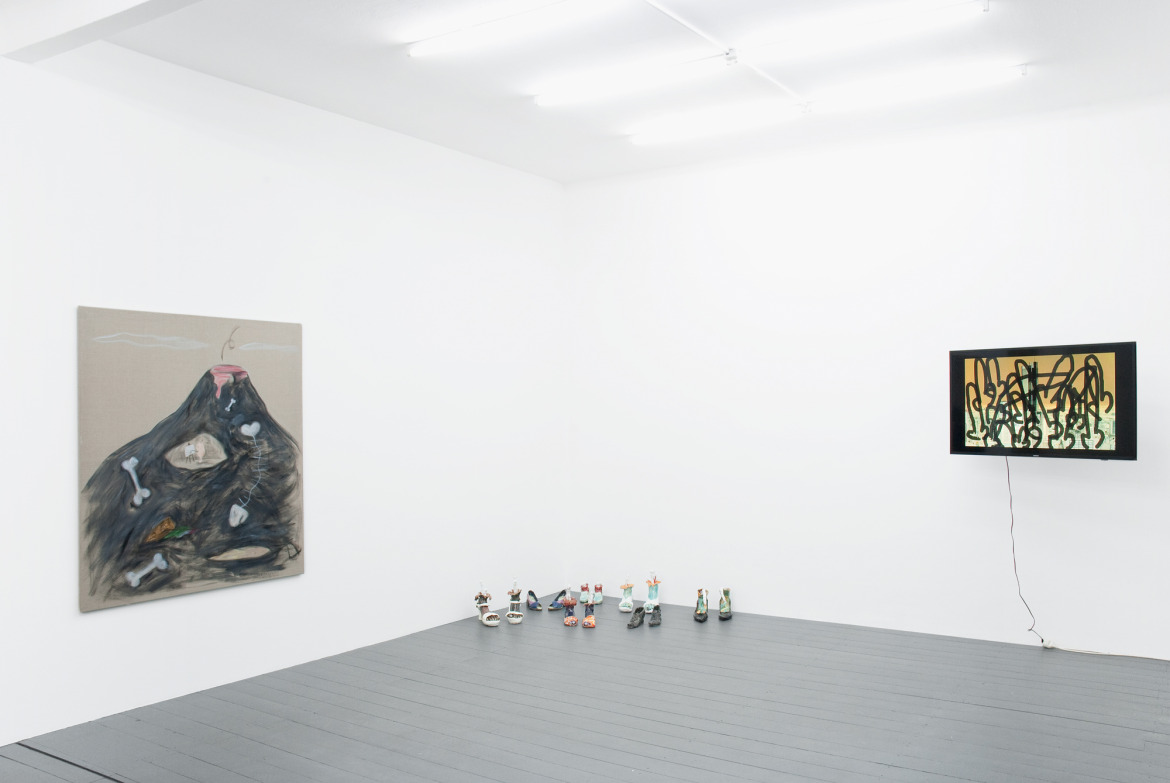

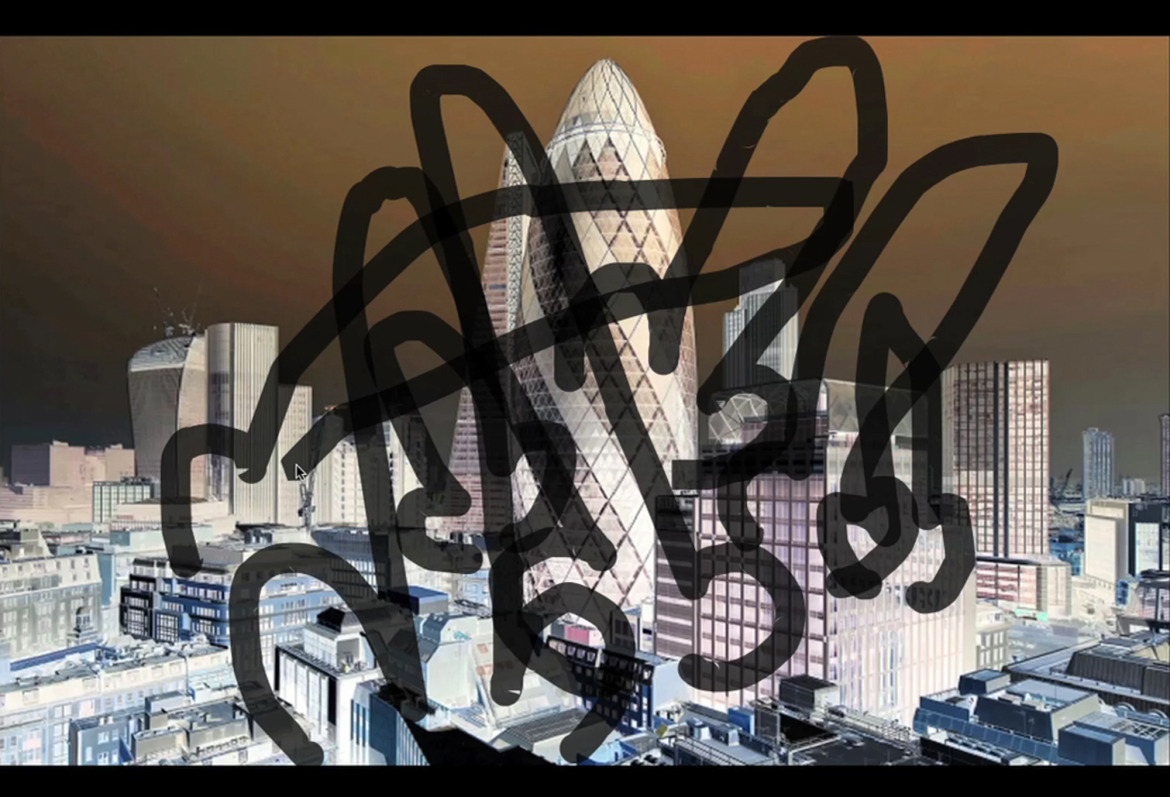

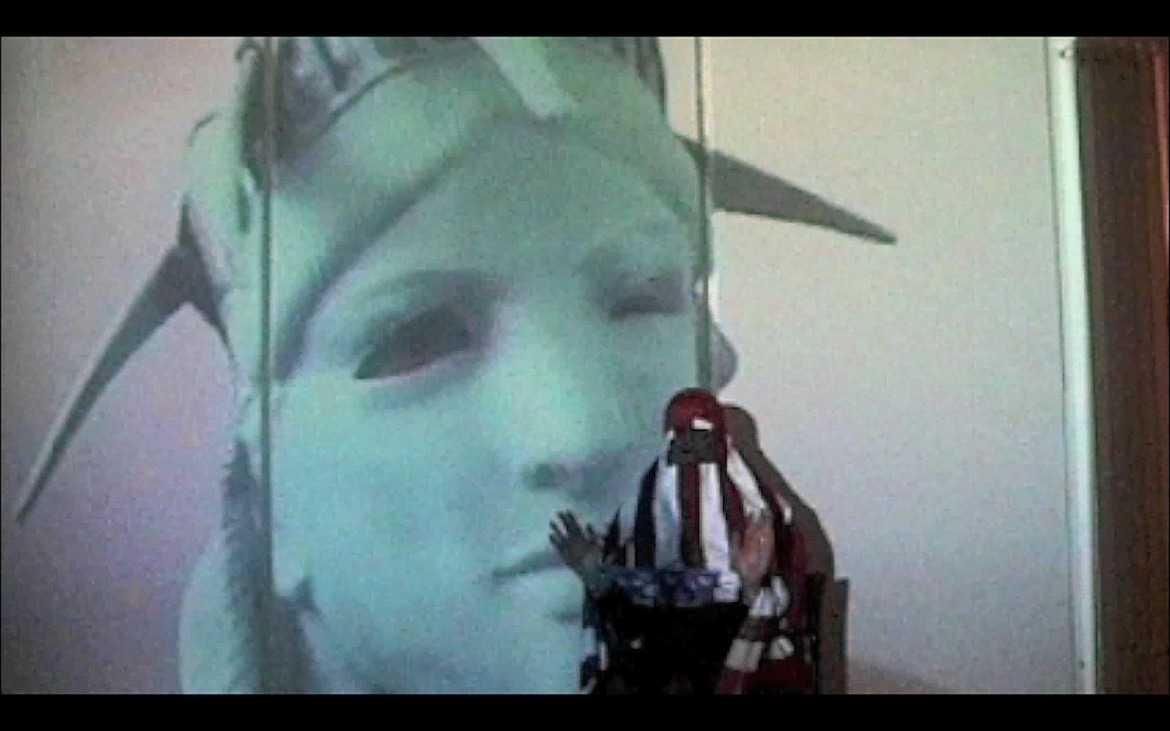
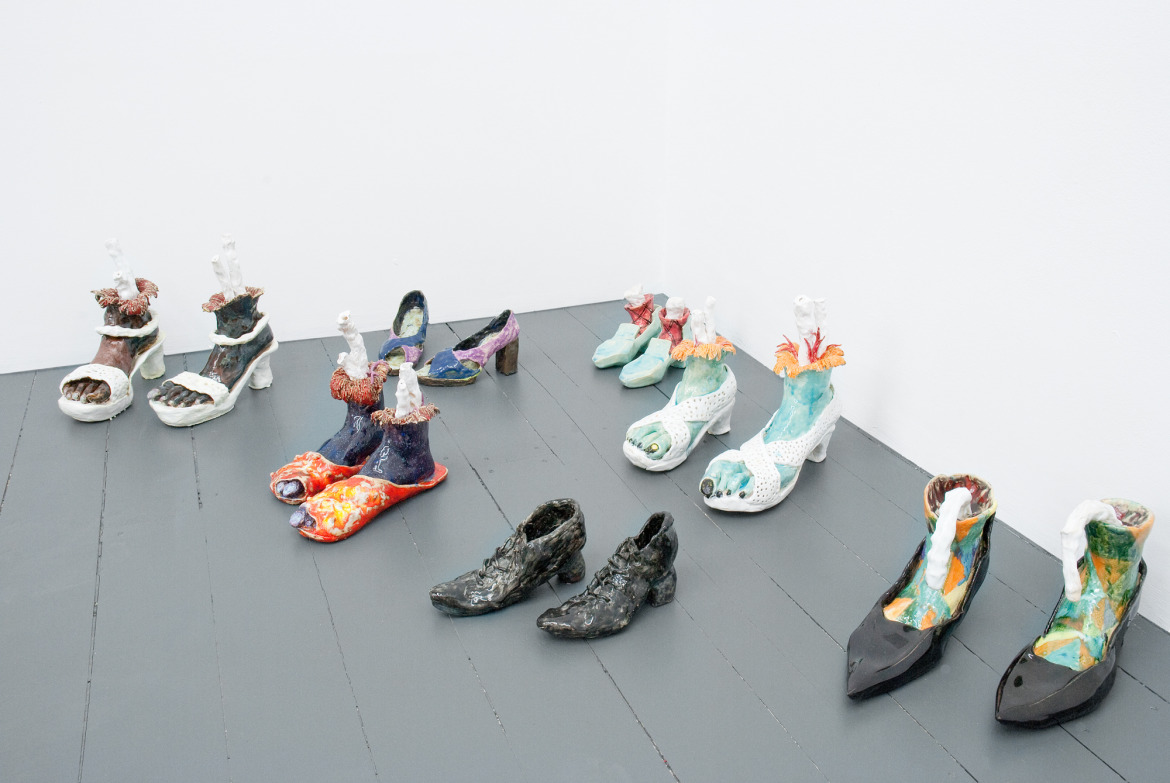
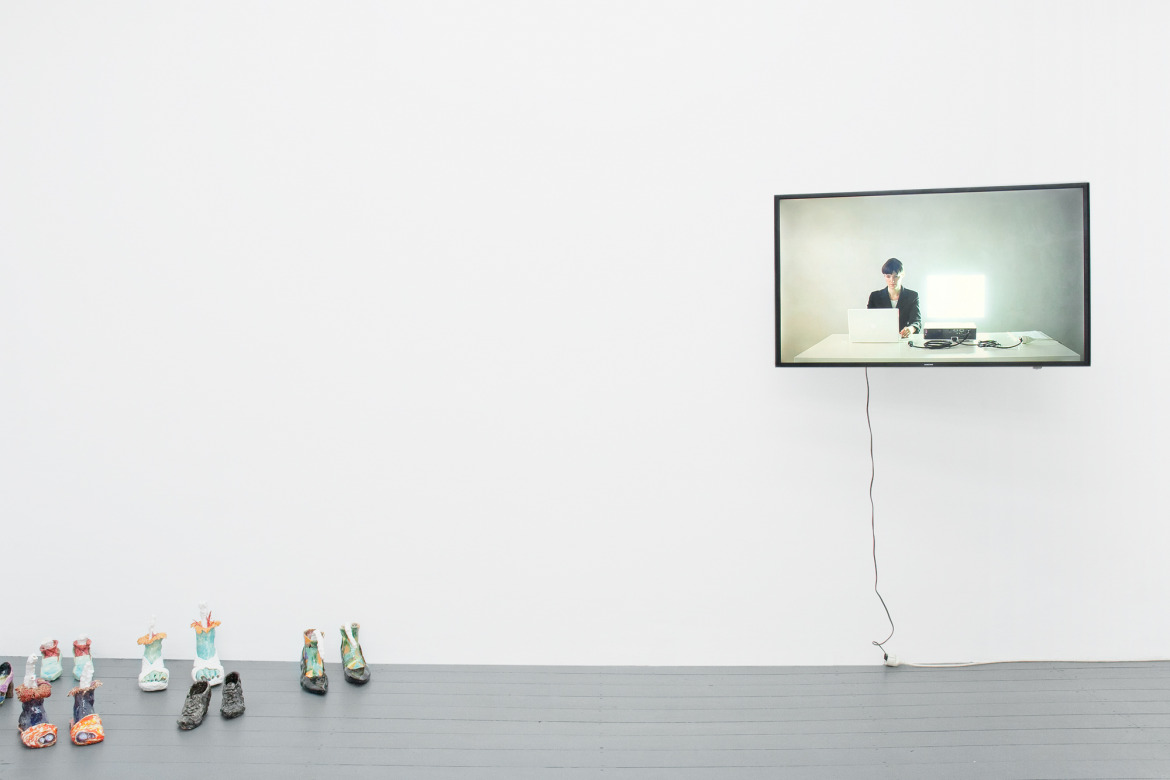
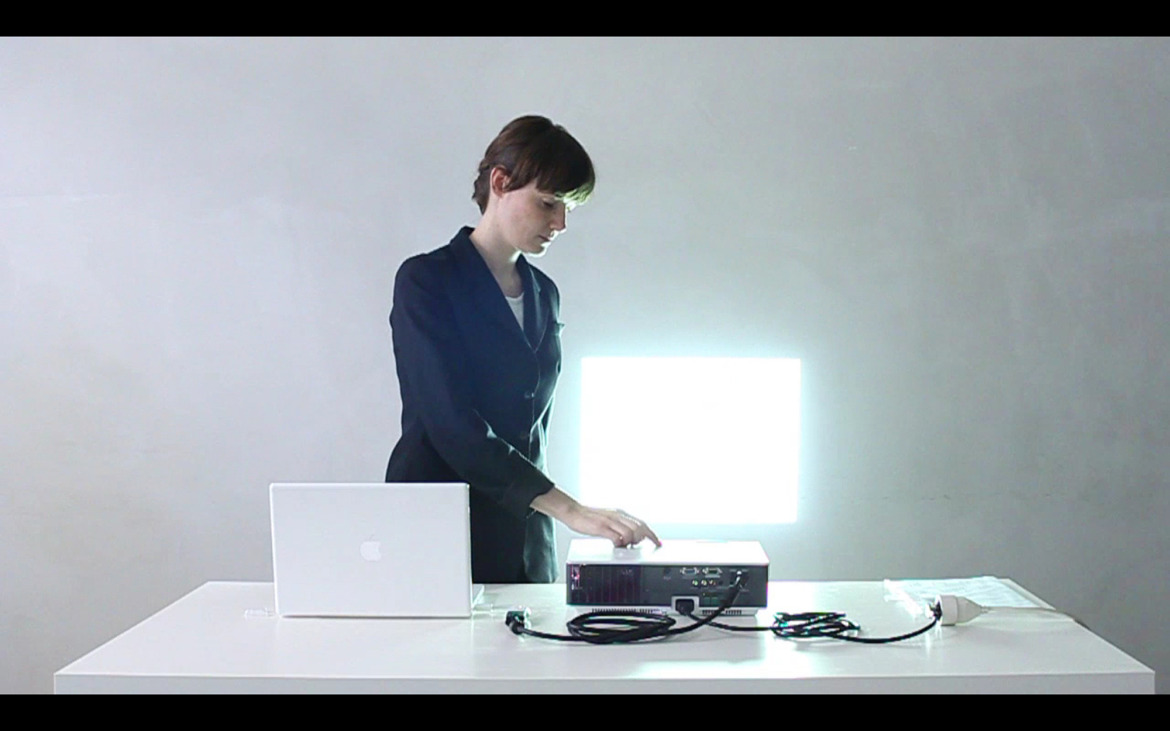
But still, built into me was this button – when pressed, the button would save me. I don’t know if I was in charge of this button, or if someone somewhere praying for me was in charge of it. I would abandon myself, like when I took the super pill. I would return though, I would recover. Others stayed out there, in a lovely but remote place. (Grace Jones)
Grotto Capitale: Beatrice Balcou, Kathe Burkhart, Zuzanna Czebatul, Nschotschi Haslinger, Nona Inescu, Anna Jandt, Hanne Lippard, Katharina Marzewski, Kazuko Miyamoto, Chiara No, Nathalie Du Pasquier, and Pauł Sochacki
Features
→Art Viewer
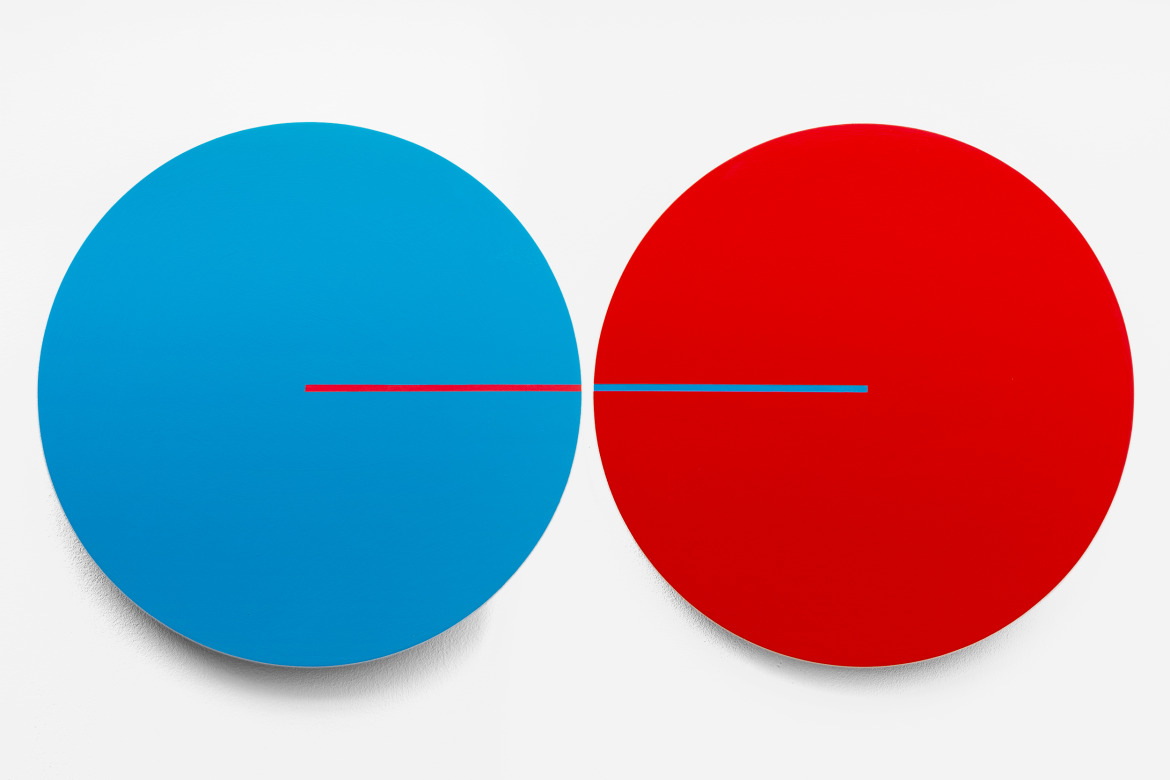
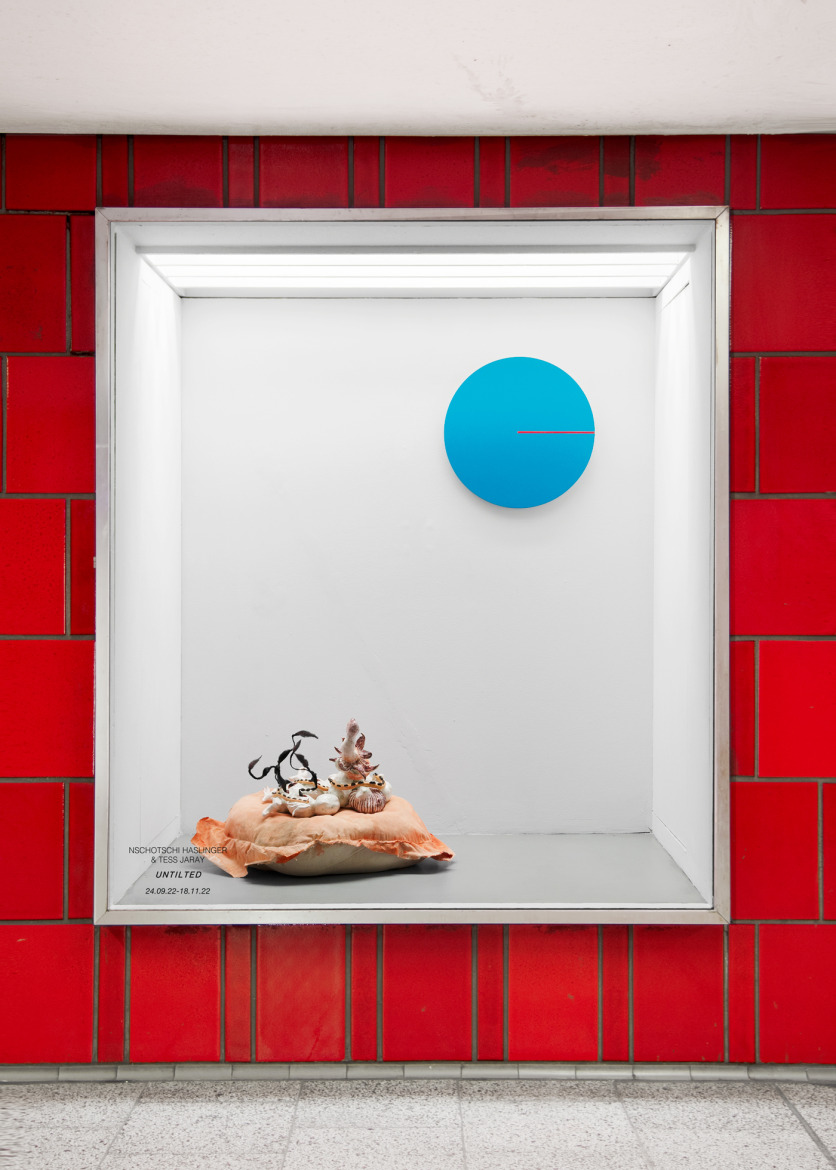
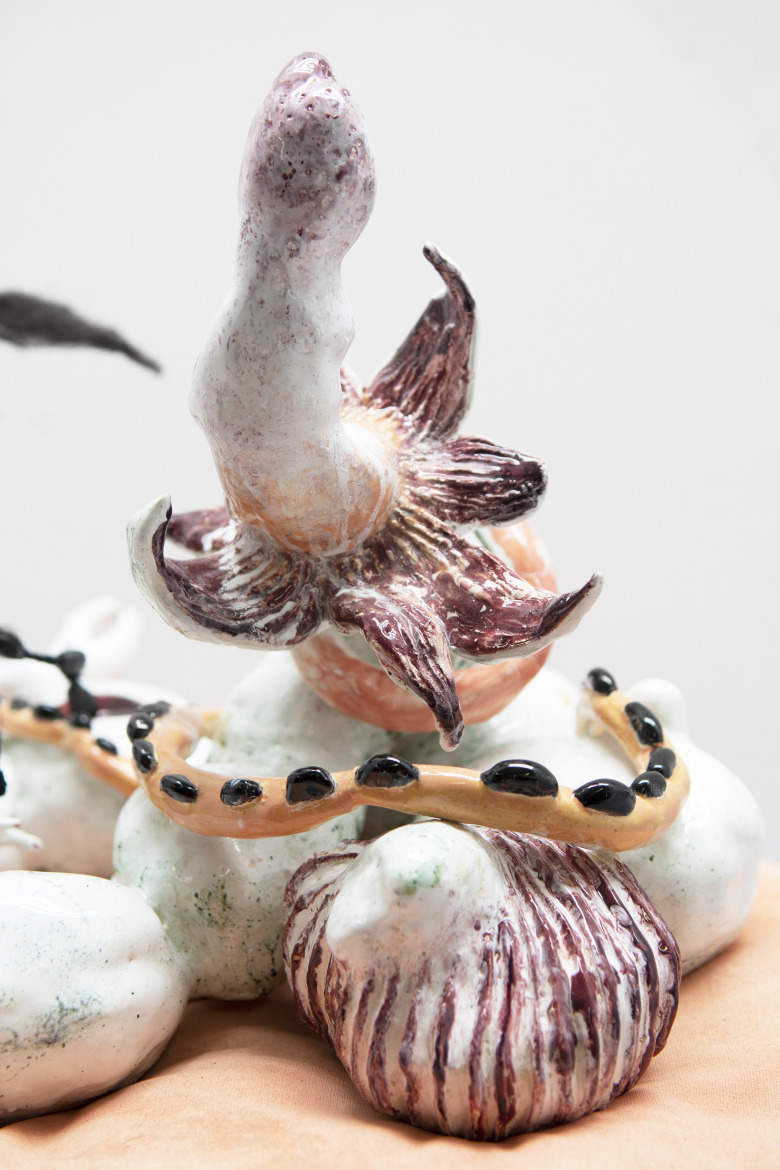

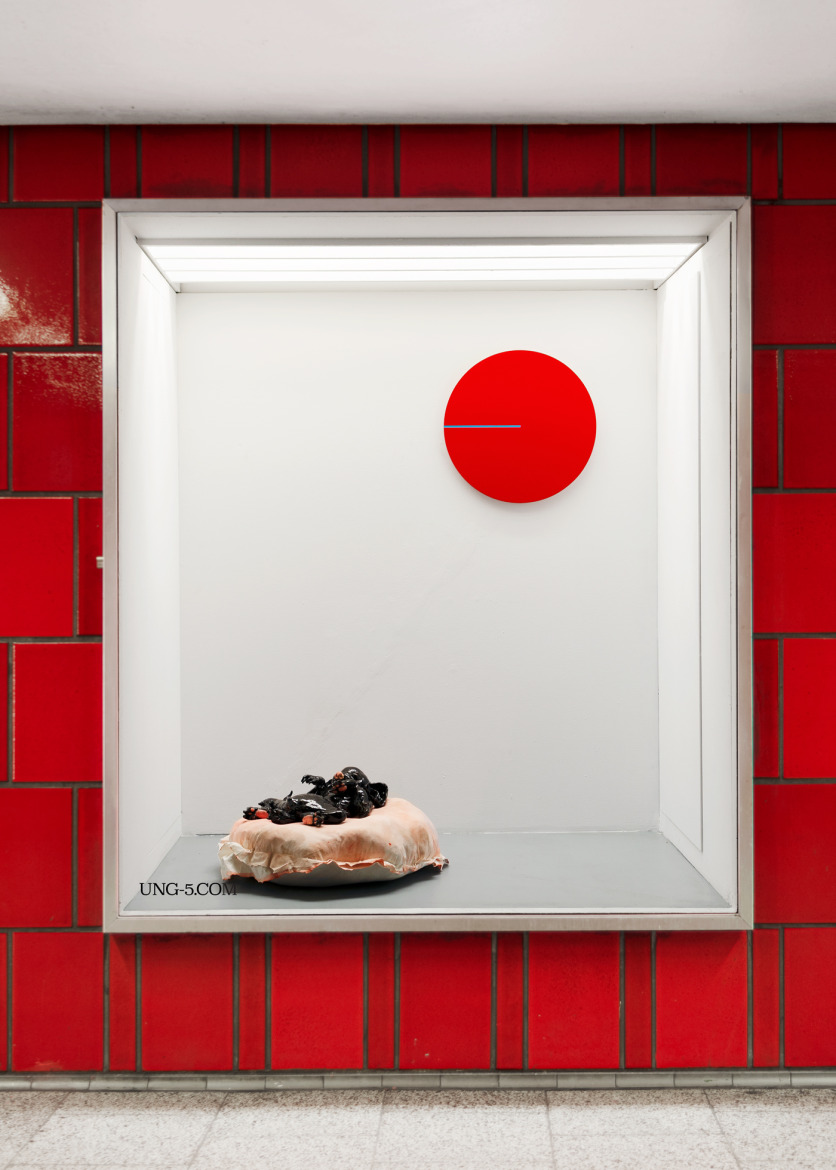

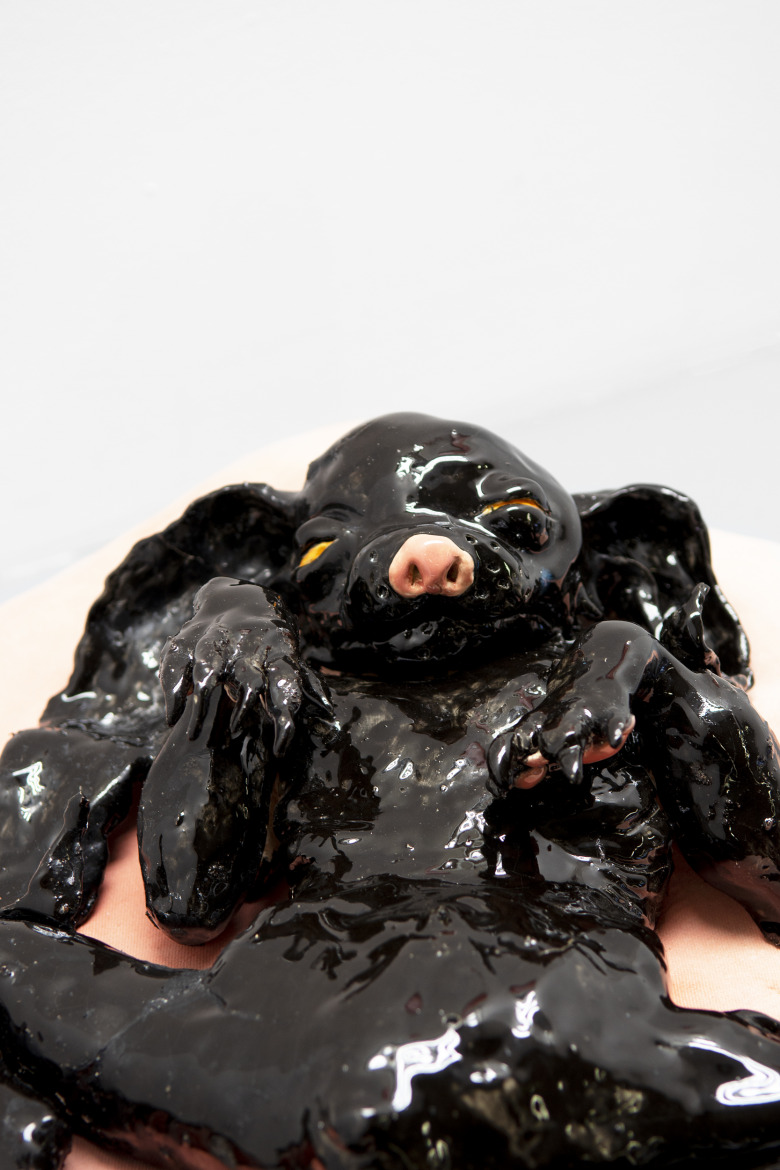

EXILE is happy to return to ≈5 with the exhibition Untilted featuring recent paintings by London-based artist Tess Jaray (born 1937) together with new ceramics by Berlin-based artist Nschotschi Haslinger (born 1982).
The vitrines of ≈5, situated in Cologne’s Ebertpatz subway station, are defined by their post-war, brutalist architecture. Found within an underground concrete maze of walkways, piazzas and shop windows, the vitrines are fully immersed within the symmetric logic of such rational architecture of the time. The psychedelic hue of the surrounding red tiles evokes an almost aggressive or at least unnerving response. When walking by the vitrines, they recall a filmic take in two shots or, when viewed together from a distance, a kind of dialogue amongst them.
Contrasting the brute architectural rationality, the presentation’s title might be a typing mistakes. If not an error, the first analogy that might spring to one’s mind could be the eponymous 2005 album by the electronic music band Autrechre. Yet what is the difference between untitled and untilted? This dichotomy has most poignantly been explored in the visionary work Untitled (Perfect lovers), 1991 by Félix González-Torres. Two equal clocks are aligned, yet one quickly learns about their incontrollable individuality, their emotional differences, irregularities or imperfection. Any initially perceived synchronized duality will fade with the ticking clocks inevitably ending out of synch. Yet, as perfect lovers, they are defined by their individual identities and not their structural systemic perfection. The untitled perfect symmetric surface falls behind to reveal a complex and humane, an untilted, reading.
The two artists chosen in dialogue to one another work in very diverse practices. At first sight, their link might appear even vague resulting in an unclear, raw or even missing connection. Another programming error? It is not, as both artists address emotional qualities and longings in their works quite similar to the mentioned work by González-Torres. Might Untilted be an (un)intentional homage?
One work per artist per vitrine leaves the featured works isolated and exposed to each other as well as to the passing viewer. Beginning with the diptych by Tess Jaray, that is forcefully split across the two vitrine spaces, each painting consists of an essentially monochrome circular plane that is superimposed by a perfect thin line measuring from the outer edge to each painting’s circular center. Each line is painted in the color of its diptych other. With the lines set in horizontal position and facing one another, the work appears as a strict geometric exercise, yet it mutates through perceptions of color to ask about the interconnectedness between the two parts. One cannot exist without the other, an emotional interdependency expressed through rigid symmetric shapes of circle and line. If indeed an homage, Jaray’s work could refer to a pair of one-handed clocks that tick in mirrored synchronicity but aim to blend into relational belonging through the missing part of each other’s color plane.
A recent ceramic by Nschotschi Haslinger rests at the bottom of each vitrine. Relaxing on comfortable pillows, these beings continue her exploration into magical, dream-like spheres expressing diverse feelings manifested as physical identities evolved to some stage between gruesome monster, psychedelic tripping and post-human life form. Their relationship to one another, in explicit difference to Jaray’s work, remains unclear. The first being, Schwarzes Bunny (2022) alludes to filmic visions of teenage nightmares and somehow reminds of Donny Darko (2001). The ugly bunny, uncomfortably exposing its genital area, asks for attention, care or even love. Fear, isolation, loneliness and loss are integral parts of human existence. The other being though, entitled Vibrationen V (2022), does not appear in need of much attention but seems to have evolved. It confidentially acknowledges its own negative emotional darkness expressed through external feather-like and exposed organs while appearing as a confident, amorphous, poly-amorous, post-gendered identity. Without a need of a smooth surface Vibrationen V has morphed into a self-certain, self-sufficient self.
Jaray’s and Haslinger’s works are left to communicate in their isolated display cases to the passer-by through their self-reflexive, crisscrossing emotional interferences. The paintings by Jaray as much as the ceramics by Haslinger don’t guide us into linear belief, instead they point to fragility, emotionality and dependency as a basic human need and positive instinct. It is each viewer’s choice to sense relations between the works as much as – through the glass – to themselves.
→≈5
→Nschotschi Haslinger artist link
→Gwenn Thomas: Jack Smith in Cologne, 1974 & 2018 at ≈5

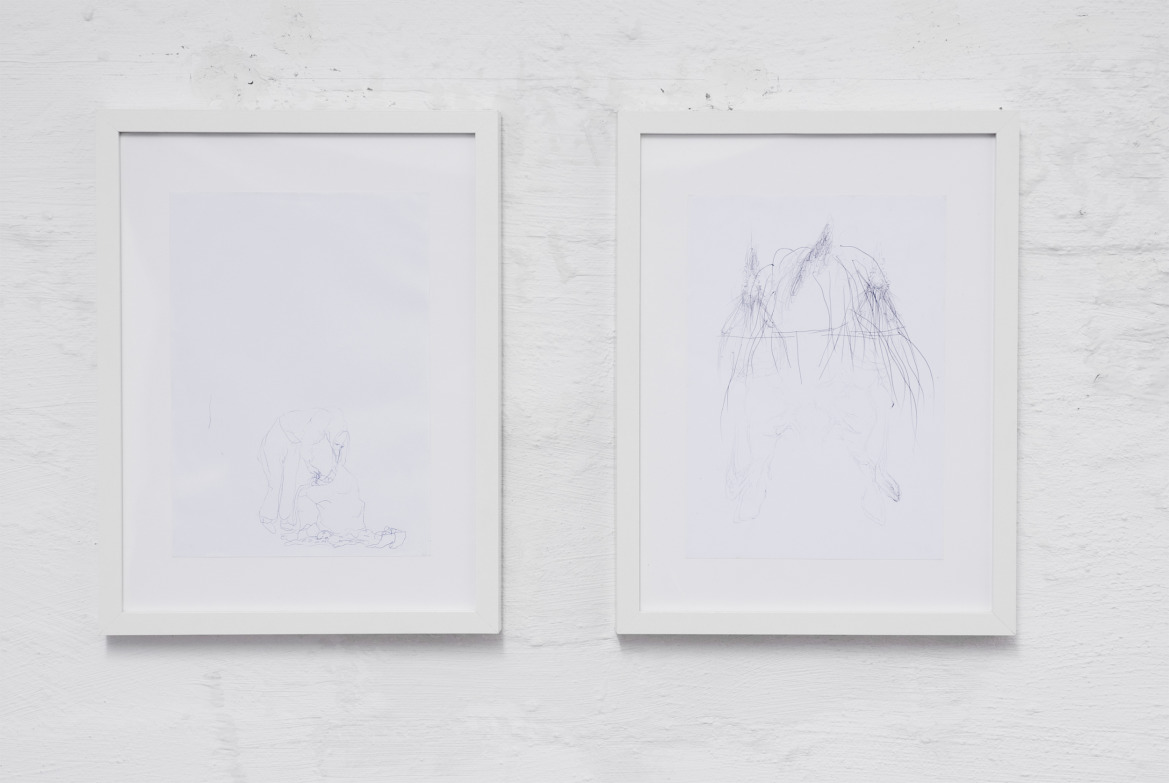

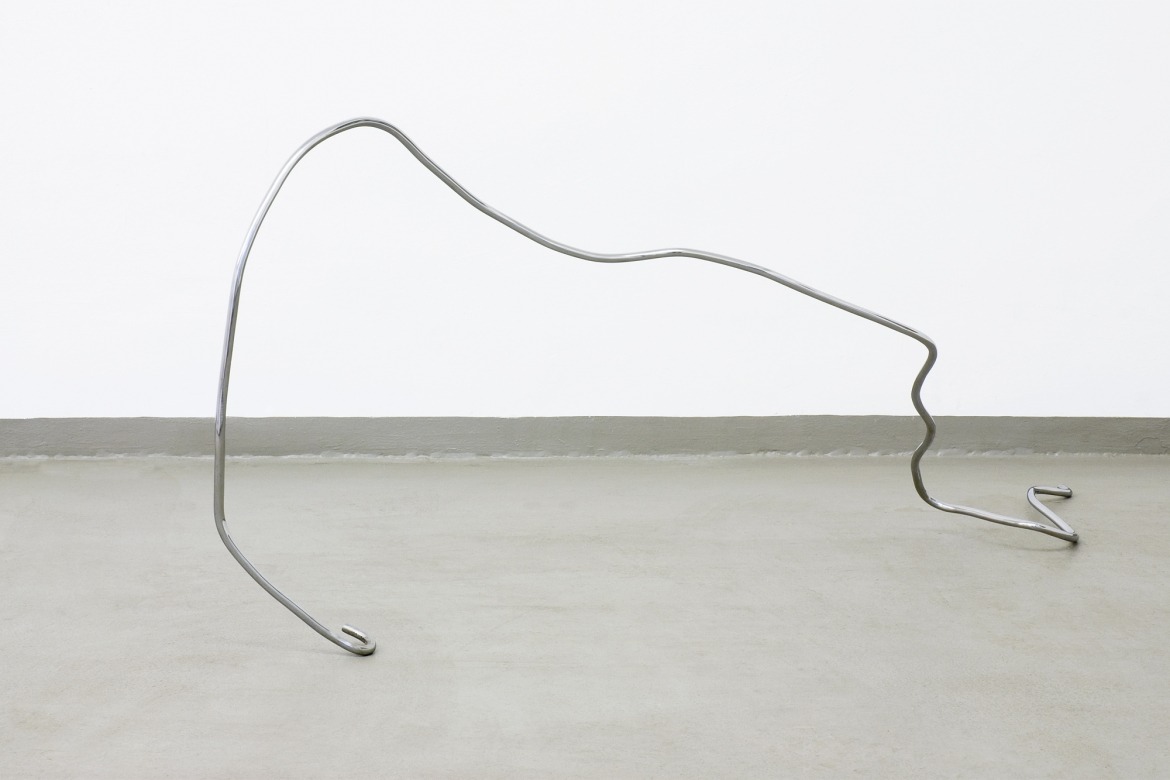
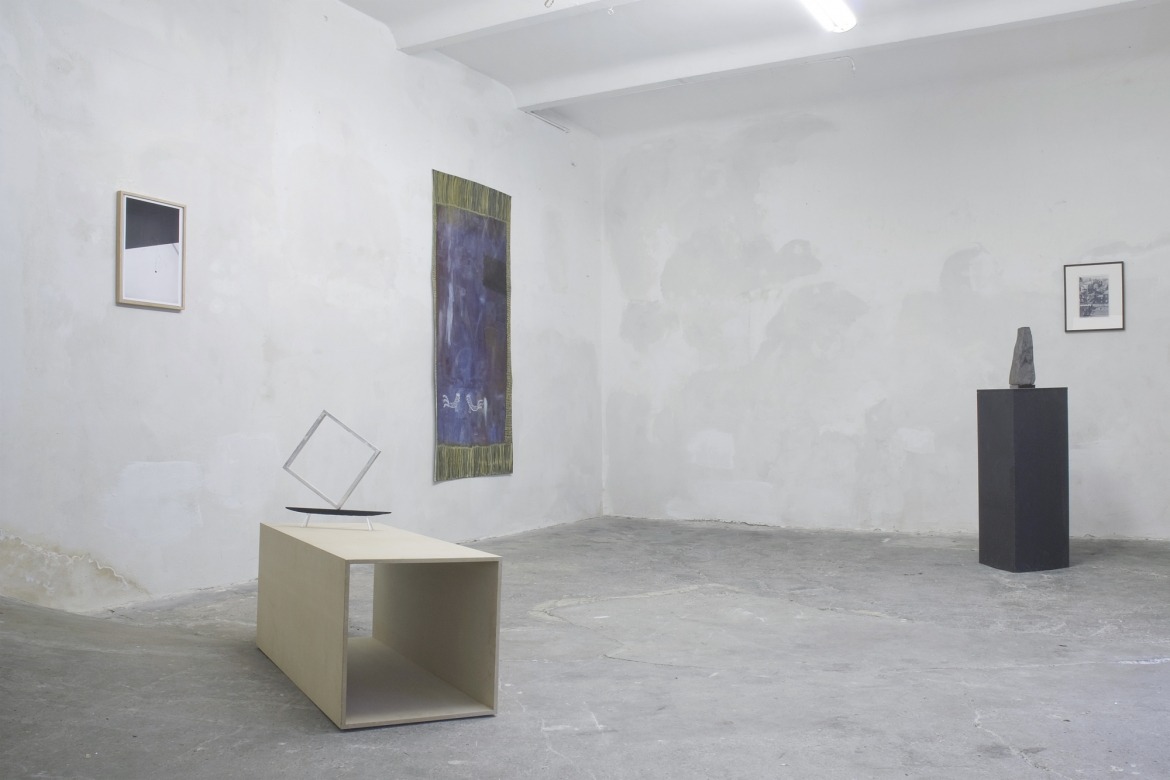
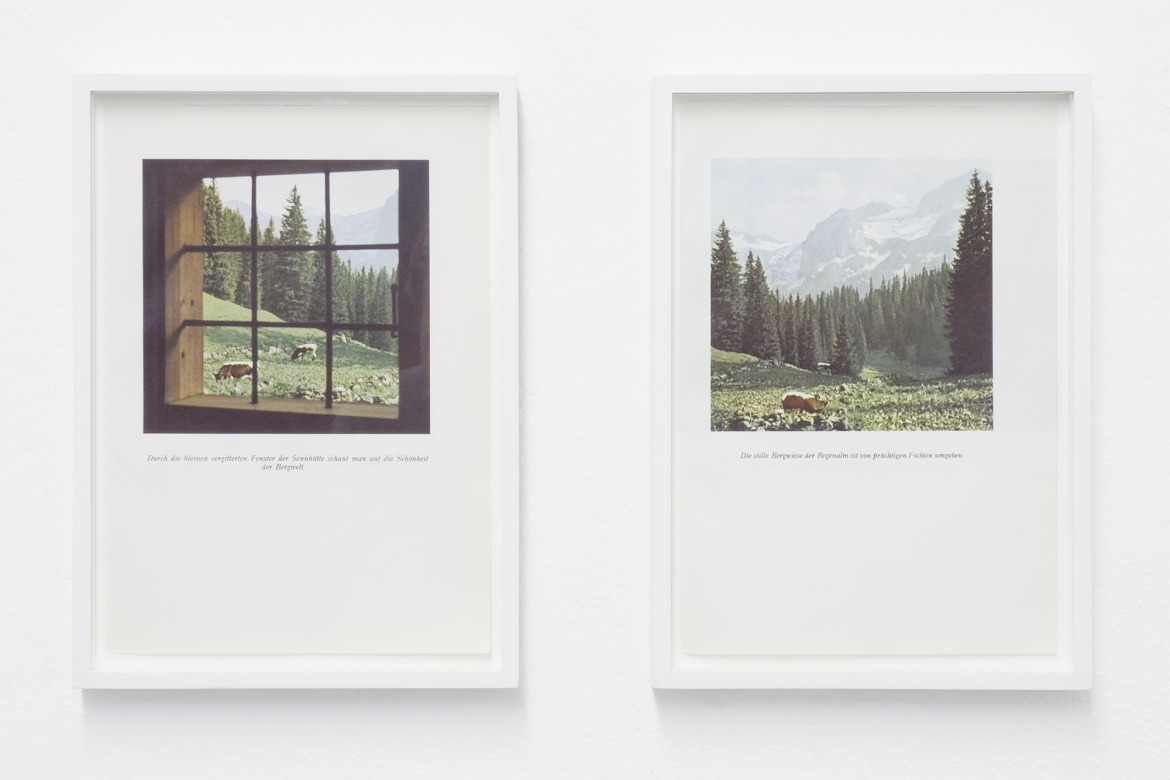


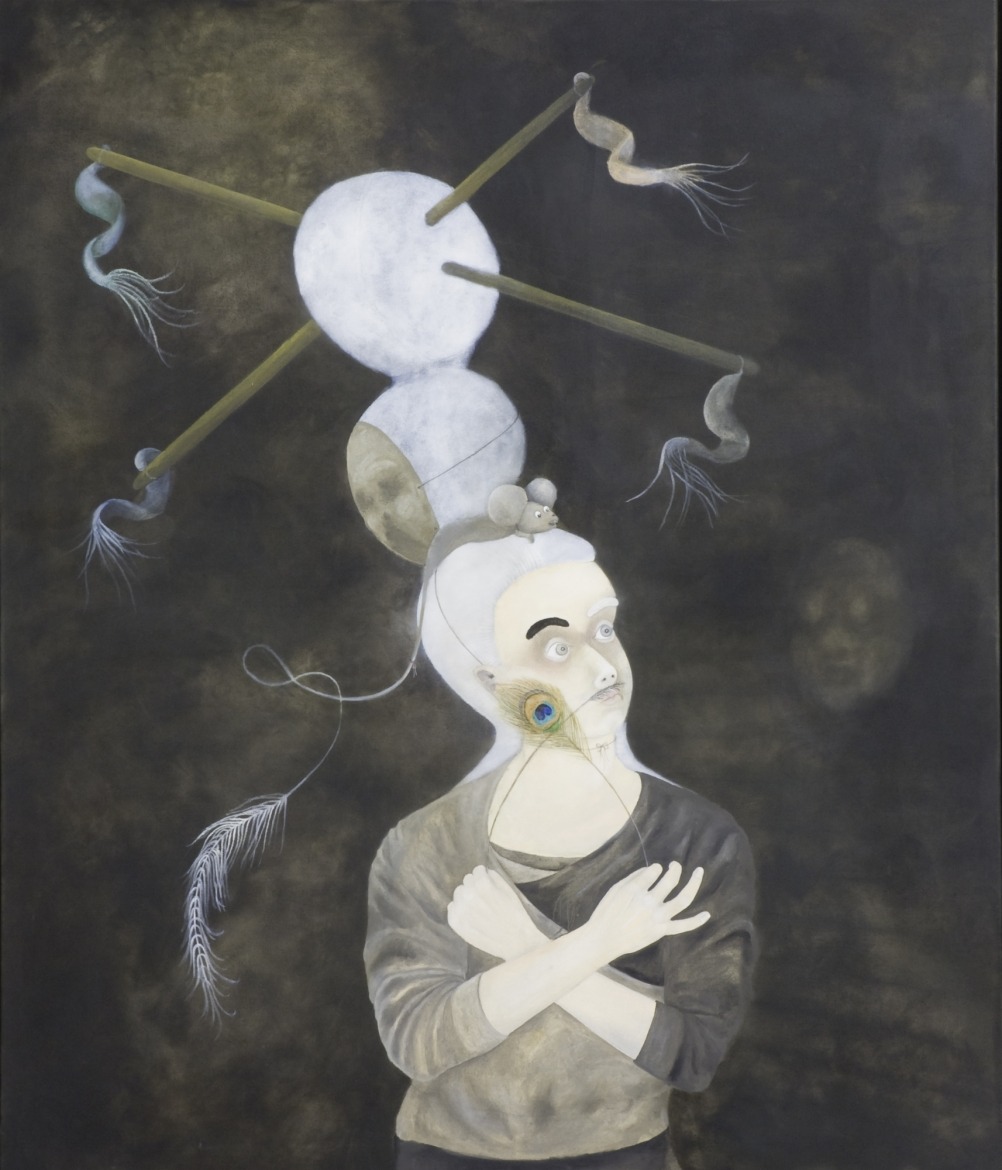
EXILE is pleased to present this year’s first group exhibition entitled 33 115 68. The show’s title, a secret code for a different title, and the selection of artworks are based on the question of how much we really have to know in order to approach and decipher a piece of art.
In the context of Art even a hidden or disappearing quality can be the source of an artwork’s power and presence. As such, the incomplete is an essential category which encourages the viewer to search for and define what is in his/her interpretation the complete experience. Any seemingly clear and easily understood approach becomes questionable, as only a fragment of the whole meaning can be inferred.
Even if the aesthetic object is a persistent thing, we are dealing in aesthetic intuition instead of a static condition. Of greatest importance is how an artwork appears and speaks to us.
Participating Artists: Carola Deye, Haris Epaminonda, Nschotschi Haslinger, Adrian Hermanides, Katharina Marszewski, Stefanie Popp.
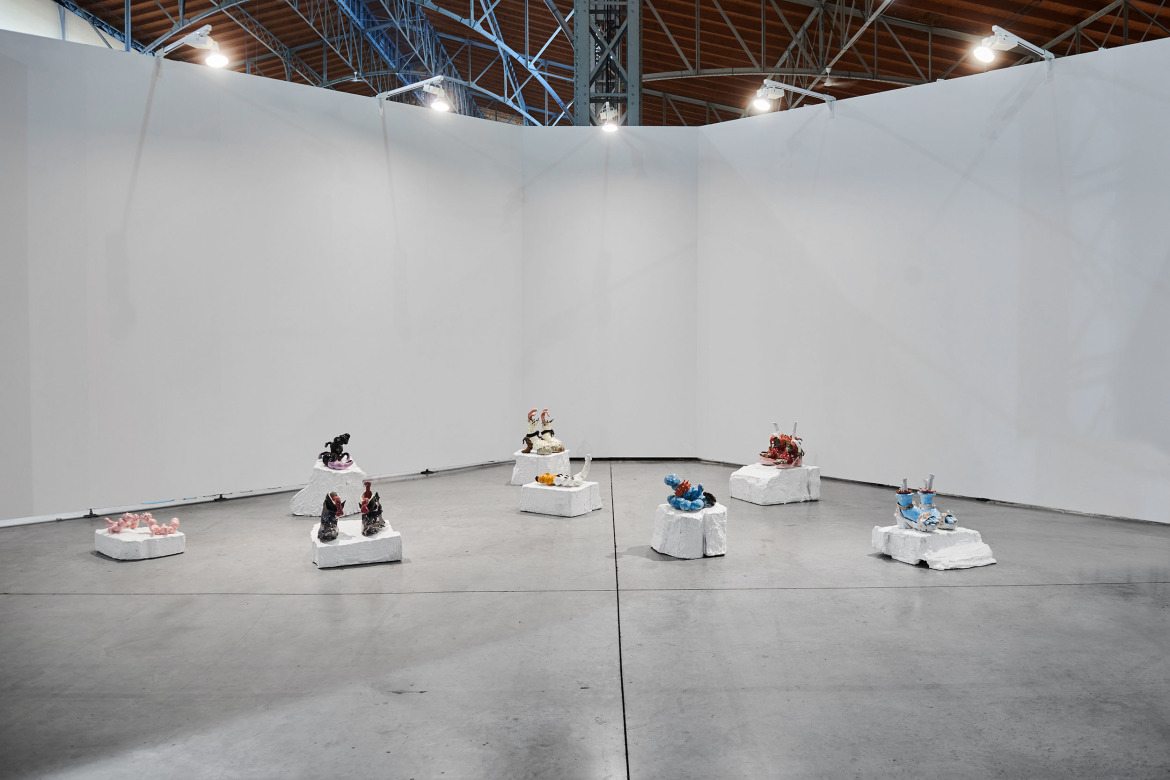
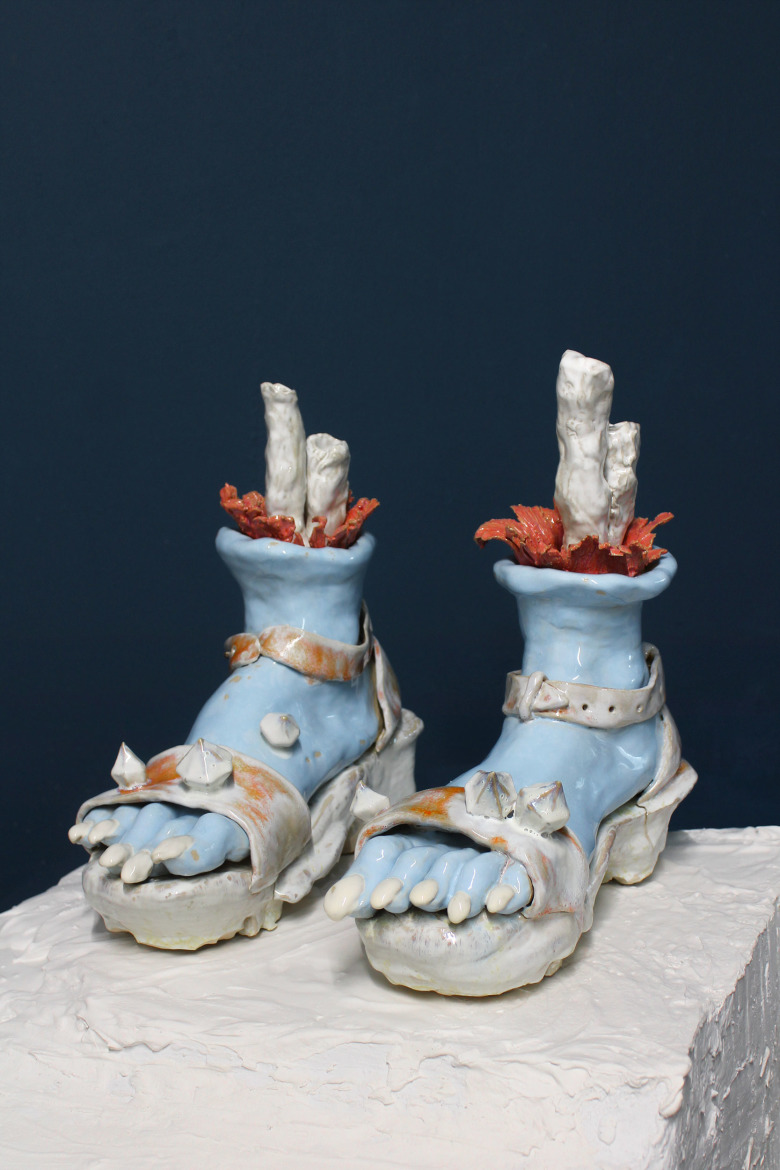
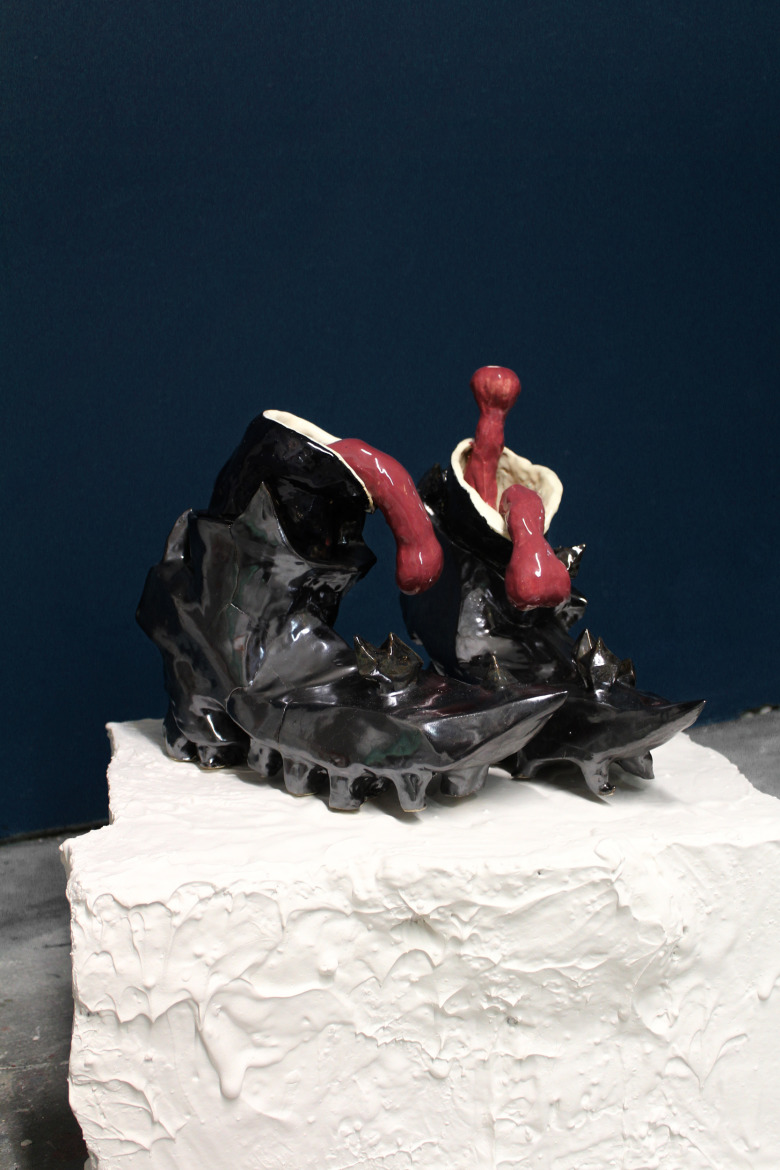
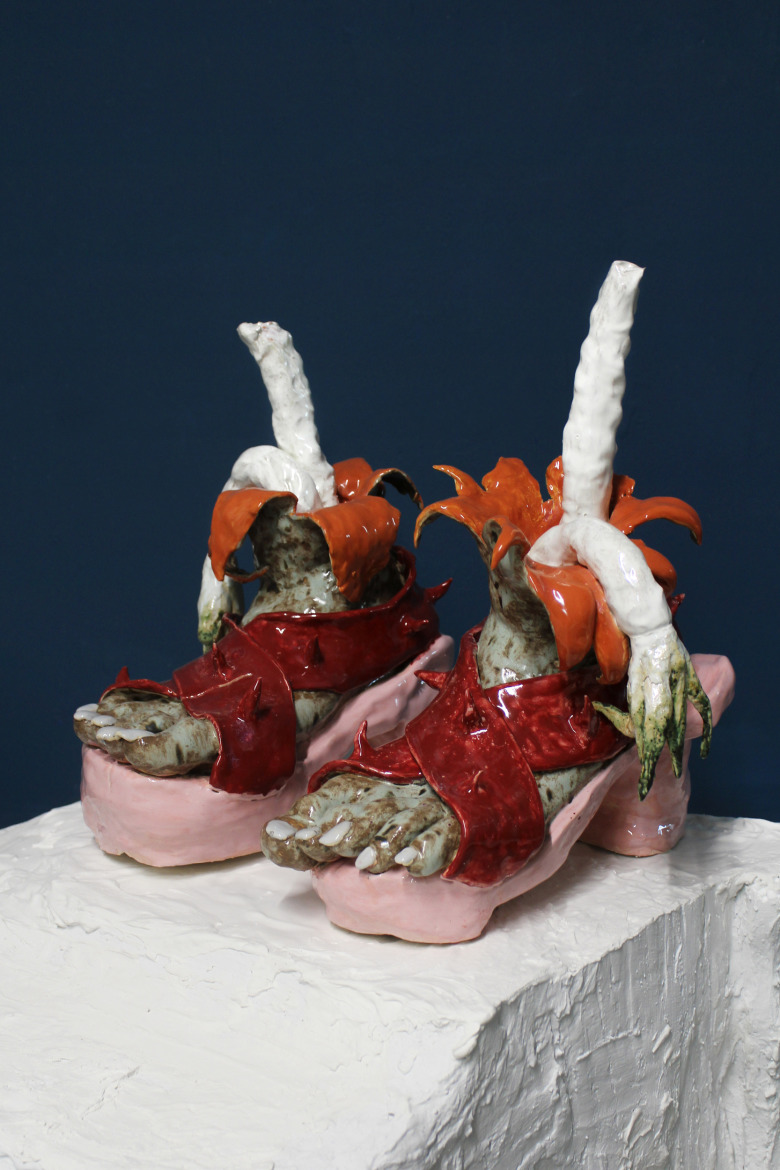
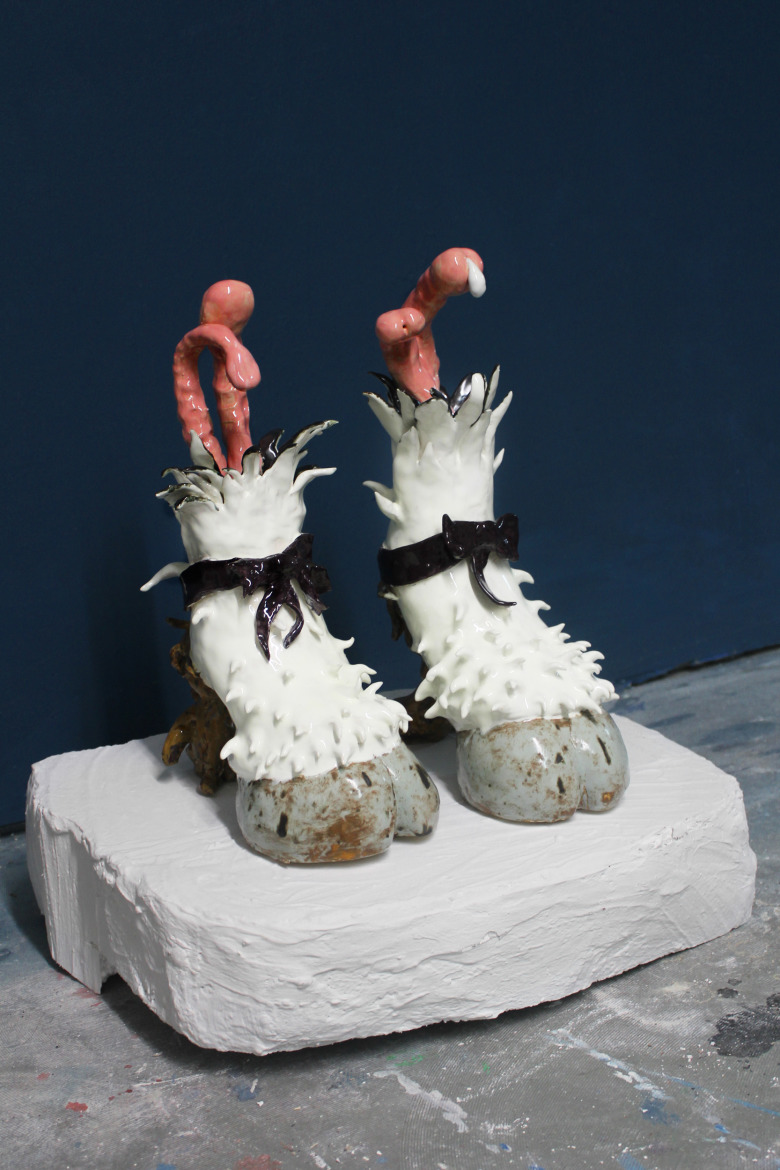
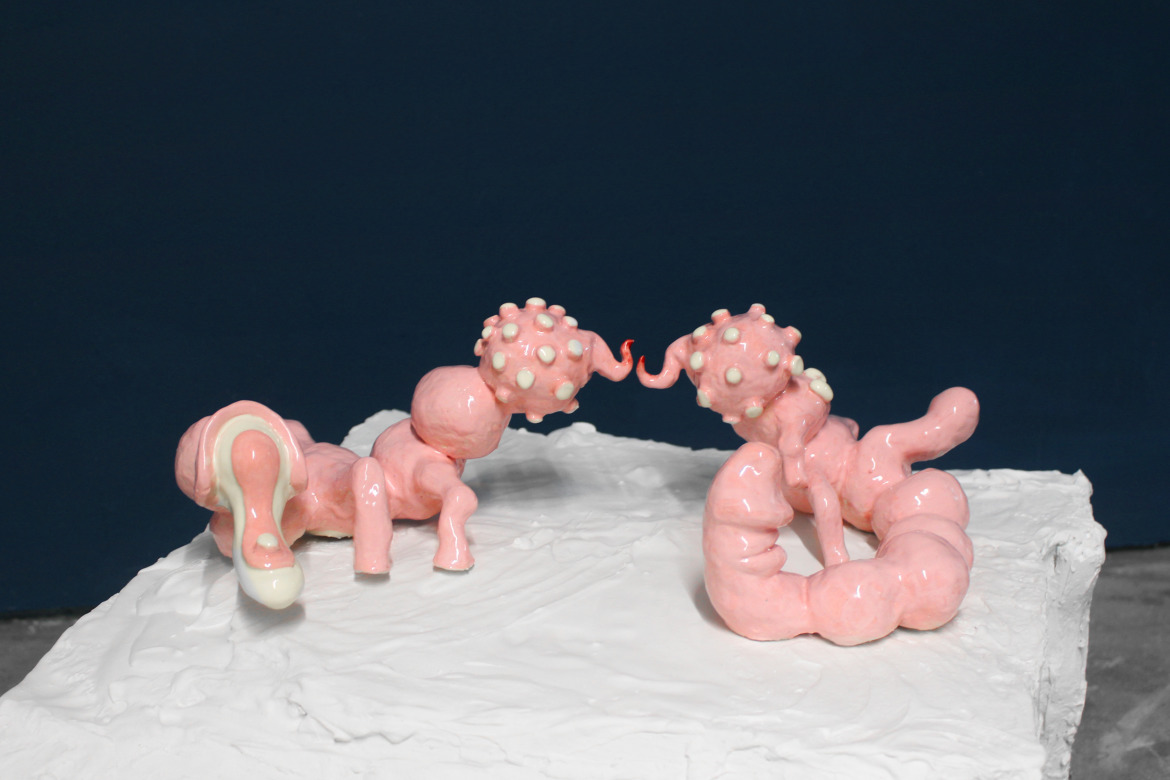


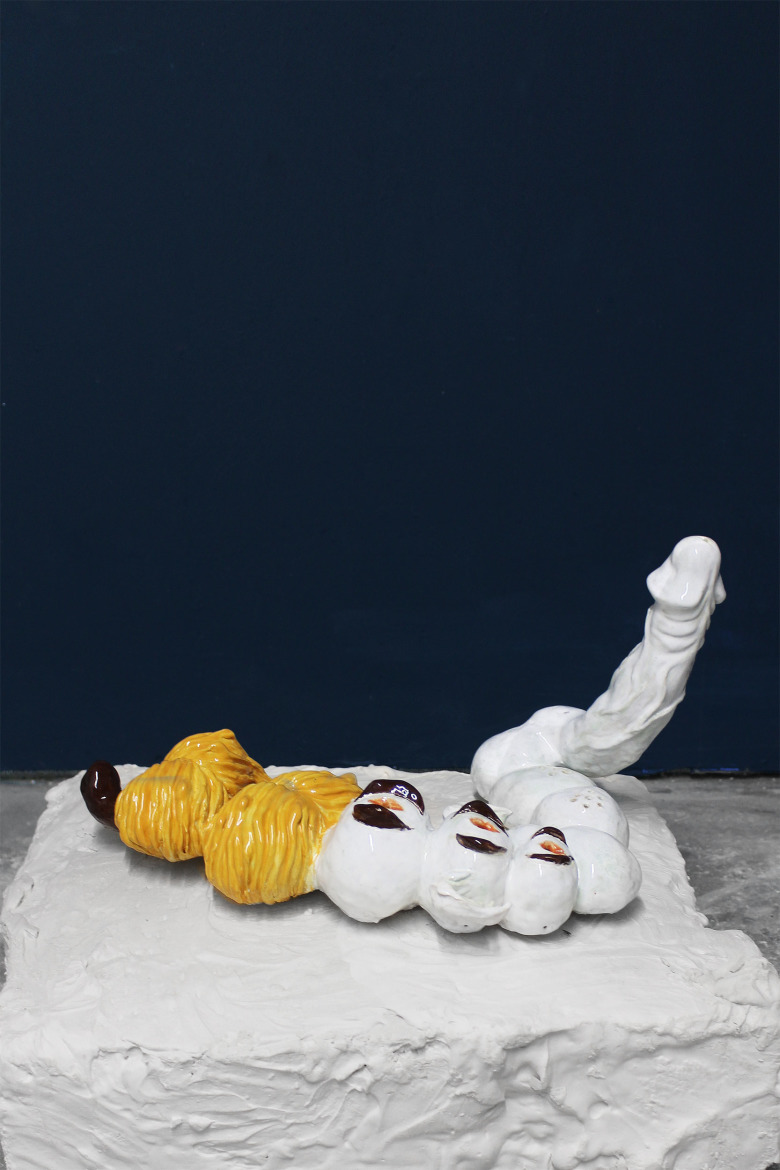
EXILE is happy to participate in the inaugural edition of Vienna’s Spark Art Fair with Vibrationen und Wurzelzonen, two new bodies of work by Berlin-based artist Nschotschi Haslinger.
Expanding from the magical discourse of previous ceramic series, Vibrationen und Wurzelzonen appear like feverish nightmares in which bones morph into worms, morph into penises, morph into brushes, morph into hoofs, morph into anal beads, morph into shoes, morph into viruses, and back into each other at the very same time – an autonomous, entropic biosphere, that couldn’t care less about common perception or current norm.
These seemingly endless and irregular loops of fleshy anamorphic repetition are collectively floating on the caps of calved icebergs in an evaporated concrete ocean – traveling vessels for an army of new organisms that finally found opportunity to reappear after thousands of years of being suppressed in permafrost. New life forms in pole position to conquer annihilated territories, pioneers of an exciting new era.
There are two distinct species found afloat. Within the evolutionary process Wurzelzonen still rely on the remains of their outdated hosts, turning humanoid flesh into prospering soil. The advanced organisms of Vibratrionen have left any need and reference for the predominant host behind – both are fully autonomous creatures in two distinct development stages.
Not pressed for time, these floating life forms are not at all reminders of an extinction of moral, instead, their infinite patience simply awaits the inevitable. Metaphorically switching channels between a rerun of Koyaanisqatsi (1982) and the latest Netflix documentary about the Anthroposcene, they chillax and watch until extinction of outdated life is eventually complete. Self-reproductive and fiercely independent, – they are a conquering autonomy with plenty of time.
Vibrationen und Wurzelzonen, fever dreams on melting ice caps, introduce a post-human present from the perspective of the happiness of new forms of life that, finally liberated, are ready to take over to create an unimaginable Arcadia.
→Nschotschi Haslinger artist link

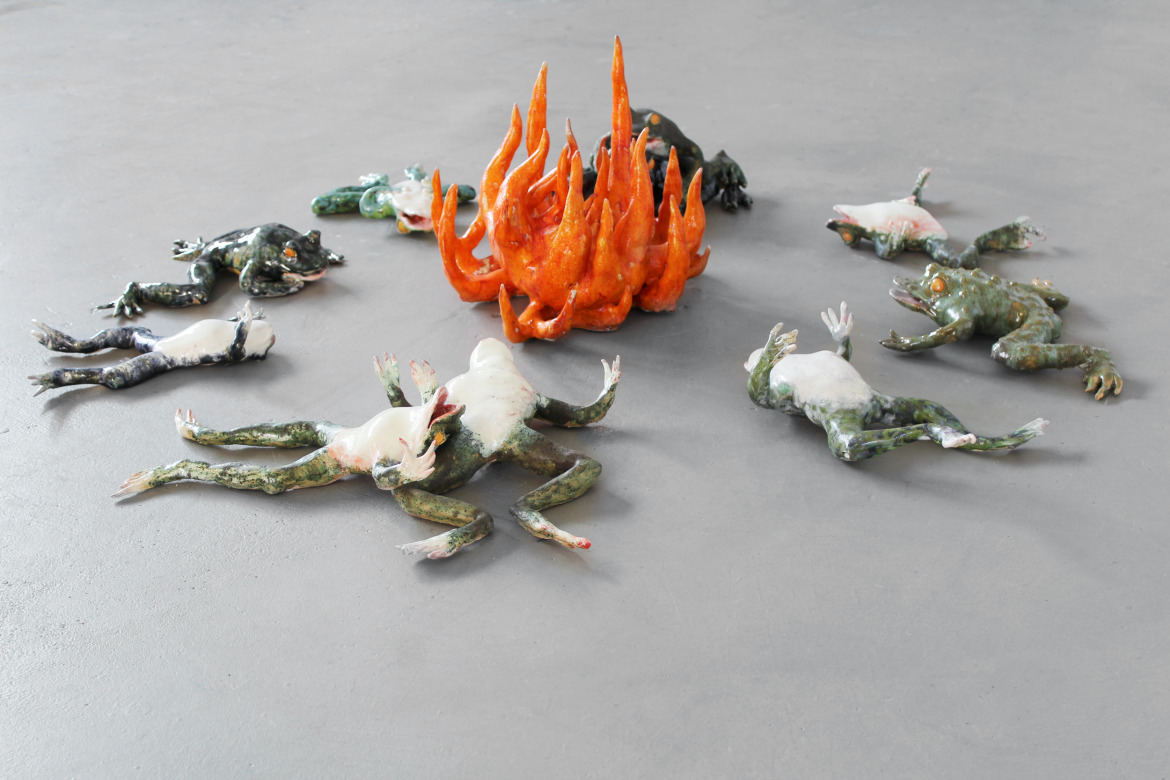
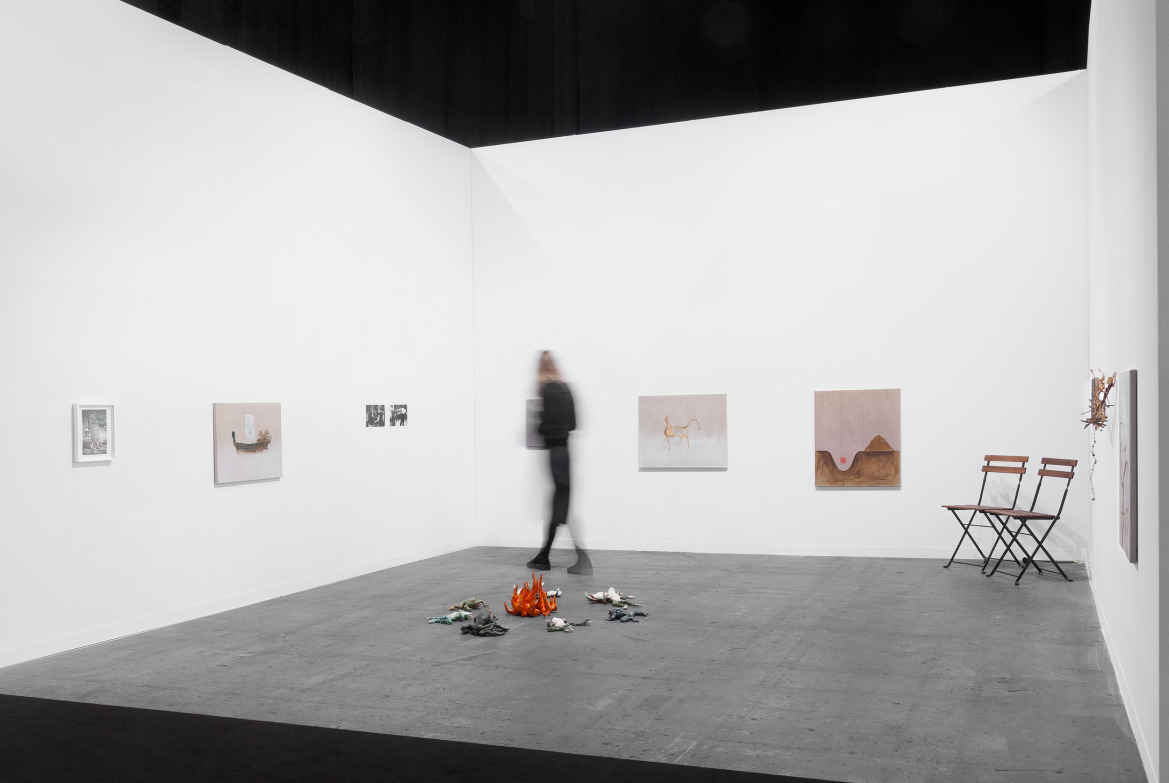
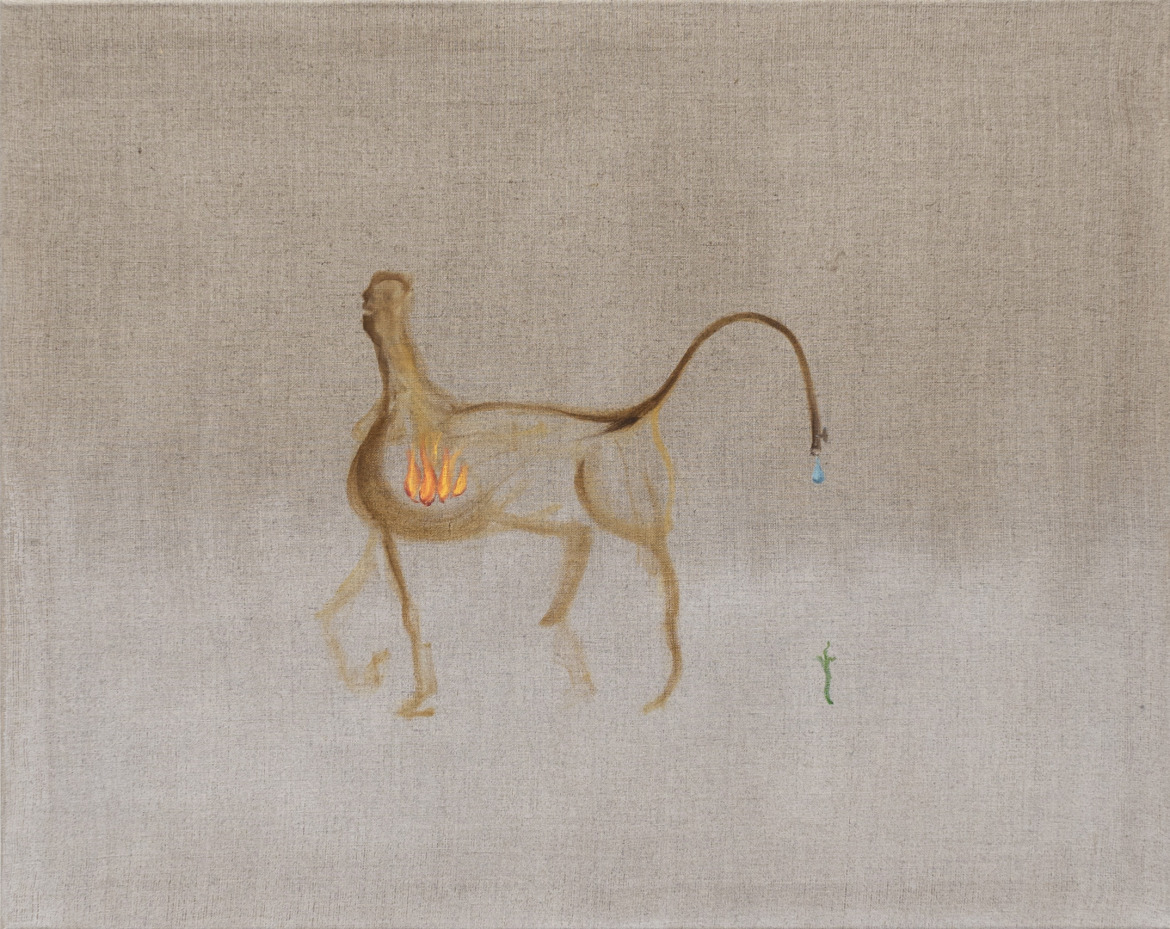
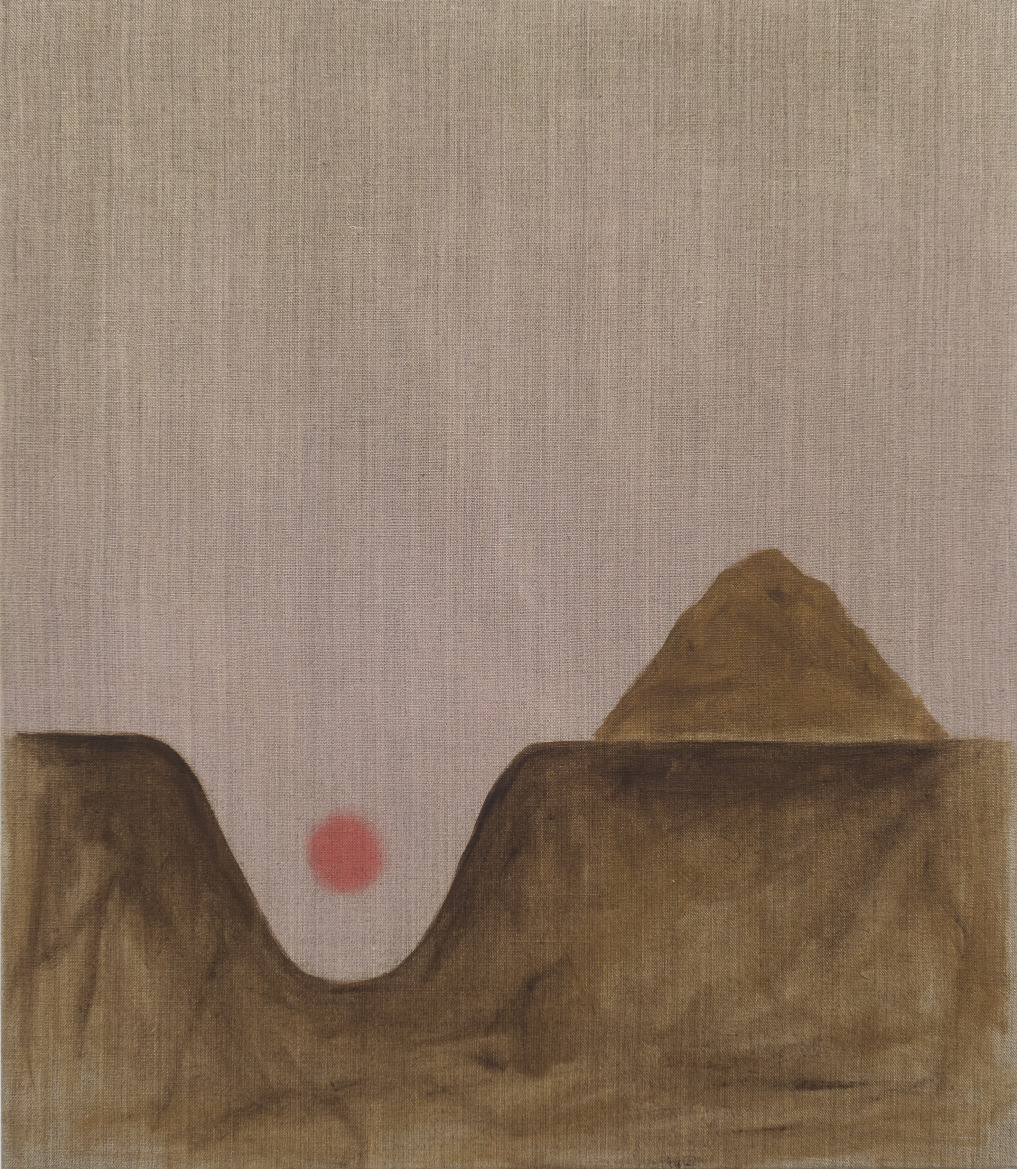

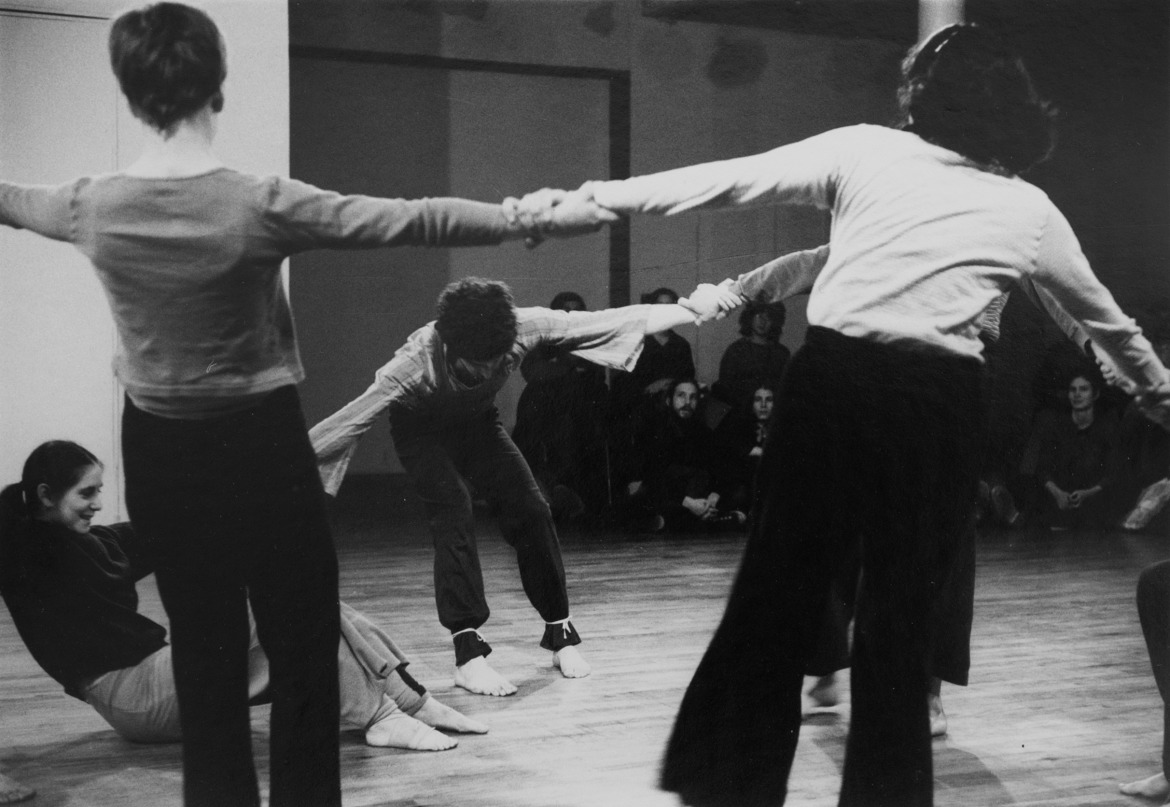
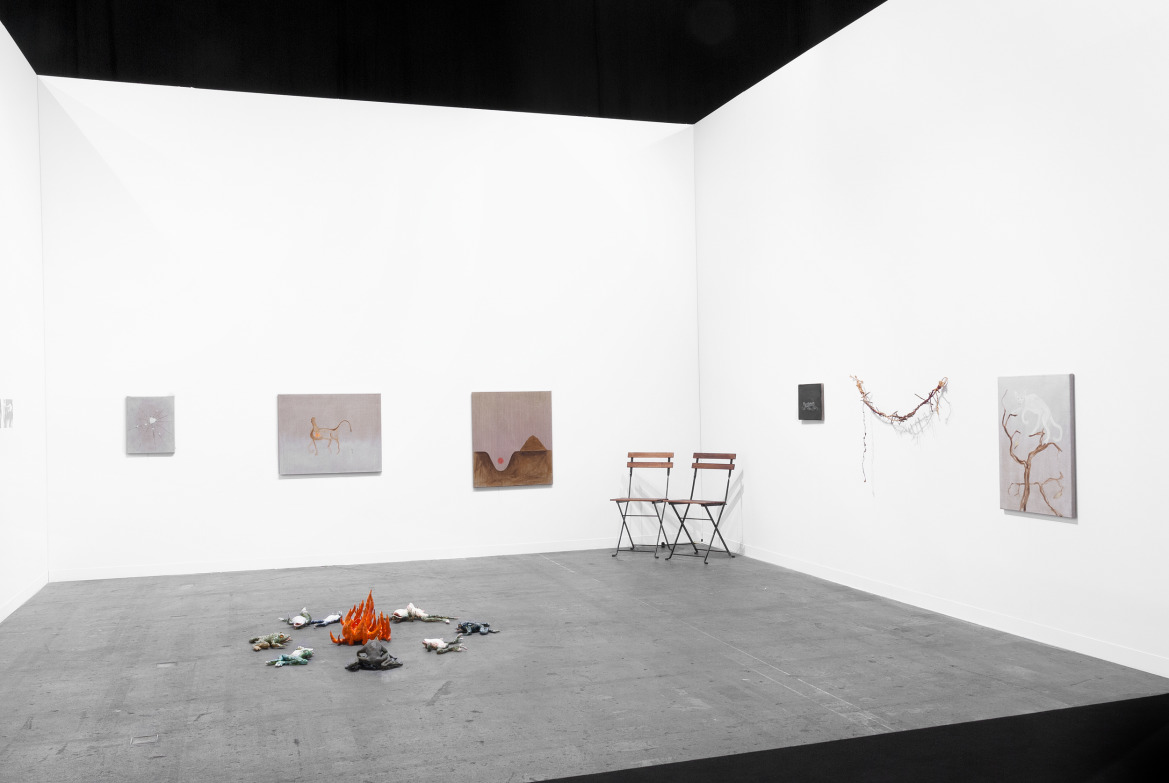

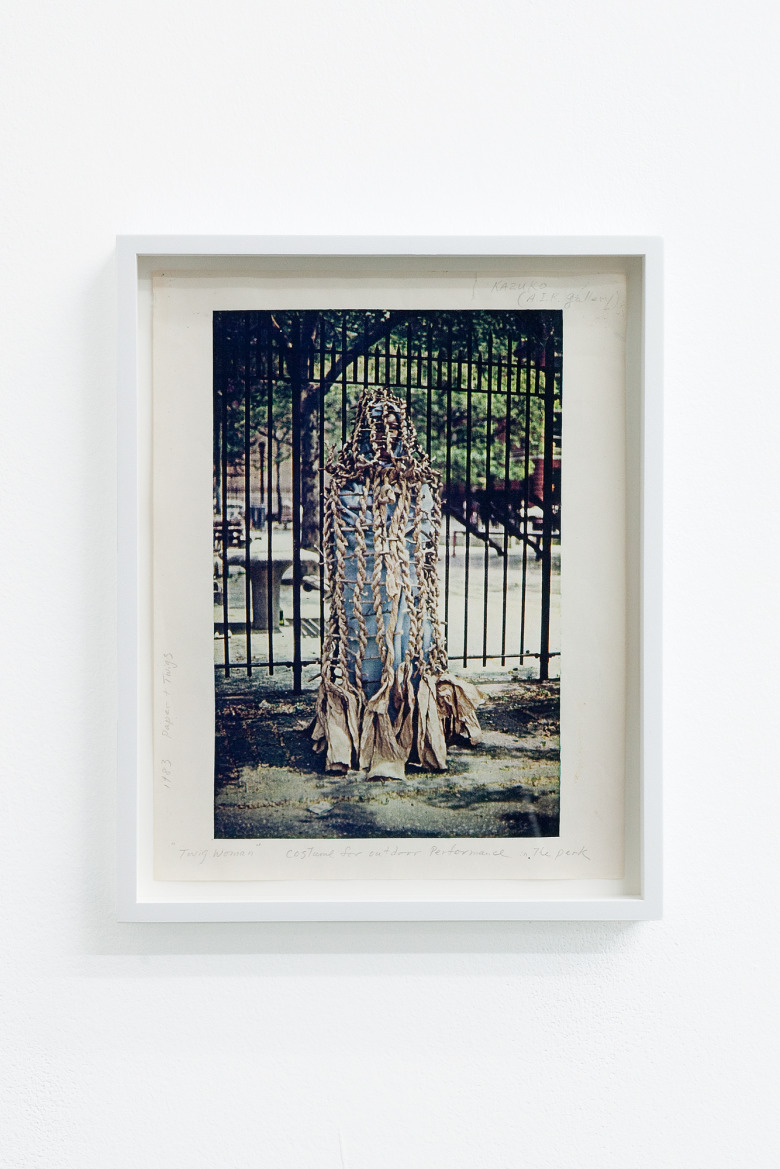
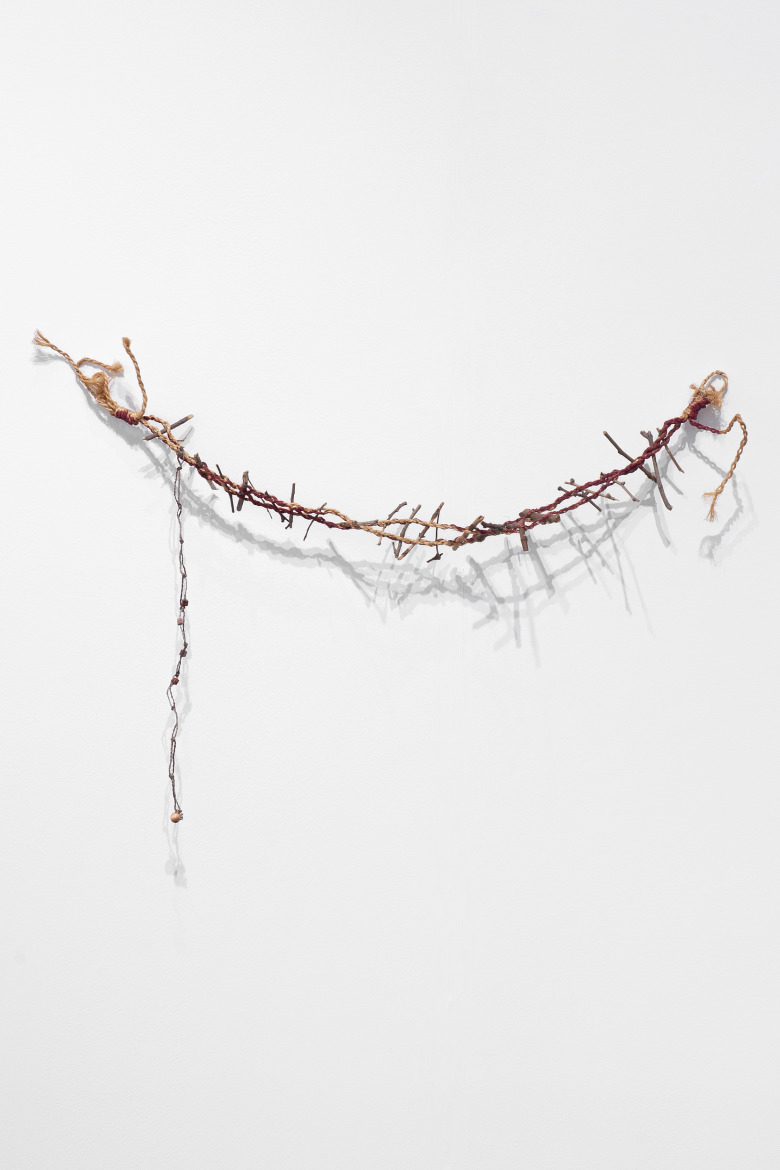

Our presentation for artgenève combines the works of Gwenn Thomas (*1944, lives and works in New York), Kazuko Miyamoto (*1942, lives and works in New York), Nschotschi Haslinger (*1982, lives and works in Berlin) and Paul Sochacki (*1983, lives and works in Berlin). Beginning with the two photographs by Gwenn Thomas, all featured artworks investigate the relevance and importance of inter-individual engagement and co-dependency.
Gwenn Thomas’ photographs were taken in April 1975 at The Kitchen in New York and show experimental dancer and choreographer Steve Paxton and Group performing Contact Improvisation. Beginning in 1972, Paxton developed this practice based on the idea of collectively-experienced physical interconnectivity. Termed Contact Improvisation, this choreographic process pulls elements from martial arts, social dance, sports, and child’s play together to a new form of movement and physical interaction. Upon entering a Contact Improvisation structure, bodies must come together, give weight equally to each other, and create a movement dialog that can last for an undetermined amount of time. Contact Improvisation can be done by any person not just professional dancers because the emergence of a movement vocabulary depends on a specific touch and the initiation of weight exchange with another person.
A piece of string, as a connector between two points, has been prominent in the work of Kazuko Miyamoto since her earliest string construction pieces in 1972. These iconic strings constructions follow a minimalist logic of drawing, in which each string becomes a spatial line between two points. In her later works this formal approach becomes more freely-adapted and organic, with the artist stating the birth of her son in 1980 as a turning point towards this more fluid and organic practice. Industrial string now turns to rope made from natural materials, often intertwined with other natural materials such as twigs or stones. The shapes no longer follow the logic of a straight line but are free in their individual form, expression and relation to one another. Often these structures take the form of bridges, in which the intertwined, almost woven structure becomes the connector between two points.
The allegorical paintings of Paul Sochacki poetically describe the status quo as experienced and reflected upon by the artist. Often his works appear as fables or even visual haikus describing in quickly-rendered but at time painfully precise paintings experienced states in our contemporary world: a cat delicately balances in a treetop, seemingly dictating the treetop’s branches; a mythical beast has a heart of fire, yet it’s tail drips water allowing for a small seedling to grow. Entitled Fire department this work could well be an allegory of the urgency for socio-political action, despite the minute results that can be achieved. Finally, today’s sunset finds itself trapped in a cave. Sochacki’s poignant reflections remind quite painfully precise of the situation any individual faces within the alienation of the capital-fuelled anthropocene.
In Nschtoschi Haslinger’s ceramic installation entitled Unkentreff ten toads gather around a campfire. In various global cultures toads play a specific mythical, medicinal or spiritual role. In biblical times the occurrence of toads raining from the sky was seen as a prophetic prediction, while in medieval times toads were compared to the female womb and often offered as religious sacrifice against infertility. Then again, if rubbed correctly, the cane toad can produce an LSD-like toxin used for psychedelic stimulation. Haslinger references these escapist strategies as analogies for her own production. Beginning with drawings, her ceramics are metaphors for experienced emotional states. The majority of Haslinger’s toads appear laying on their backs, either overdosed or dead pointing to a dystopian time, or a ritual going fatally wrong.
The ten artworks on the walls surround ten frogs surrounding a campfire. Hung deliberately low, the artworks assume a viewing height of a child, an animal or a participant of a ancient ritual. As in concentric circles around a flaming fire, toads and artworks orbit the ritual’s focal sun present in the camp fire. The booth becomes itself an unanswered prophecy, a processional ritual of interaction. From Contact Improvisation to Contact High – let’s gather together around a campfire and create waves of movement.
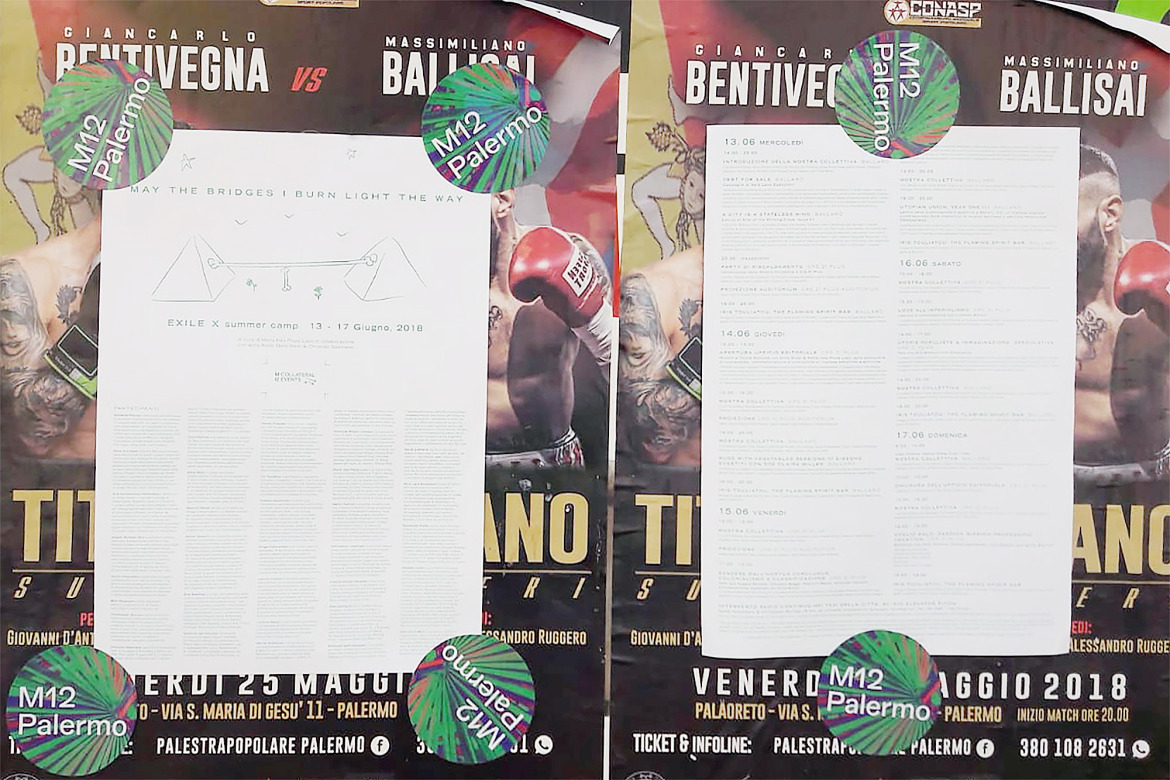
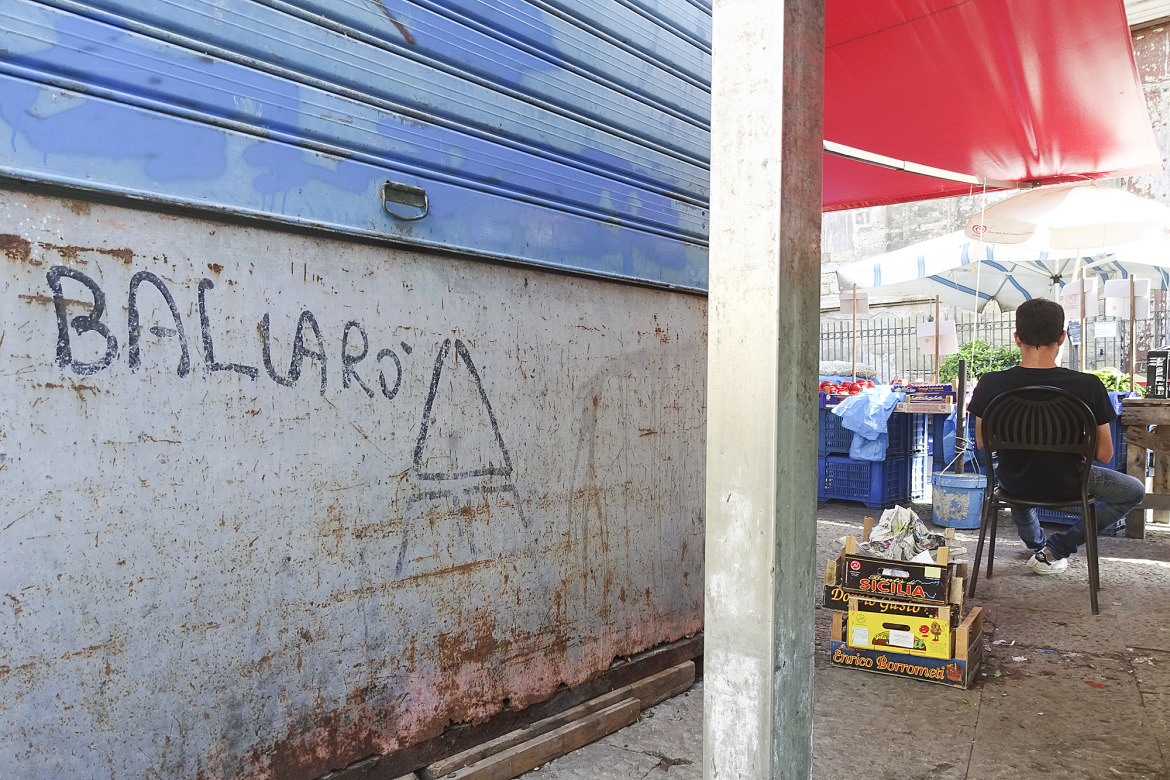

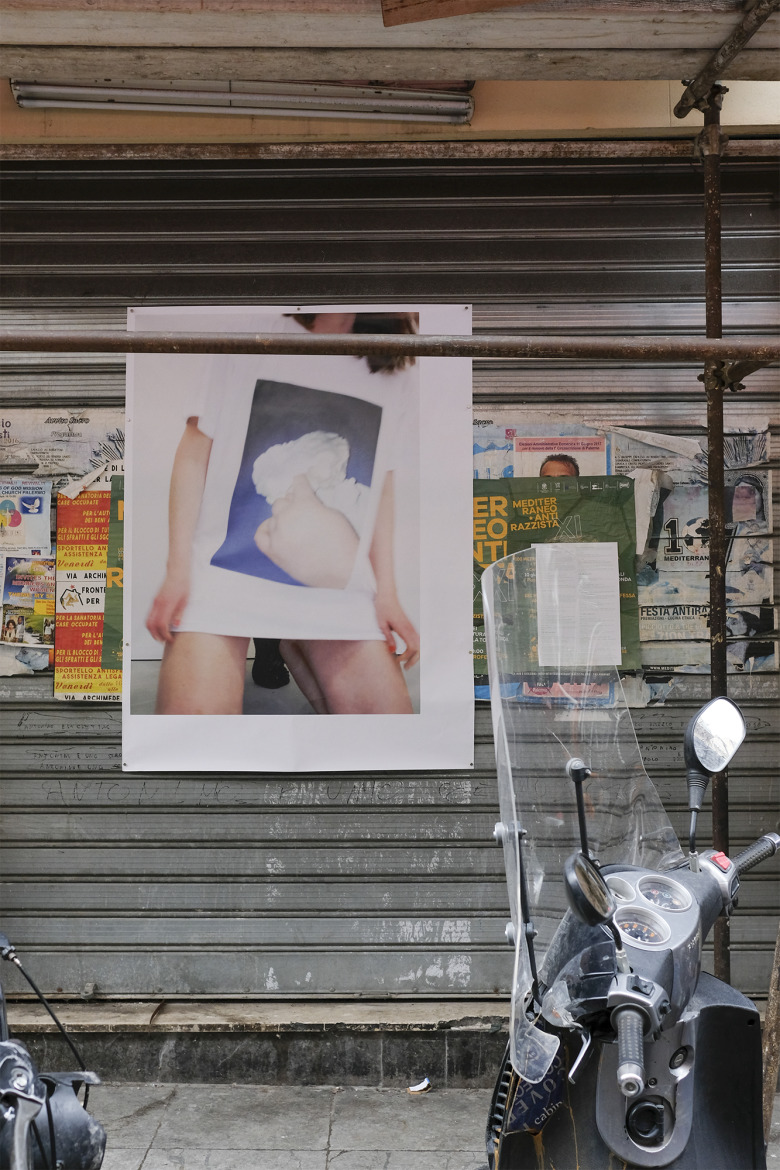
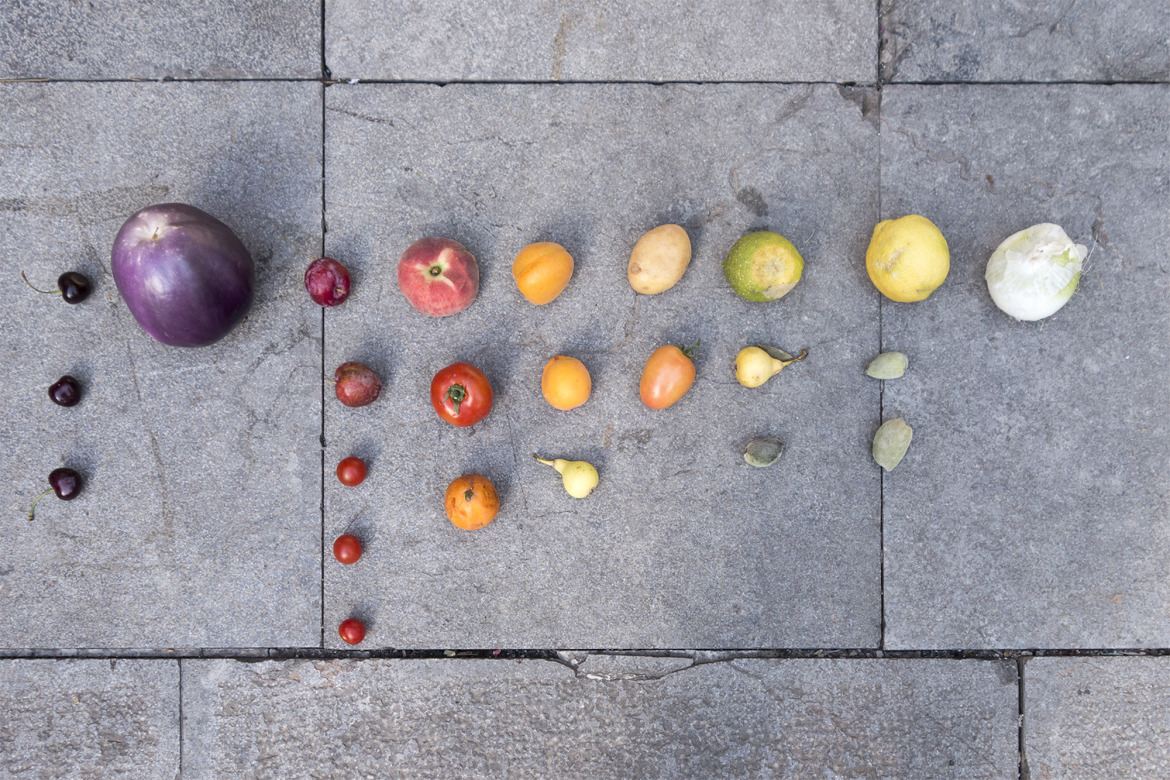
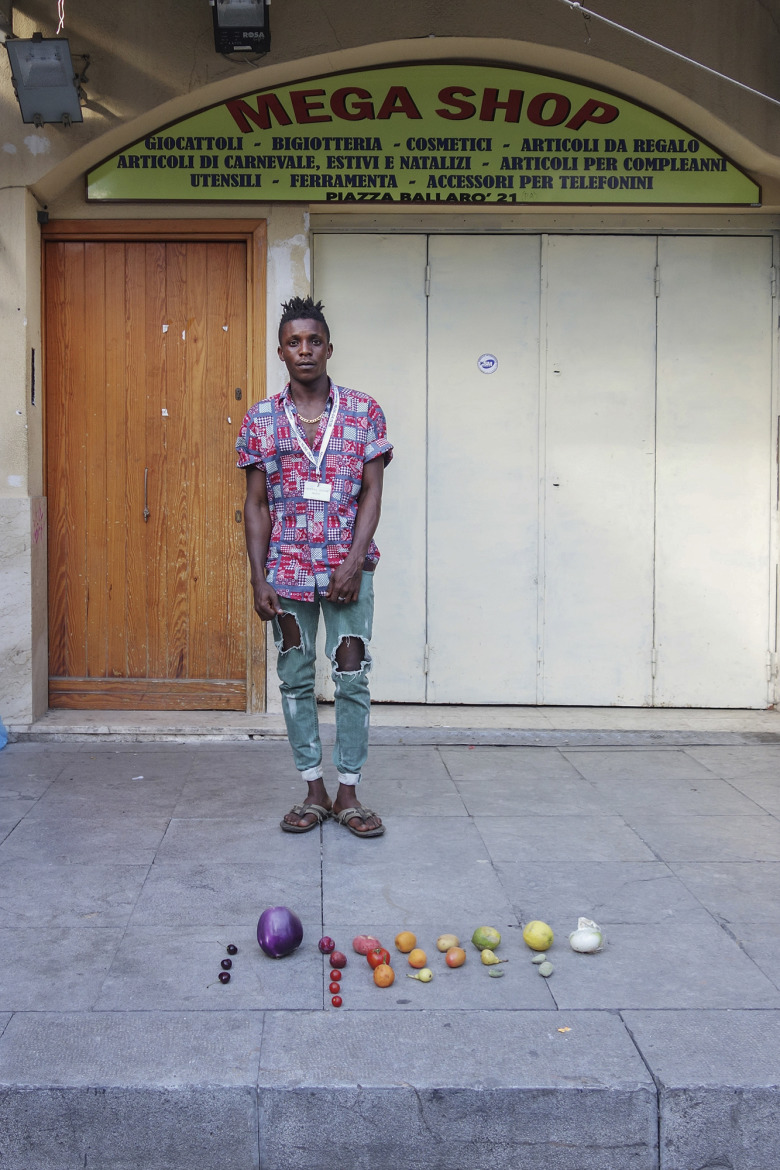
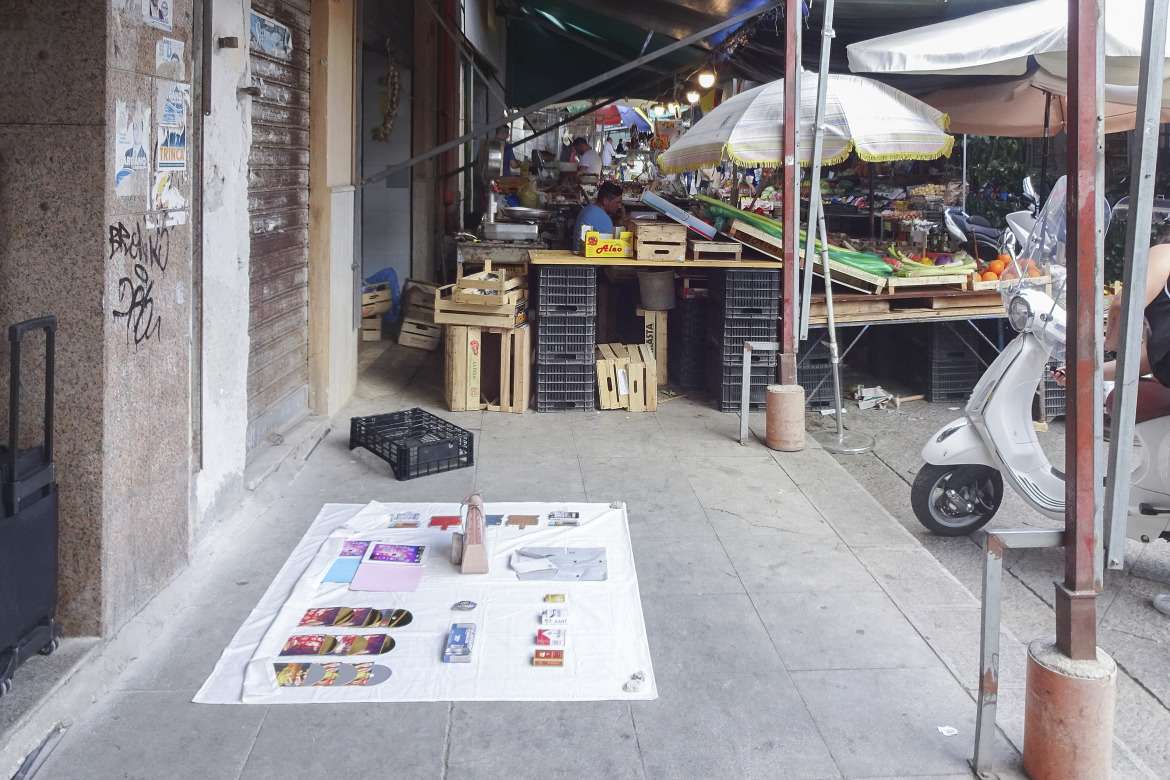

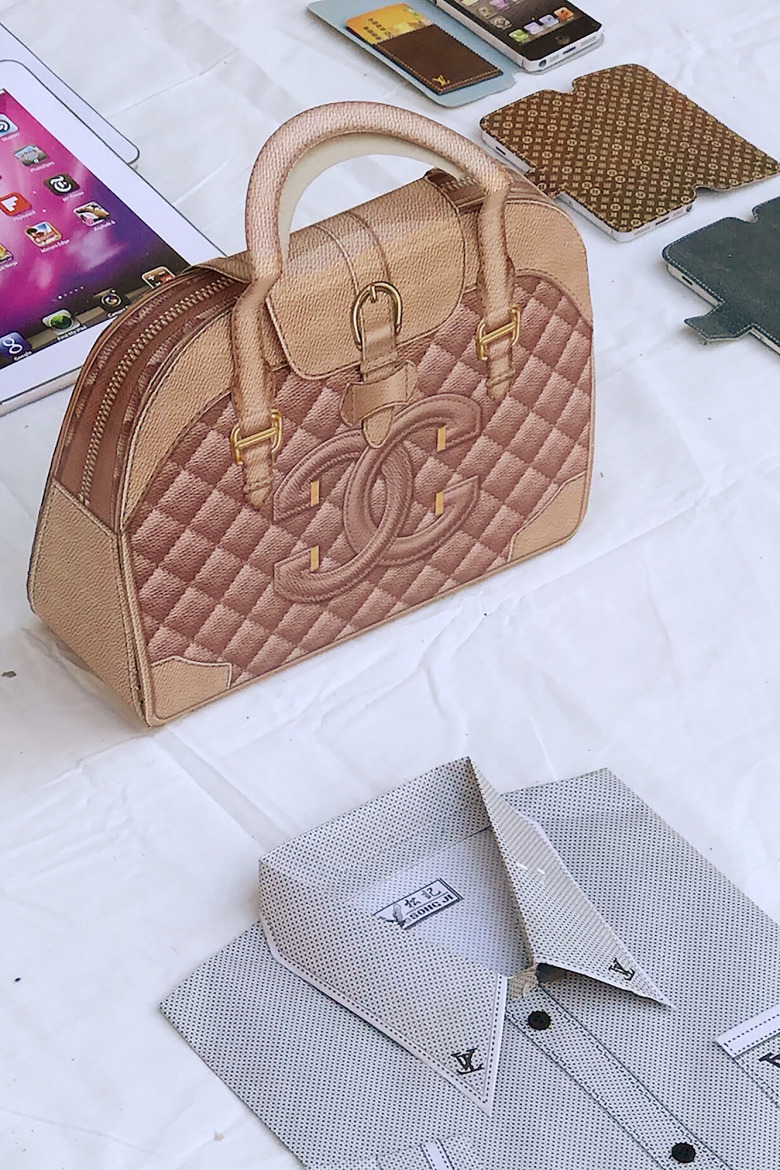
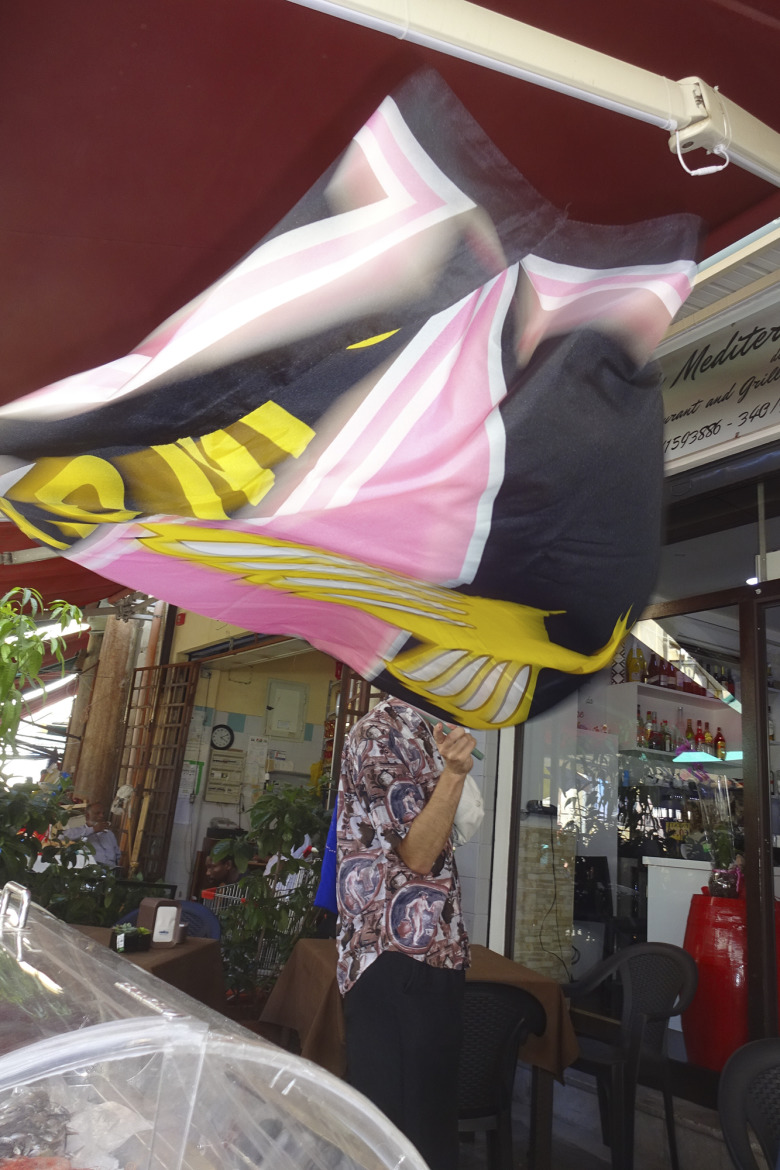
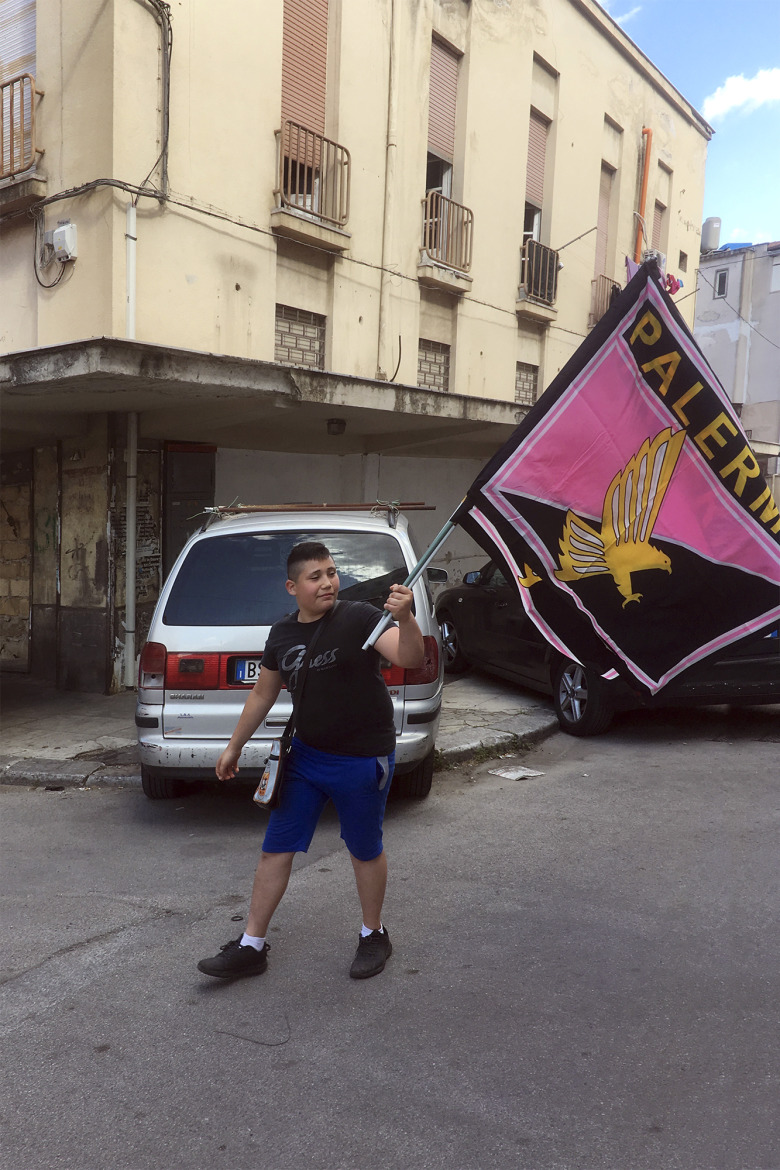
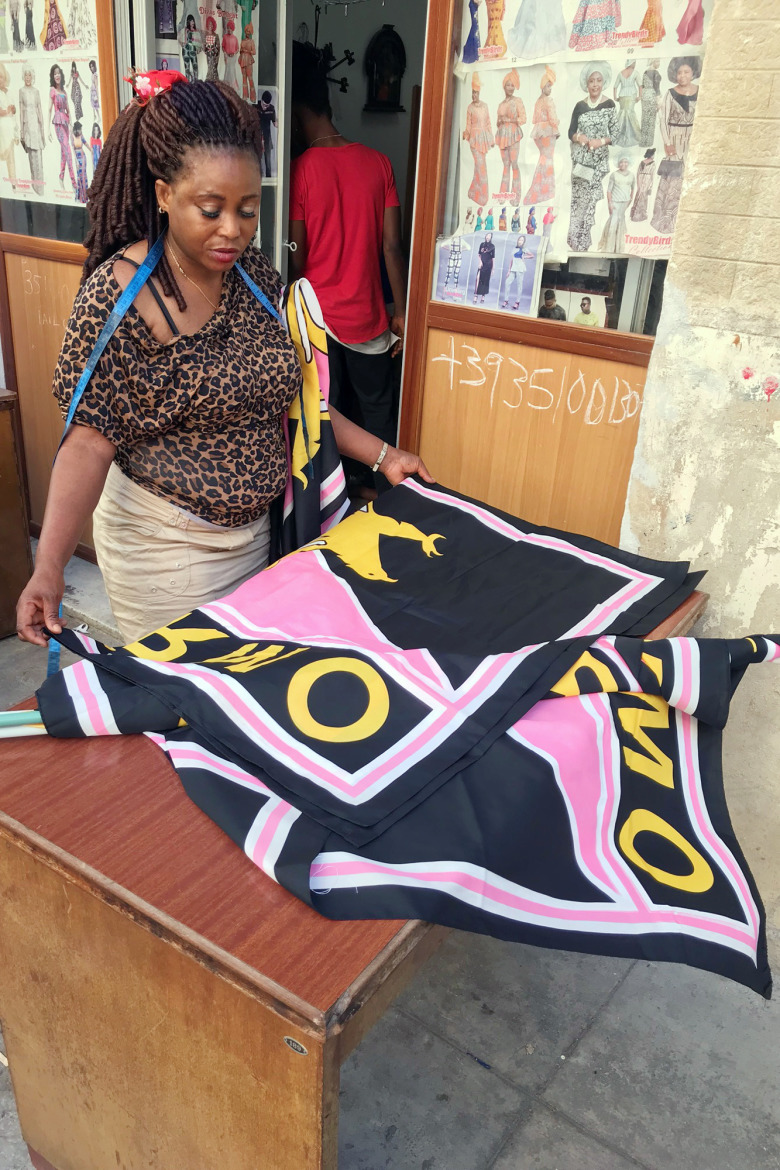
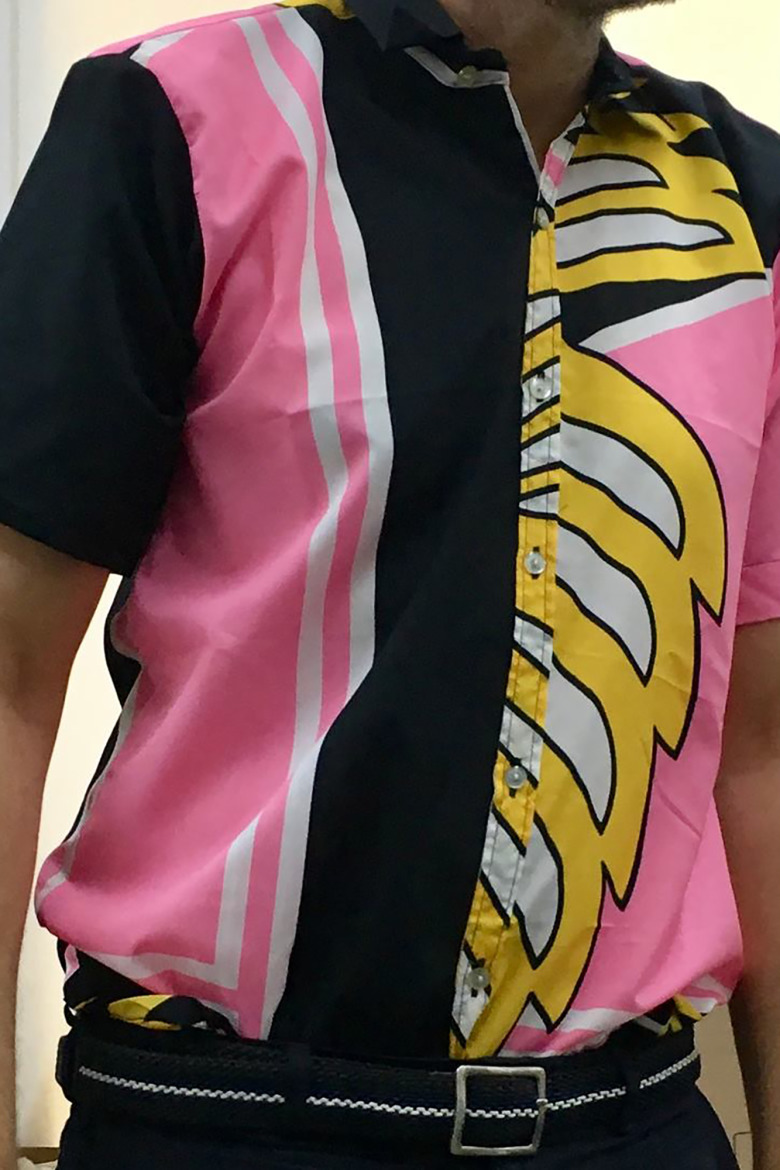
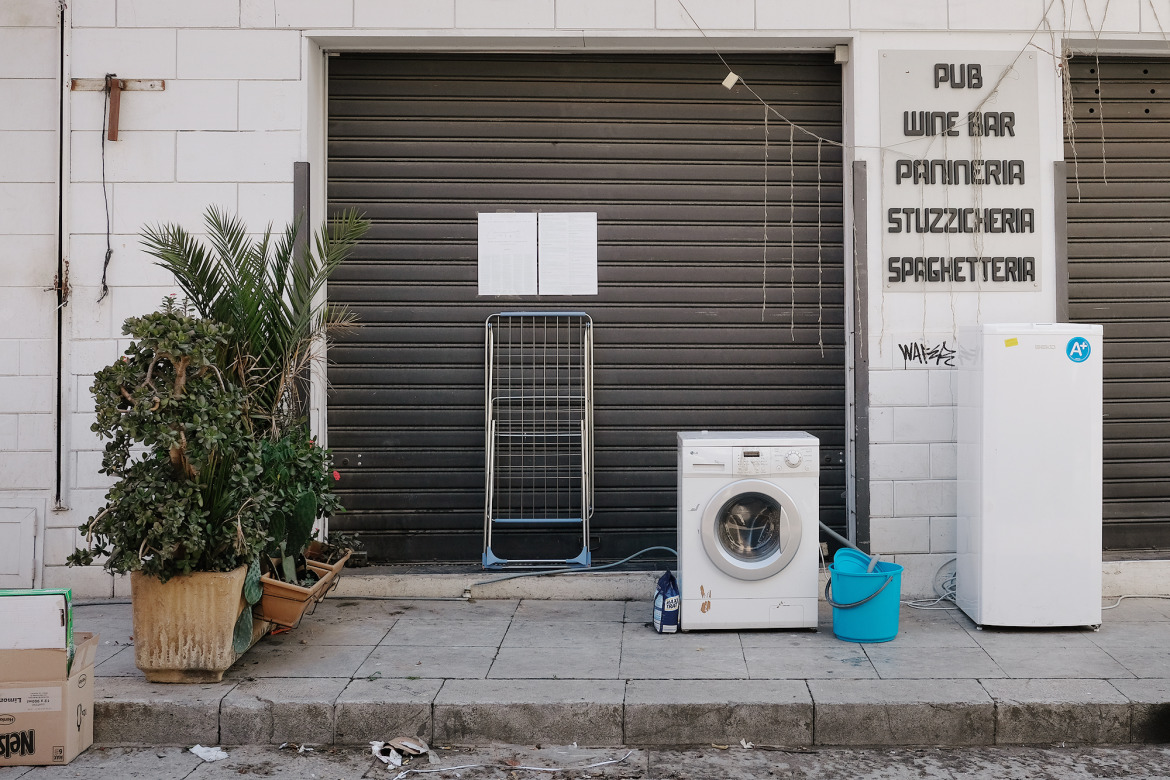
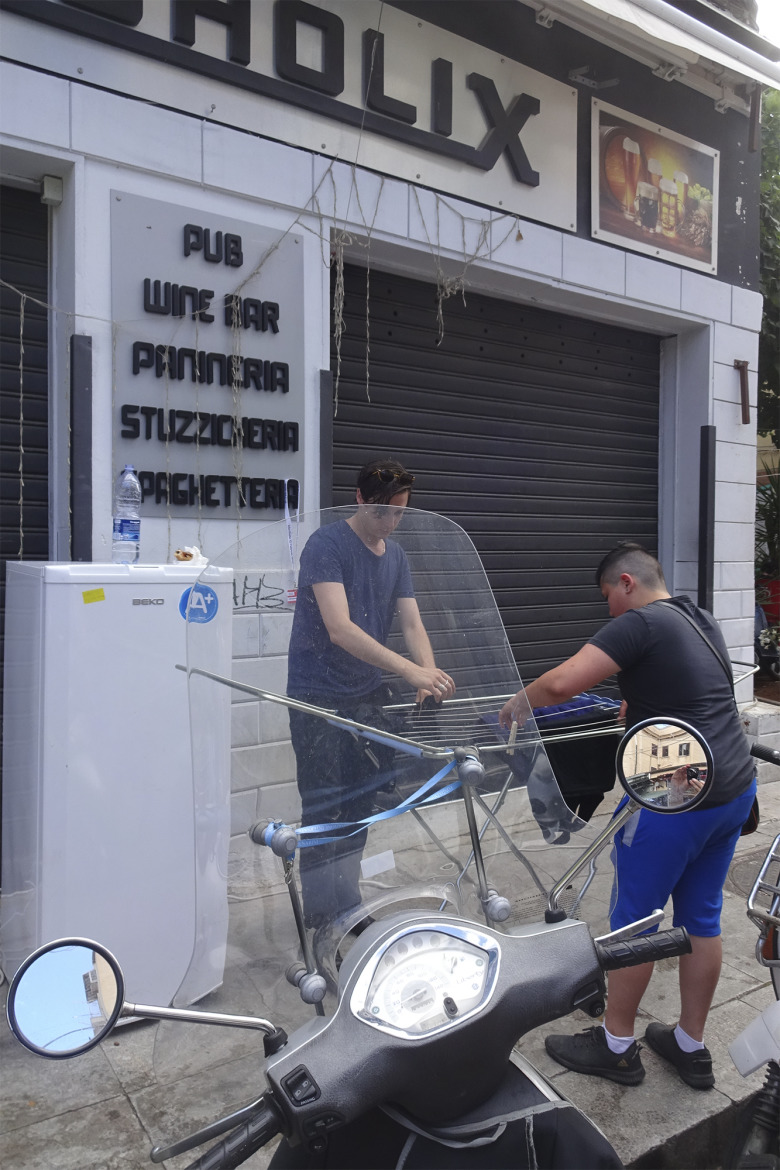
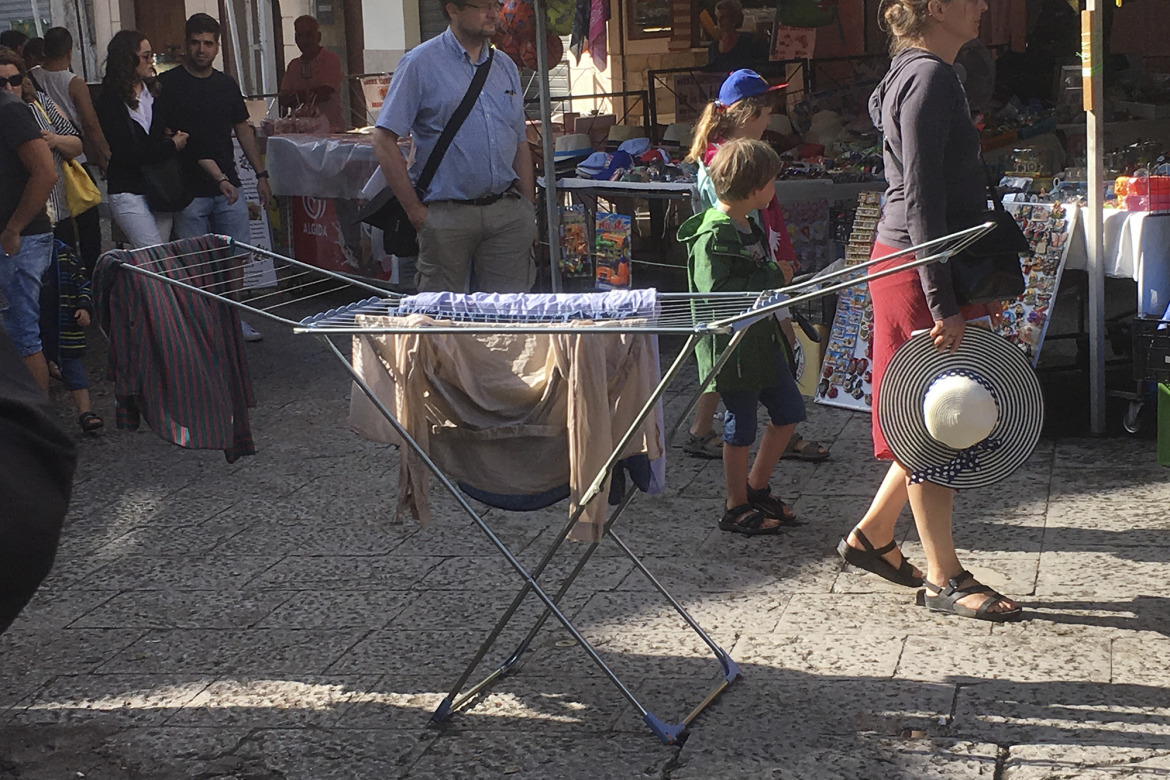
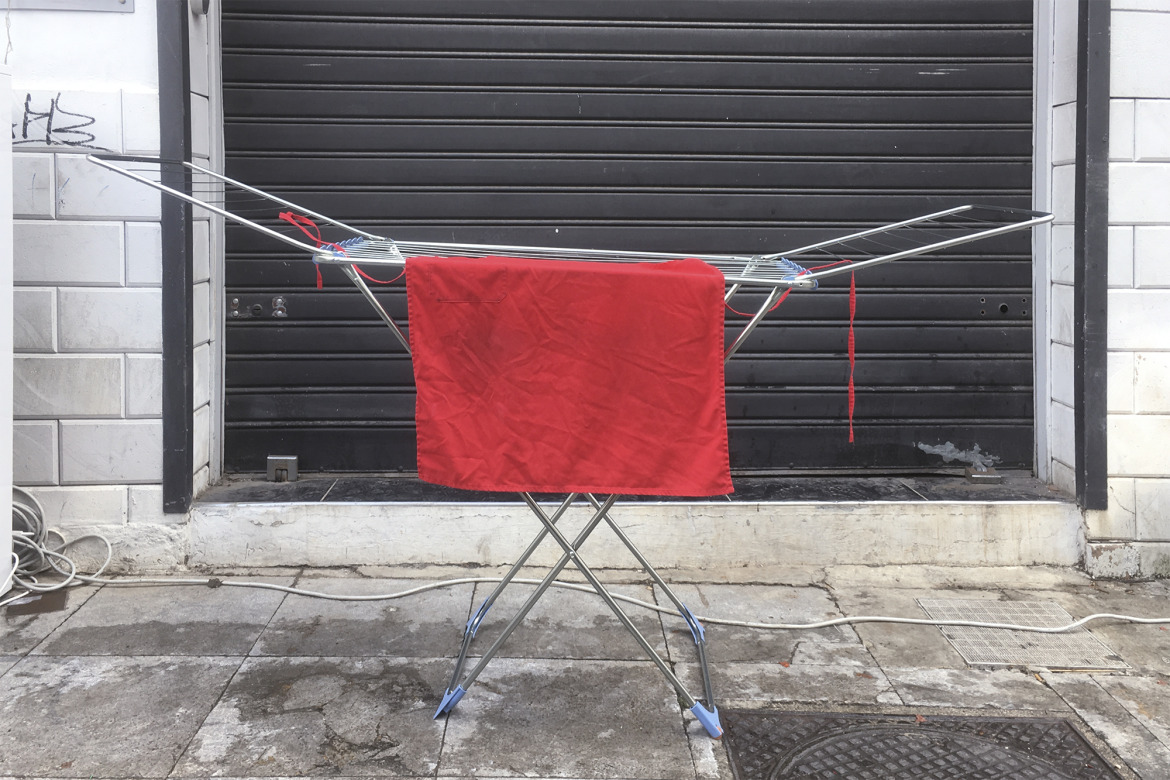
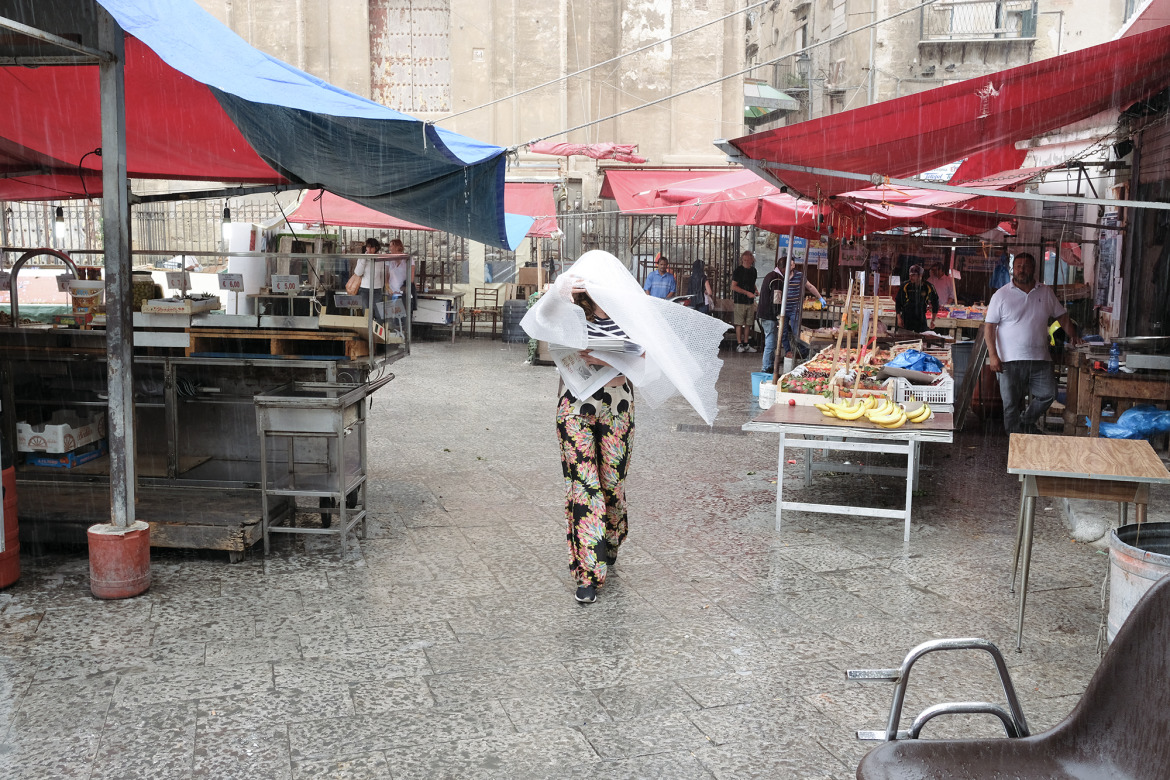

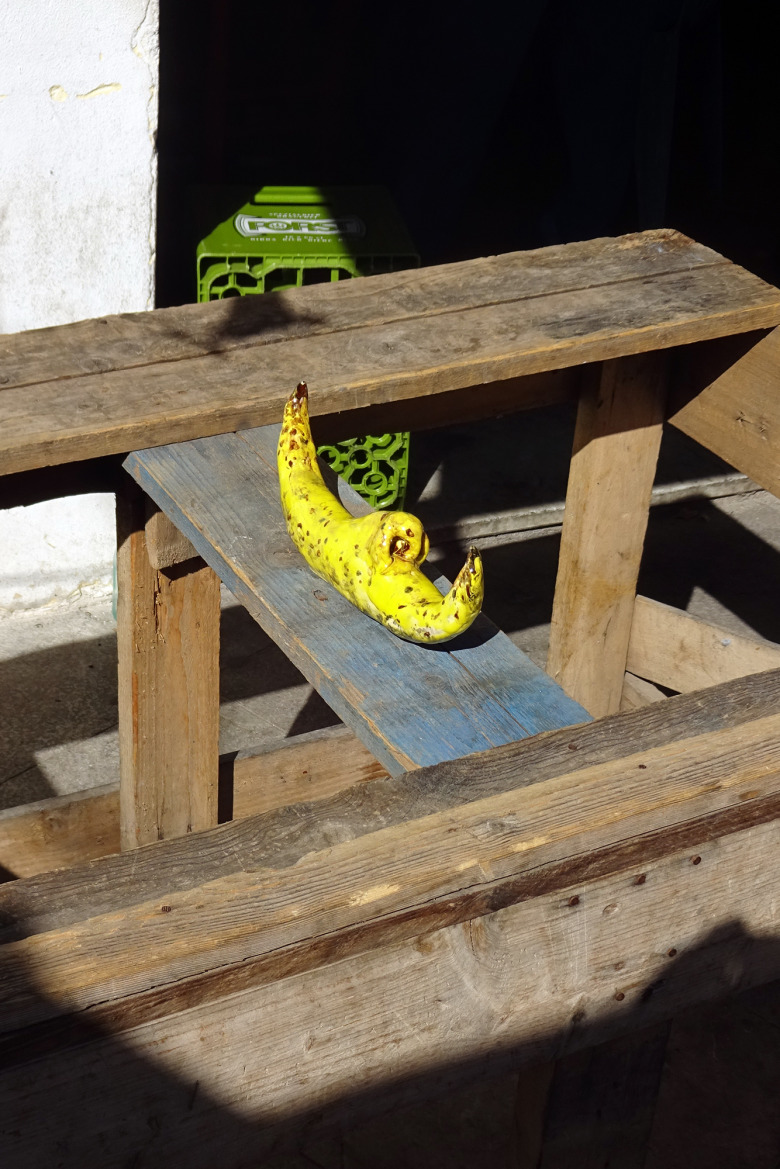


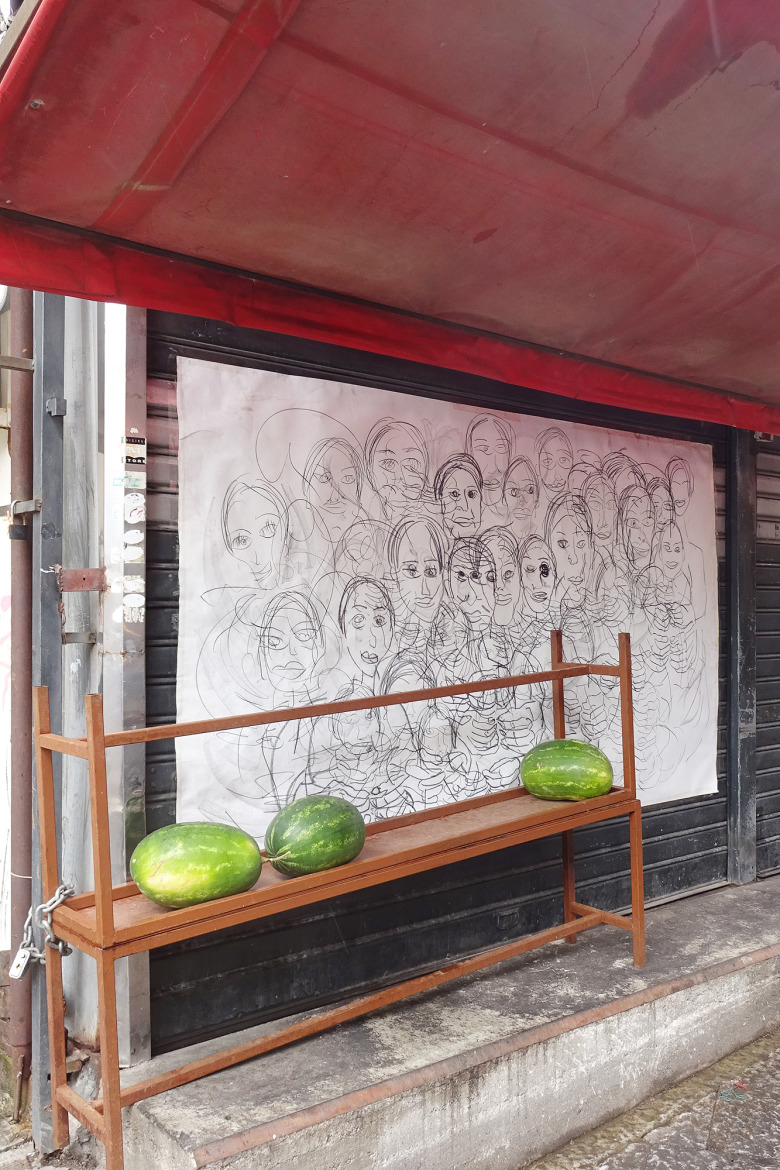
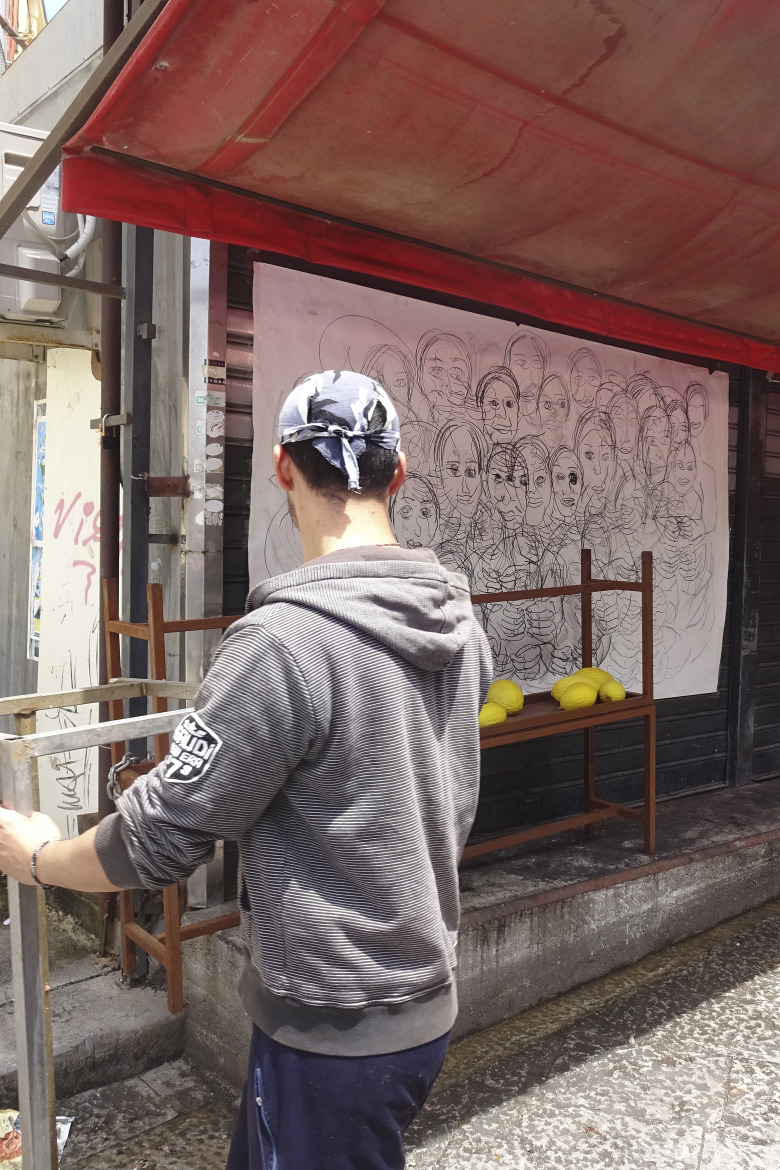

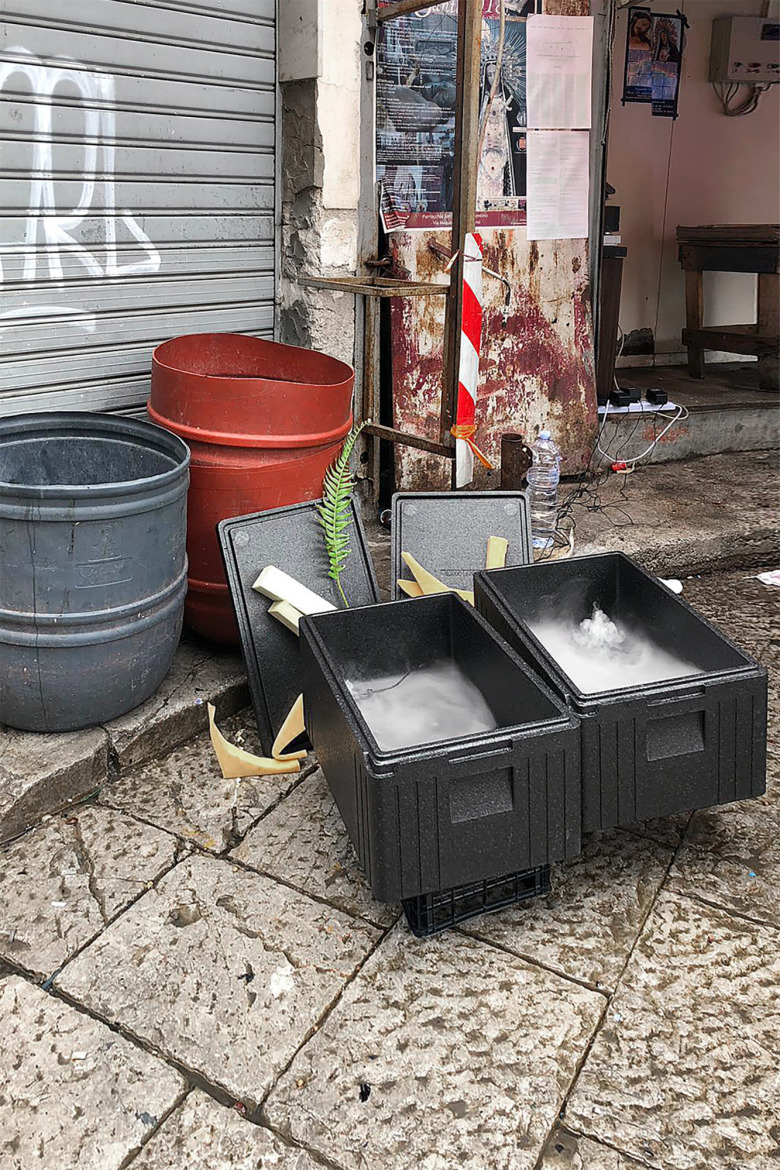
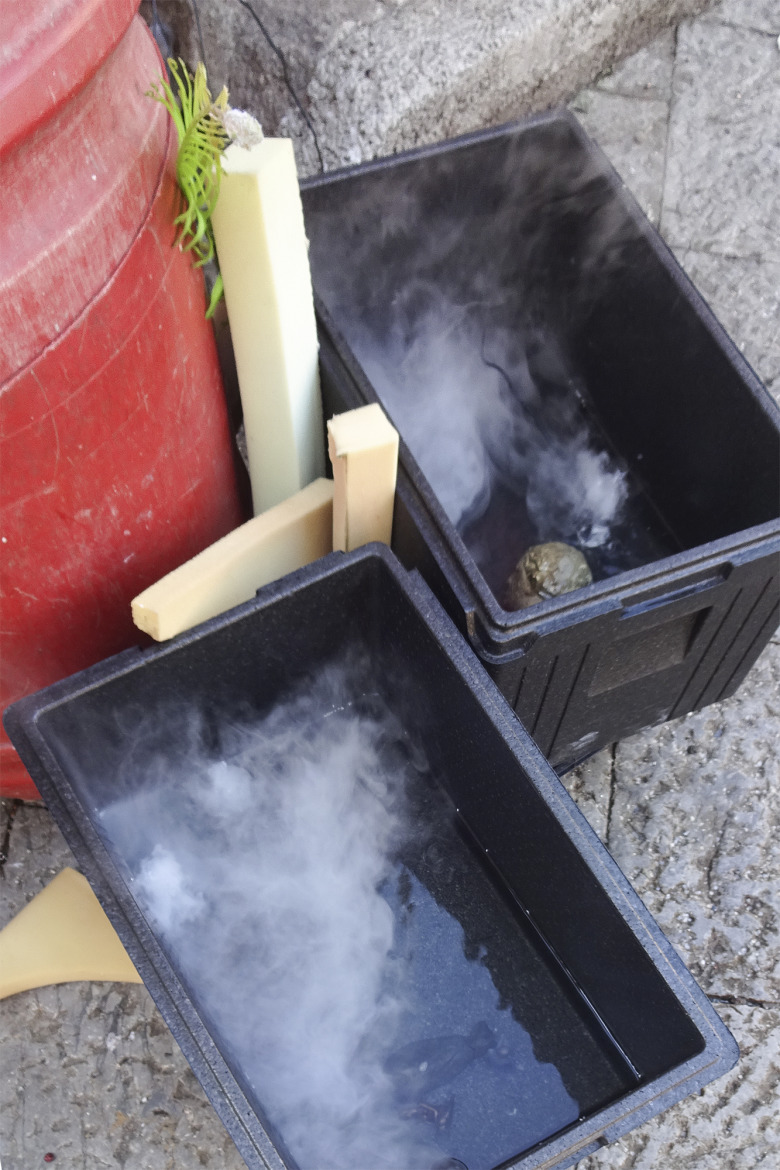
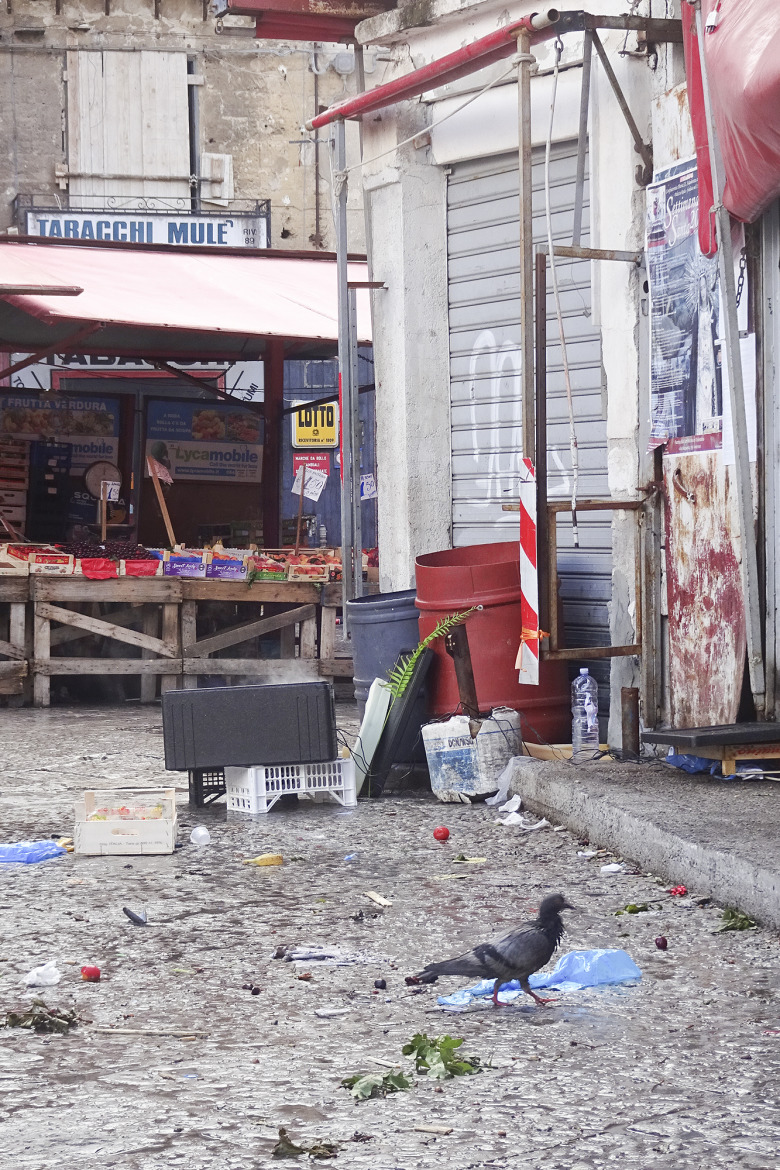
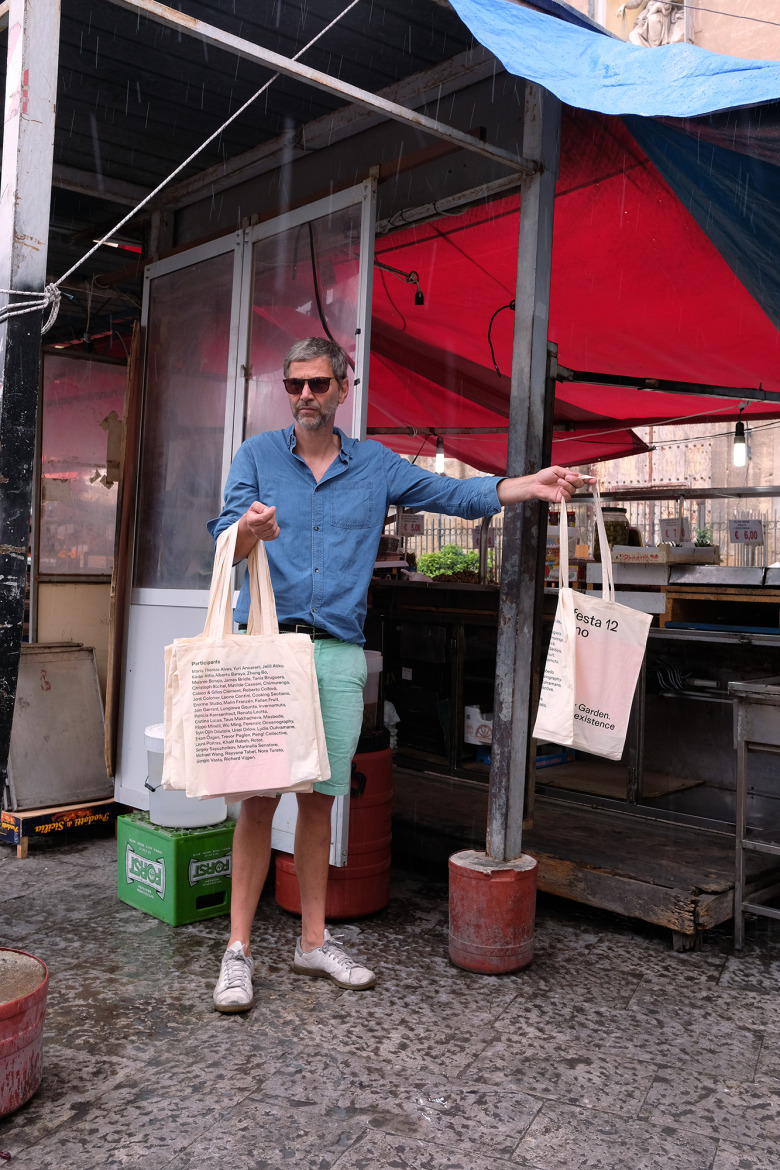
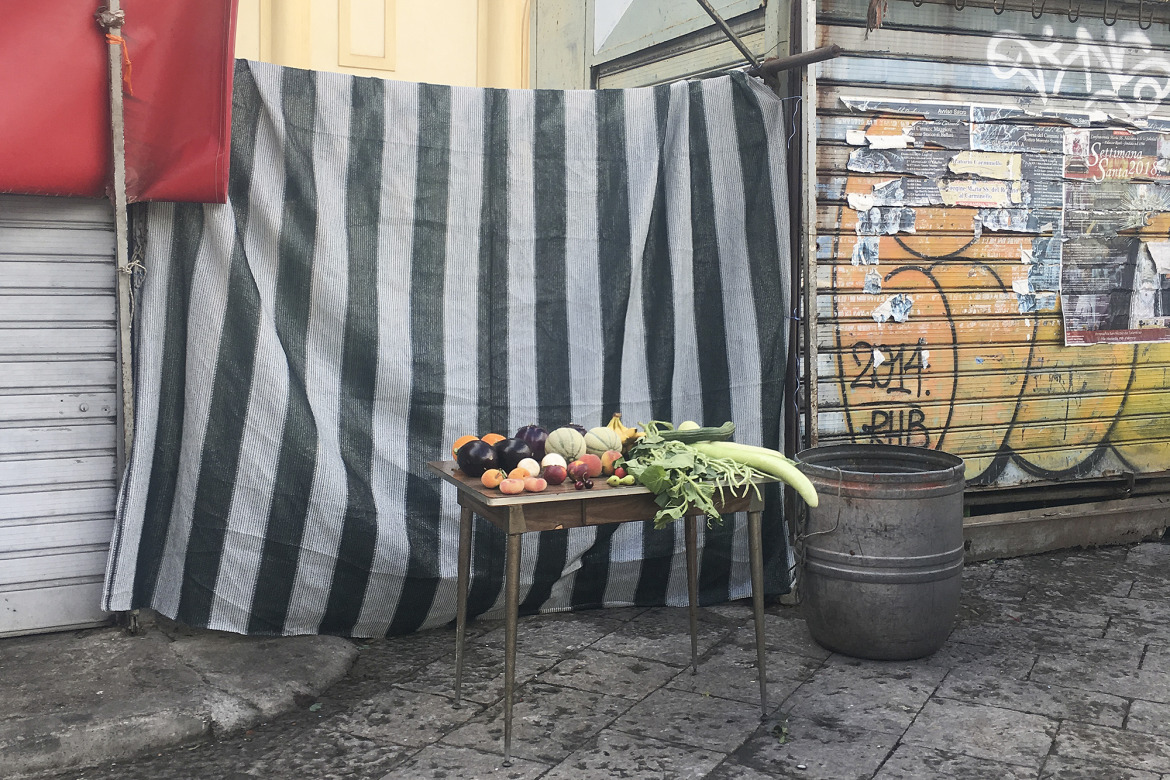
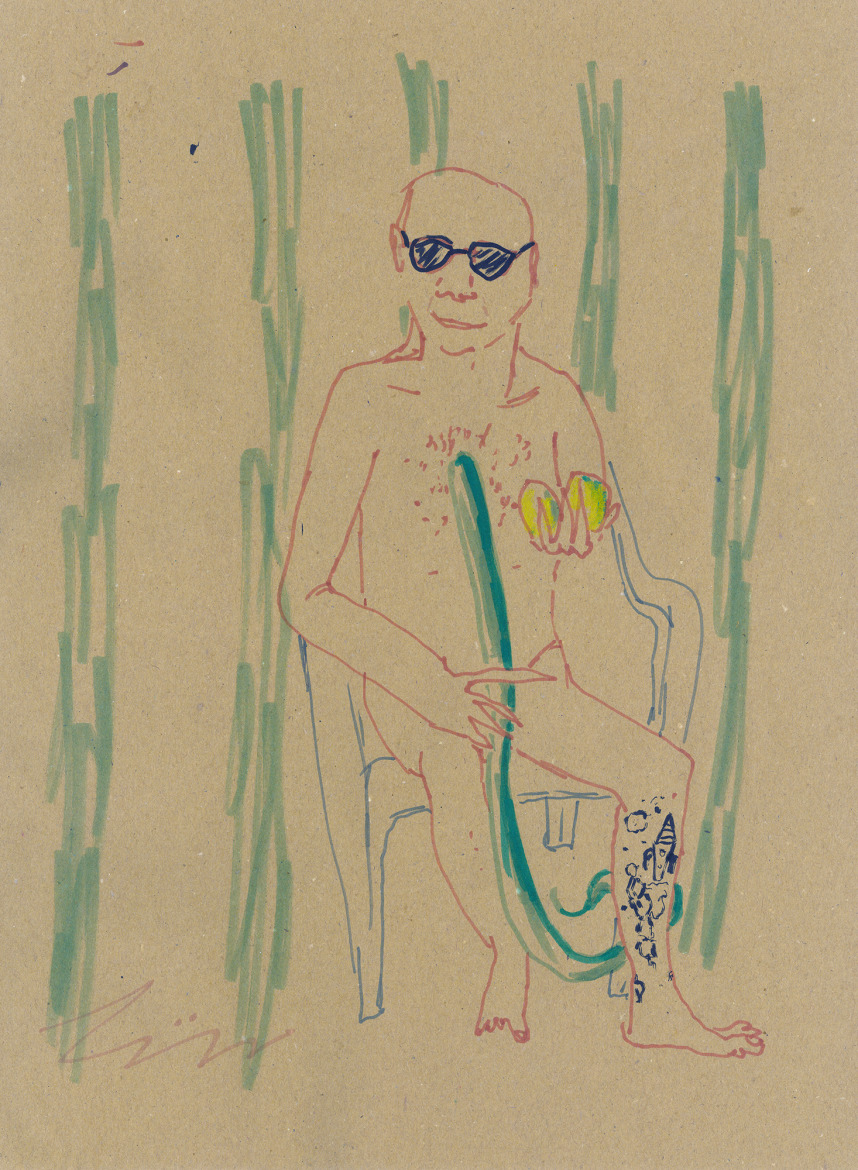


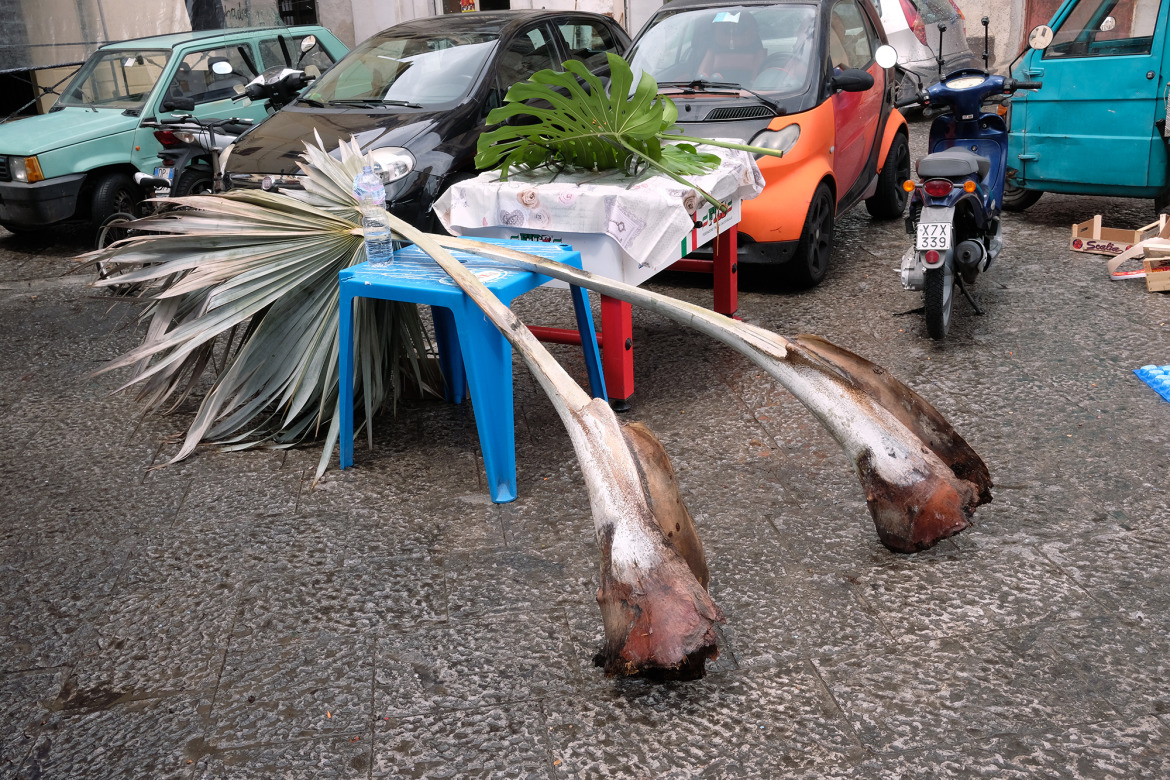

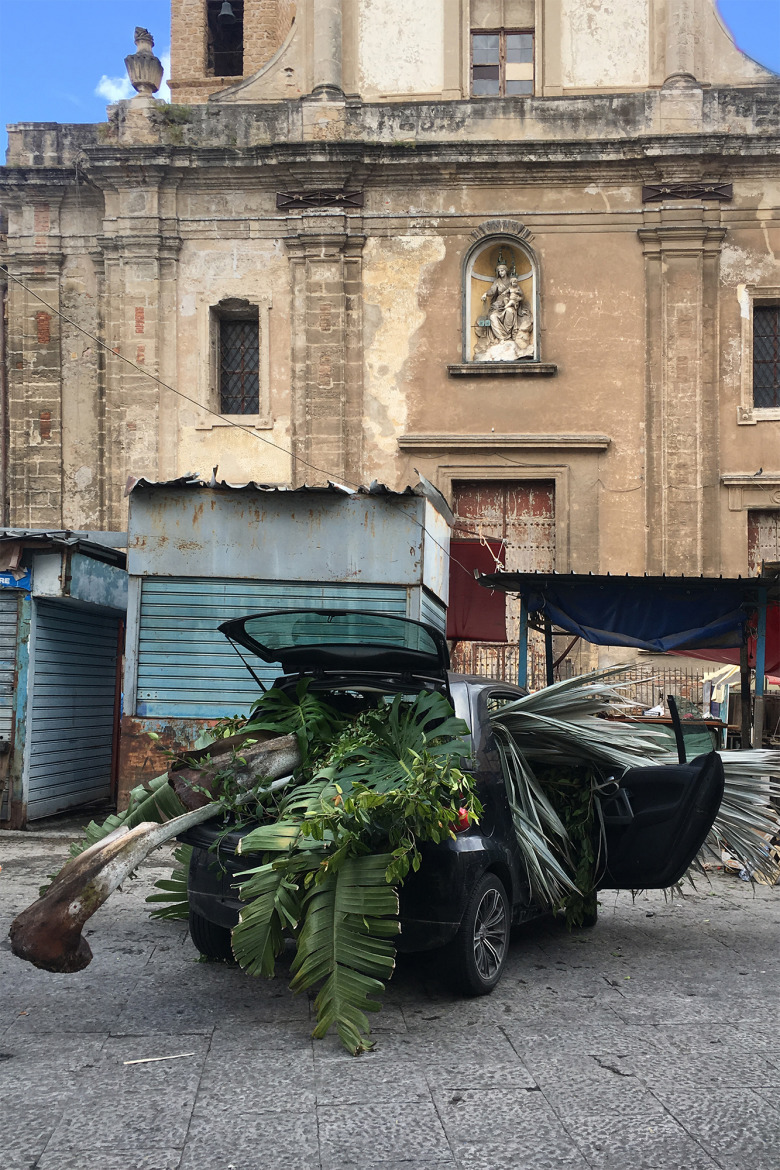

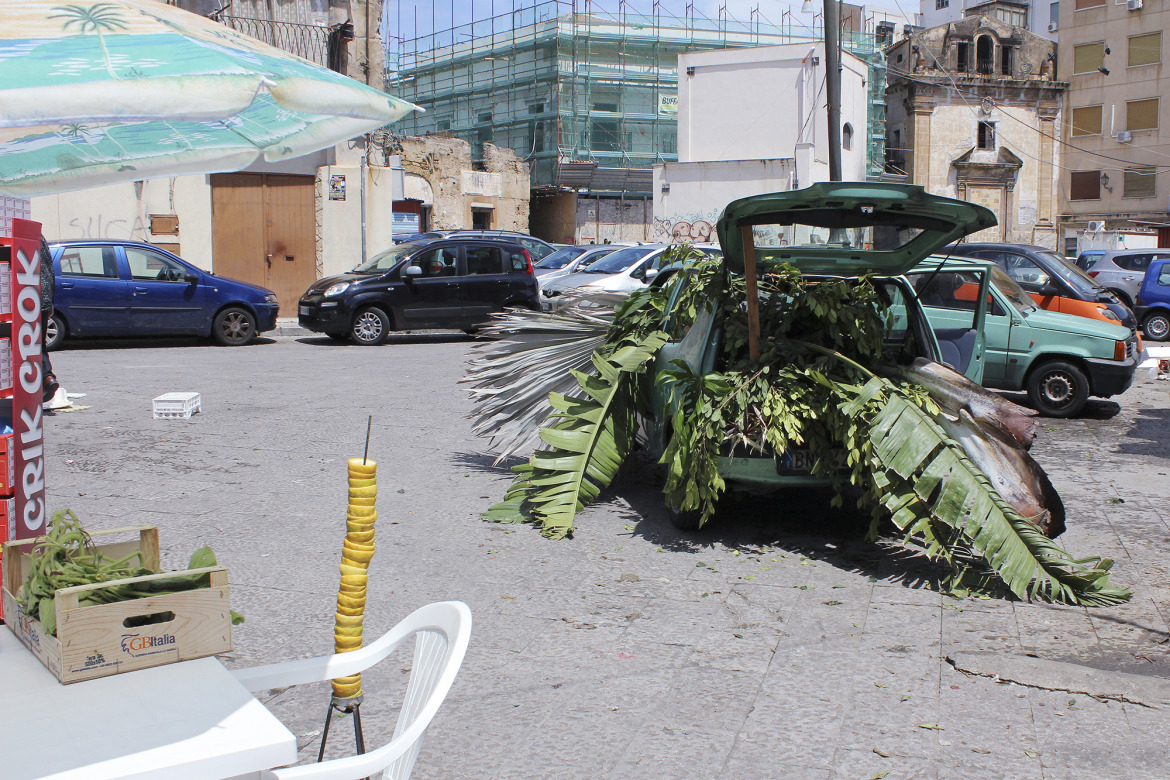
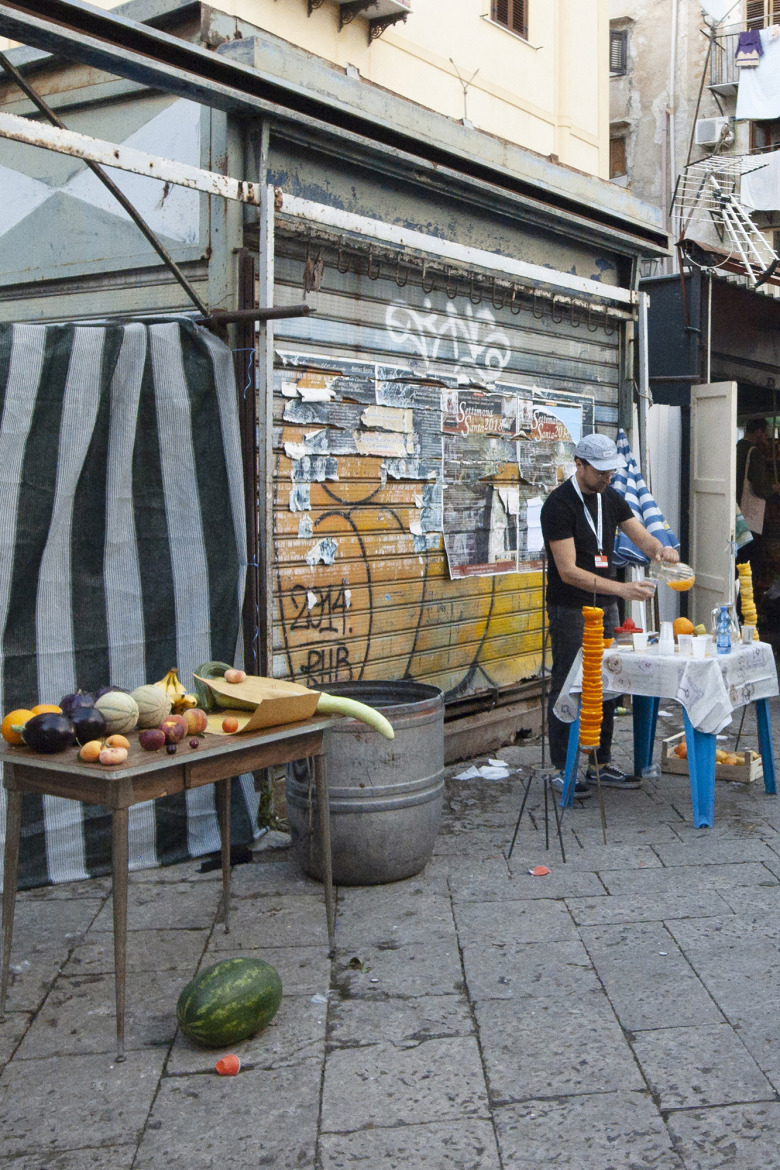
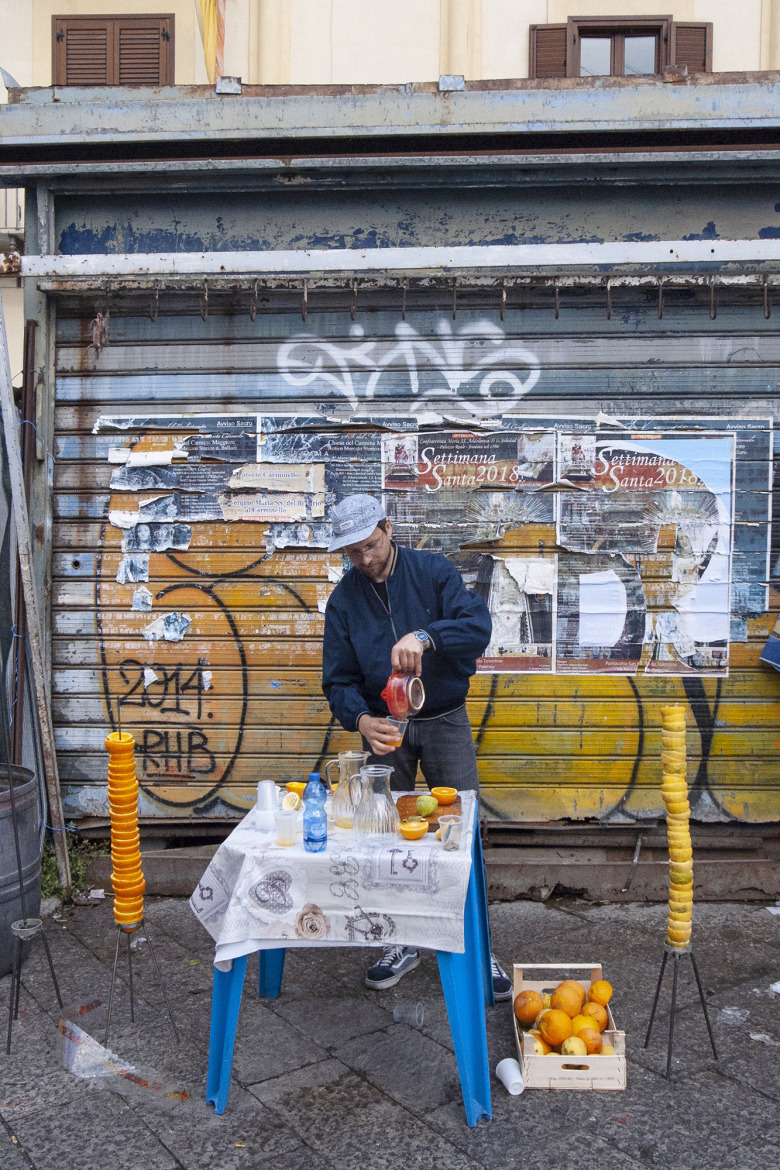
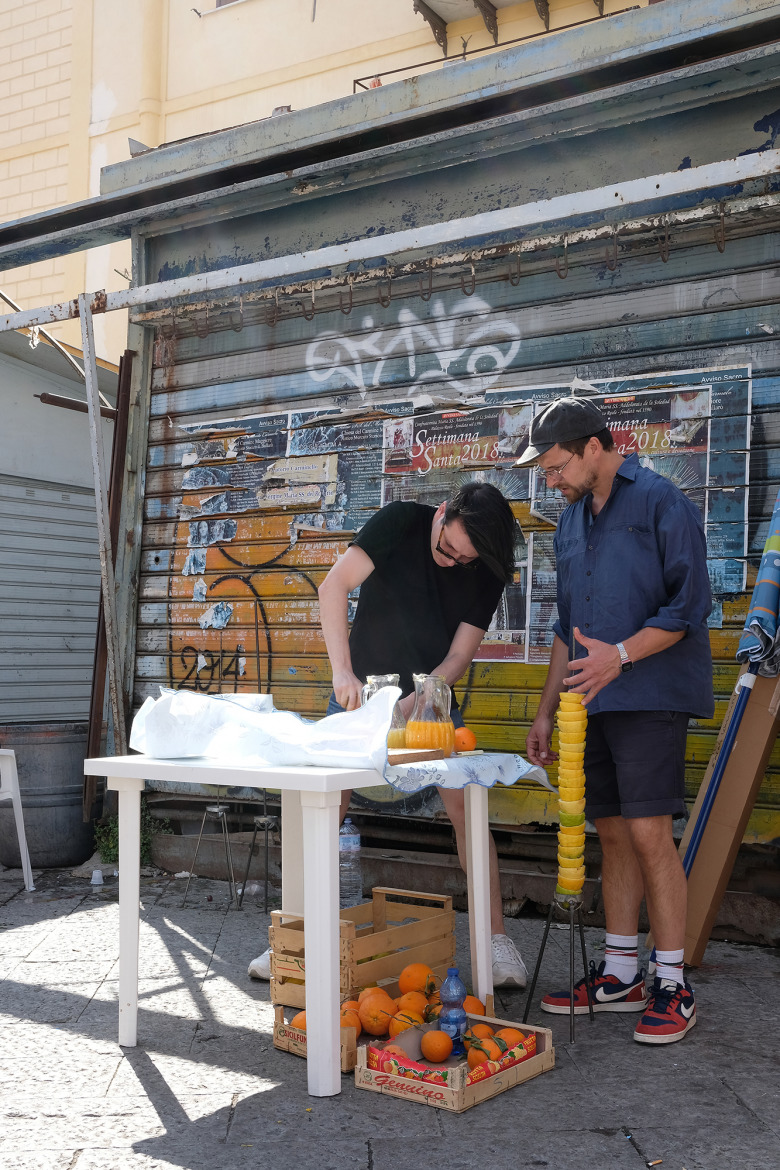
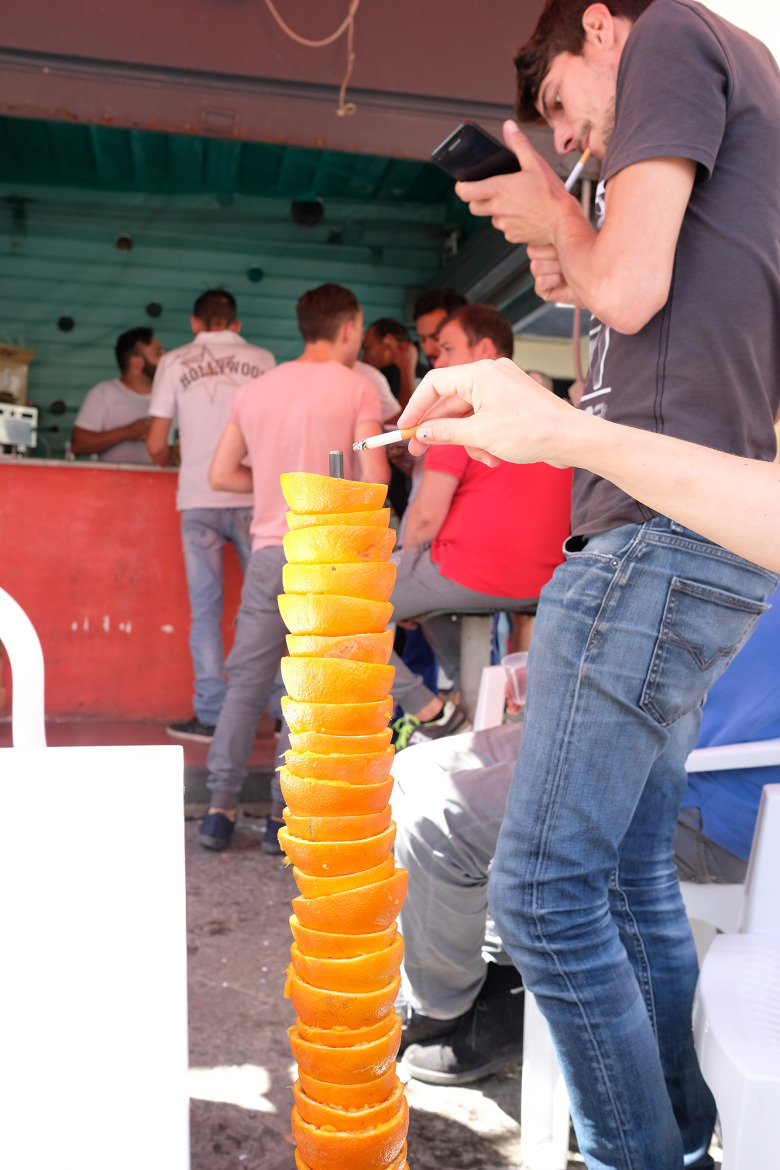

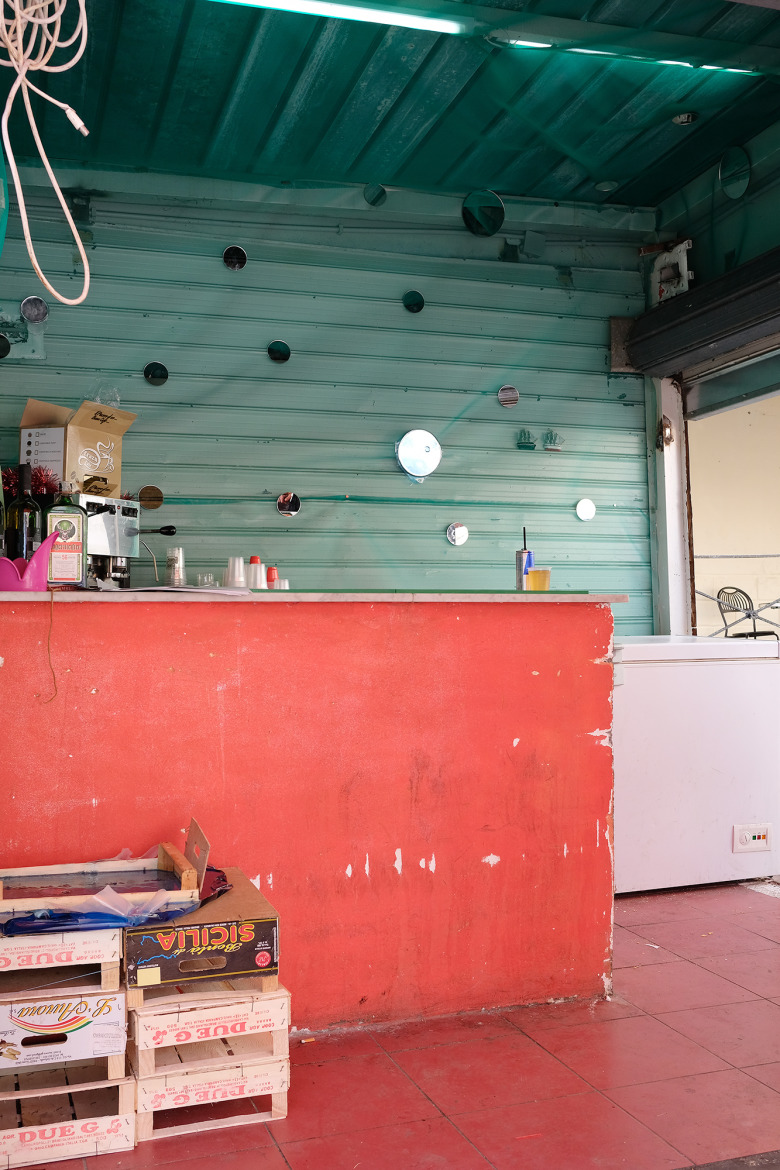
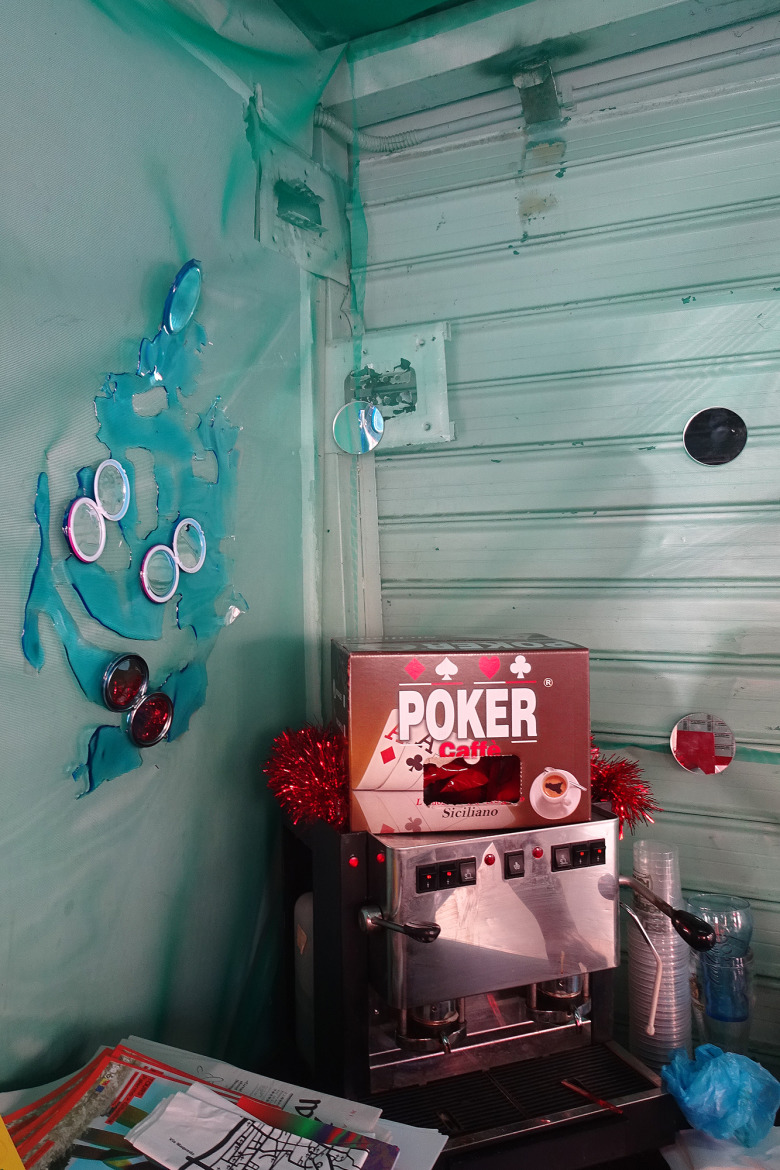
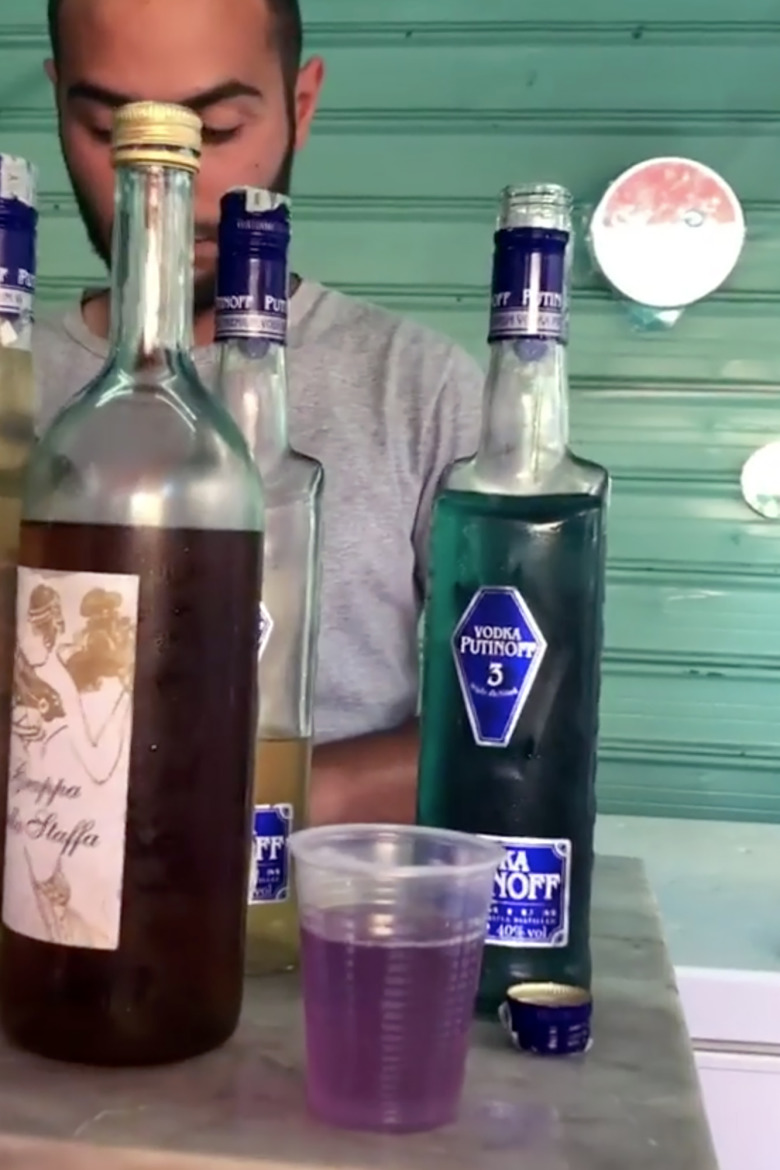
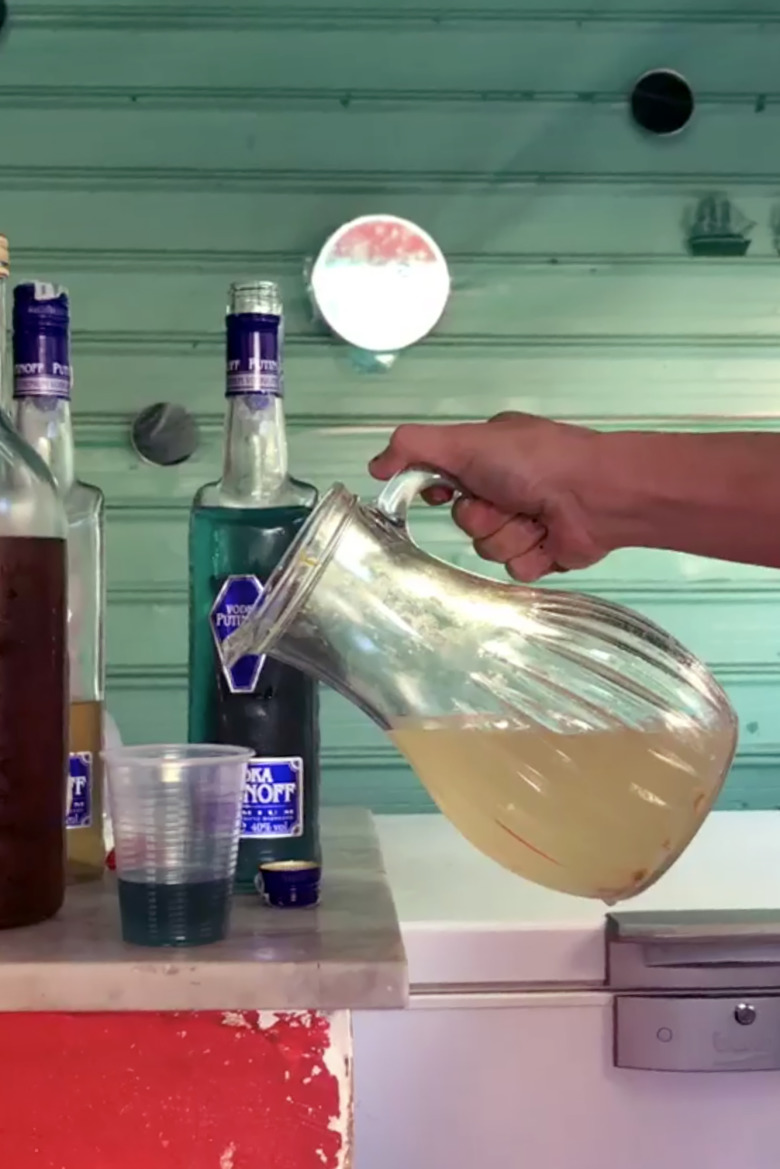
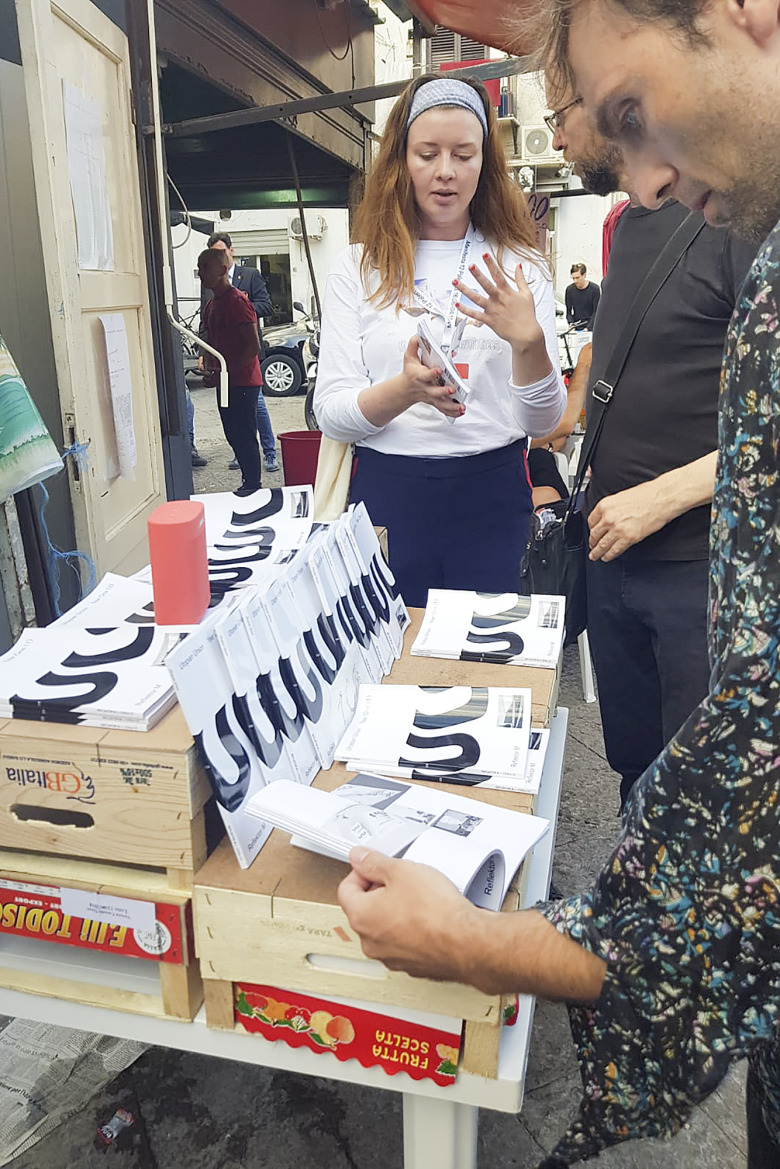
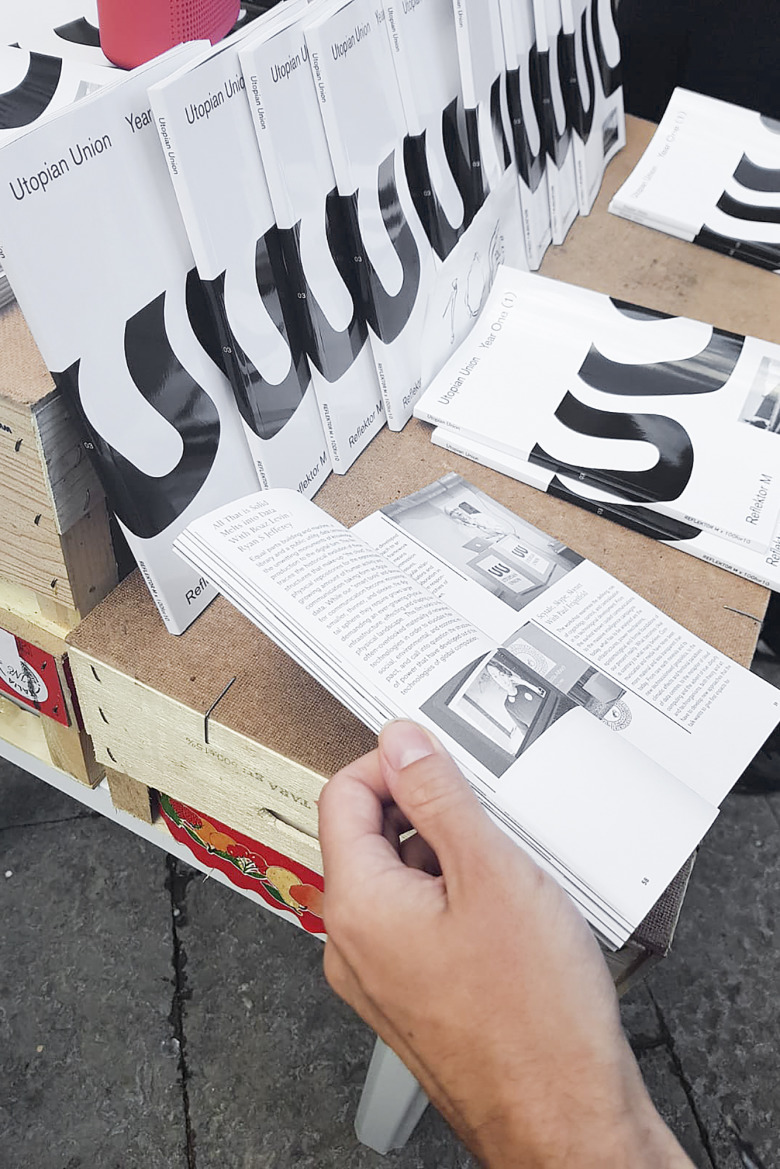
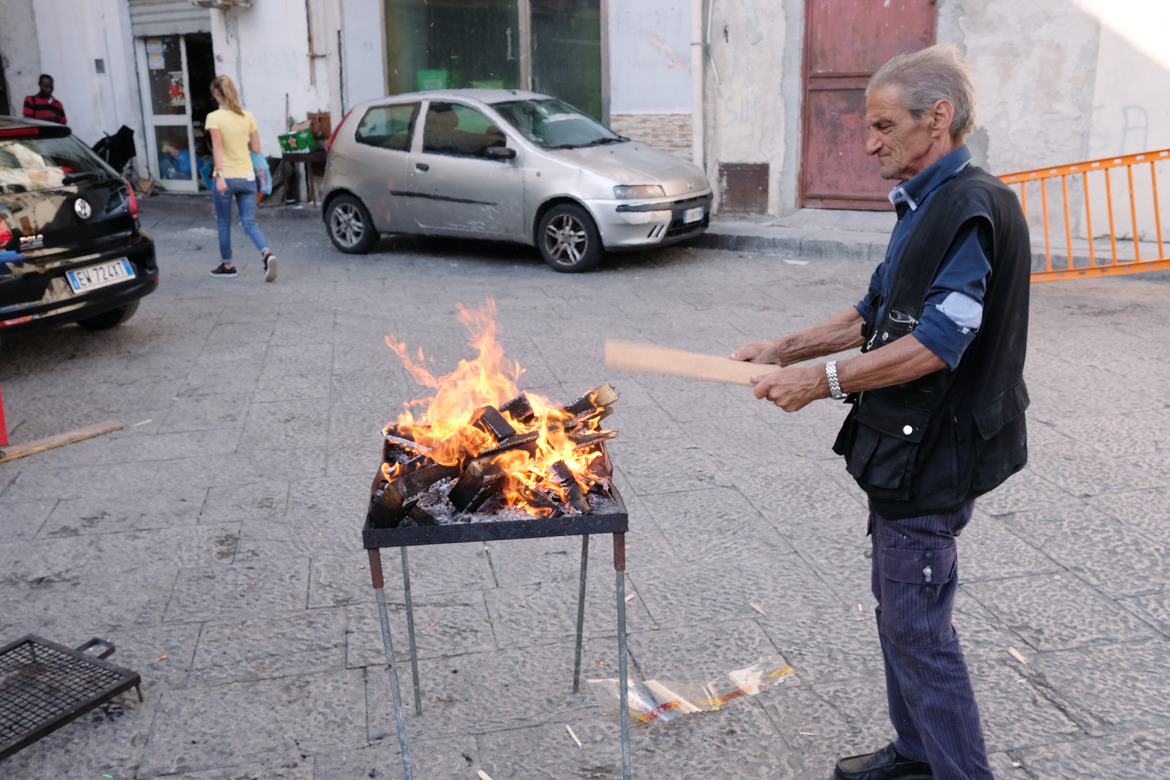


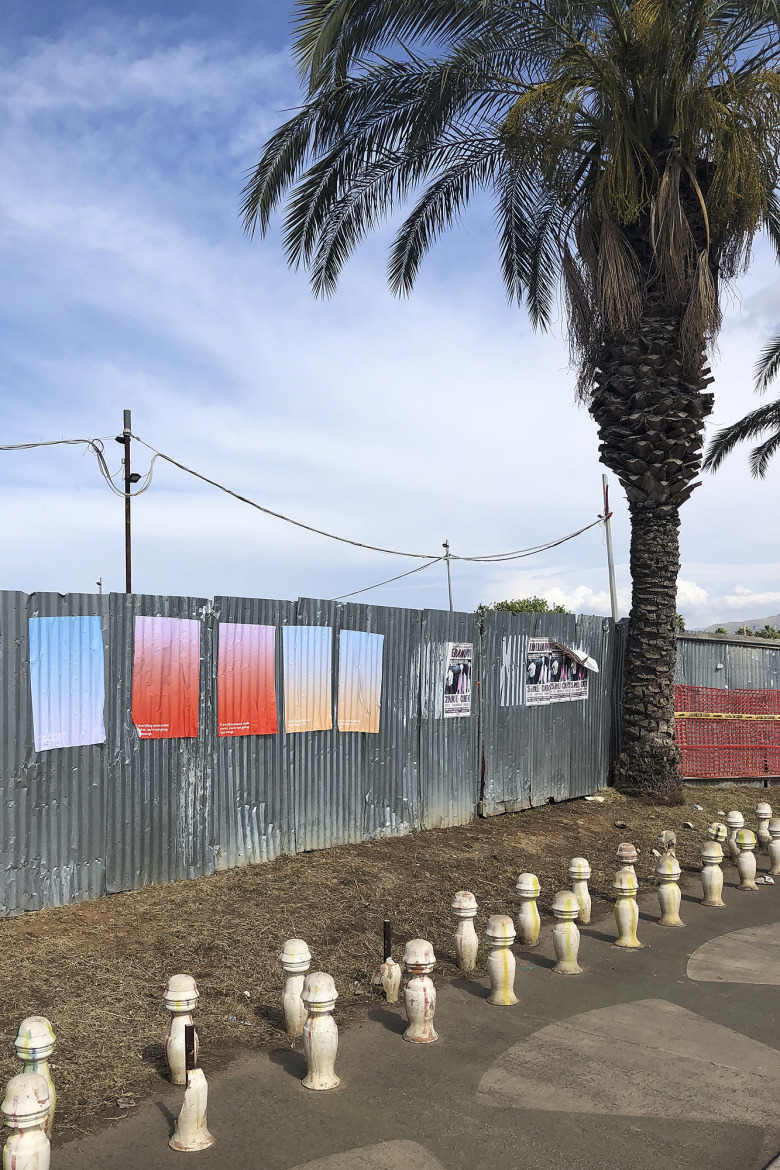
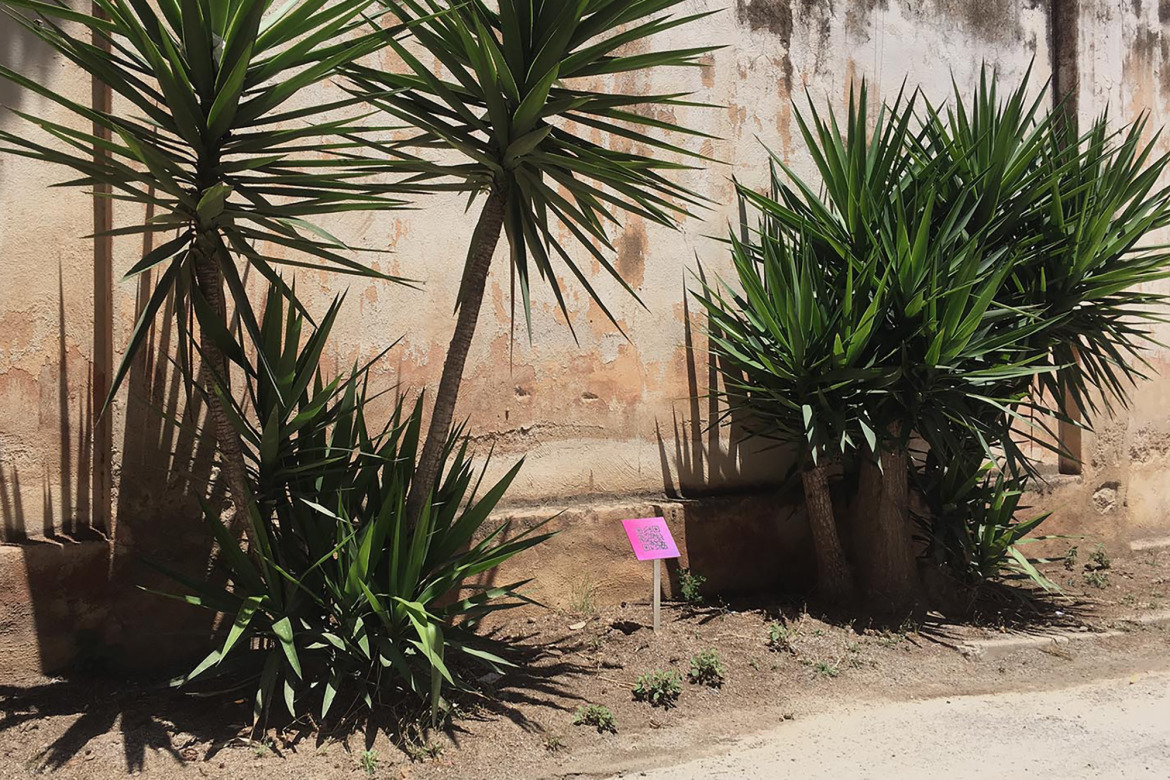
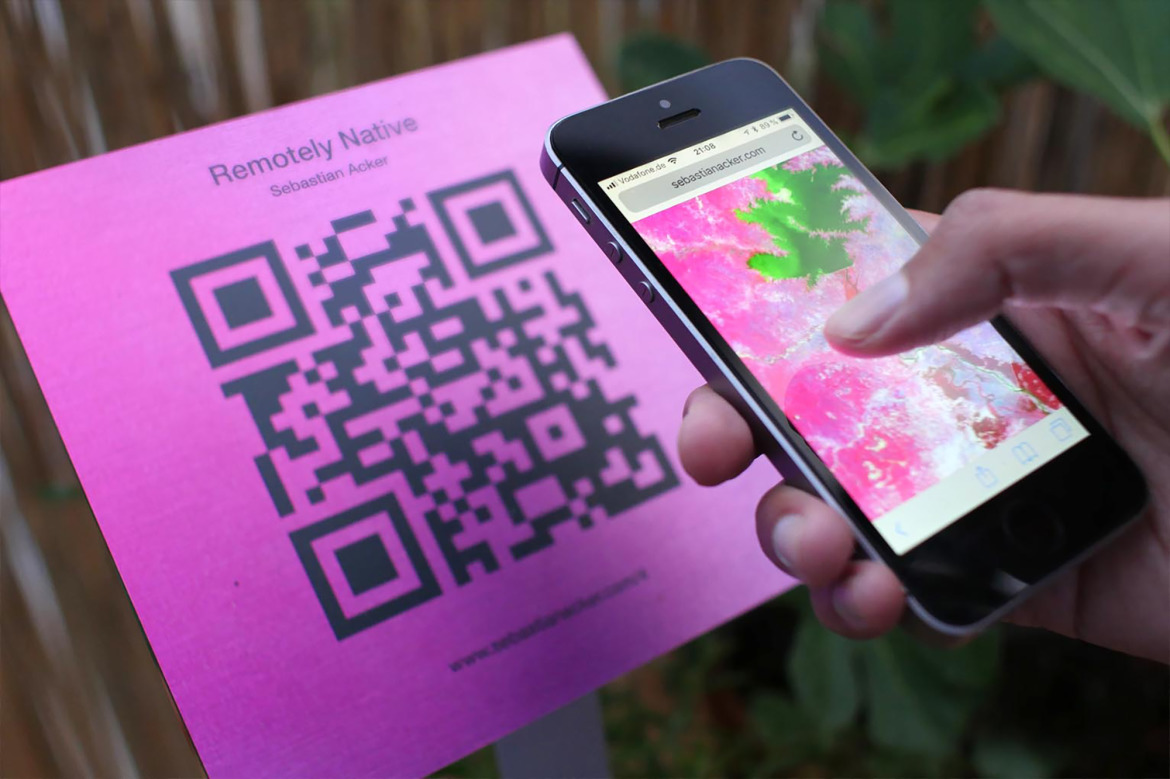
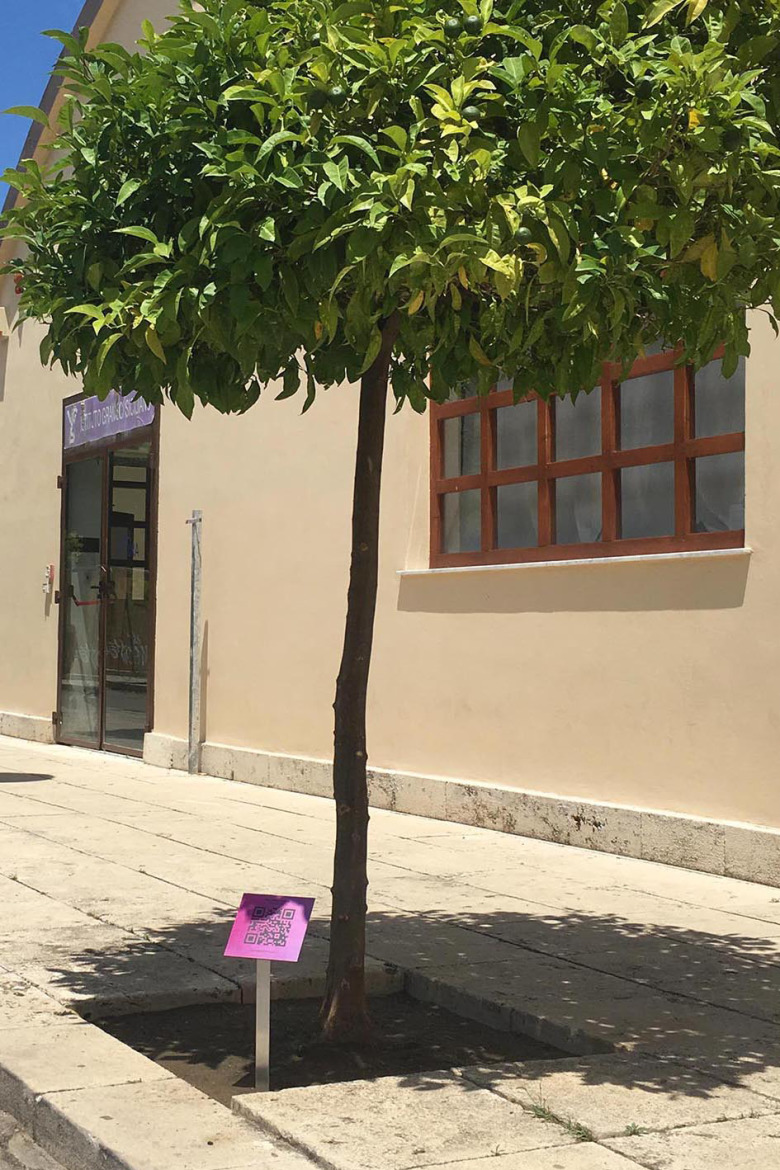
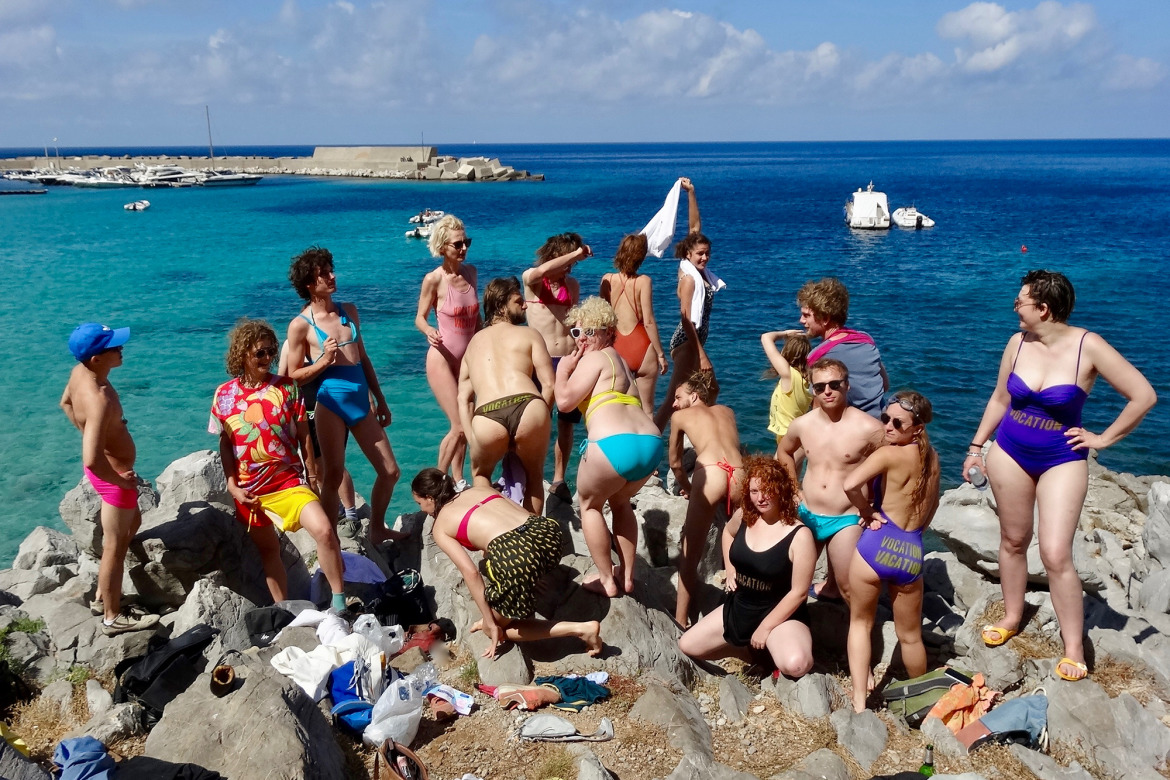
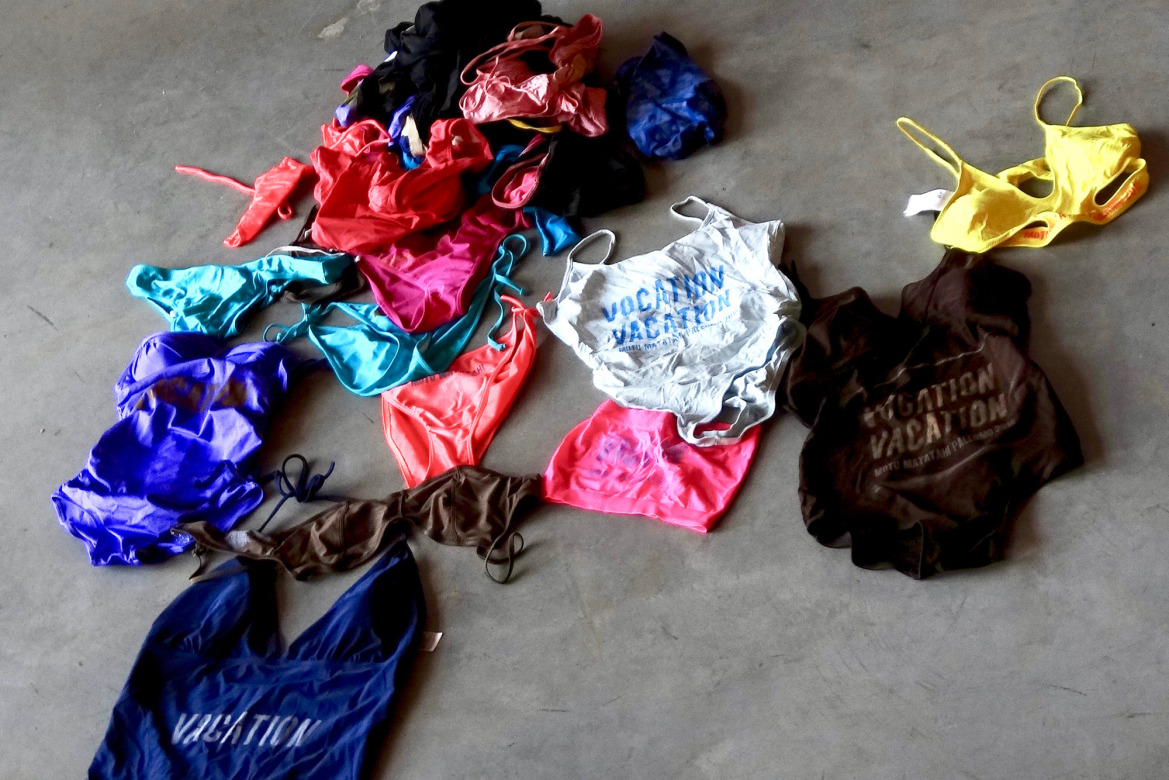
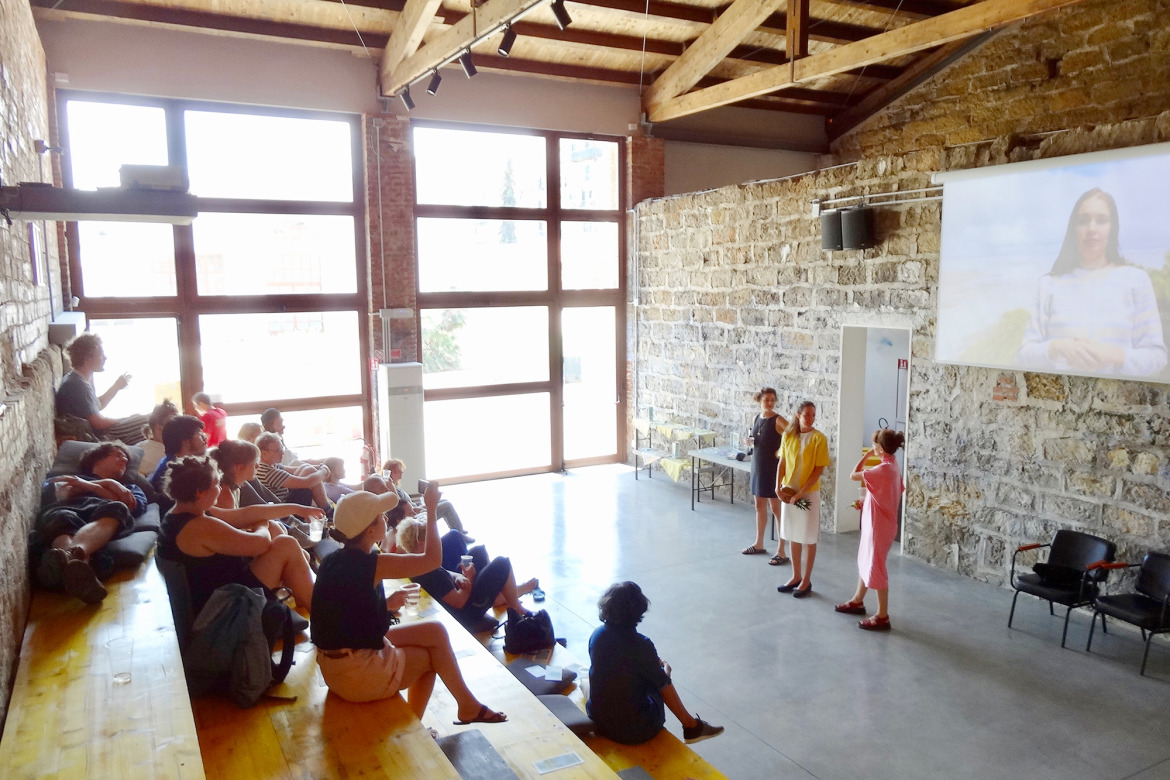
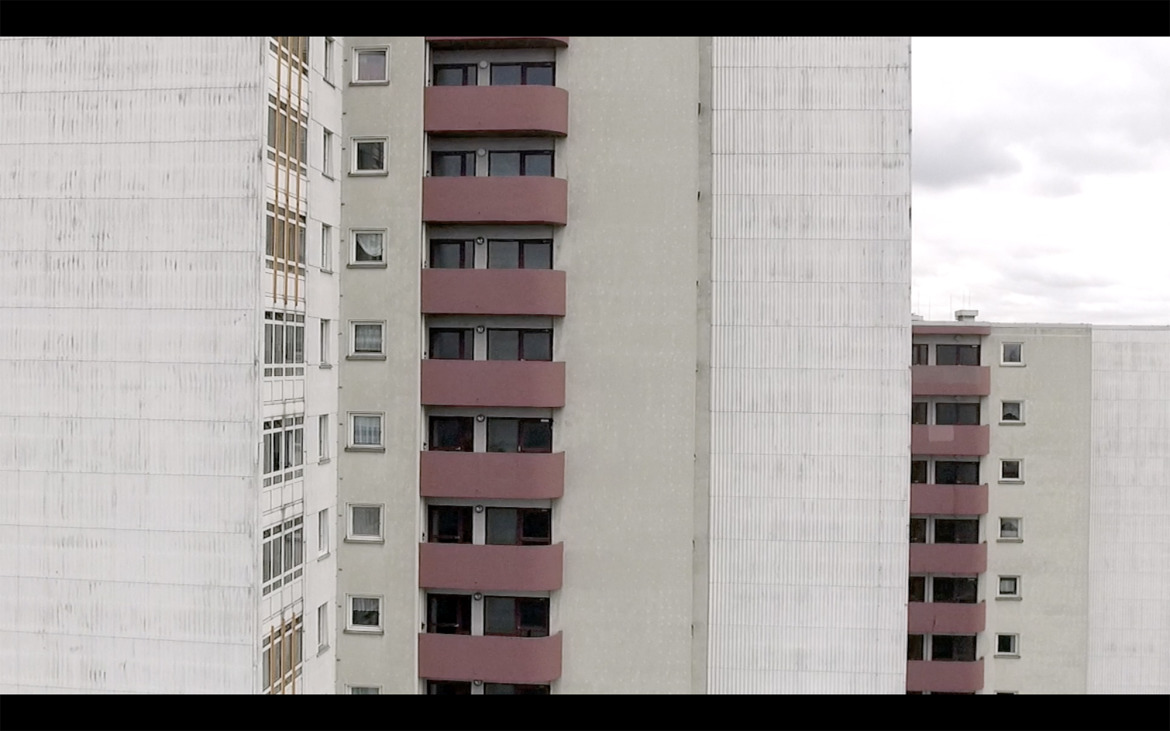
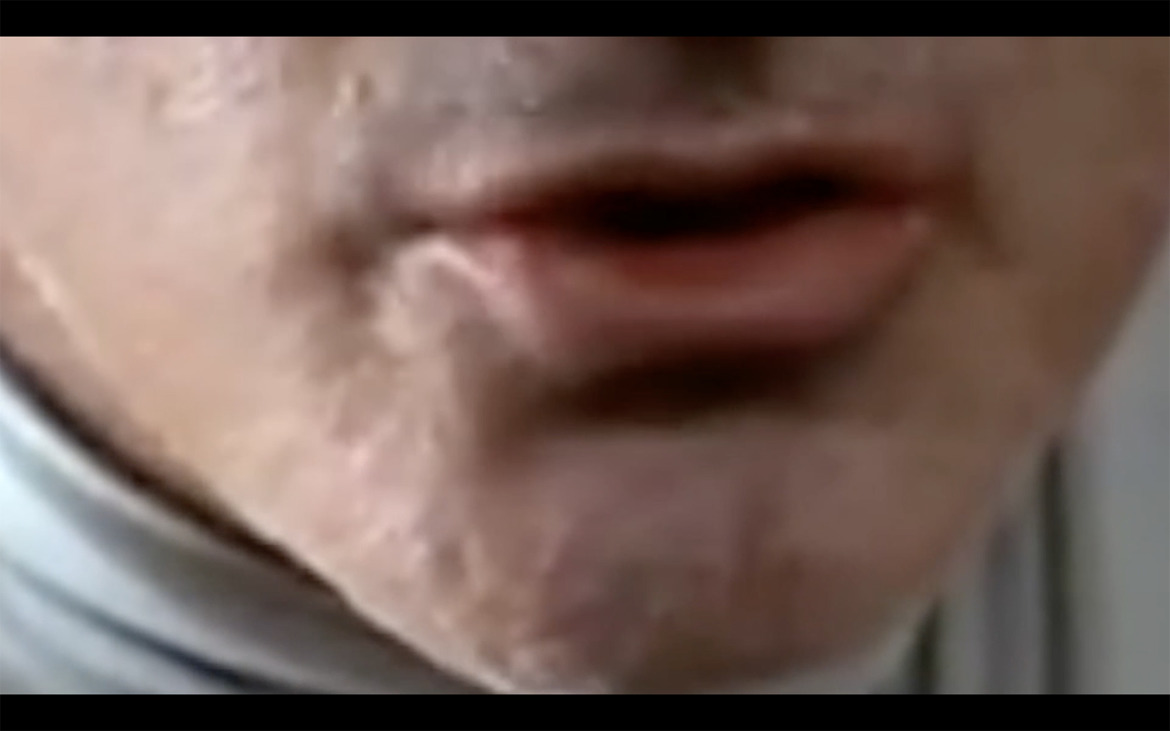
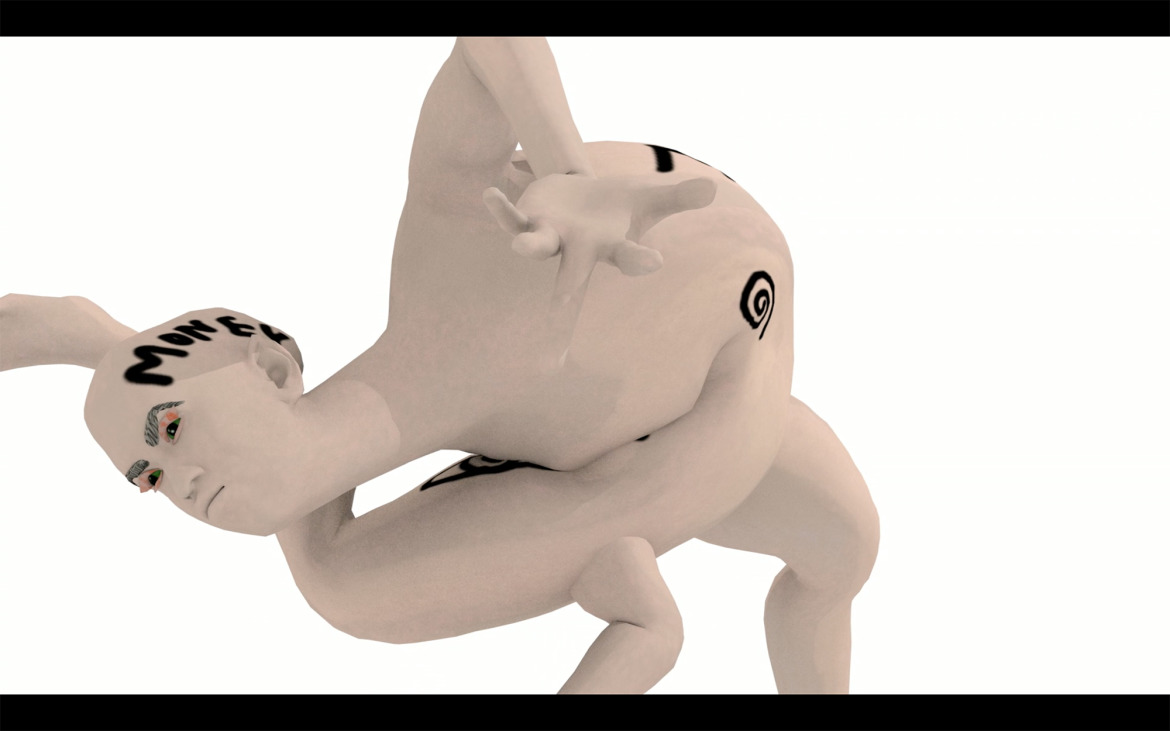
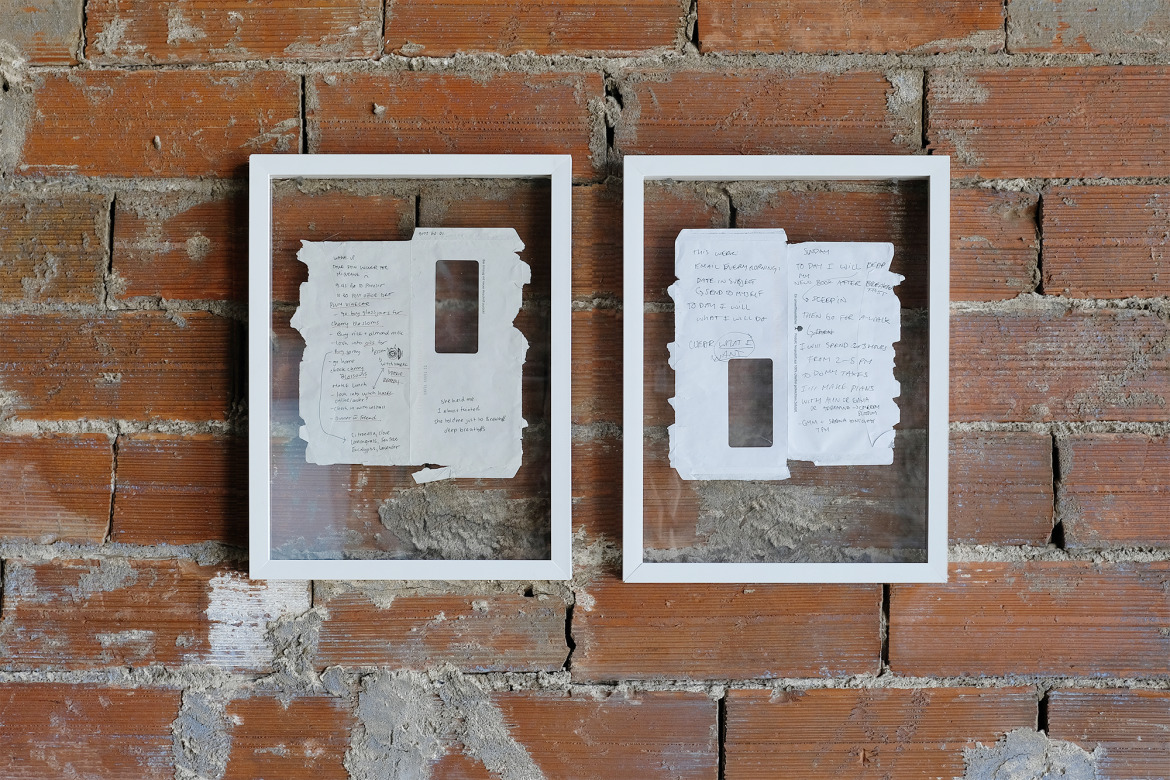
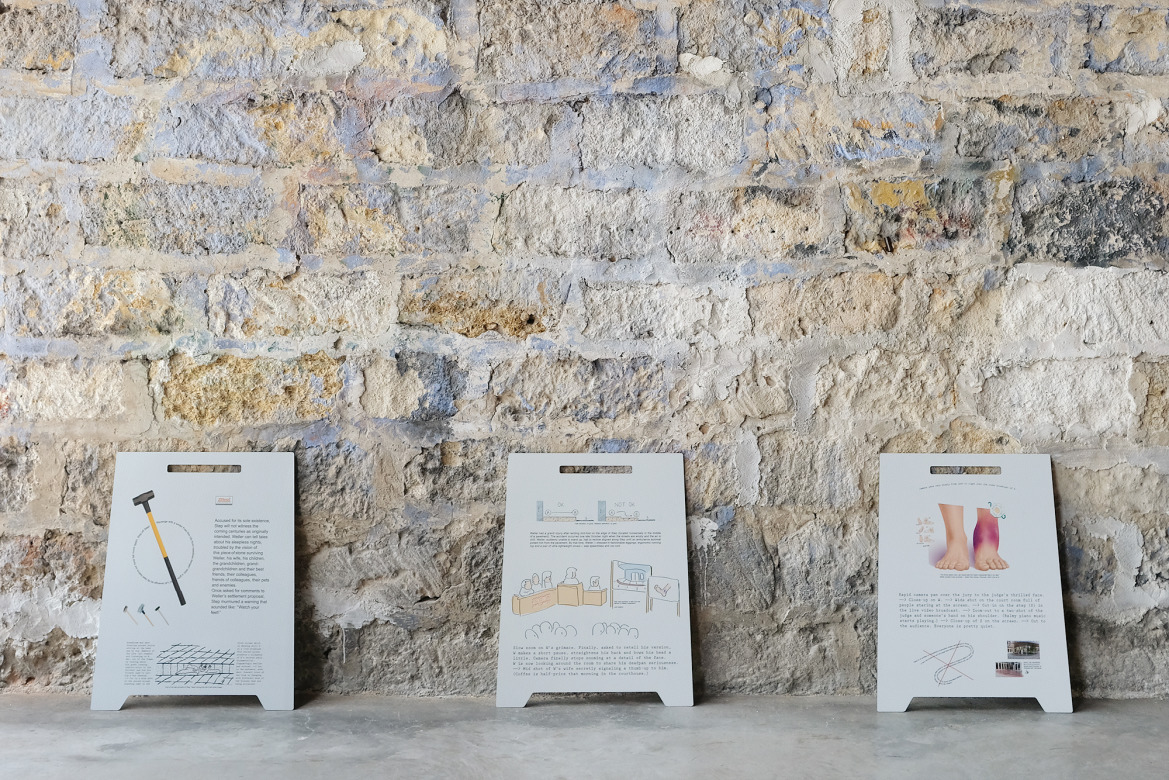
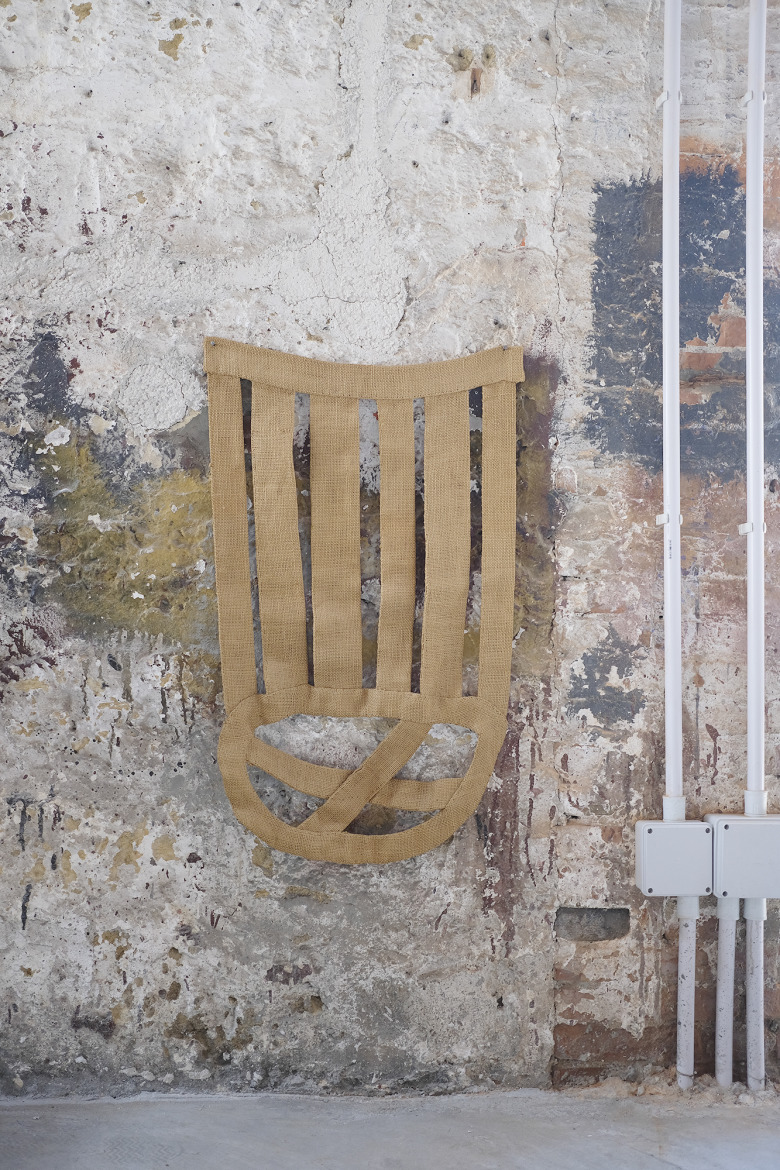


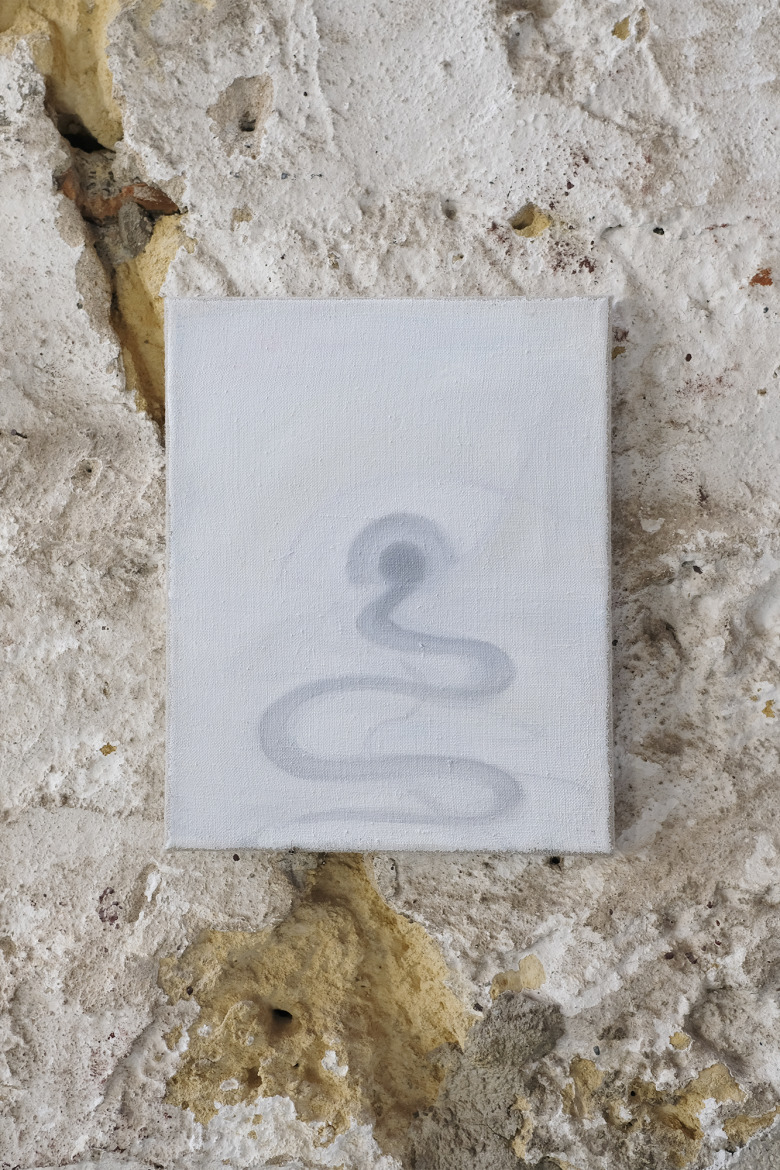
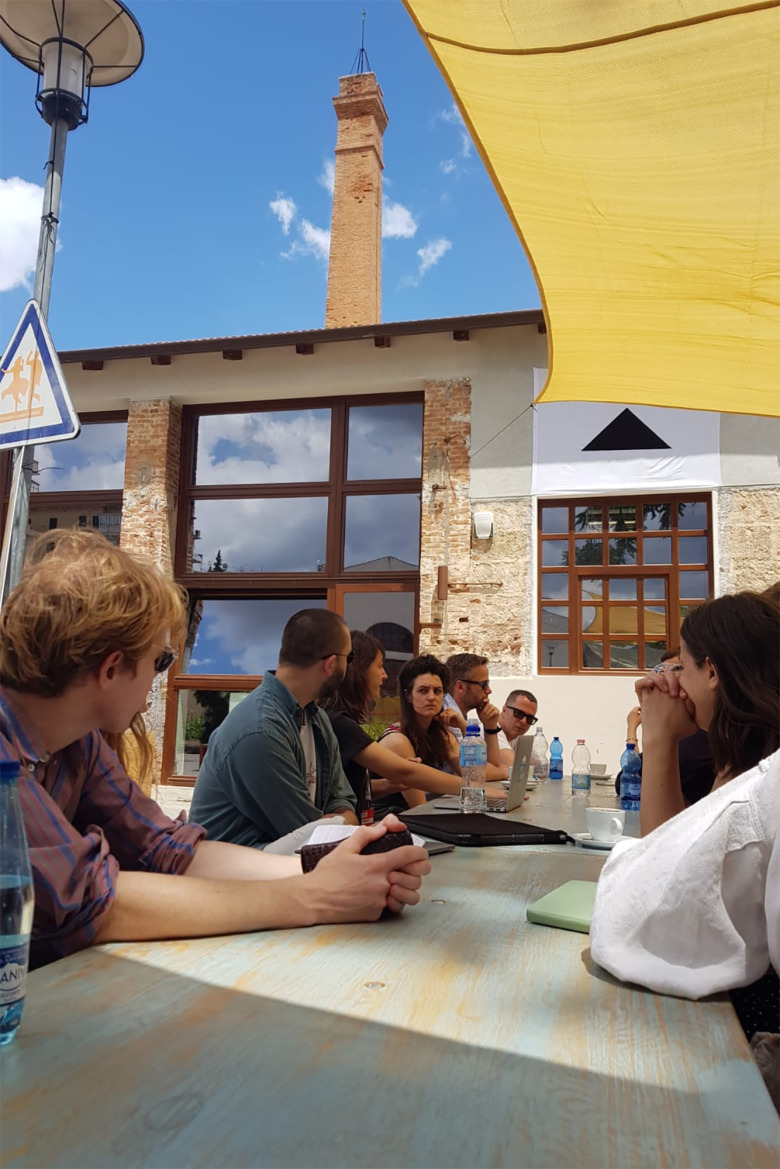
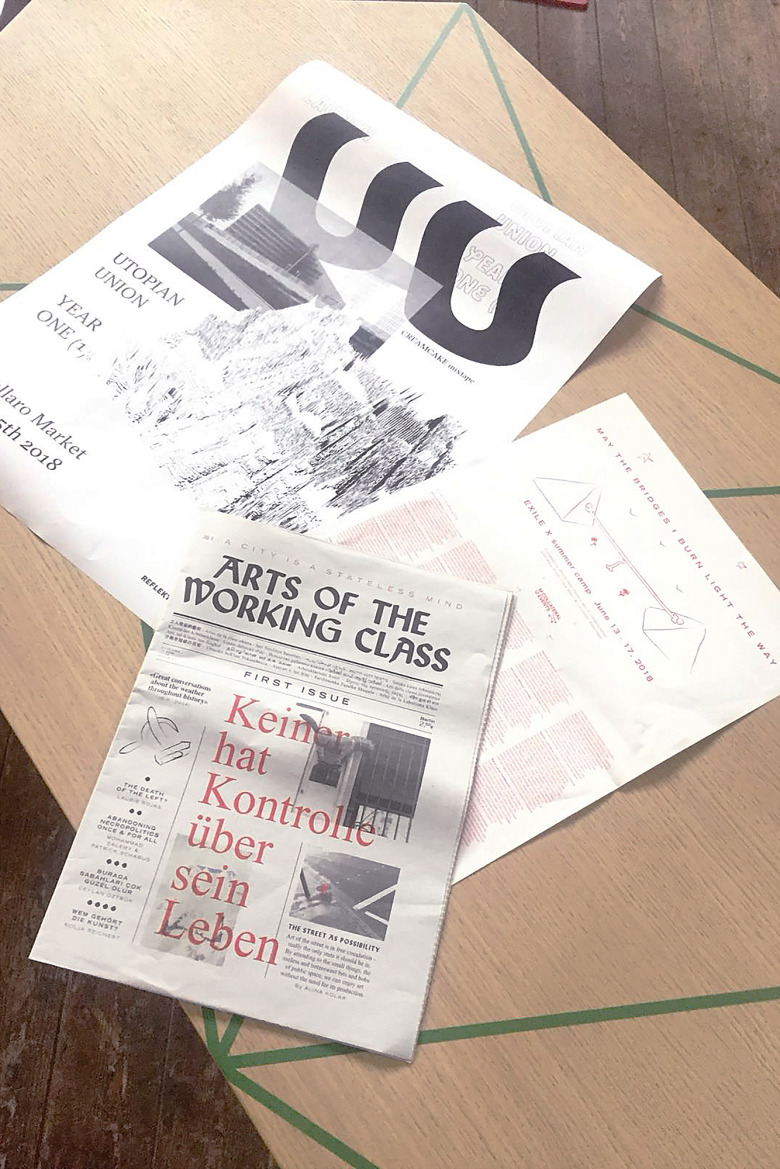
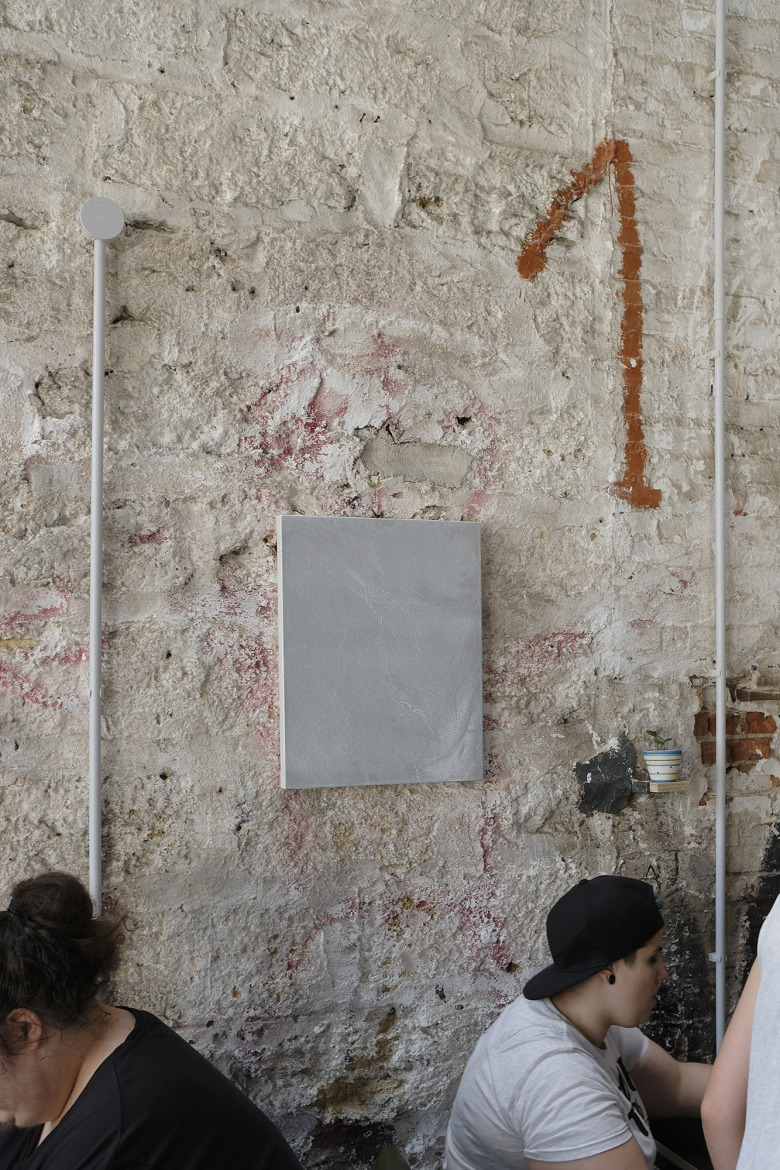
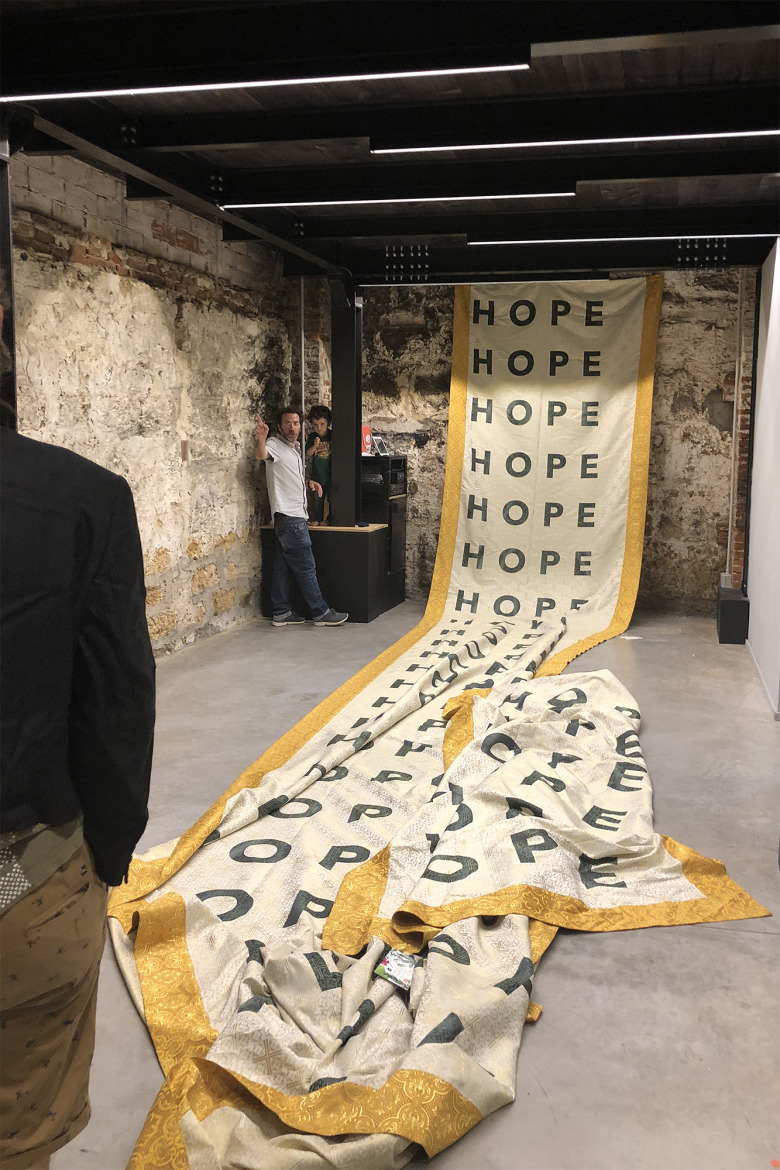
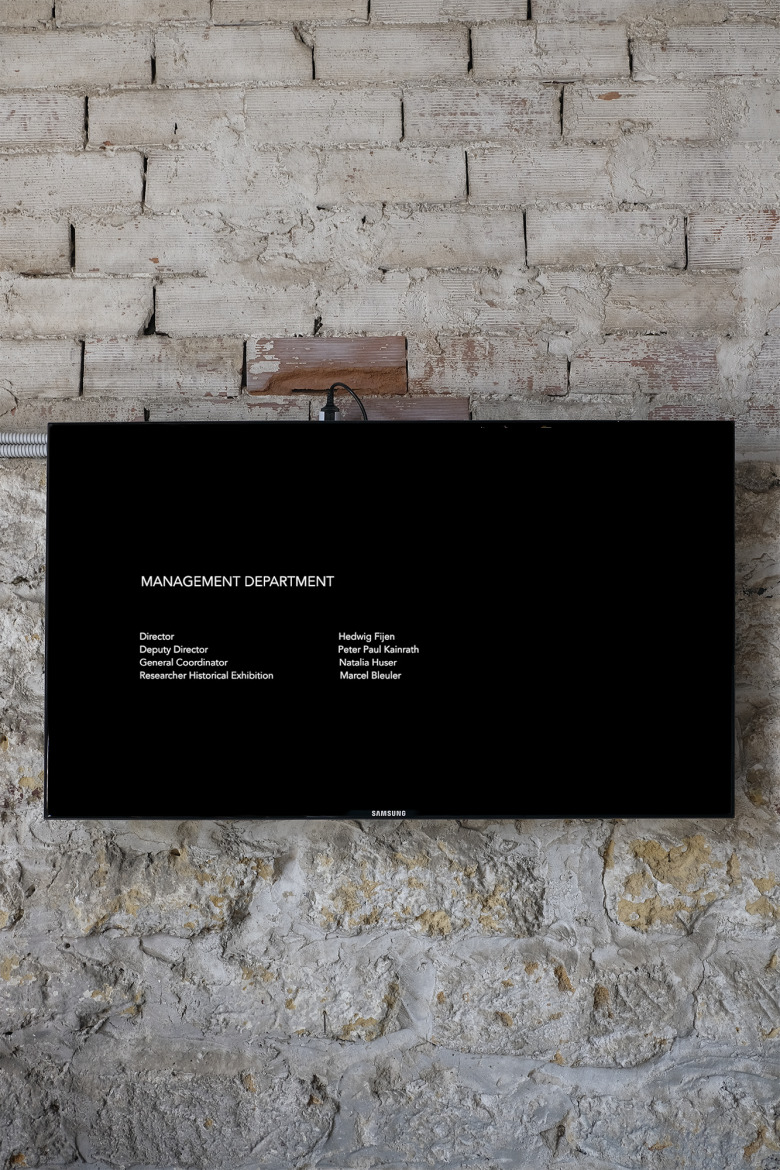
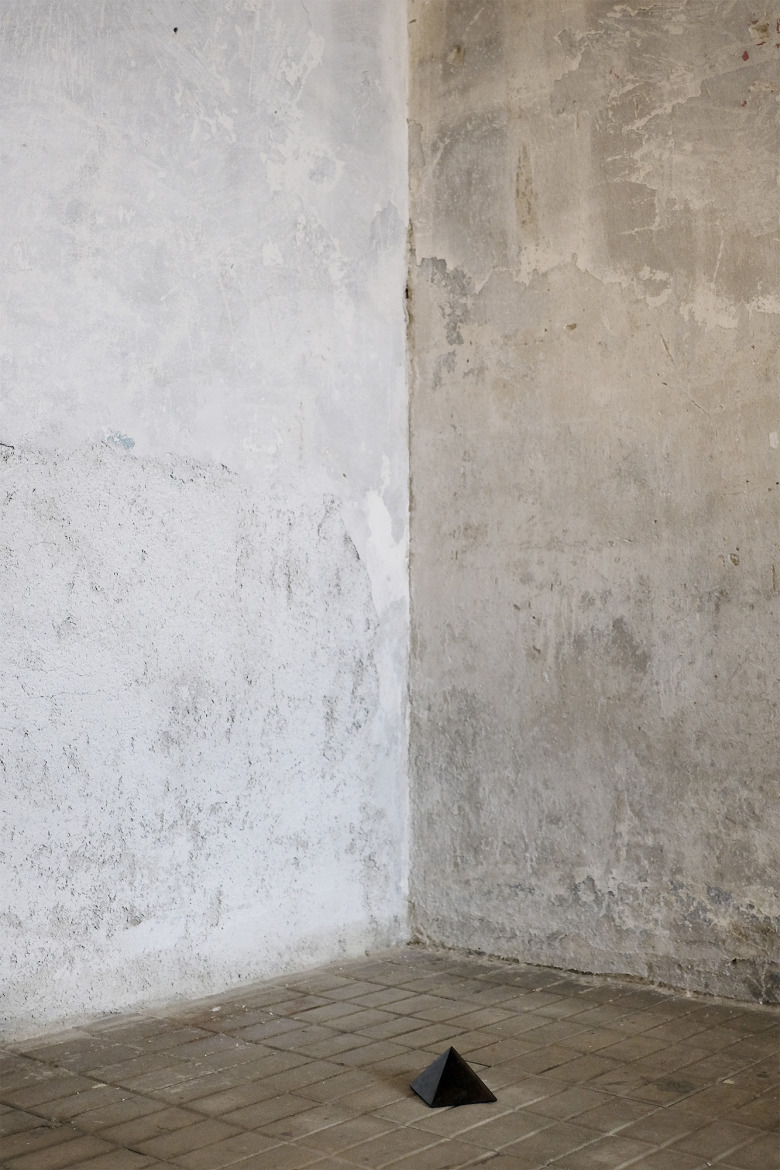
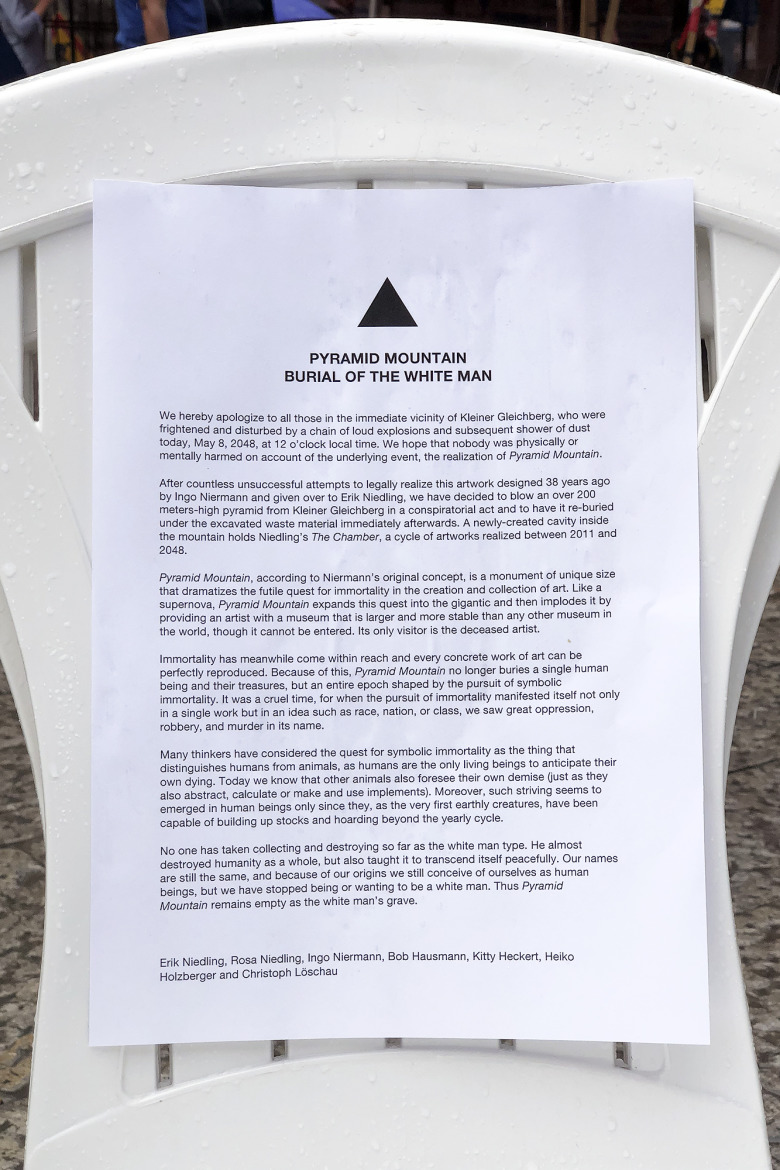
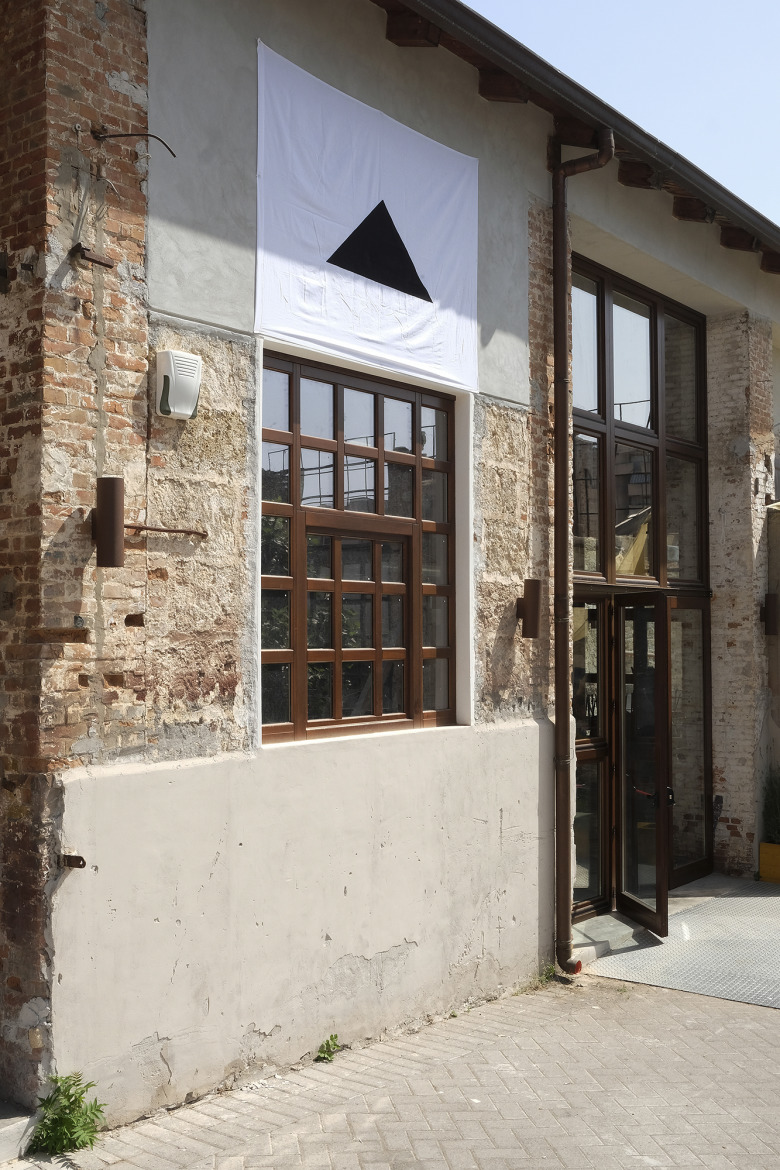

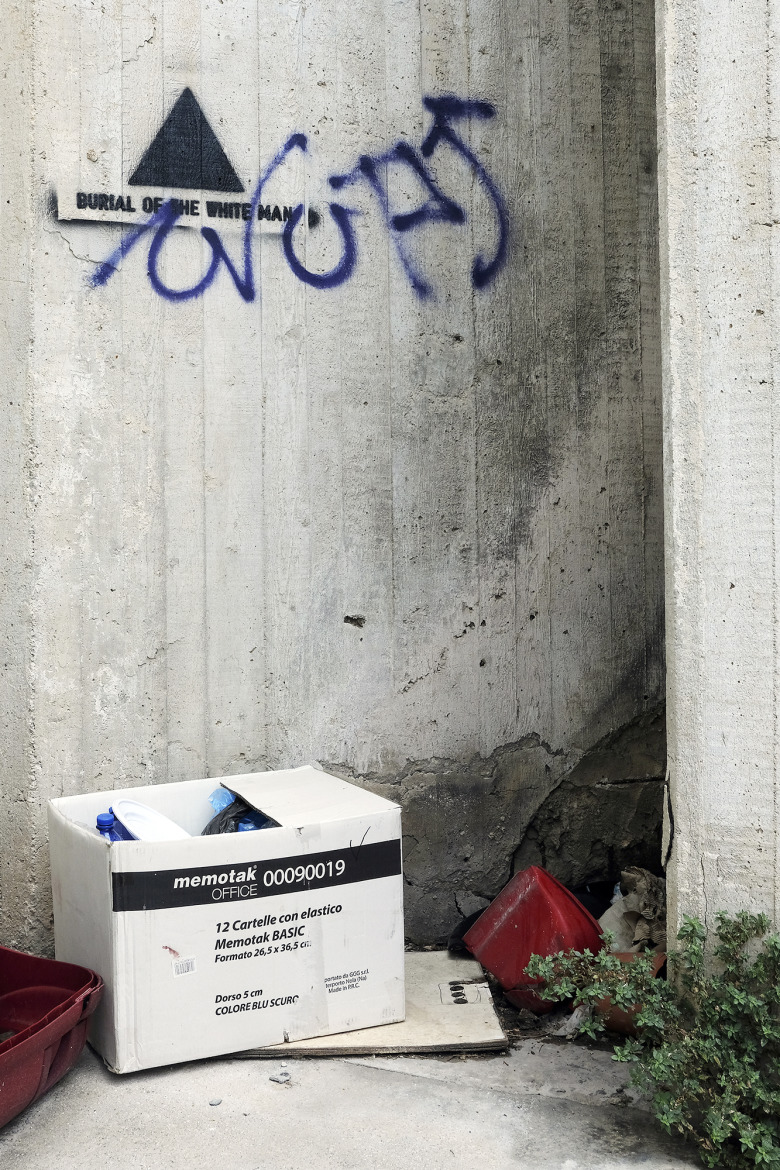

We are happy to invite you to EXILE X Summer Camp: May the bridges I burn light the way selected by Manifesta as part of this year’s 5x5x5 collateral program for Manifesta in Palermo.
The initial part of May the bridges I burn light the way is a temporary exhibition that creates face-to-face conversations between social activism, art practices and Palermo’s socio-cultural realities. Departing point is the exploitation of the self for marketing purposes or as alibi for personal intentions, as sometimes in the #metoo debate or the current rise of populism.
May the bridges I burn light the way evolves through conversations, screenings and performative interventions at Cre.Zi Plus, a daily changing group exhibition at Ballaró Market, and the distribution of the street newspaper ‘Arts of the Working Class‘, a tool of integration between the citizens of Palermo and art professionals arriving to reflect on arts and society during the opening days of Manifesta 12.
Participants: Albrecht Pischel, Angels Miralda Tena, Aris Komporozos-Athanasiou, Ayami Awazuhara & Christopher Burman, Bob Hausmann, Club Fortuna, Heiner Franzen, Dietrich Meyer, Elmar Mellert, Kazuko Miyamoto, Erik Niedling, Federico del Vecchio, Iris Touliatou, Jaakko Pallasvuo, Kinga Kielczynska, Lauryn Youden, Lorenzo Marsili, Narine Arakelyan, Nschotschi Haslinger, Martin Kohout, Patrick Fabian Panetta, Paul Sochacki, Raffaela Naldi Rossano, Sarah Lehnerer, Sara Løve Daðadóttir, Sebastian Acker, Utopian Union, Zoë Claire Miller.
May the bridges I burn light the way is curated by María Inés Plaza Lazo, in collaboration with Alina Kolar, Dalia Maini and Christian Siekmeier.
EXILE X Summer Camp was organized with the support of the Austrian Cultural Forum, Laboratory ABC Moscow, Goethe Institut Palermo, Podere Veneri Vecchio, Studio Botanic and Reflektor M.
FURTHER INFORMATION
MANIFESTA 5x5x5
→May the bridges I burn light the way
DETAILED DAILY PROGRAM (June 13-17)
→Daily program (PDF, A3, 2 pages, 3MB, English)
→Programma giornaliero (PDF, A3, 2 pagine, 3MB, Italiano)
LOCATIONS (June 13-17)
→Cre.Zi Plus is a community kitchen and co-working space in the areal of Cantieri Culturali alla Zisa, where the conversations and screenings will take place.
→Ballarò is the oldest food market in Palermo held in Albergheria neighborhood, where EXILE will present a daily changing group exhibition during the opening dates of Manifesta 12.
DETAILED GOOGLE MAPS
→Cre.Zi Plus
→Ballarò
REVIEWS
→Marie Civikov in Jegens & Tevens (NL)
→Hulda Rós Guðnadóttir in art.zine.is (IS)
→Kathrin Schöner & Stephan Becker in Baunetz (PDF download, DE)
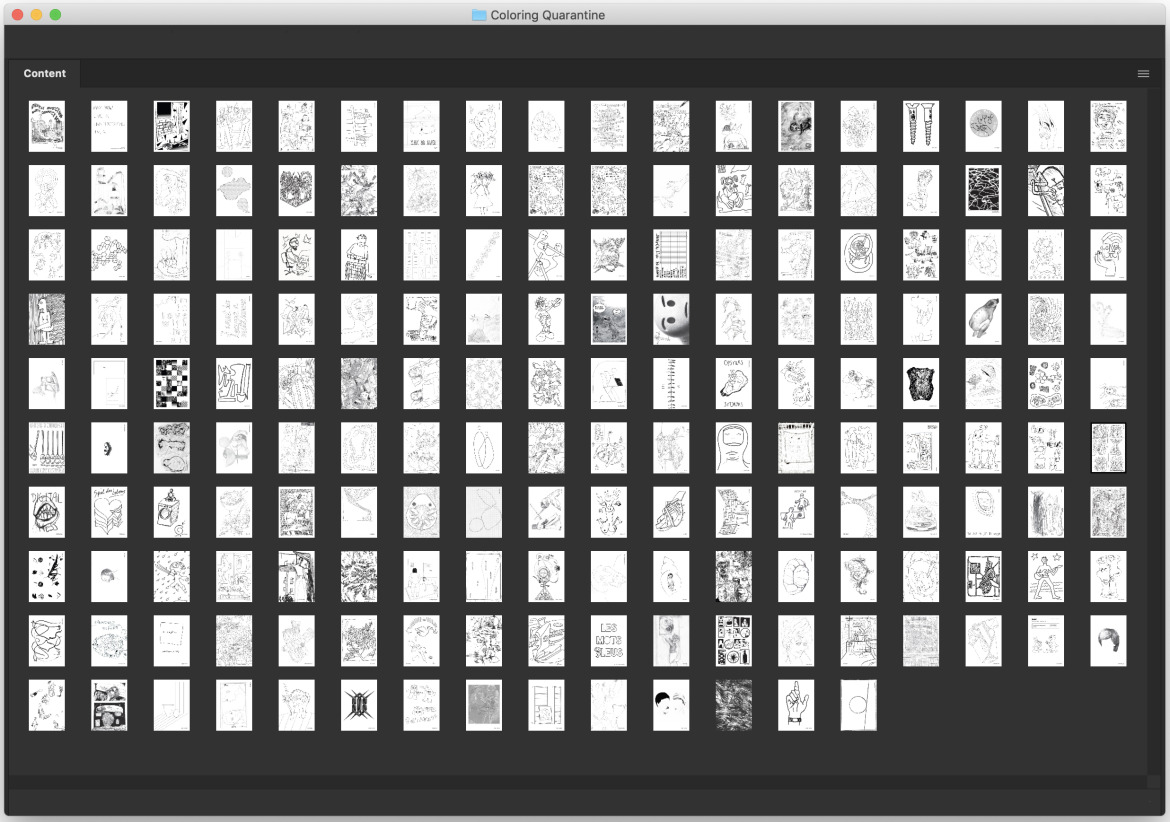
Coloring Quarantine was an open call and open access project initiated in response to the closure of EXILE’s physical gallery space on March 13 due to COVID-19. Contributions could be made until Apr 22, the day EXILE was able to reopen with regular opening hours.
Coloring Quarantine has the simple aim to collect and share drawings from a wide range of contributors. All collected 175 contributed drawings remain accessible via an open-access dropbox folder from where they can be downloaded and printed out on any standard printer to color in for anyone experiencing lockdown.
Click on link to access dropbox folder→Coloring Quarantine
Coloring Quarantine Contributors: Aaron Schraeter, Adam Shecter, Adéla Součková, Adnan Balcinovic, Aggtelek, Ahu Dural, Alan Stefanato, Albrecht Pischel, Albrecht Wilke, Alexander Jackson Wyatt, Ali Fitzgerald, Almut Reichenbach, Alyssa De Luccia, Andrew Read, Andrew Rutherdale, Anna Bochkova, Anna Kautenburger, Anna Schachinger, Anne De Boer, Anne Meerpohl, Anneke Kleimann, Antanas Luciunas, Antonio Della Corte, Arnold Berger, Arthur Golyakov, Aykan Safoğlu, Belen Garcia, Bernd Löschner, Bianca Pedrina, Billy Miller, Bora Akinciturk, Bruno Hoffmann, Carl Lützen, Caro Eibl, Charlotte Heninger, Chiara No, Christophe de Rohan Chabot, Christopher Prendergast, Ciresu Tudor, Clémentine Coupau, Constantin Hartenstein, Cristian Tusinean, D L Alvarez, Dana Engfer, Daniel Ferstl, Darja Shatalova, Dennis Loesch, Edin Zenun, Ellen Schafer, Eloise Bonneviot, Eric Giraudet de Boudemange, Erica Baum, Ethan Assouline, Federico del Vecchio, Felix Oehmann, Fette Sans, Filip Dvořák, Francesco Della Corte, Francis Ruyter, Francisco Berna, Gabriela Tethalova, Gaspar Kunsic, Götz Schramm, Gribaudi Plytas, Guillermo Ros, Hanny Oldendorf, Hugo Gomesand, Isabela Ghislandi, Isabella Fürnkäs, Iumi Kataoka, Jakob Kolb, Janine Muckermann, Jeronim Horvat, João Marques, Johannes Daniel, Jonas Esteban, Jonathan Baldock, Joseph Manyou, Judit Kis, Julia Fischer, Julia Magdalene Romas, Julia Rublow, Julian Fickler, Jura Shust, Jurgen Ostarhild, Karen Dolev, Katharina Hoeglinger, Kea Bolenz, Kinga Kiełczyńska, Kinke Kooi, Laura Franzmann, Liliana Lewicka, Lisa Kuglitsch, Lisa Wölfel, Lorenzo Sandoval, Lucia Leuci, Lukasz Horbow, Lux Cervantes, M Reme Silvestre, Magdalena Kreinecker, Magdalena Mitterhofer, Marcus Knupp, Marianne Vlaschits, Martin Chramosta, Martin Hotter, Maurizio Vicerè, Max Freund, Michael Eppler, Michal Michailov, Michele Bazzoli, Moritz Frei, Nana Wolke, Nataly Gurova, Nazim Ünal Yilmaz, Nicolas Pelzer, Nikolay Georgiev, Nora Köhler, Norbert Witzgall, Nschotschi Haslinger, Patrick Alt, Patrick Panetta, Paul Barsch, Paul Otis Wiesner, Paul Riedmueller, Paul Robas, Pauł Sochacki, Paula Linke, Pedro Wirz, Philip Hinge, Rafał Zajko, Real Madrid, Remi Calmont, Ricardo Martins, Robert Culicover, Robin Waart, Sakari Tervo, Sarah & Charles, Sarah Bechter, Sarah Księska, Sarah Lehnerer, Scott Rogers, Sebastian Jung, Siggi Hofer, Siggi Sekira, Sofia Nogueira Negwer, Sophia Domagala, Sophie Aigner, Sophie Esslinger, Sophie Yerly, Spencer Chalk Levy, Stefan Reiterer, Stefanie Leinhos, Stefano Calligaro, Stelios Karamanolis, Sybren Renema, Taiana Defraine, Tess Jaray, Thomas Baldischwyler, Thomas Geiger, Thomas Grogan, Thomas Laubenberger, Tilman Hornig, Timea Mitroi, Tom Holmes, Travis Jeppesen, Ulrike Johannsen, Vanya Venmer, Veronika Neukirch, Viktor Timofeev, Virginia Russolo, Vlad Nancă, Wieland Schönfelder, Witalij Frese, Xenia Lesniewski, Yannik Soland, Yein Lee, Zuzanna Czebatul
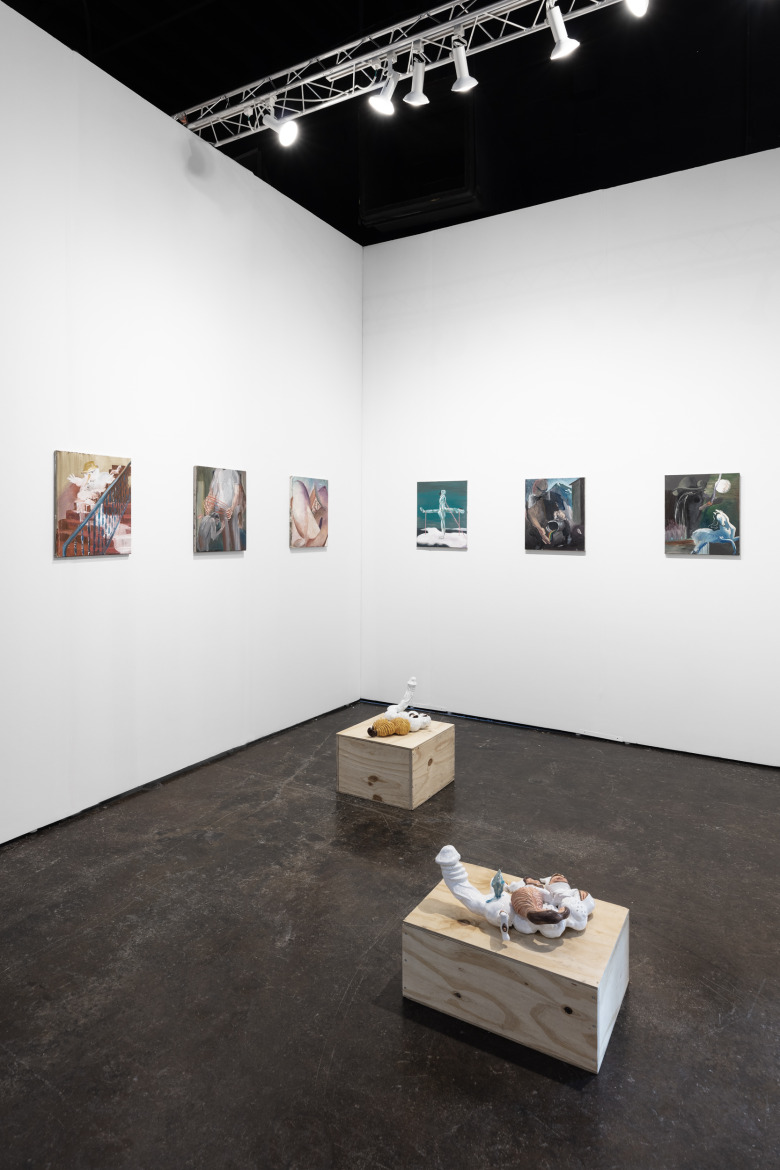
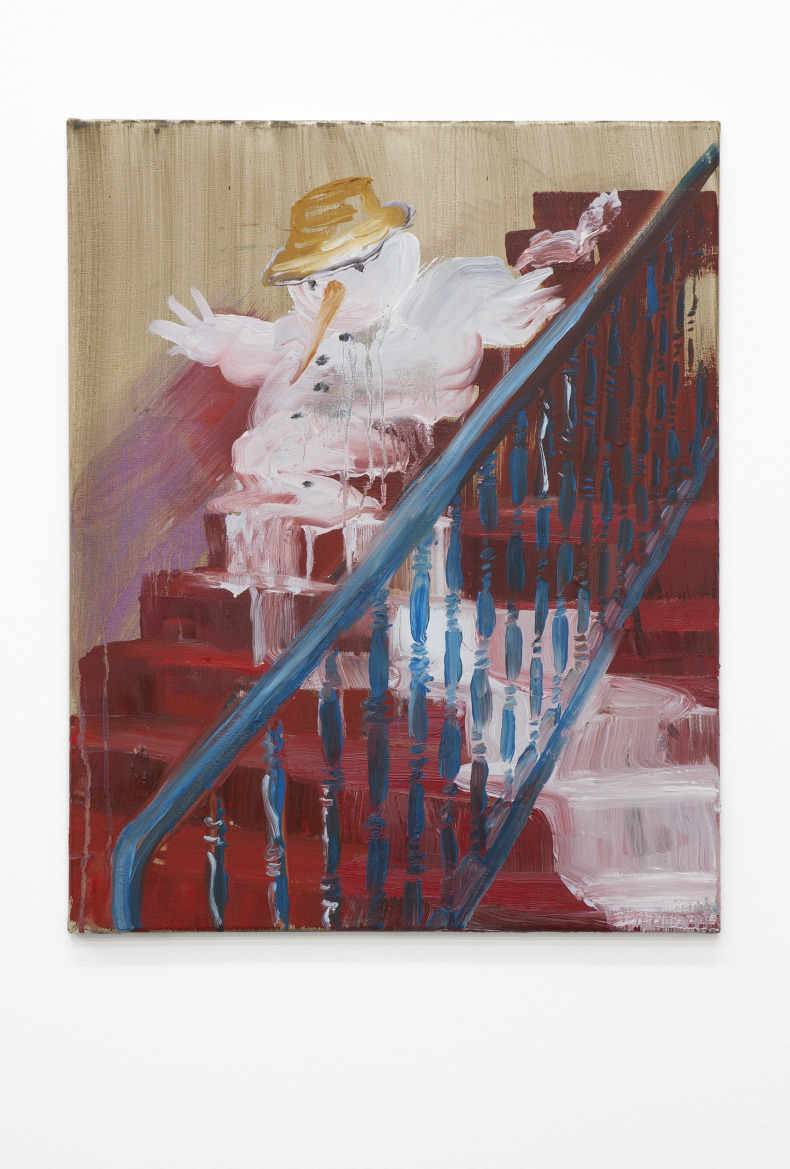

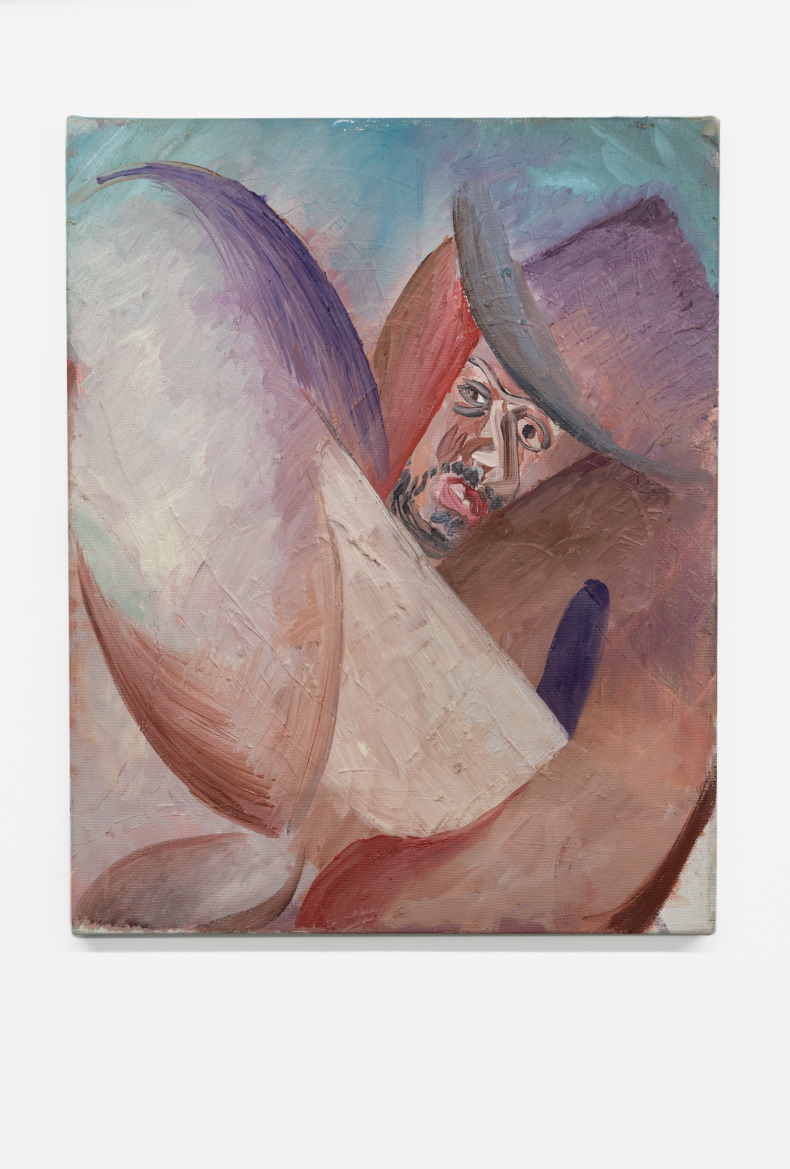
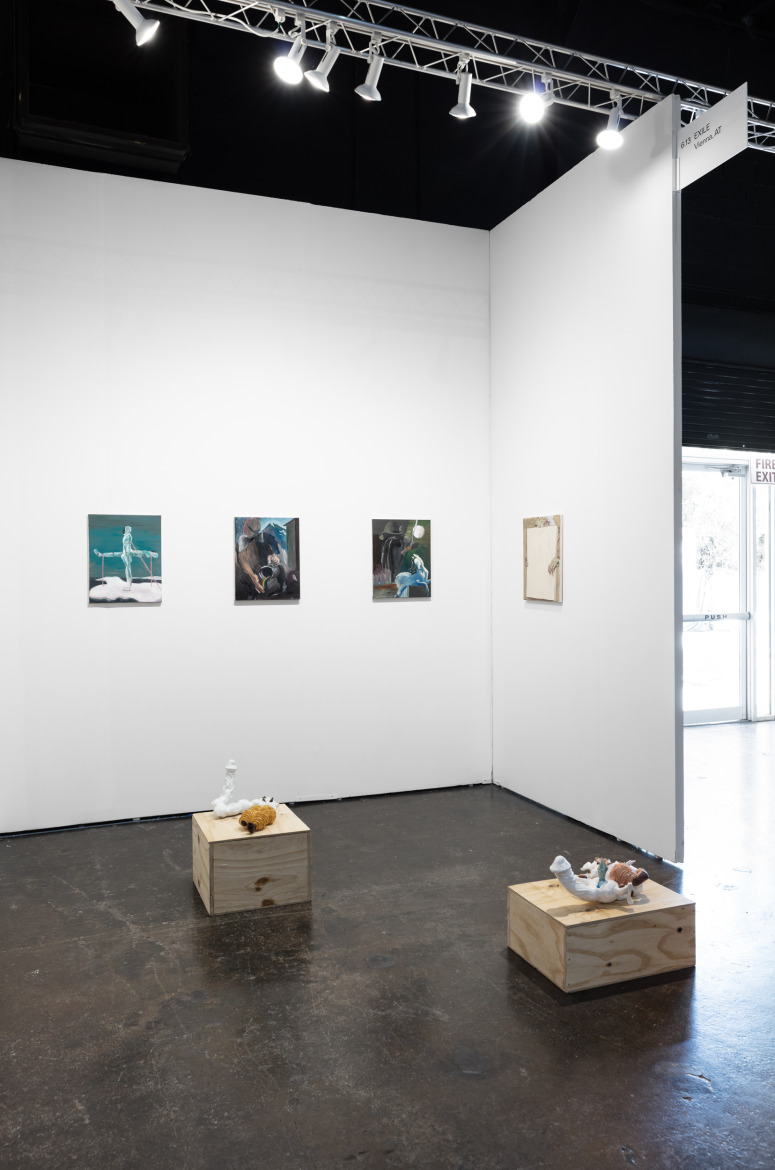
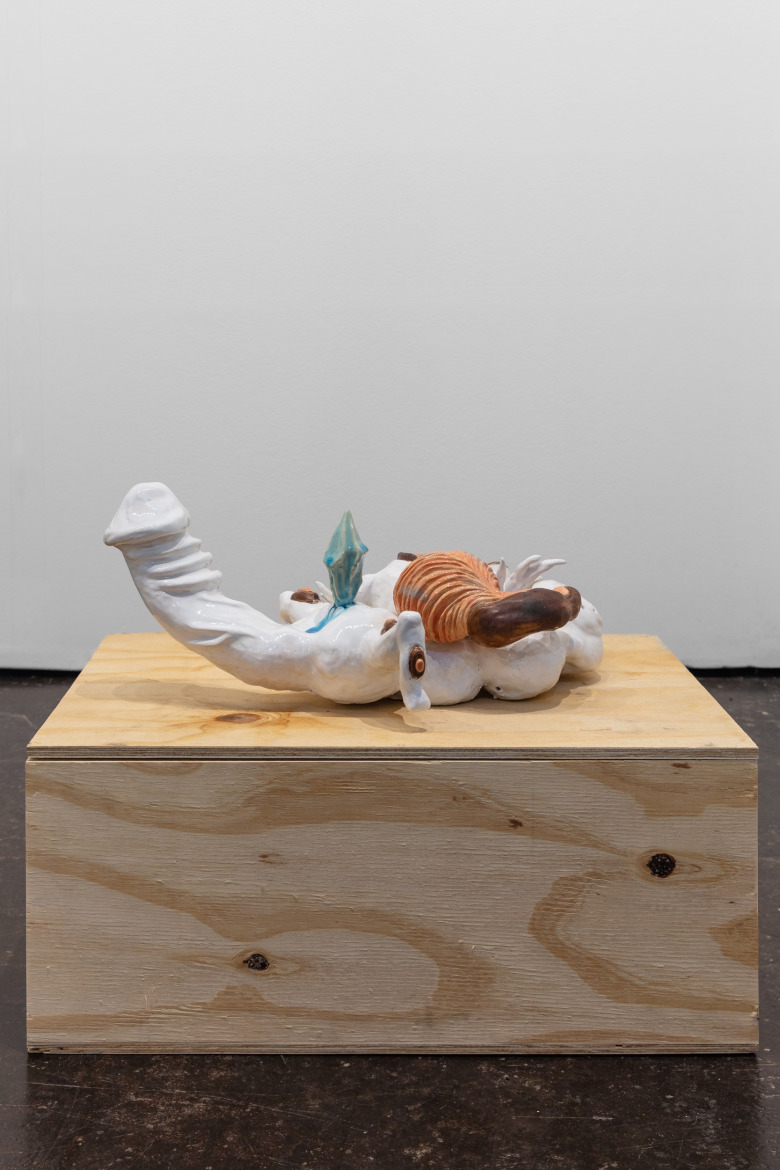


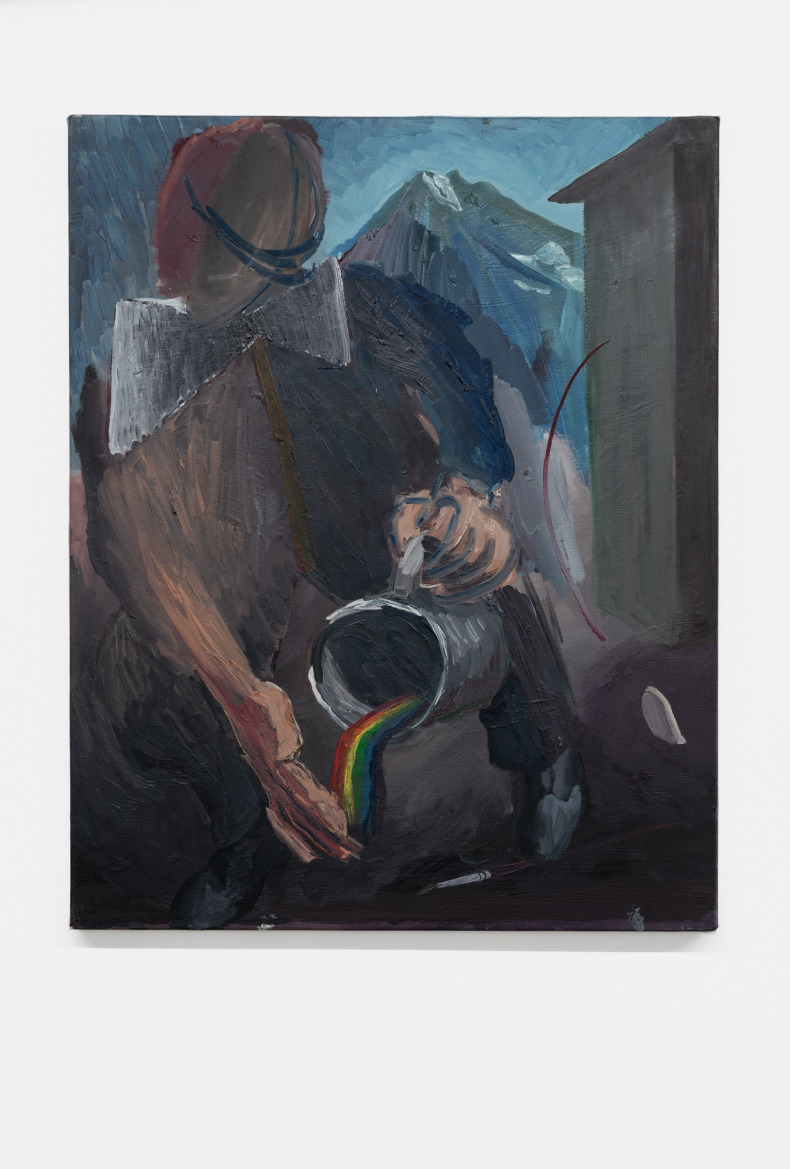

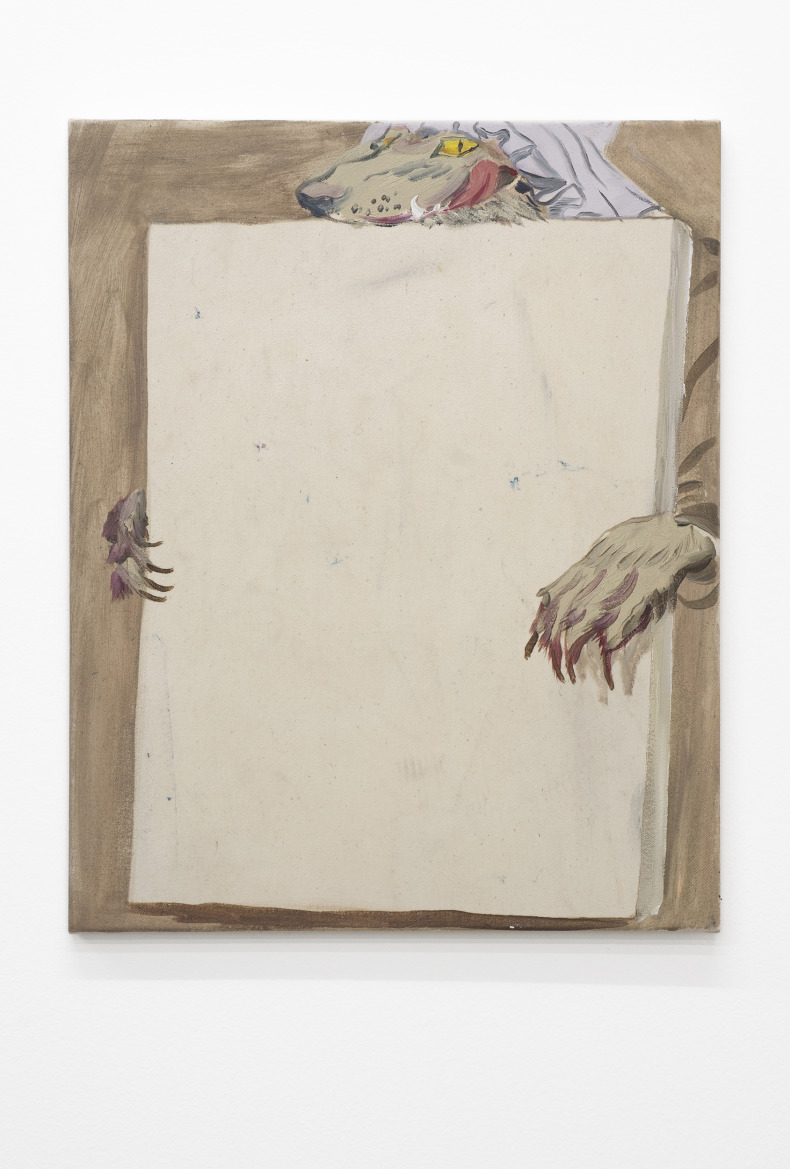
EXILE is pleased to participate in NADA Miami with a presentation of works by Vienna-based artist Nazim Ünal Yilmaz (*1981) together with selected new ceramics by Berlin-based artist Nschotschi Haslinger (*1982).
Yilmaz‘ paintings oscillate between figurative representations of particular memories of the artist’s personal biography and current social surrounding, socio-political realities of migratory identity as well as various structural, capitalist and environmental critiques. The artist’s collective works sharply observe our world and form an atlas of personal, social, political, and environmental challenges.
Through ceramics, performances and drawings Nschotschi Haslinger explores an imaginary world and its boundaries to the real. Her two new ceramic works presented at NADA are part classical flute, part snake, part diverse genitals. Haslinger‘s amorphous creatures are individual autonomies, these flute-like organisms are provocative, sensual, playful, gentle yet fiercely independent.
NADA Miami
Ice Palace Studios
1400 North Miami Avenue
Miami, FL 33136
Booth 6.13